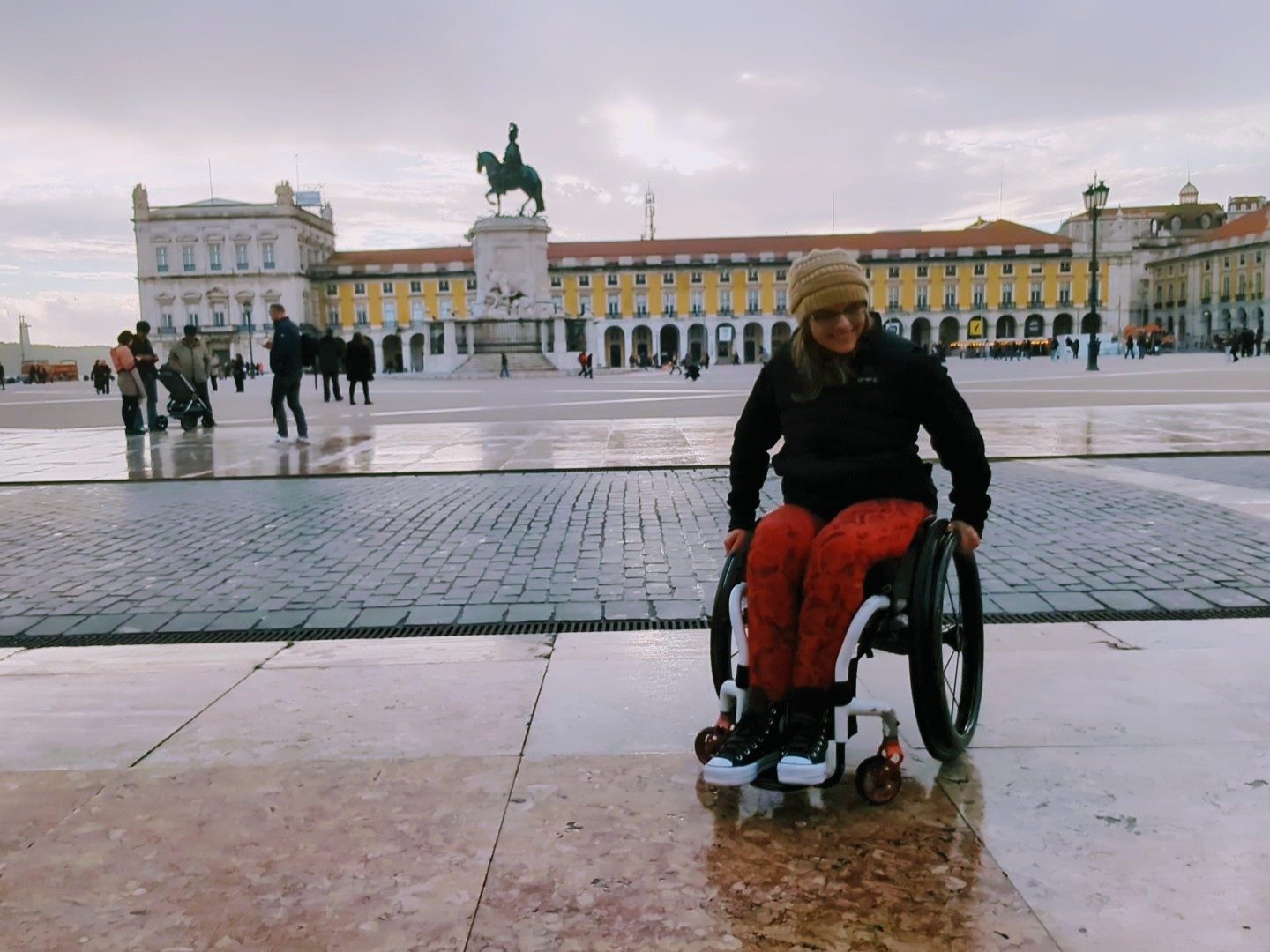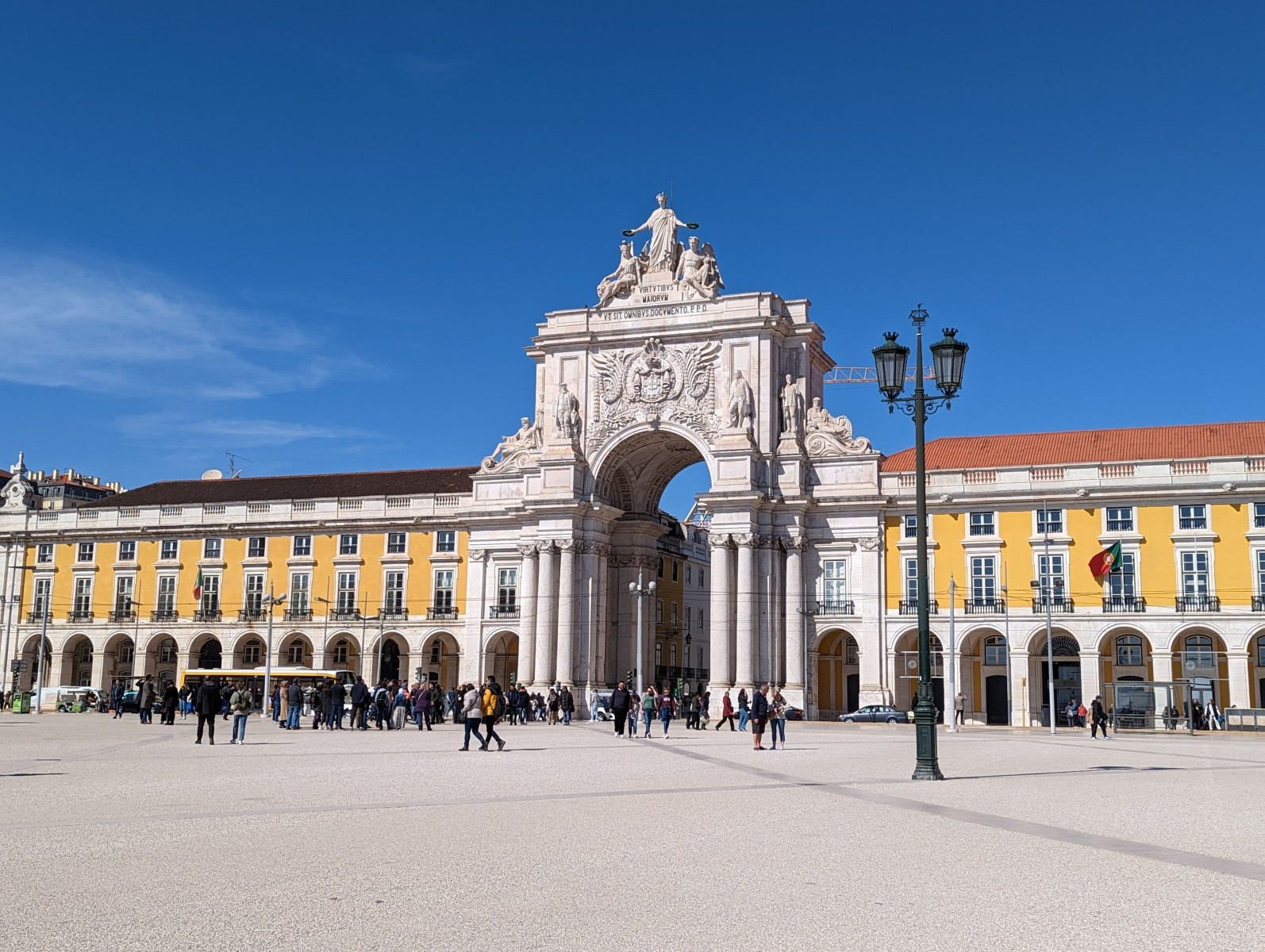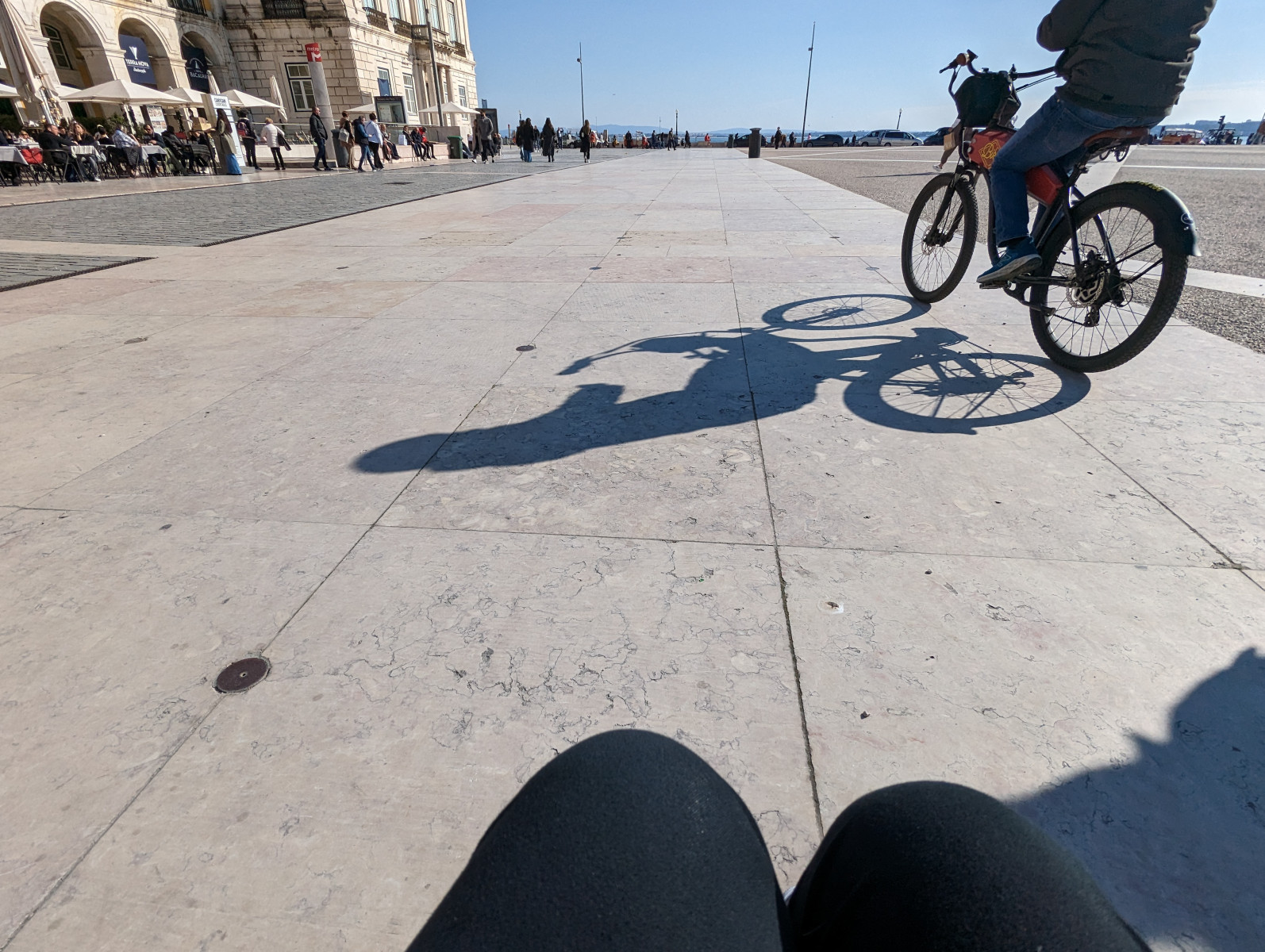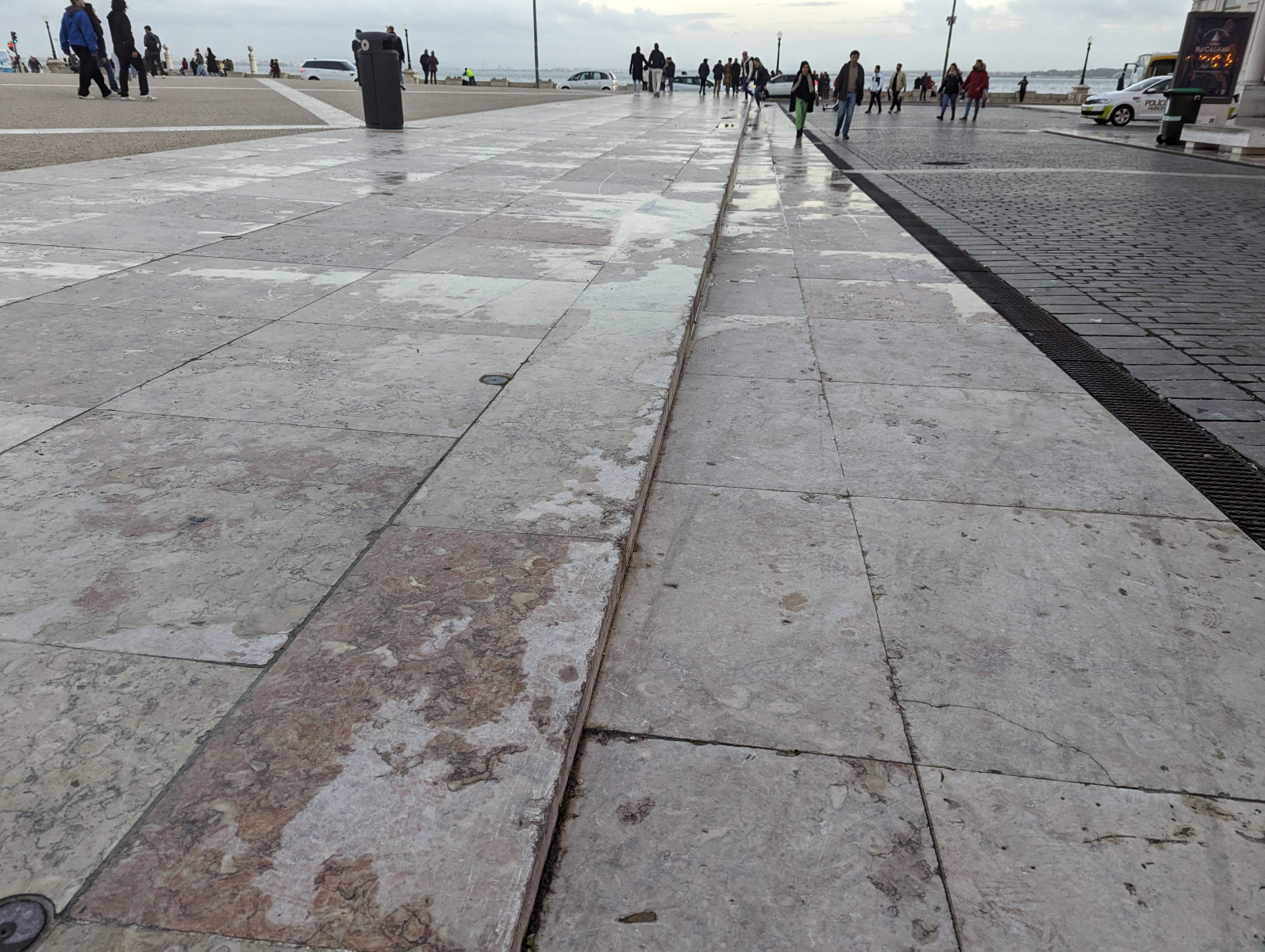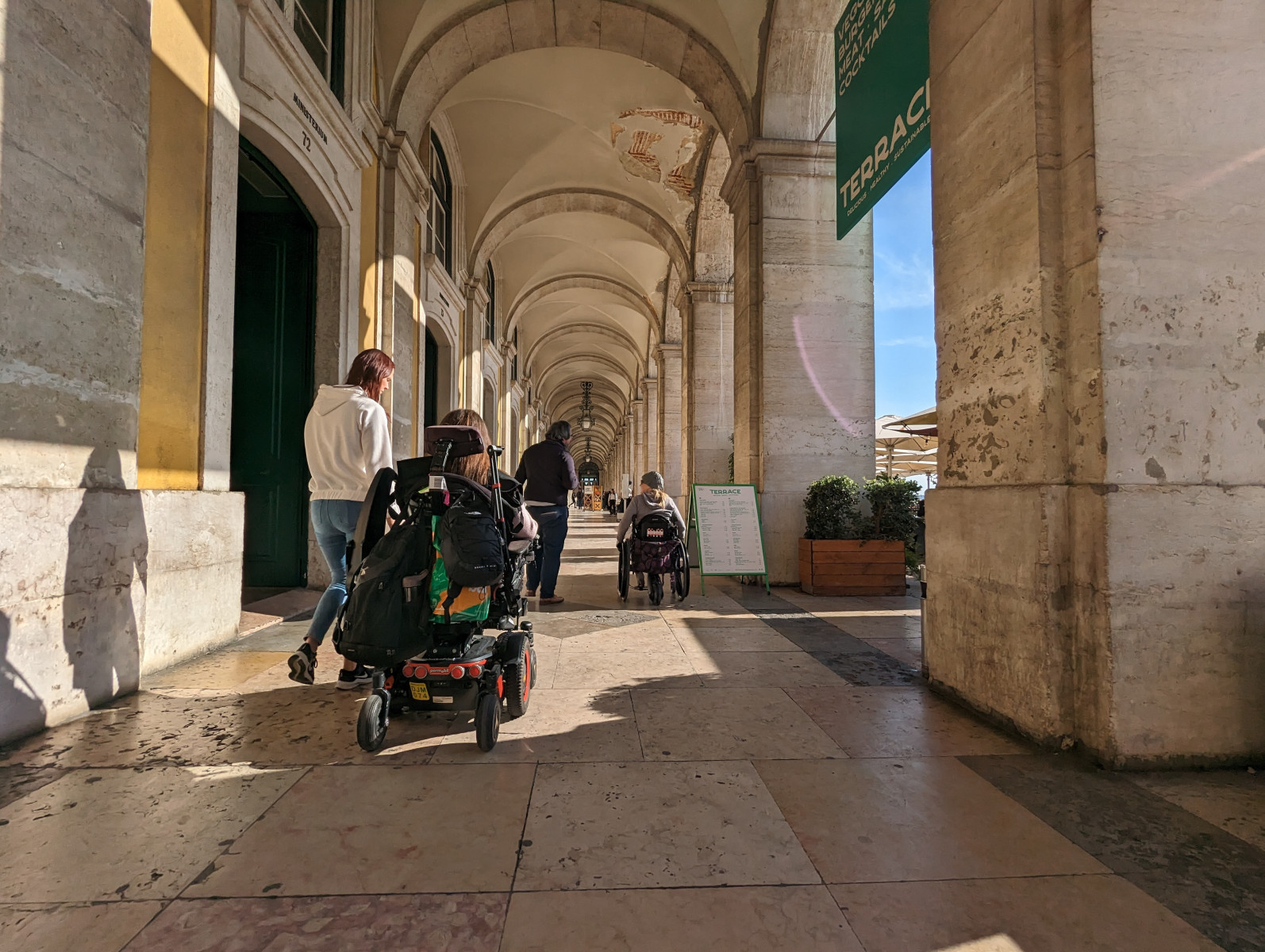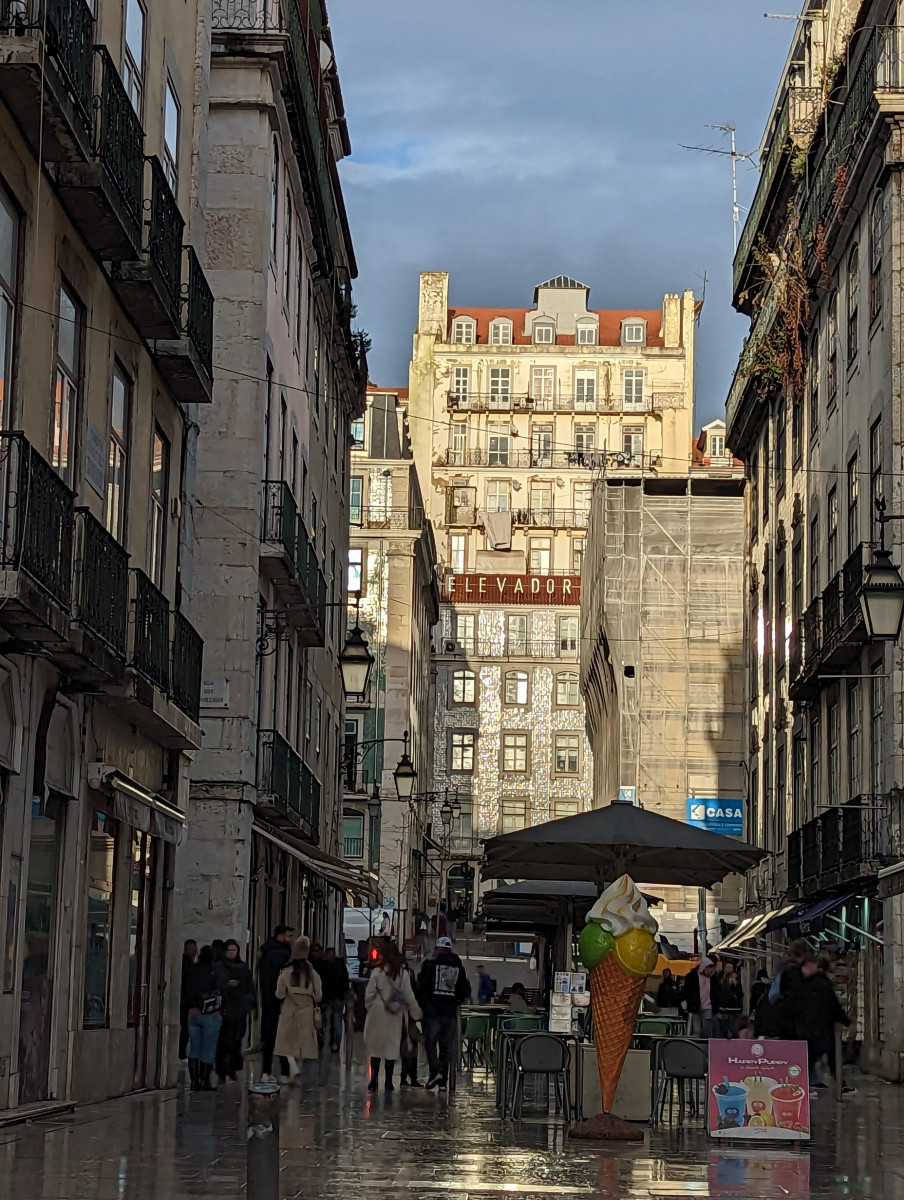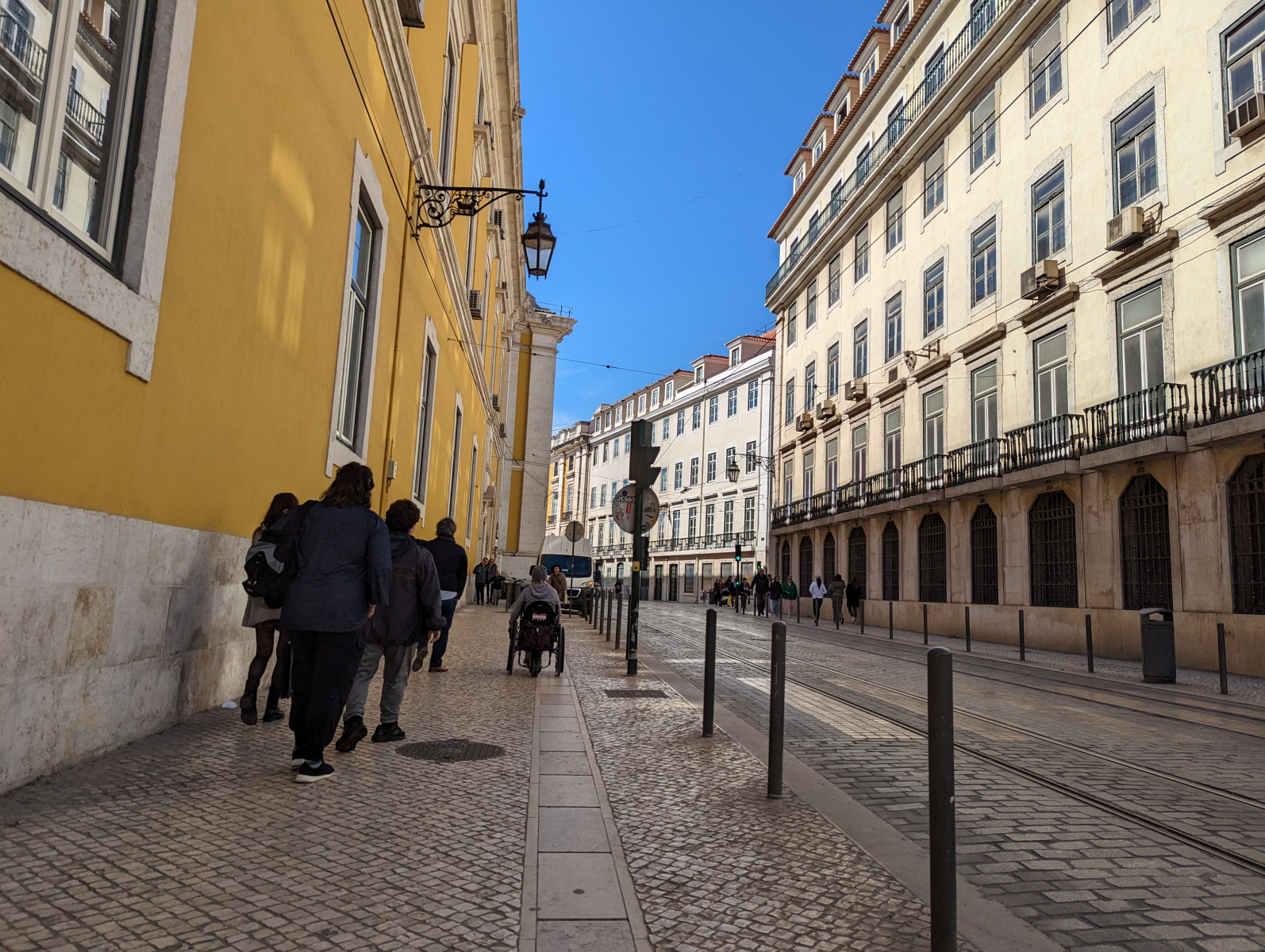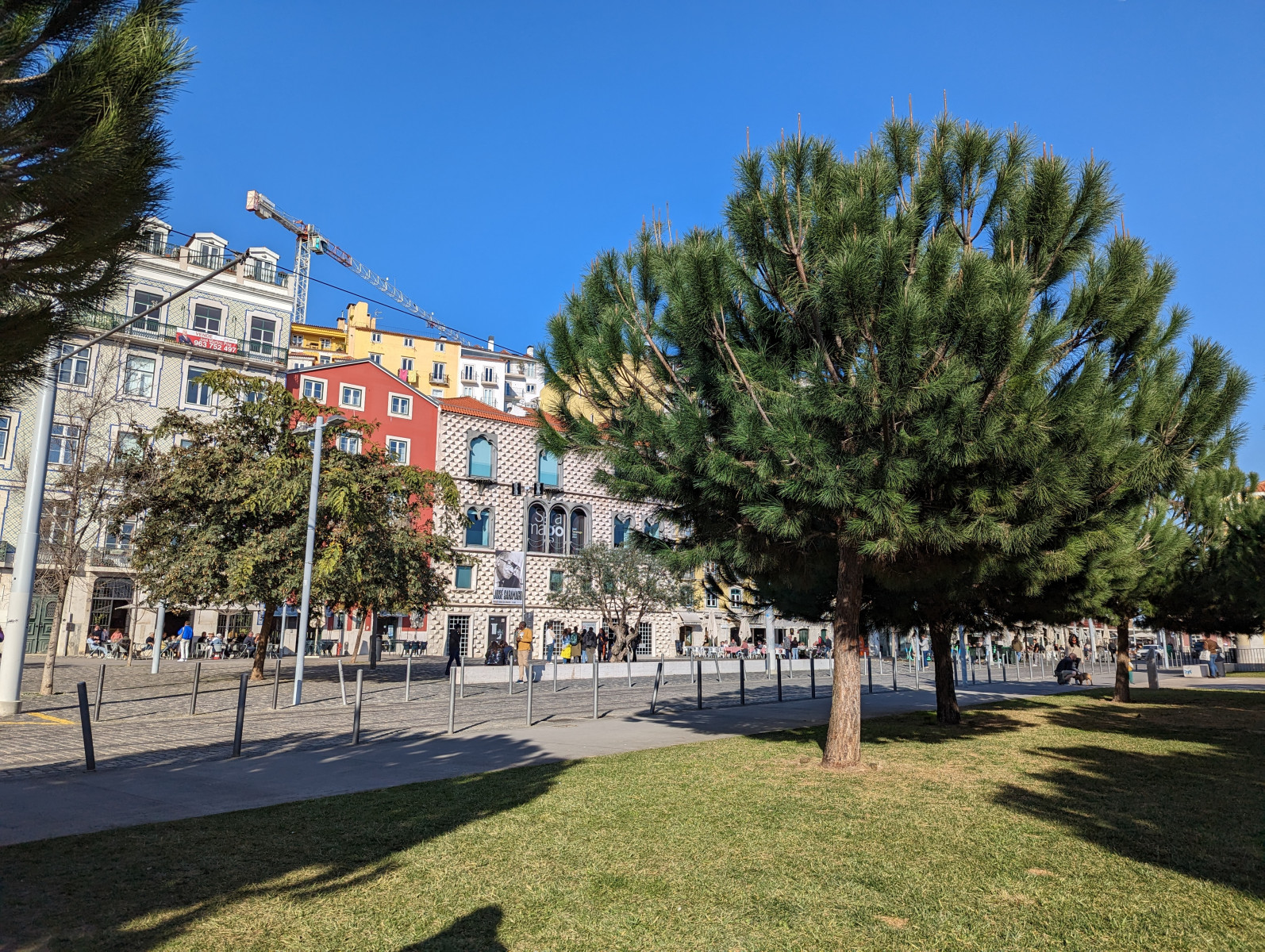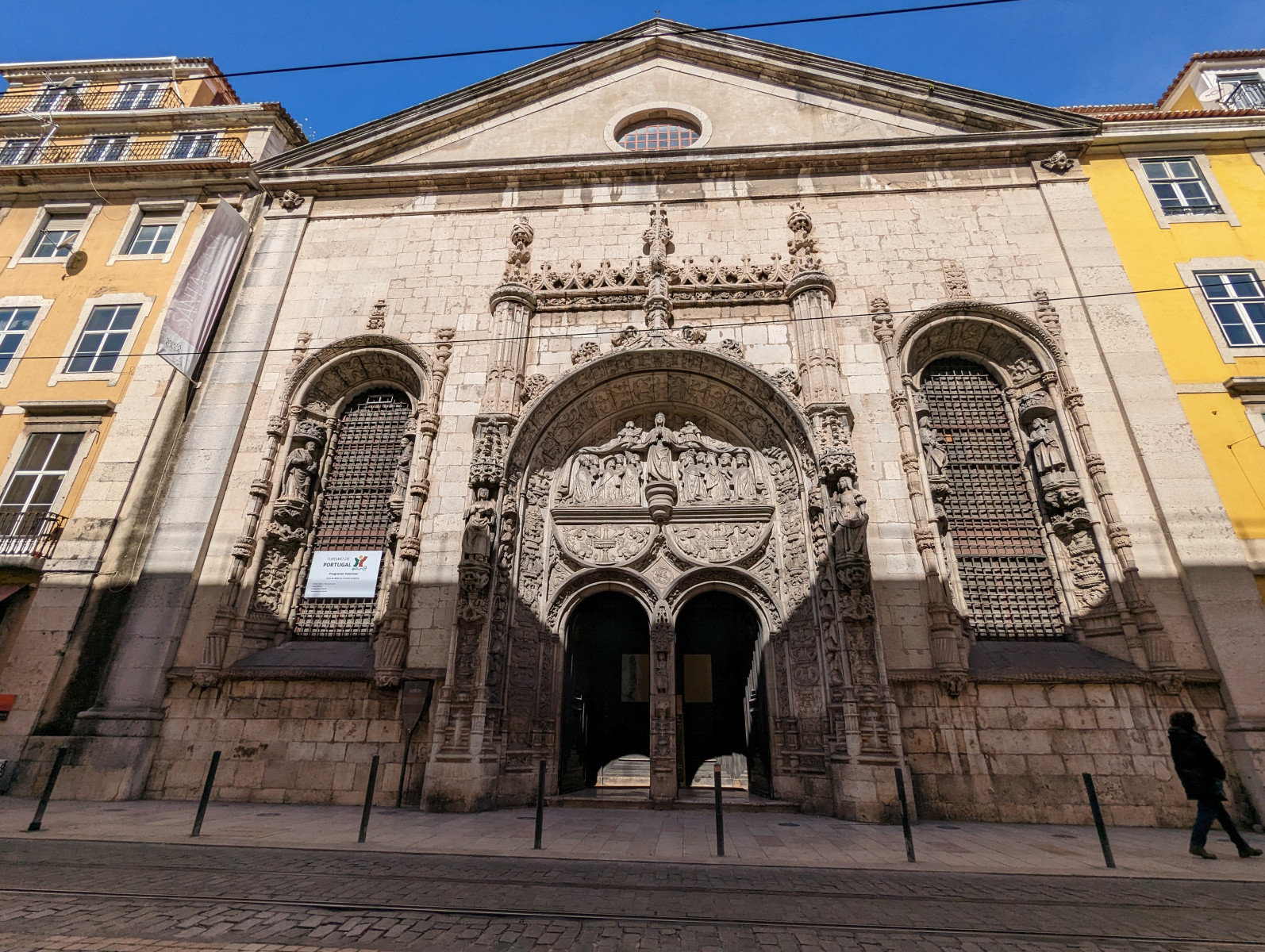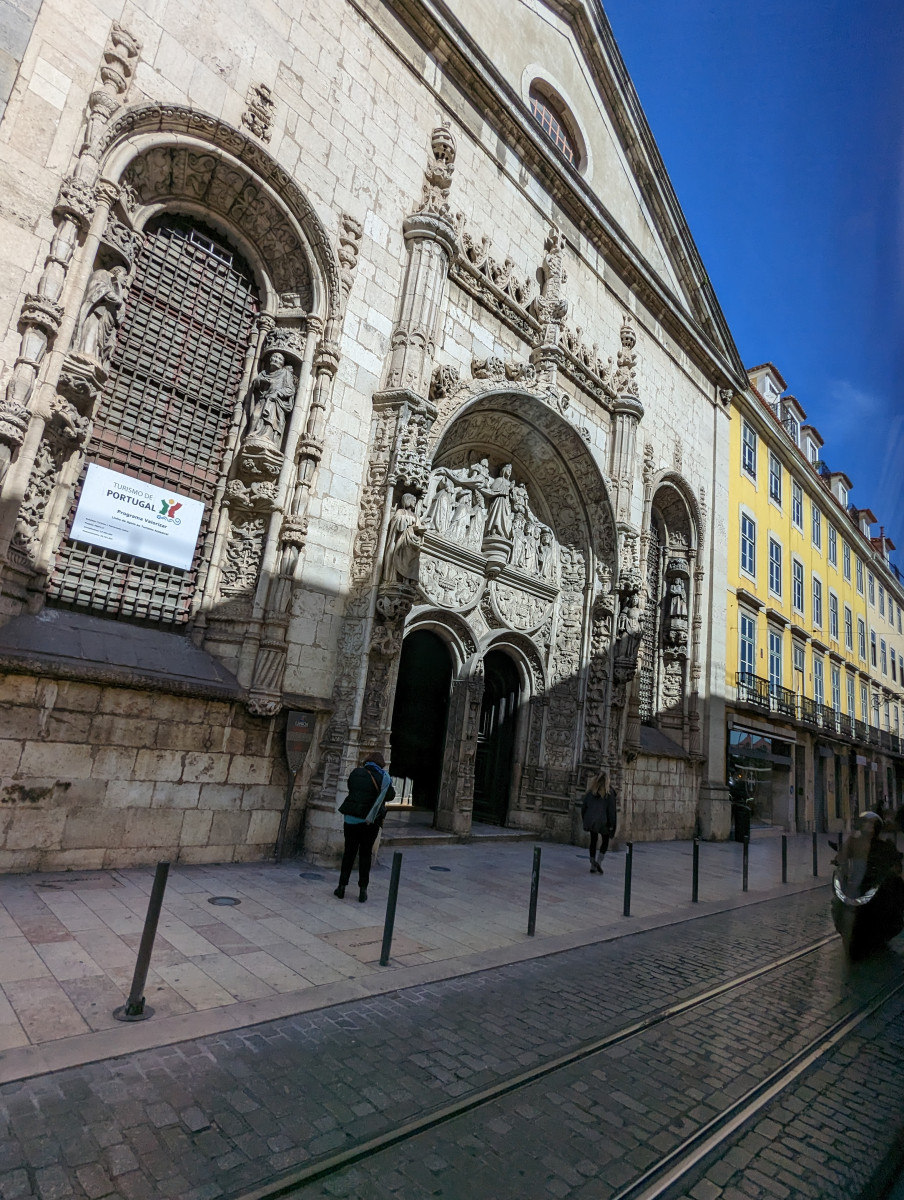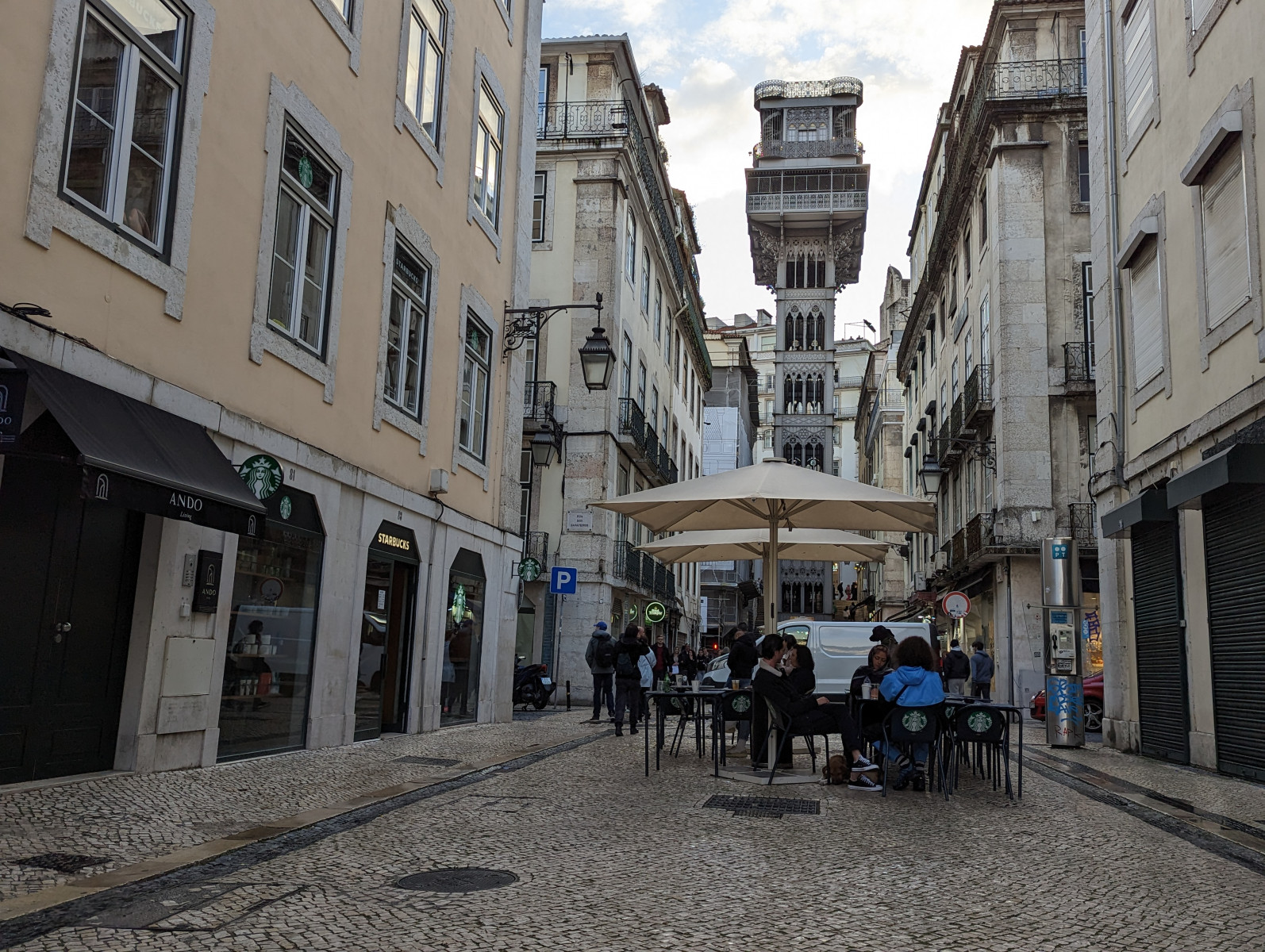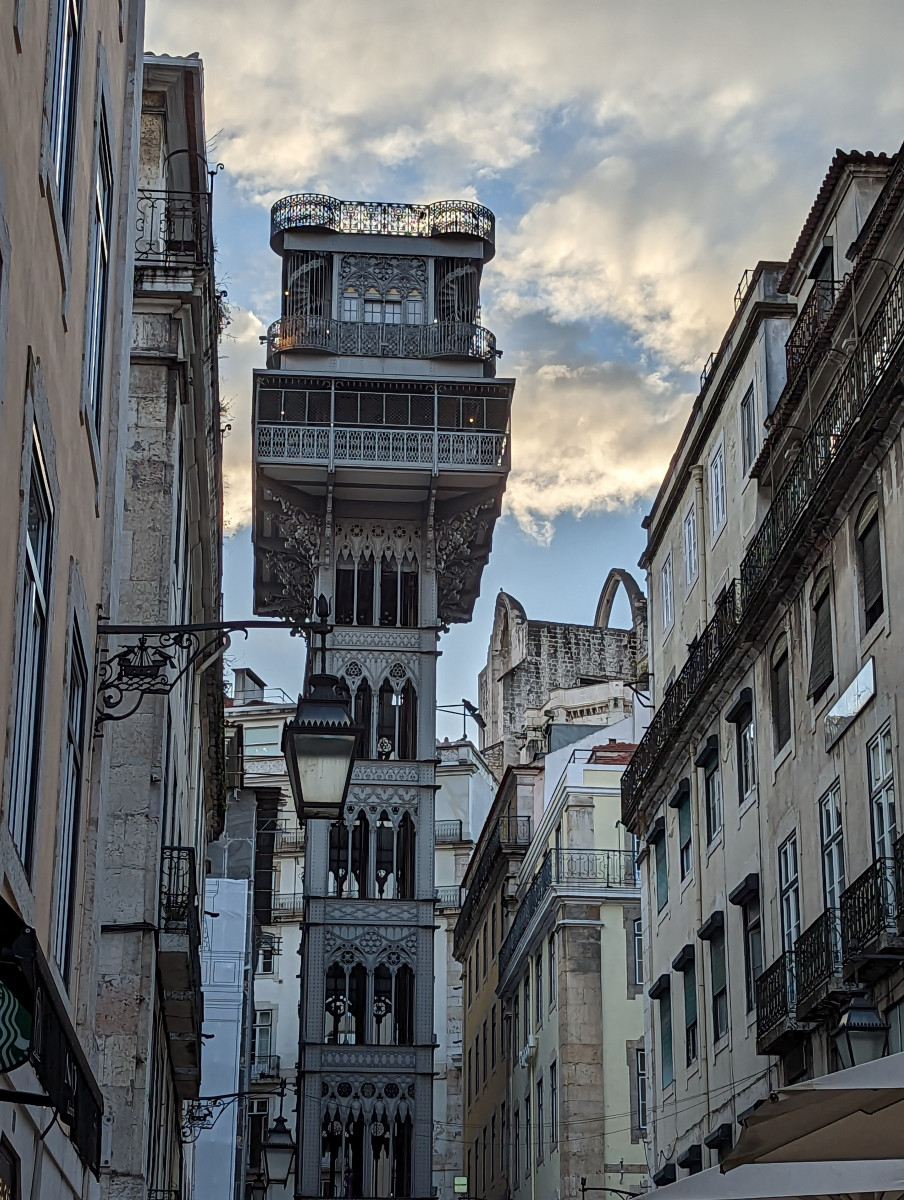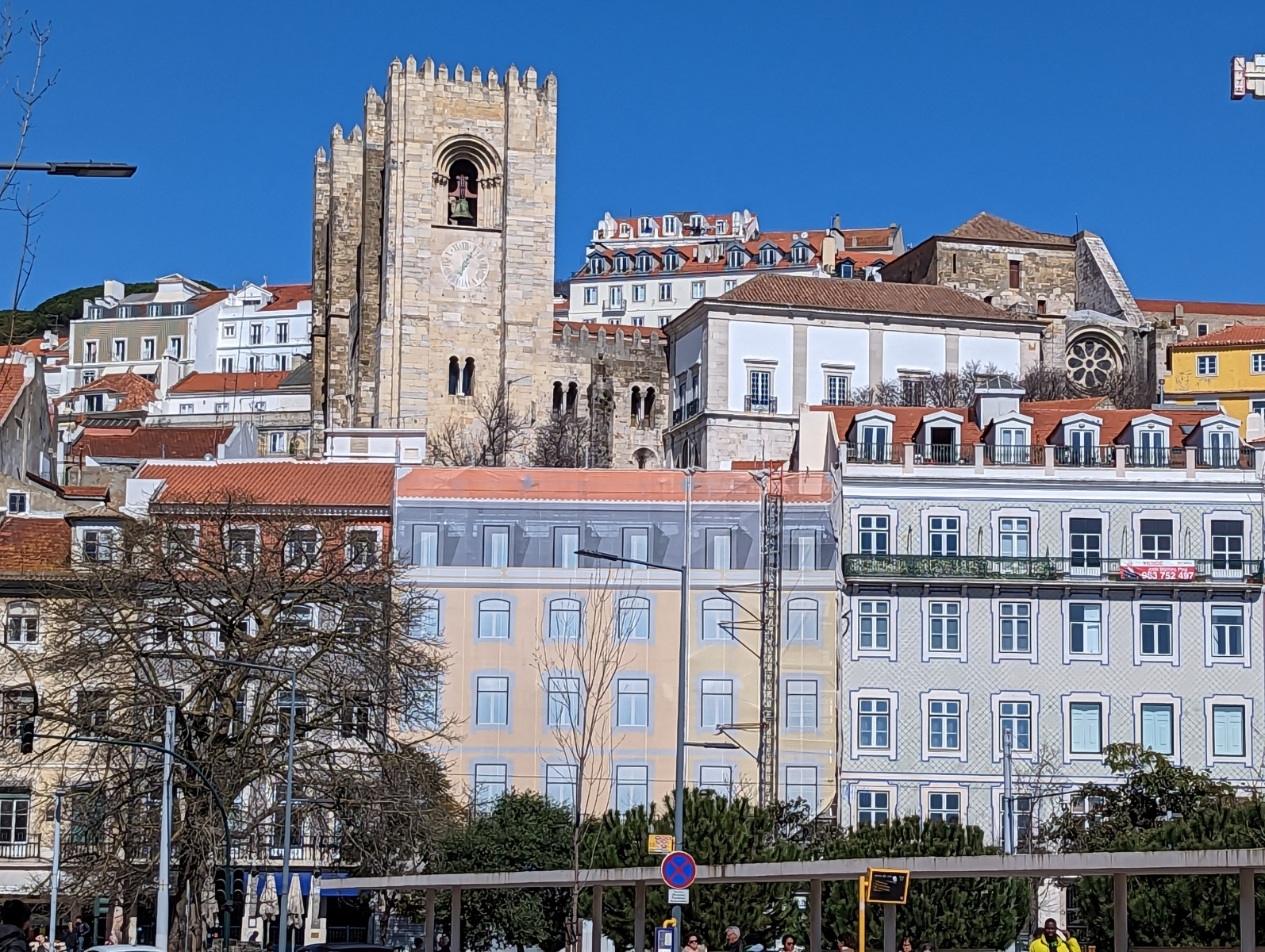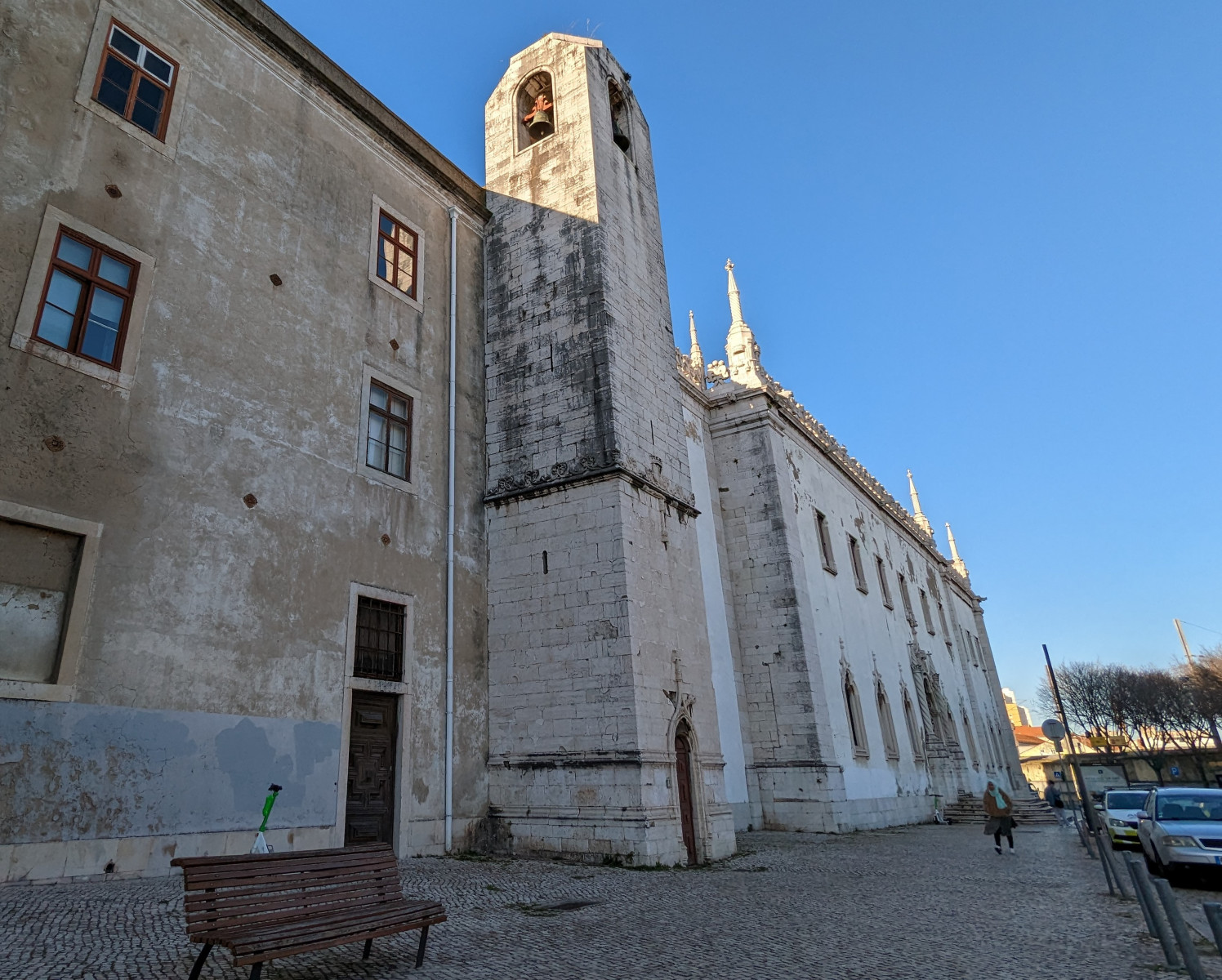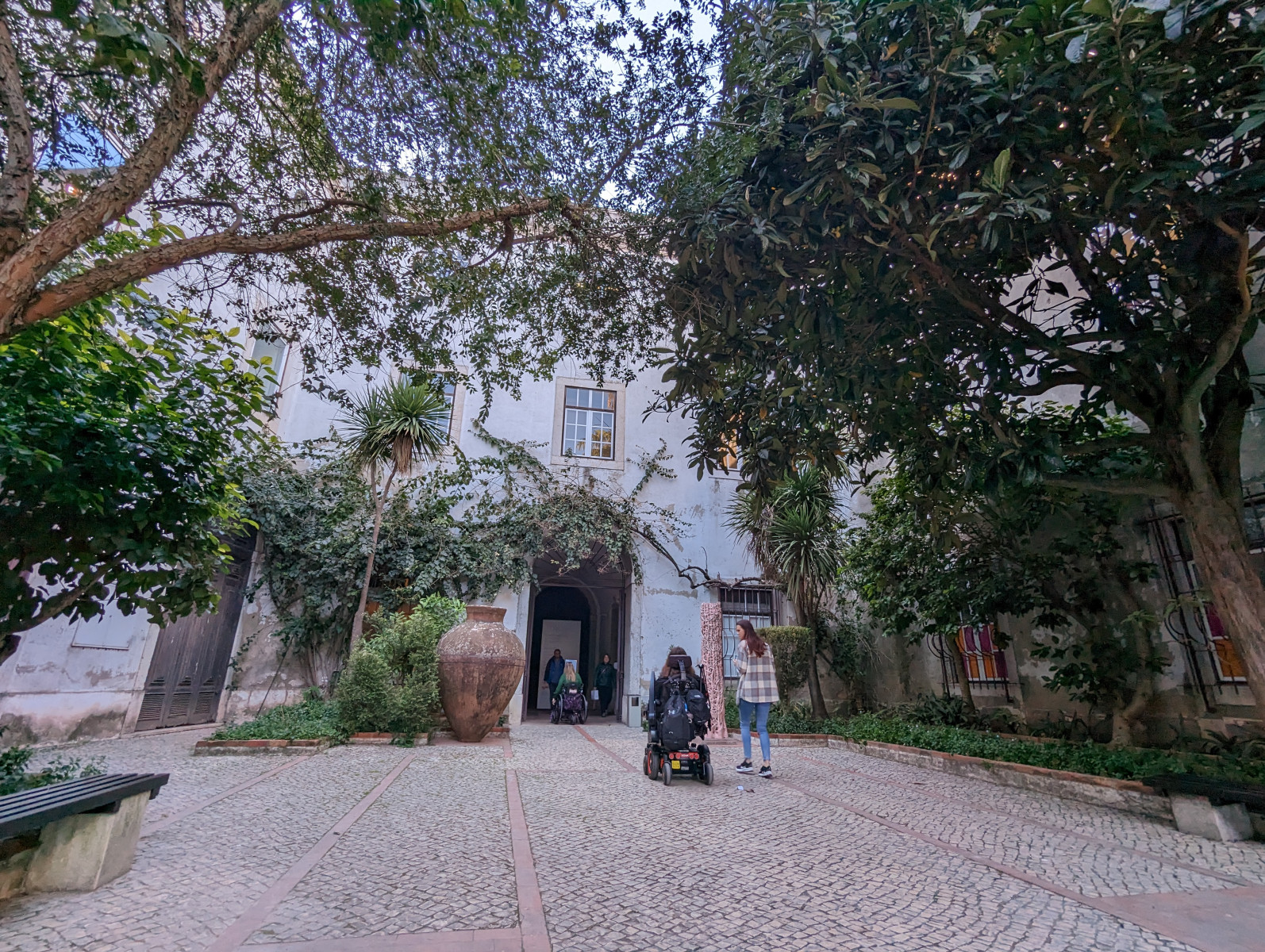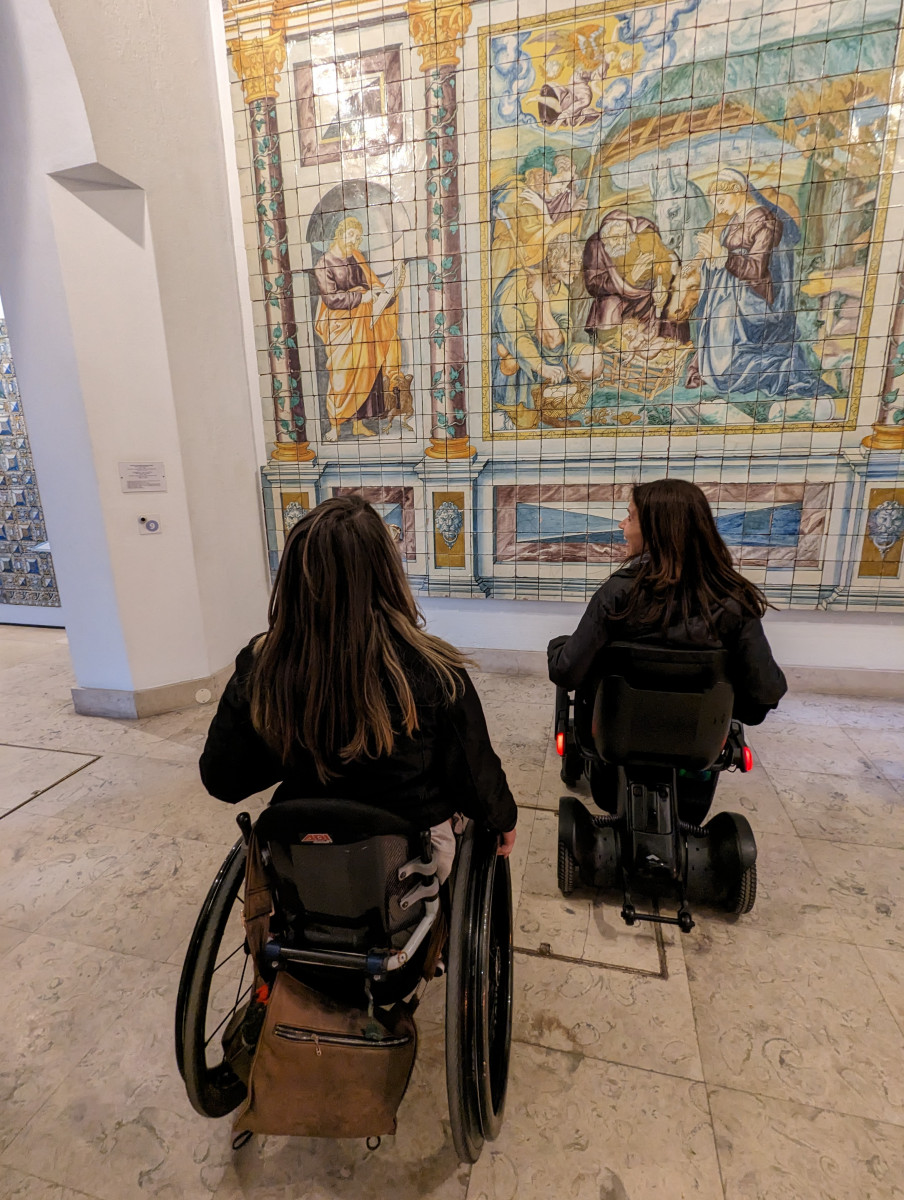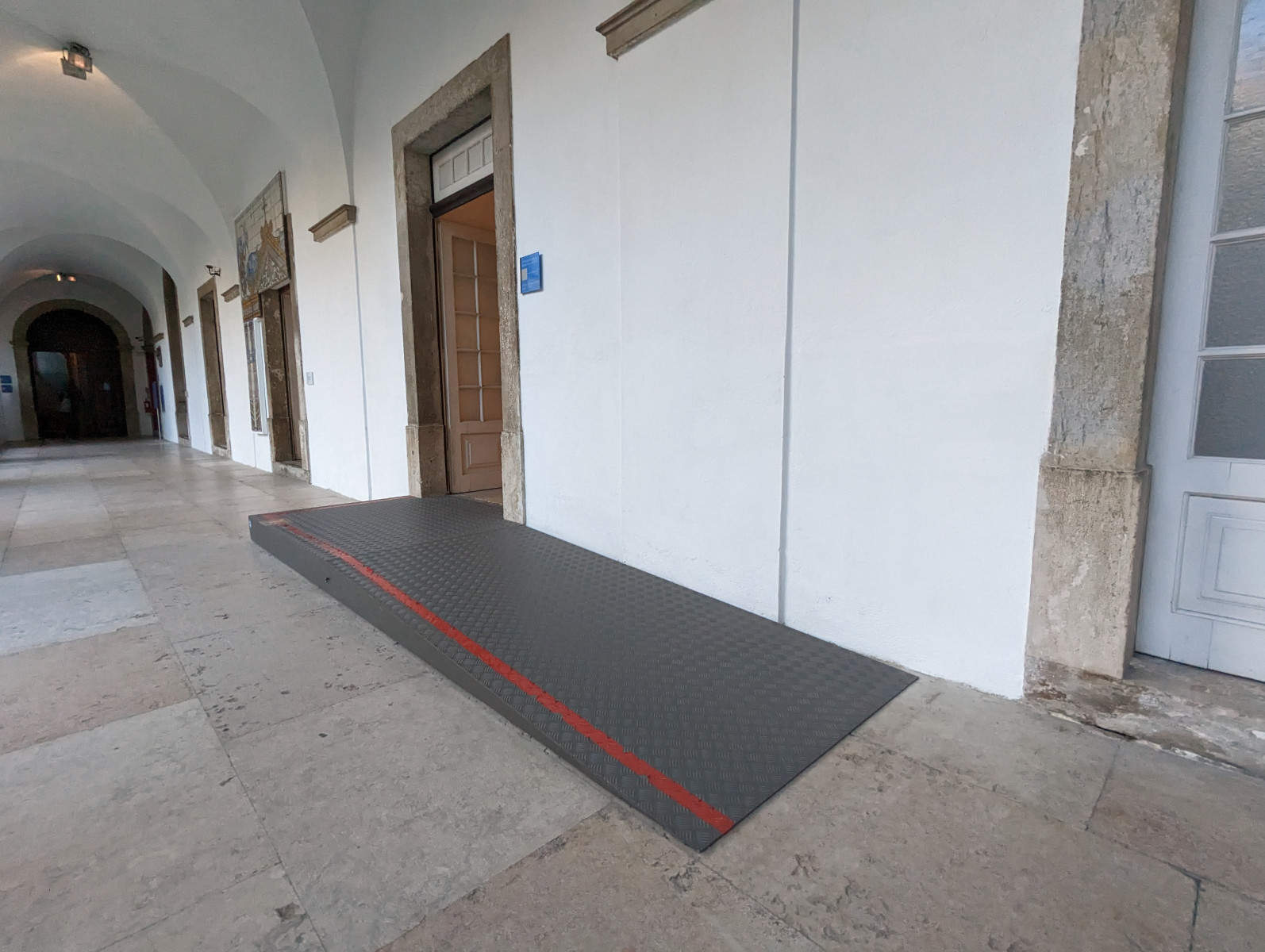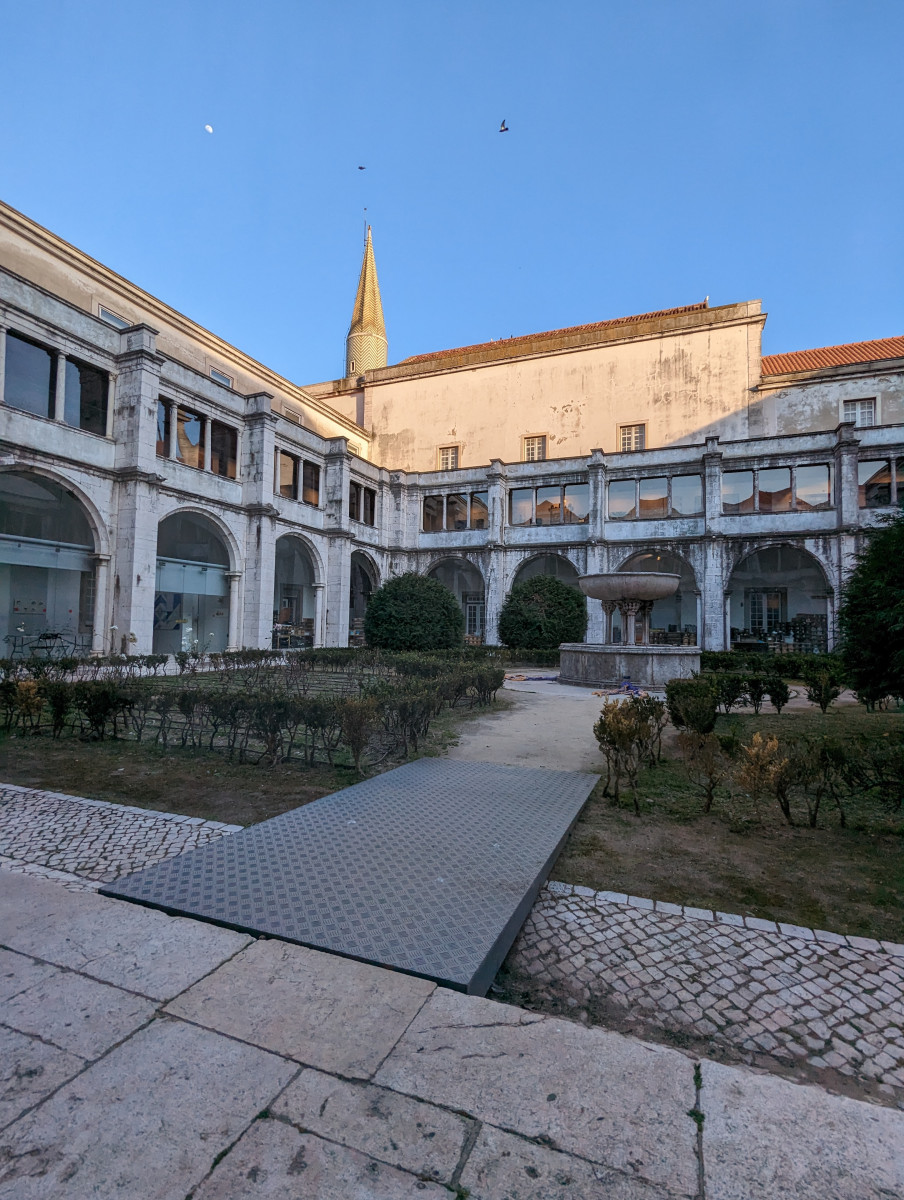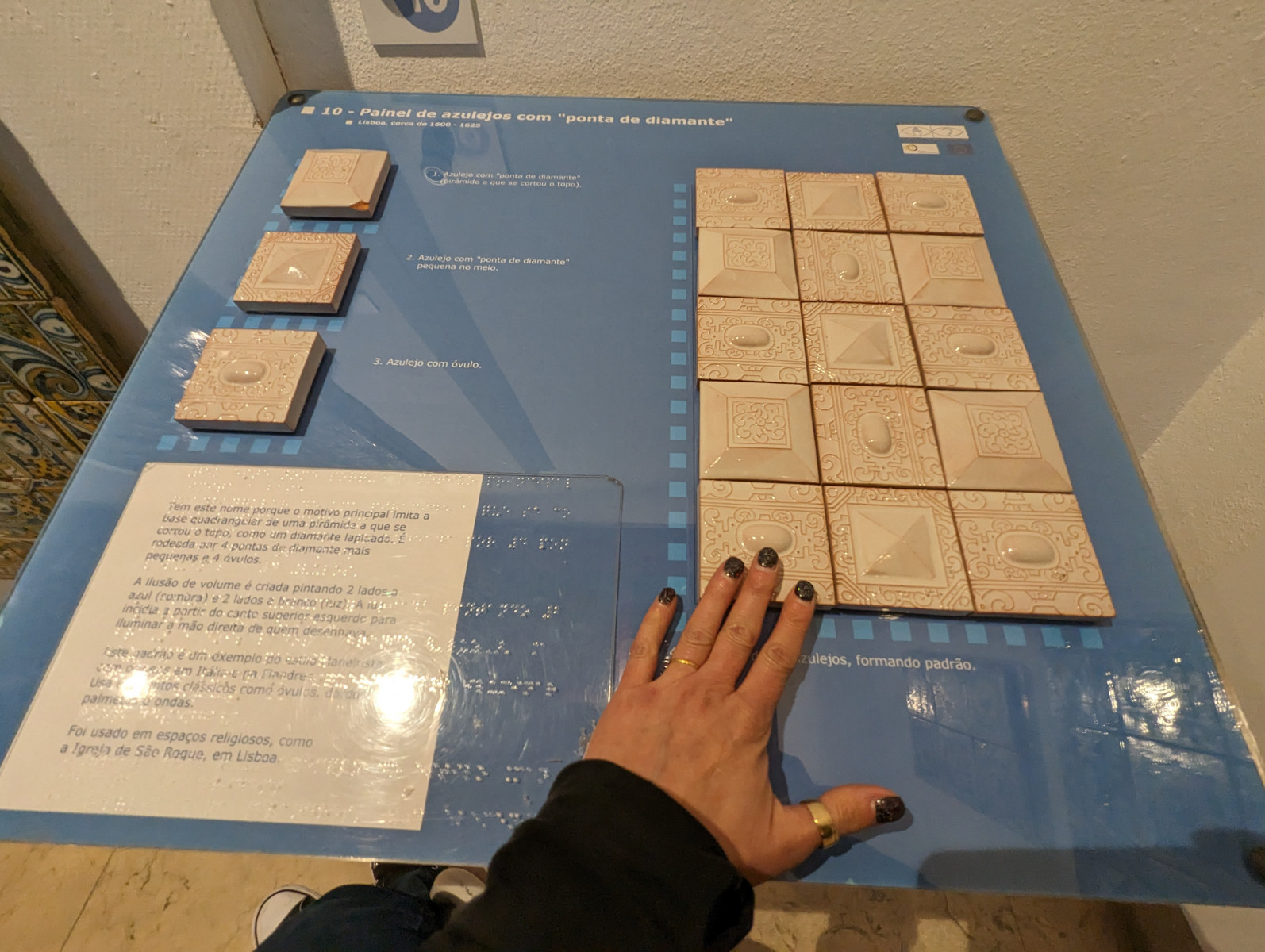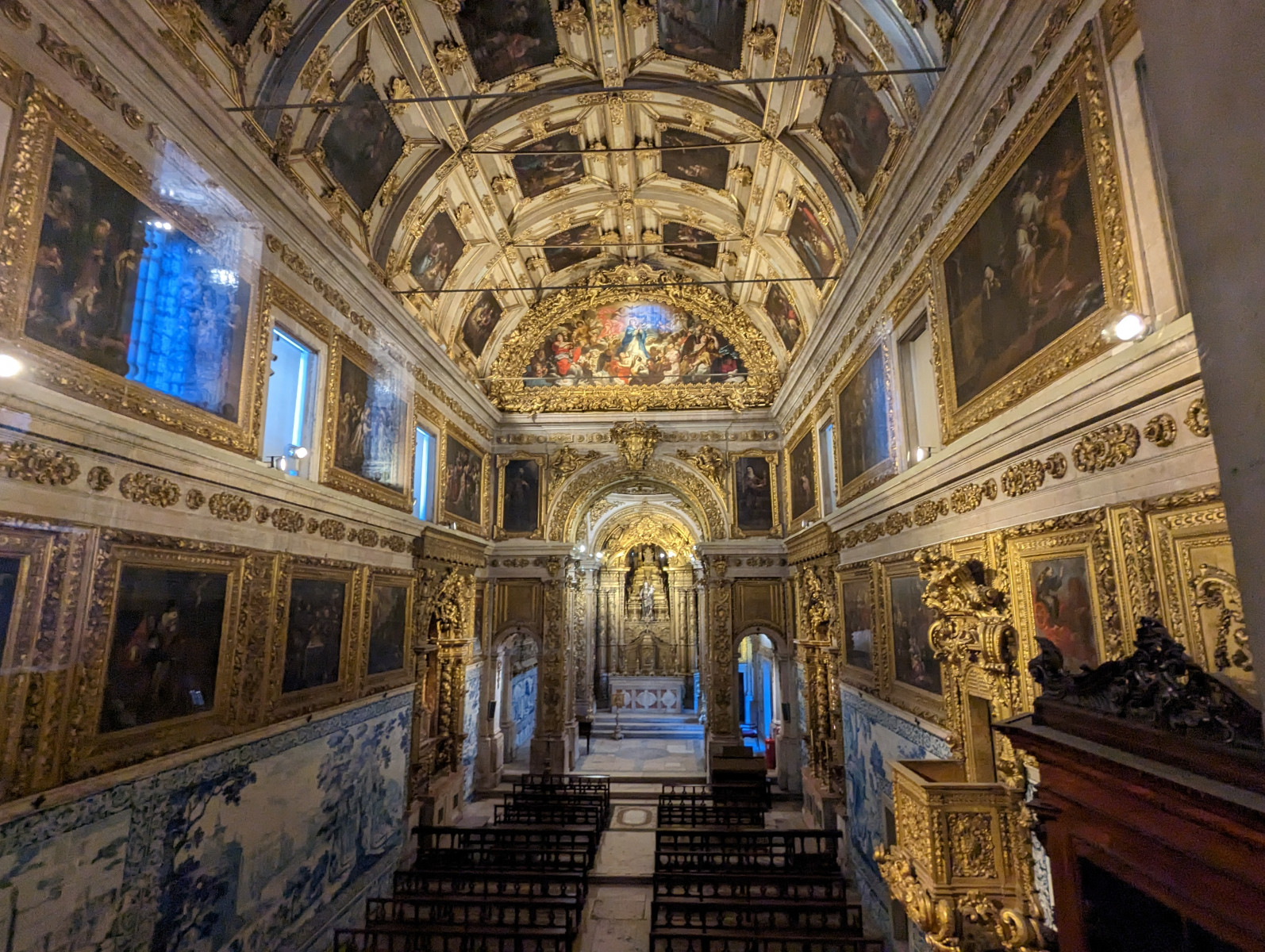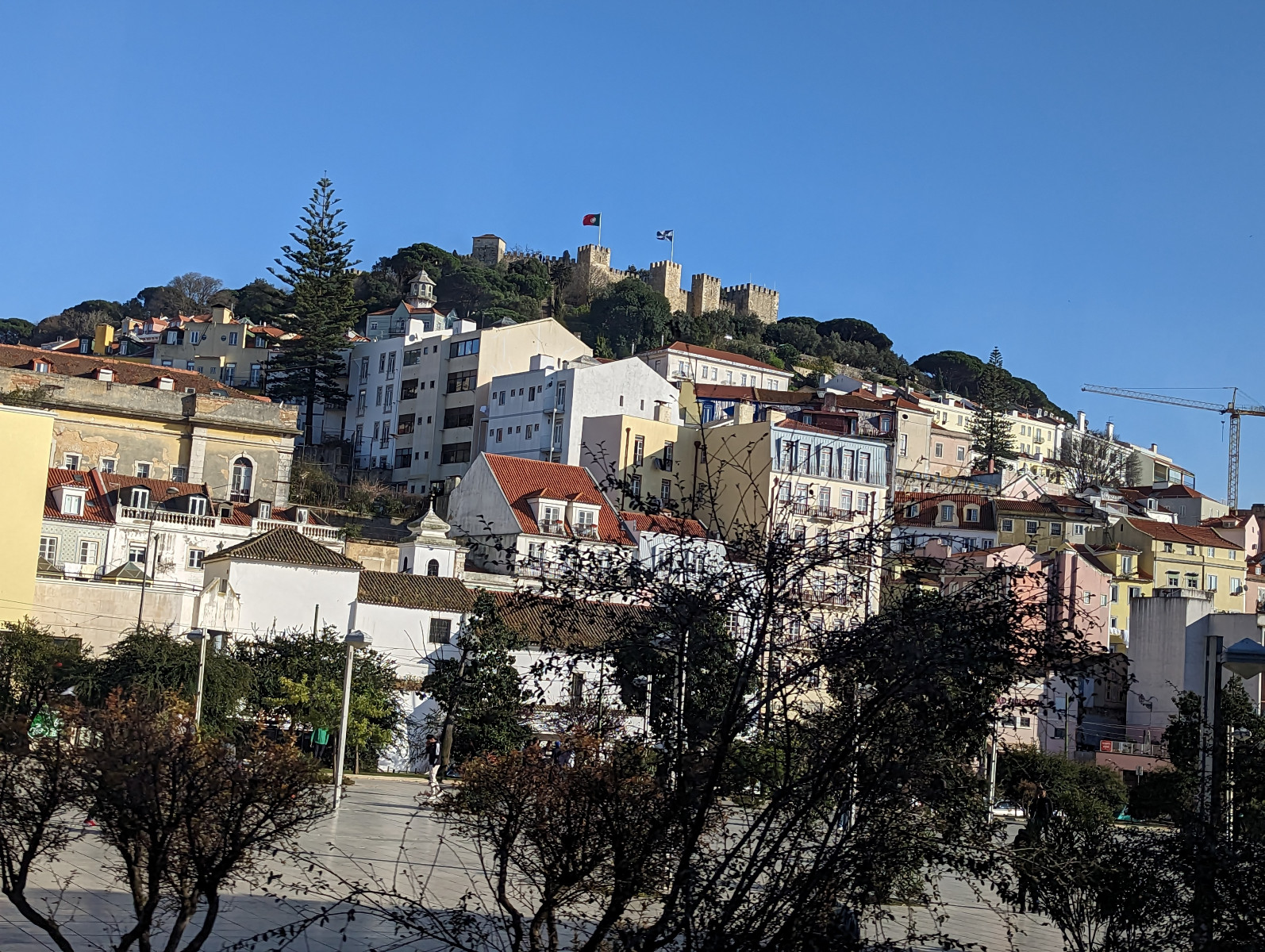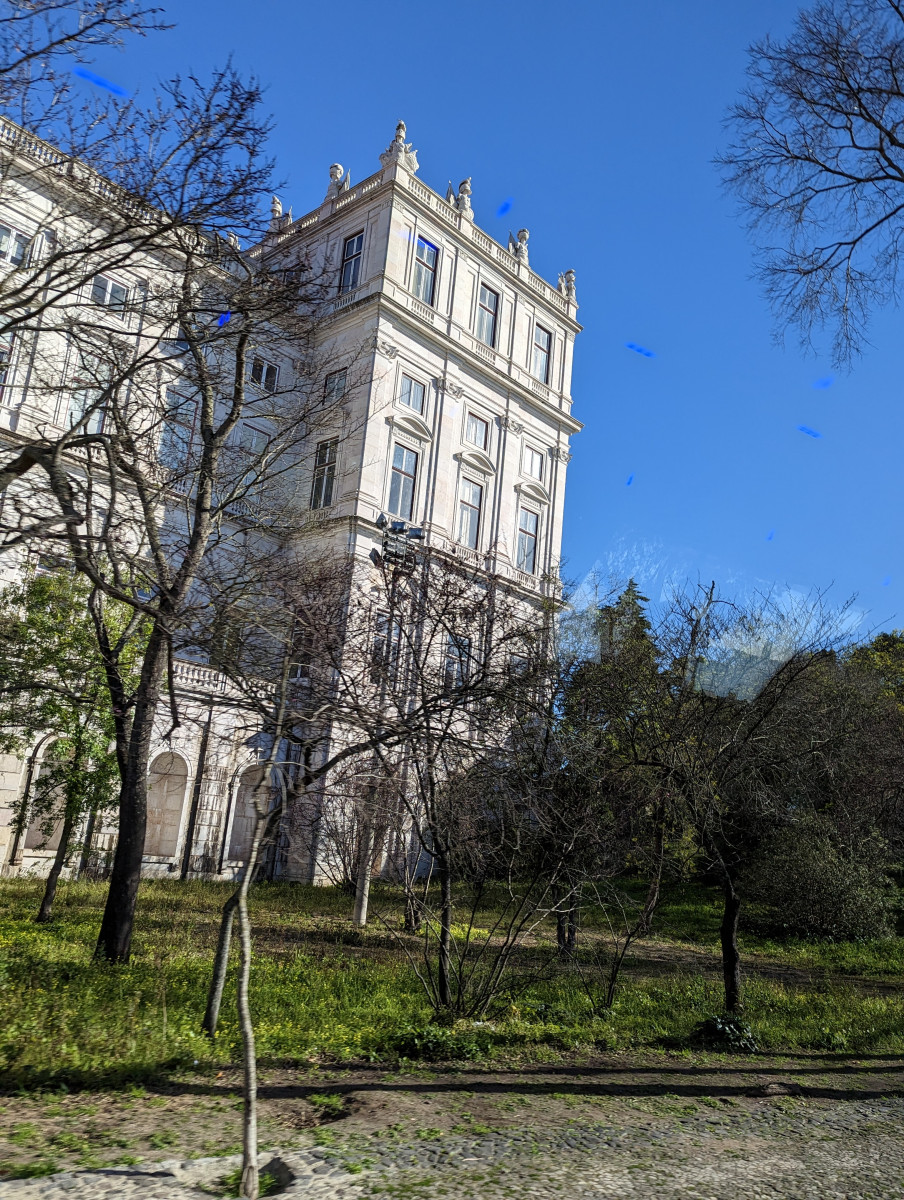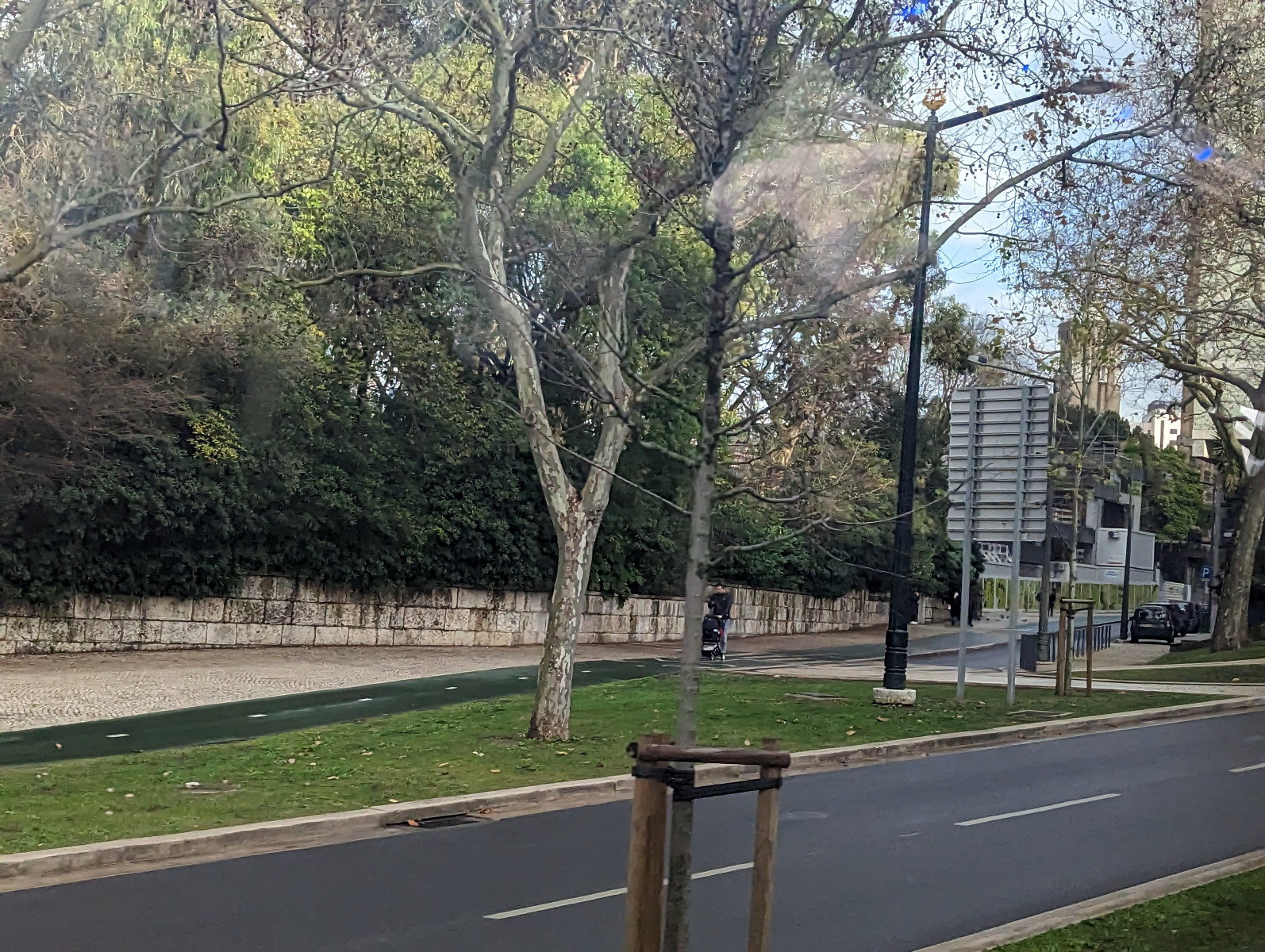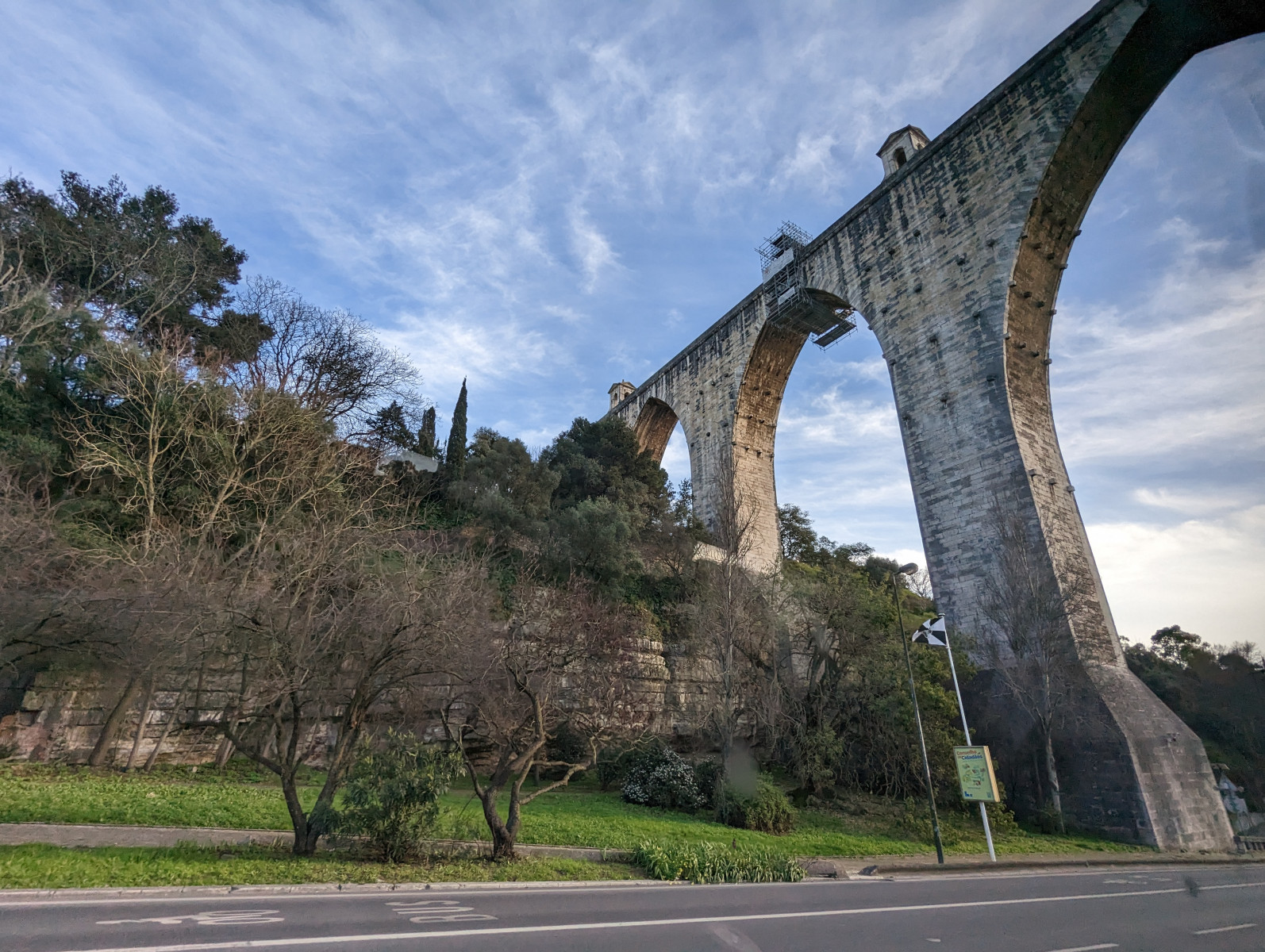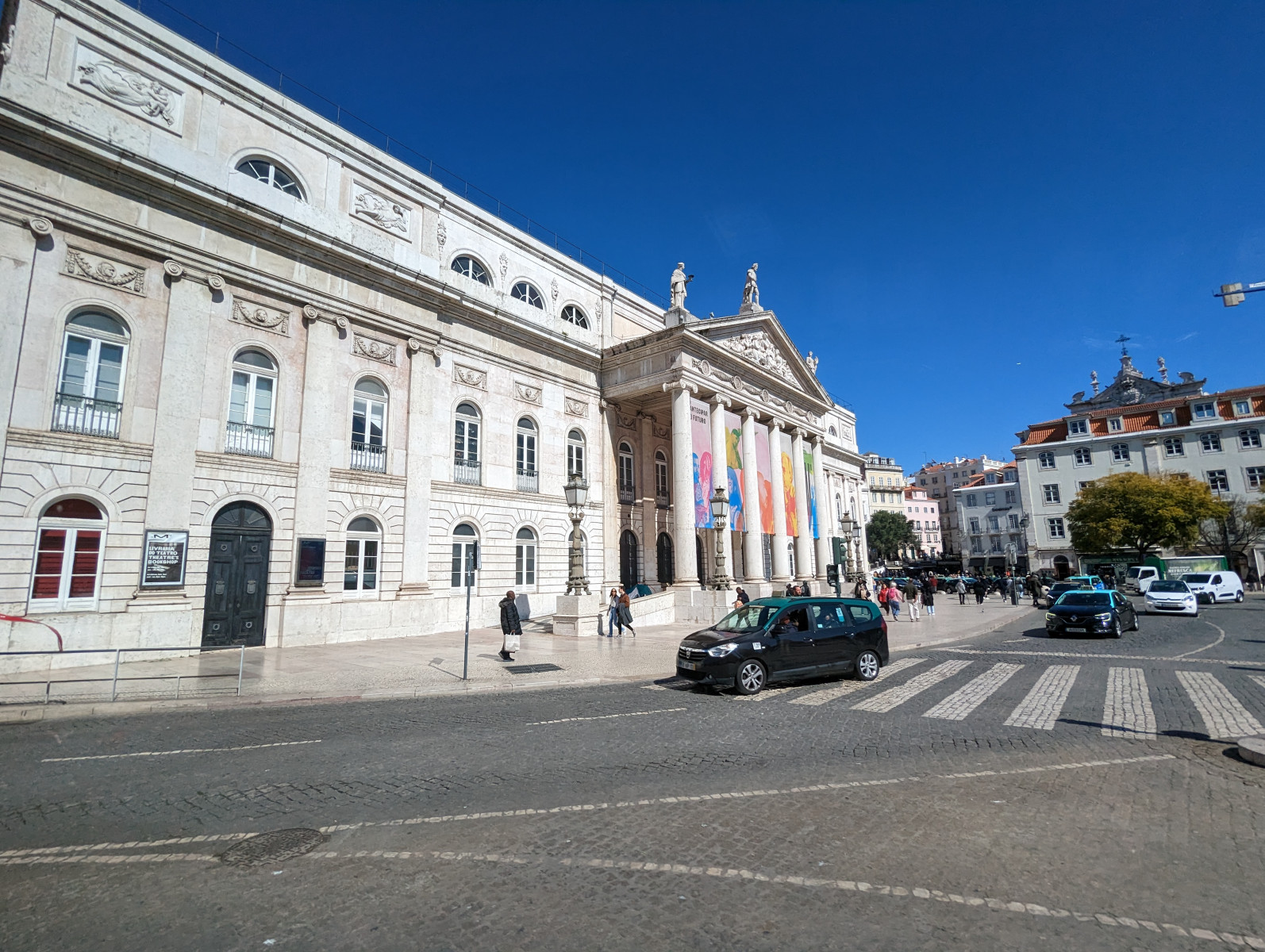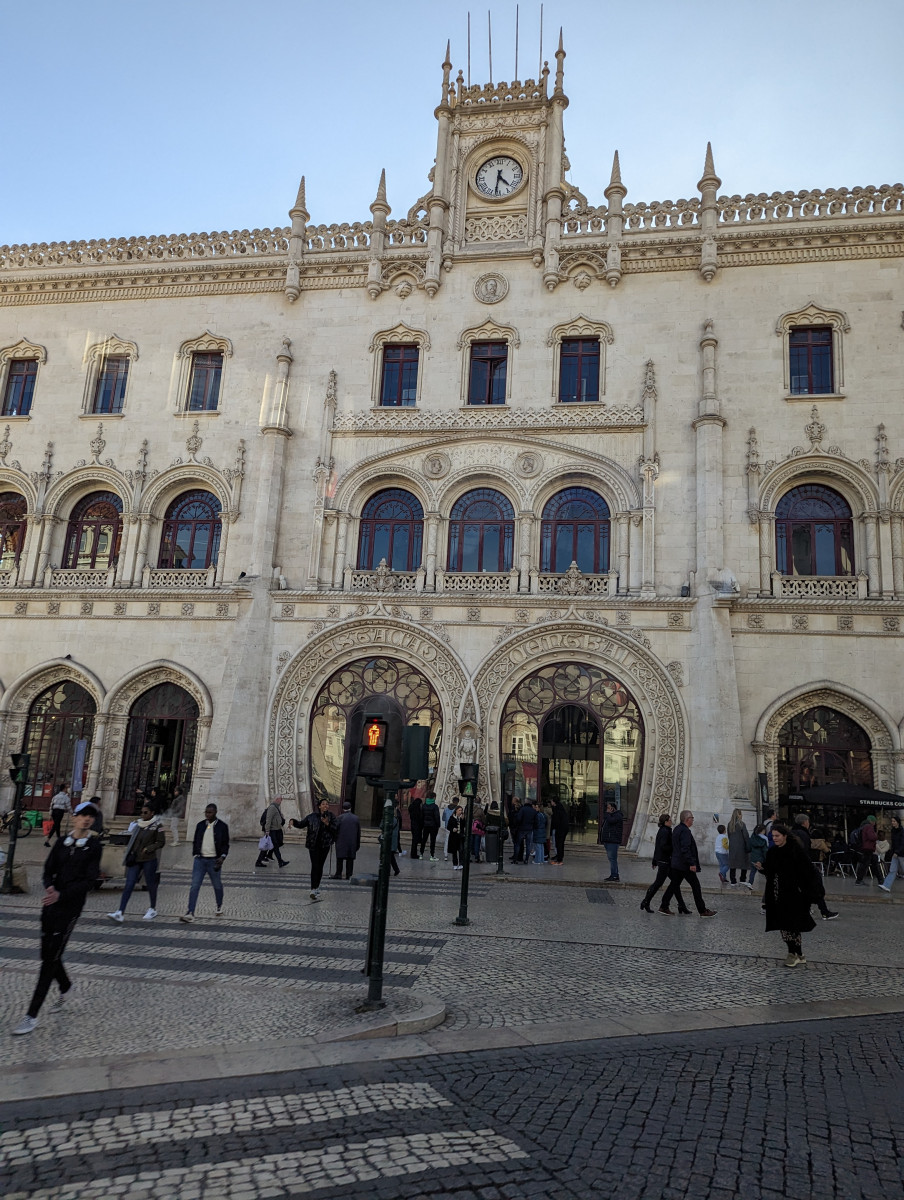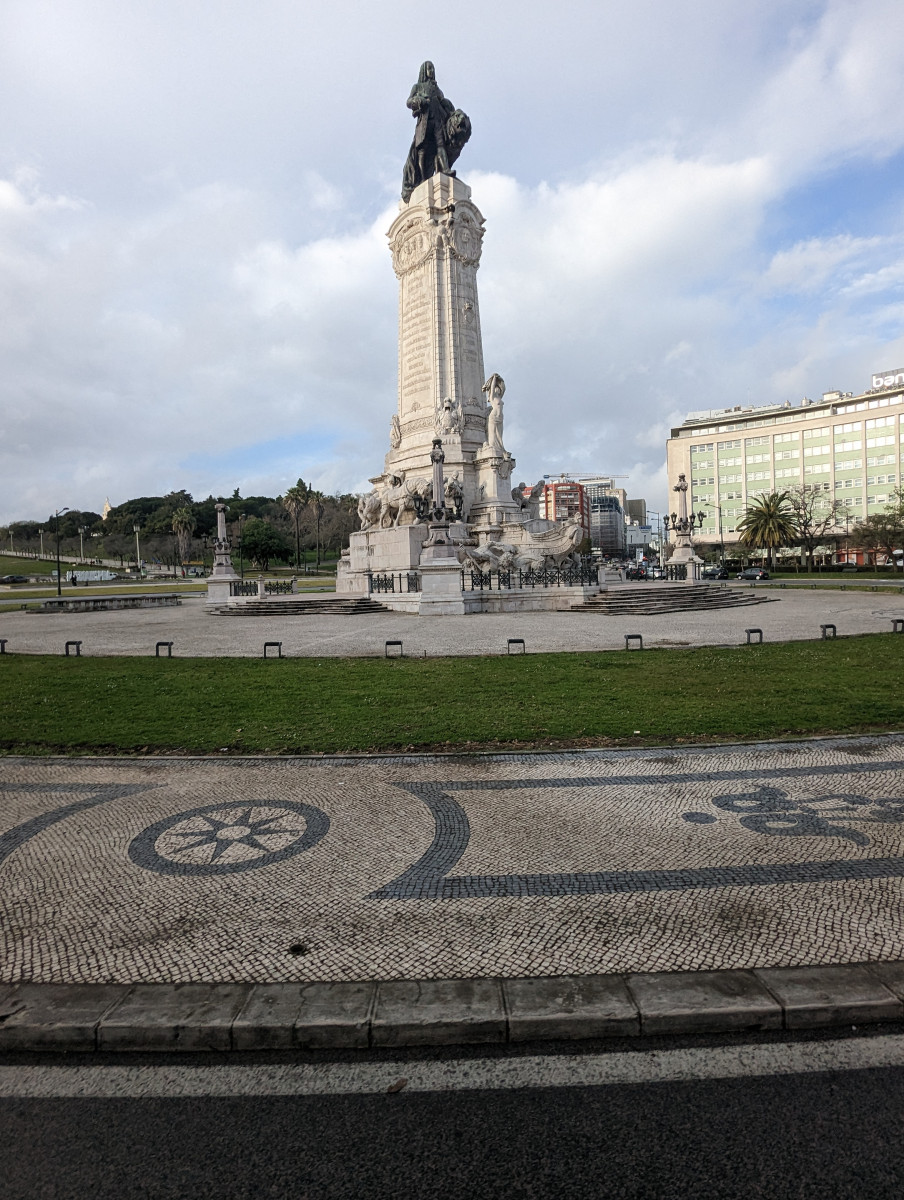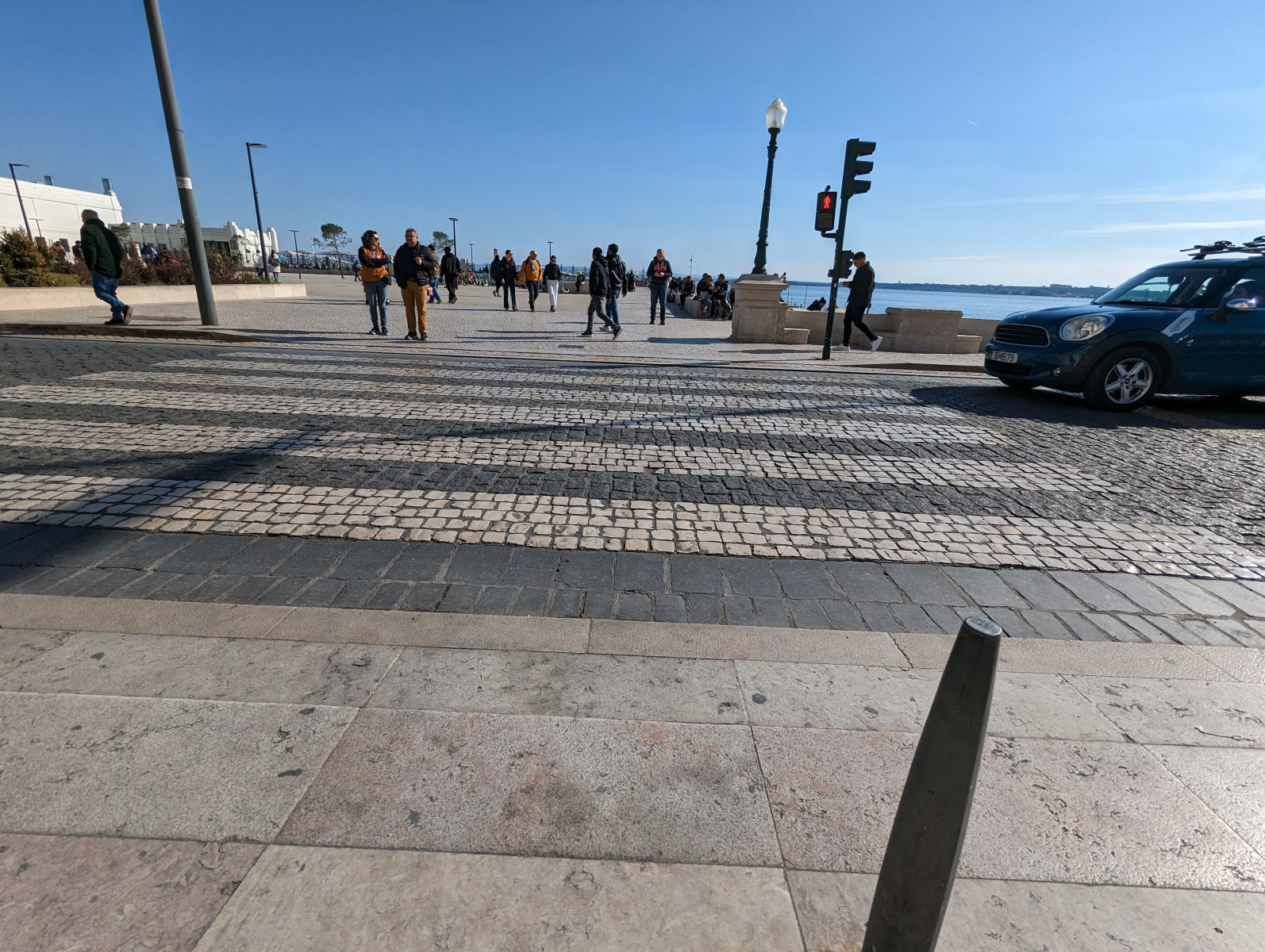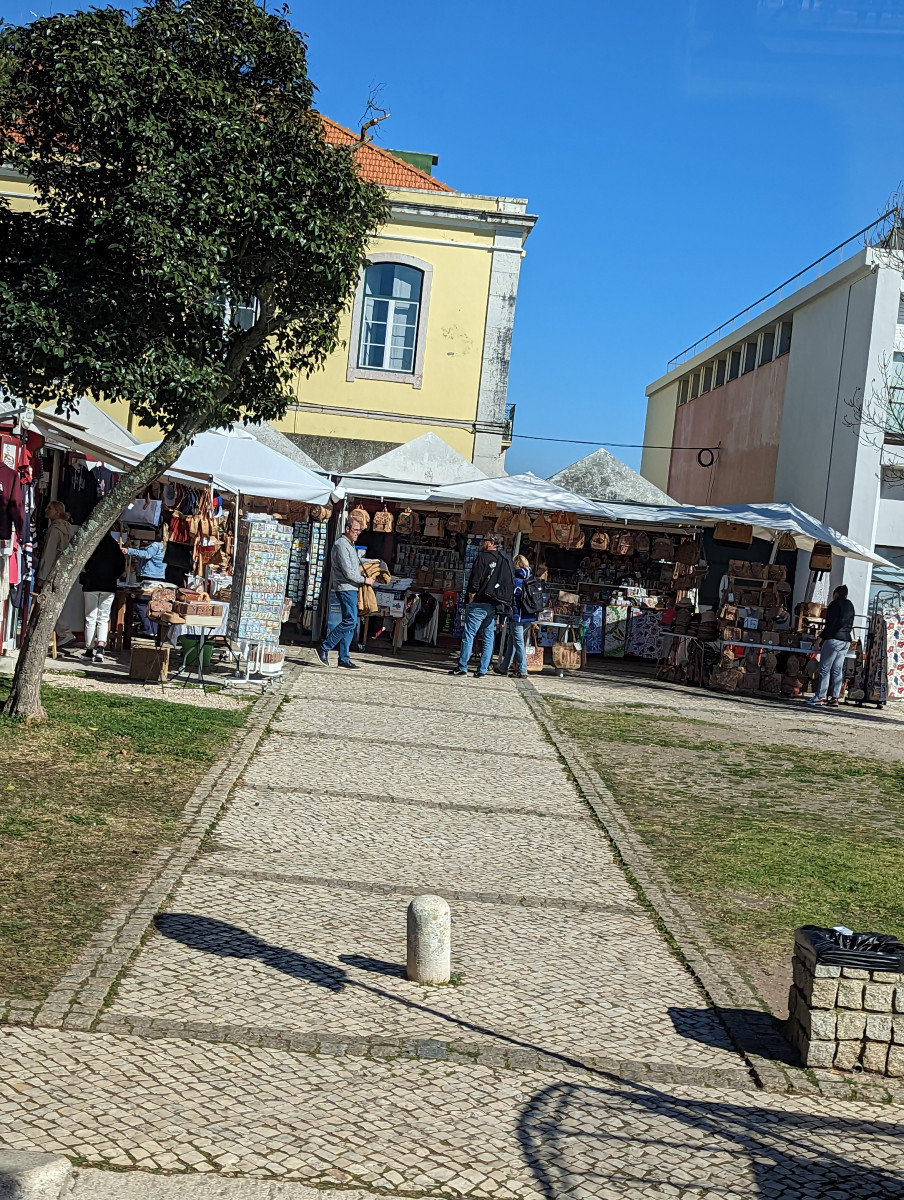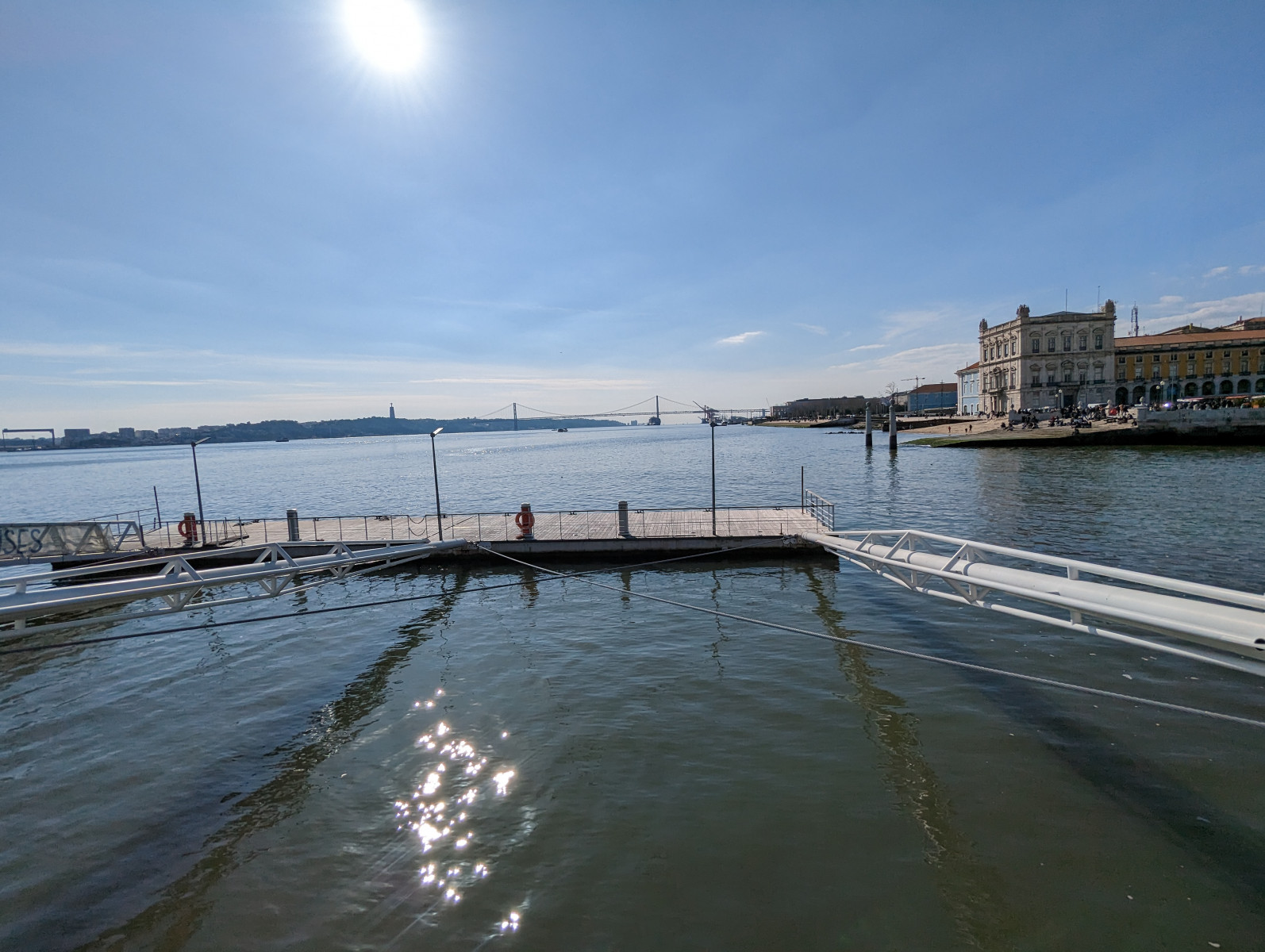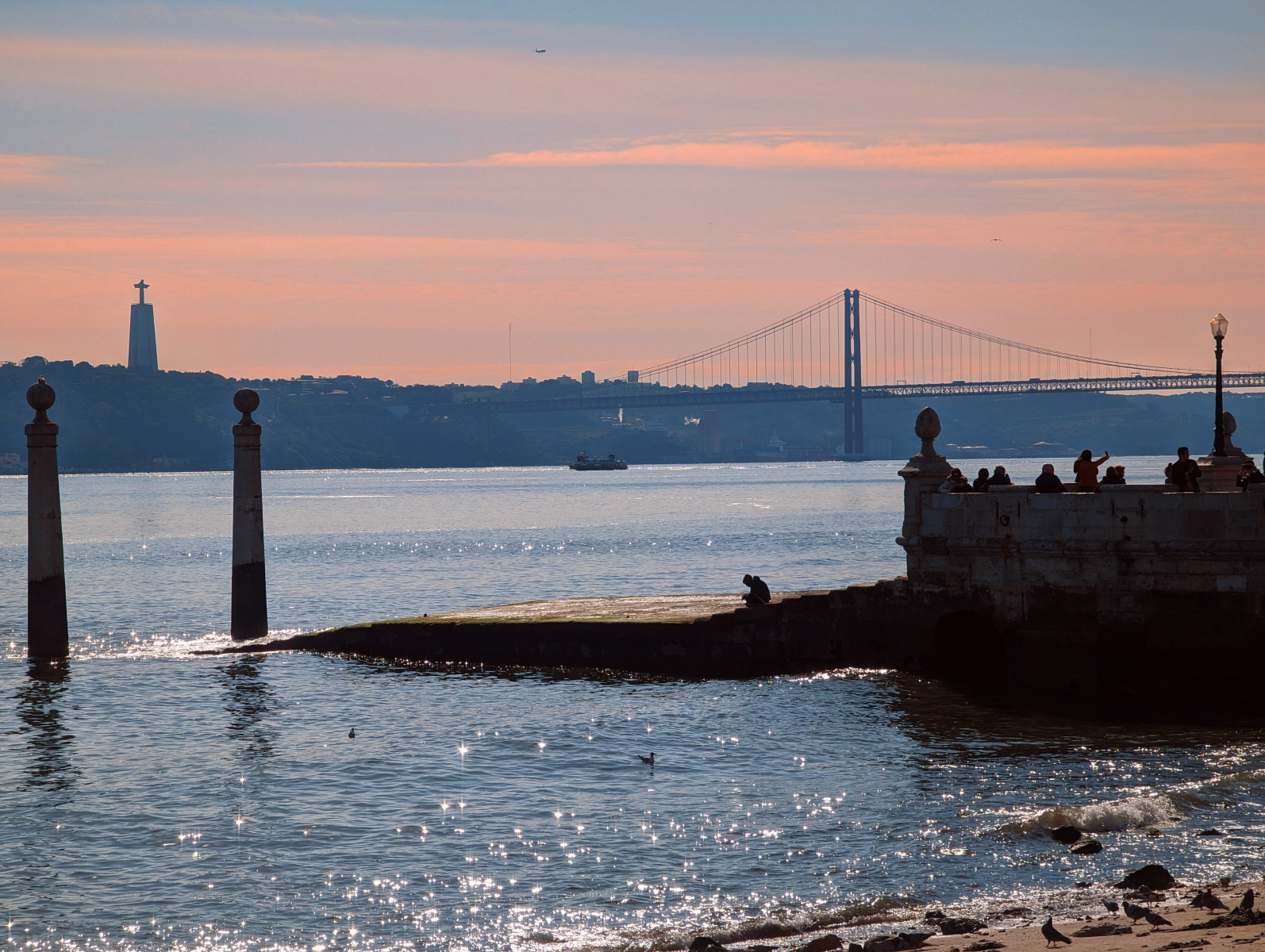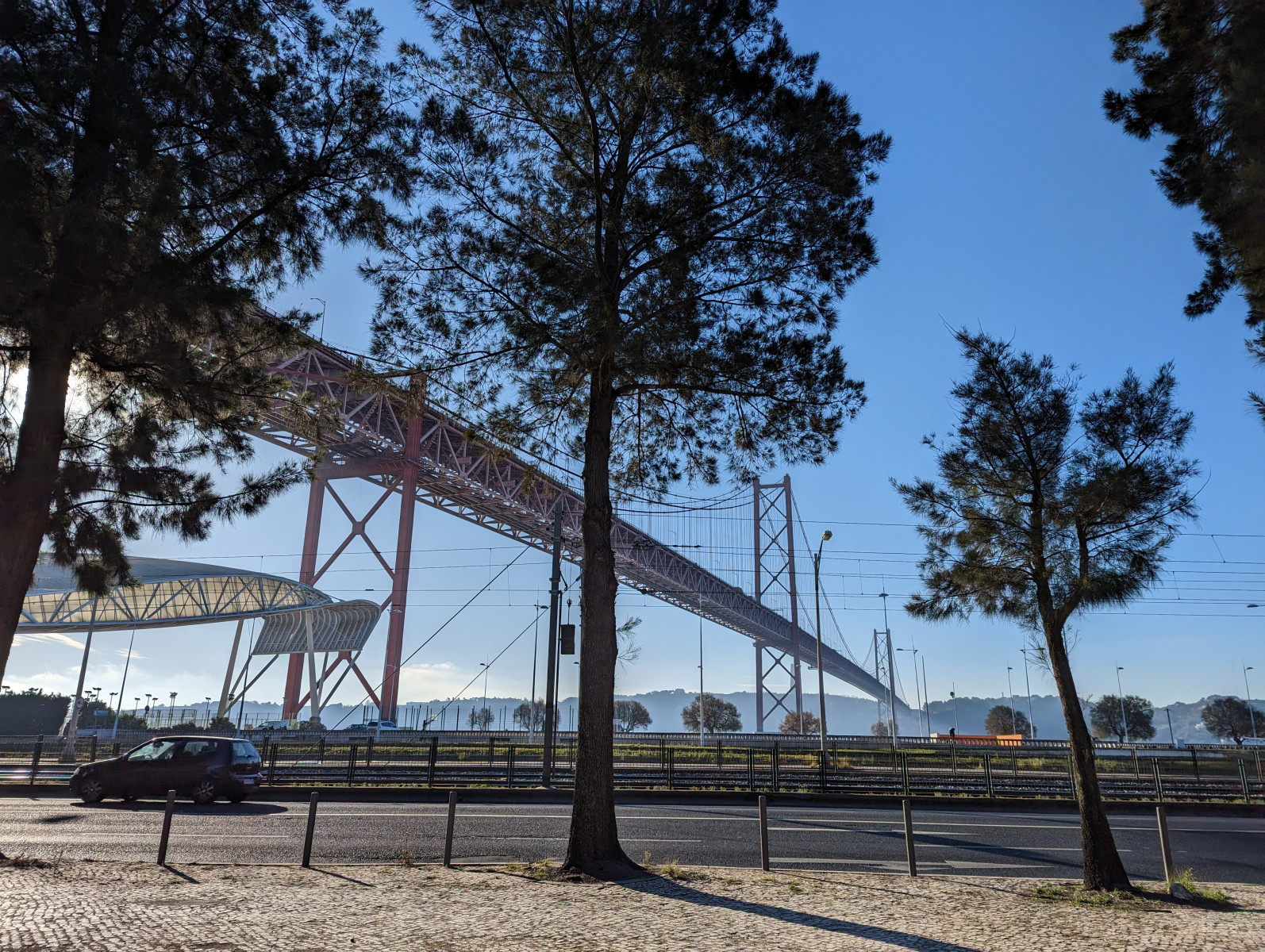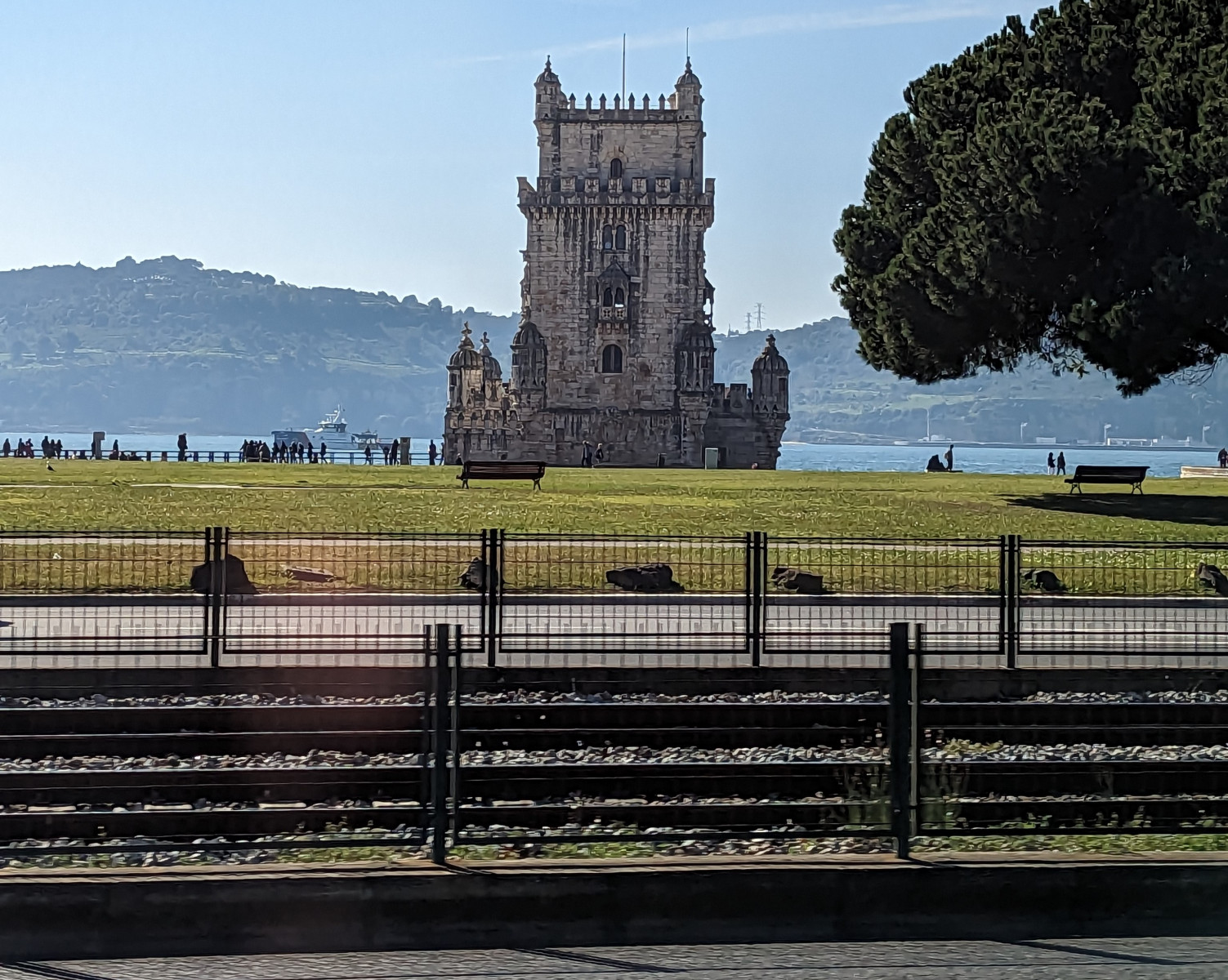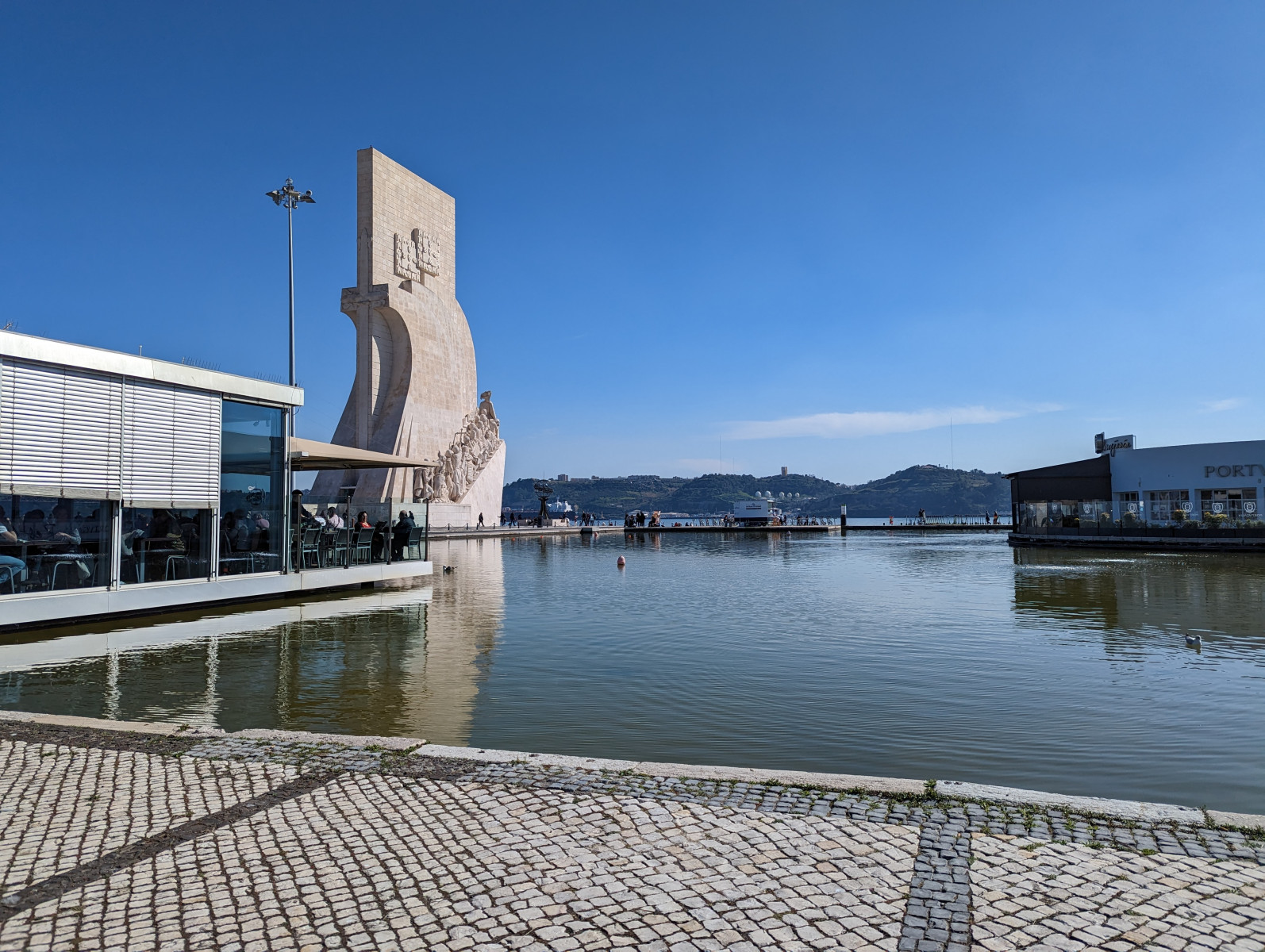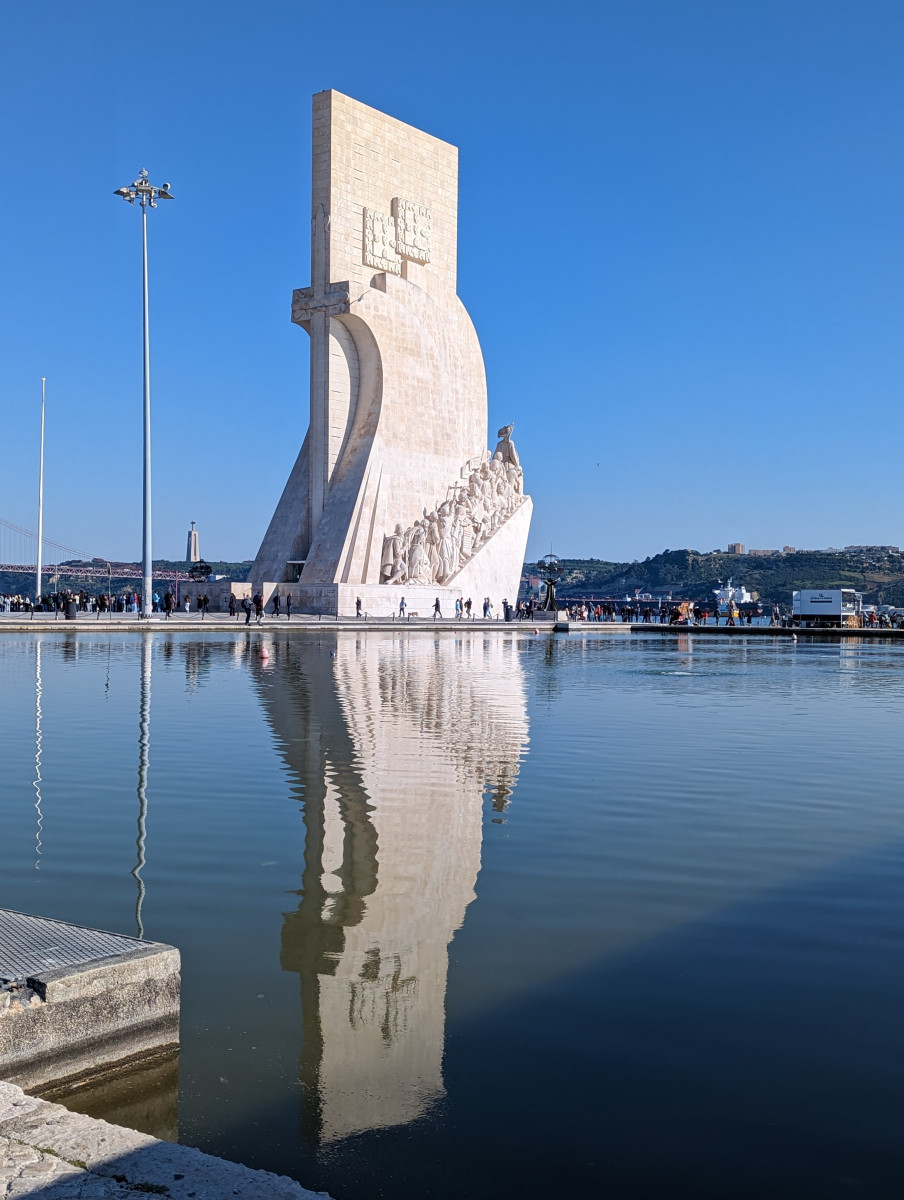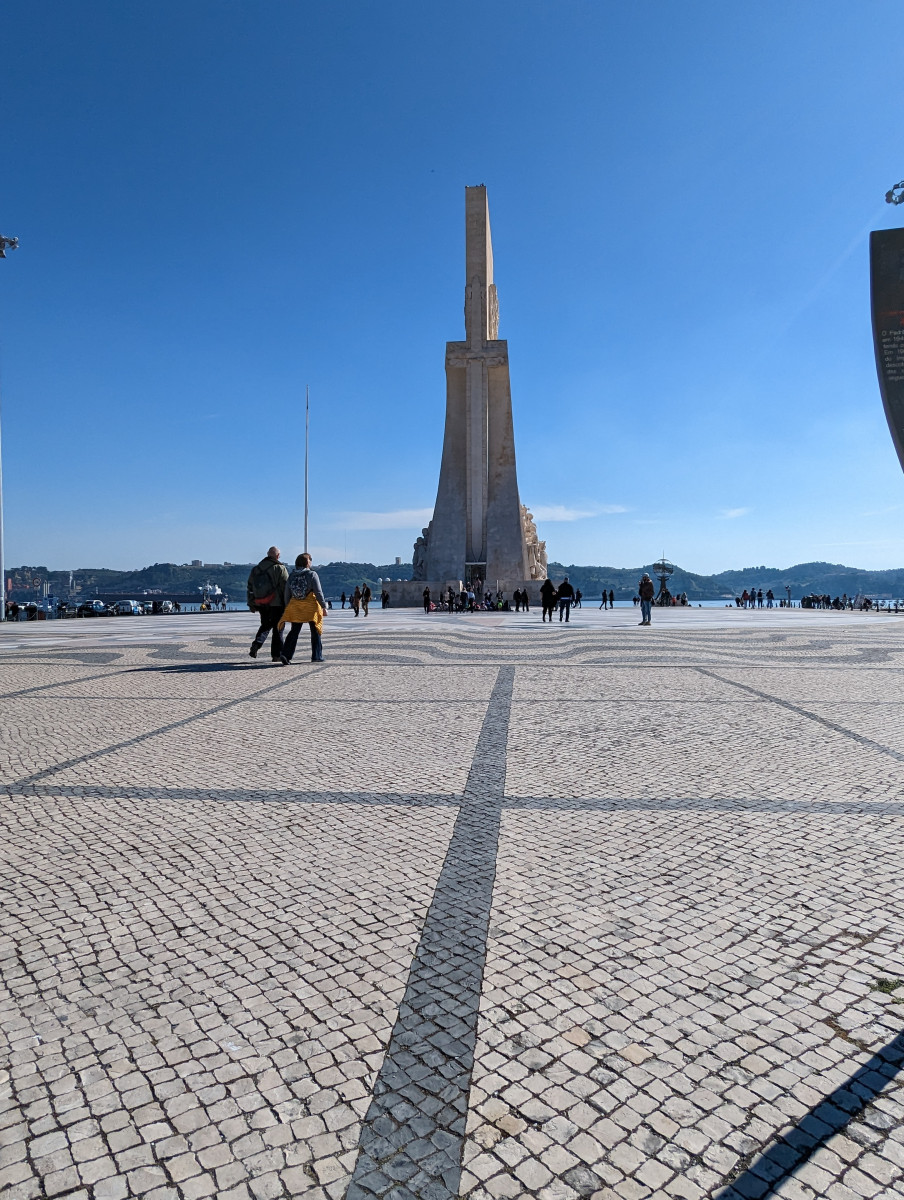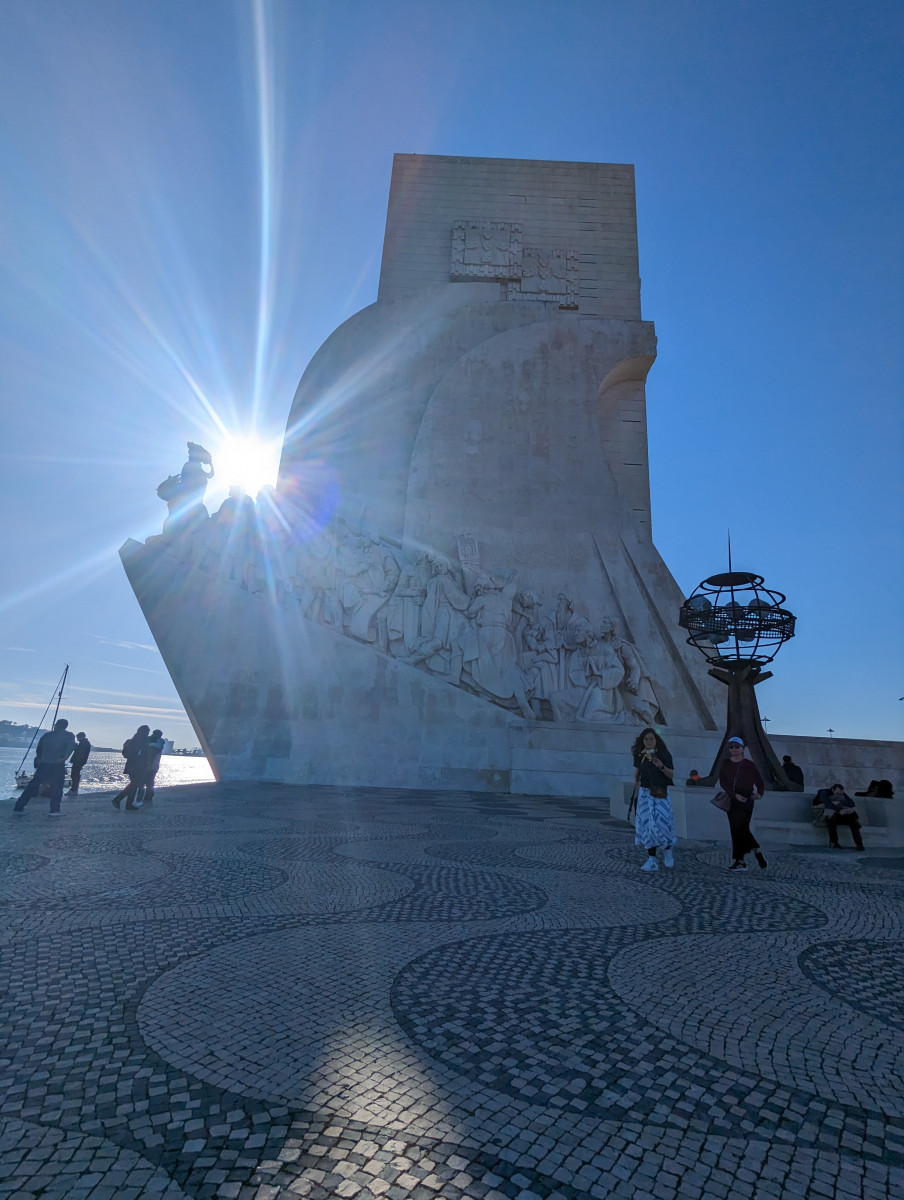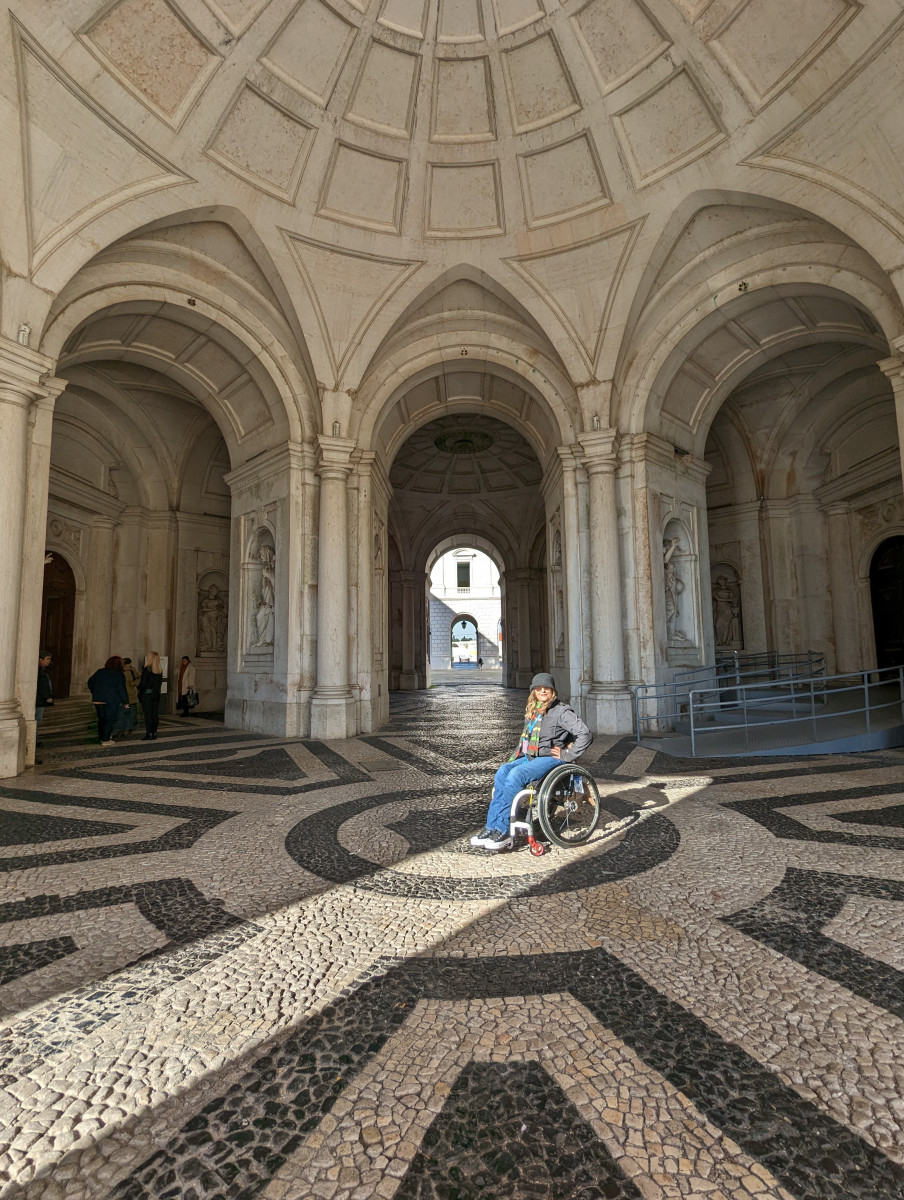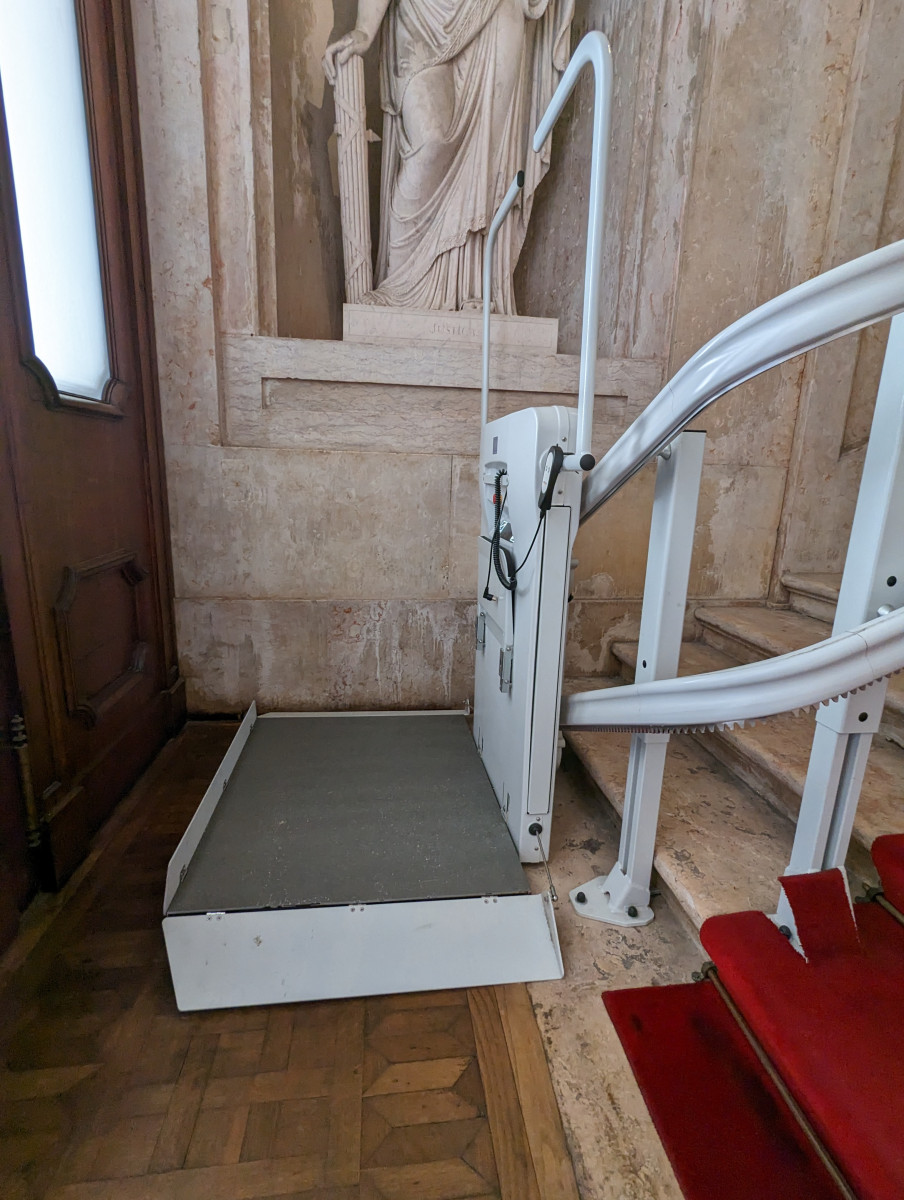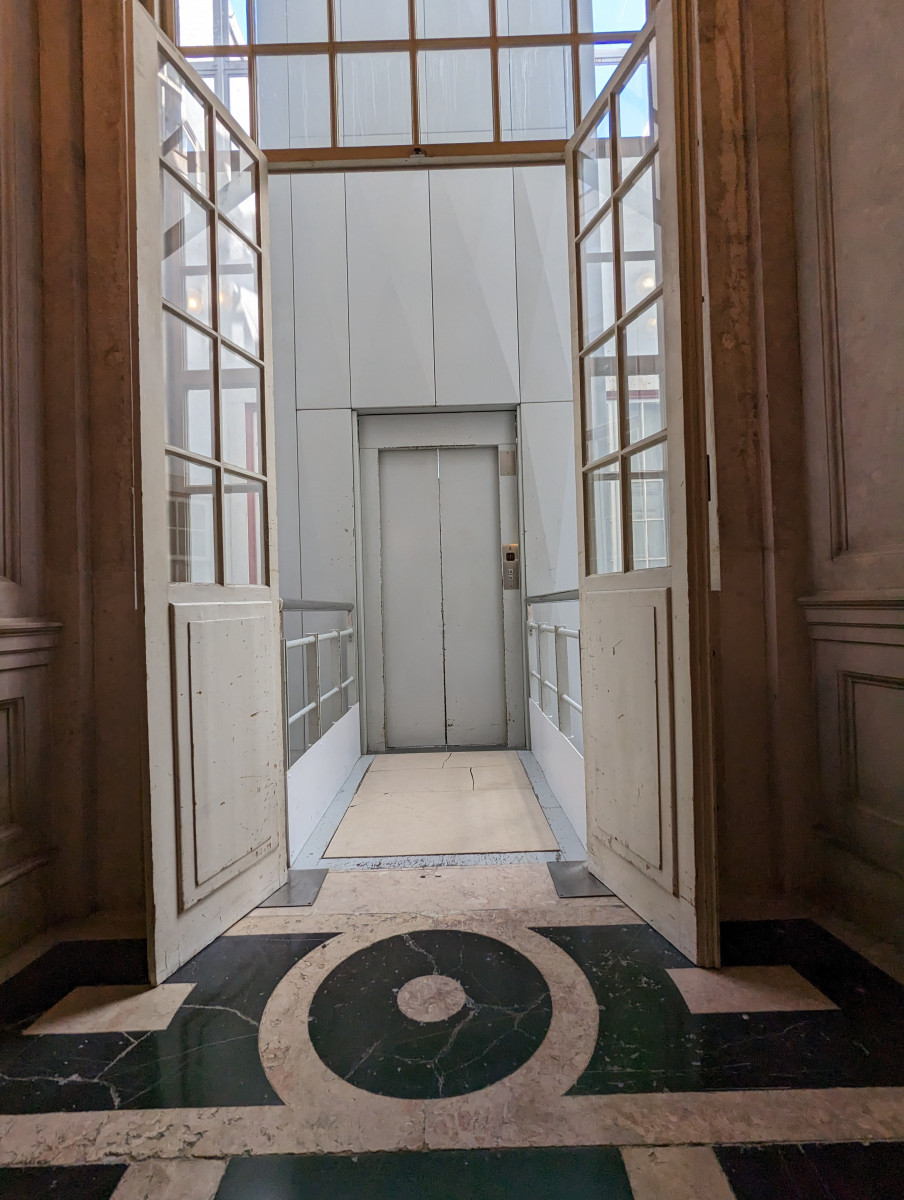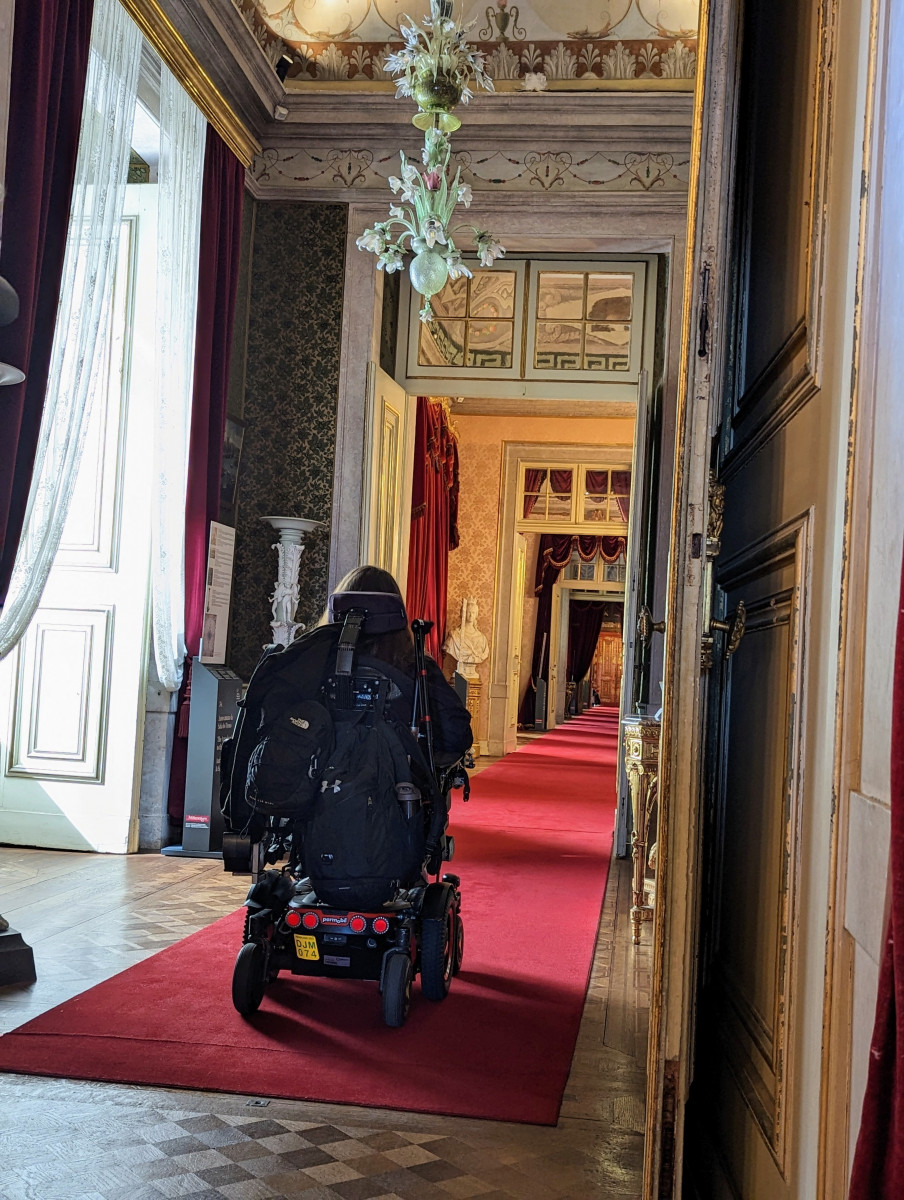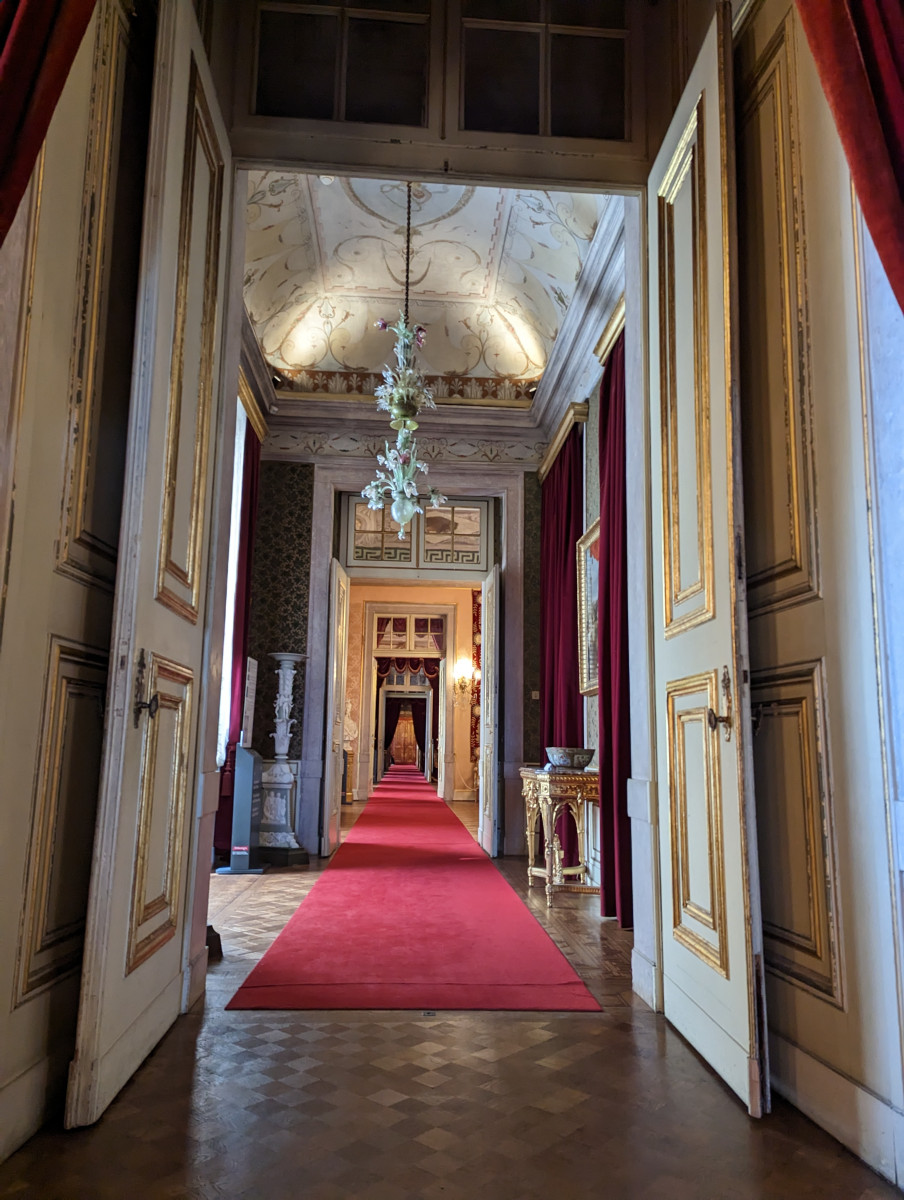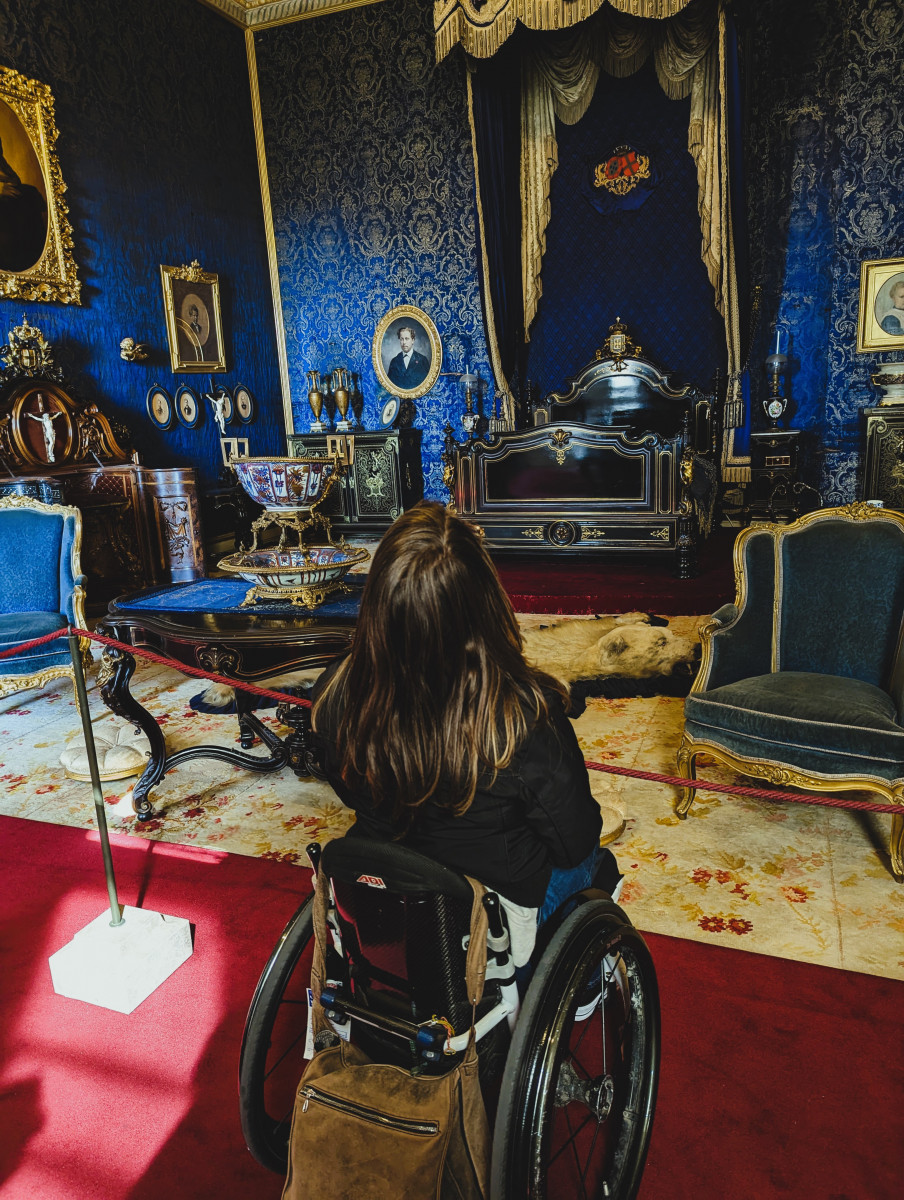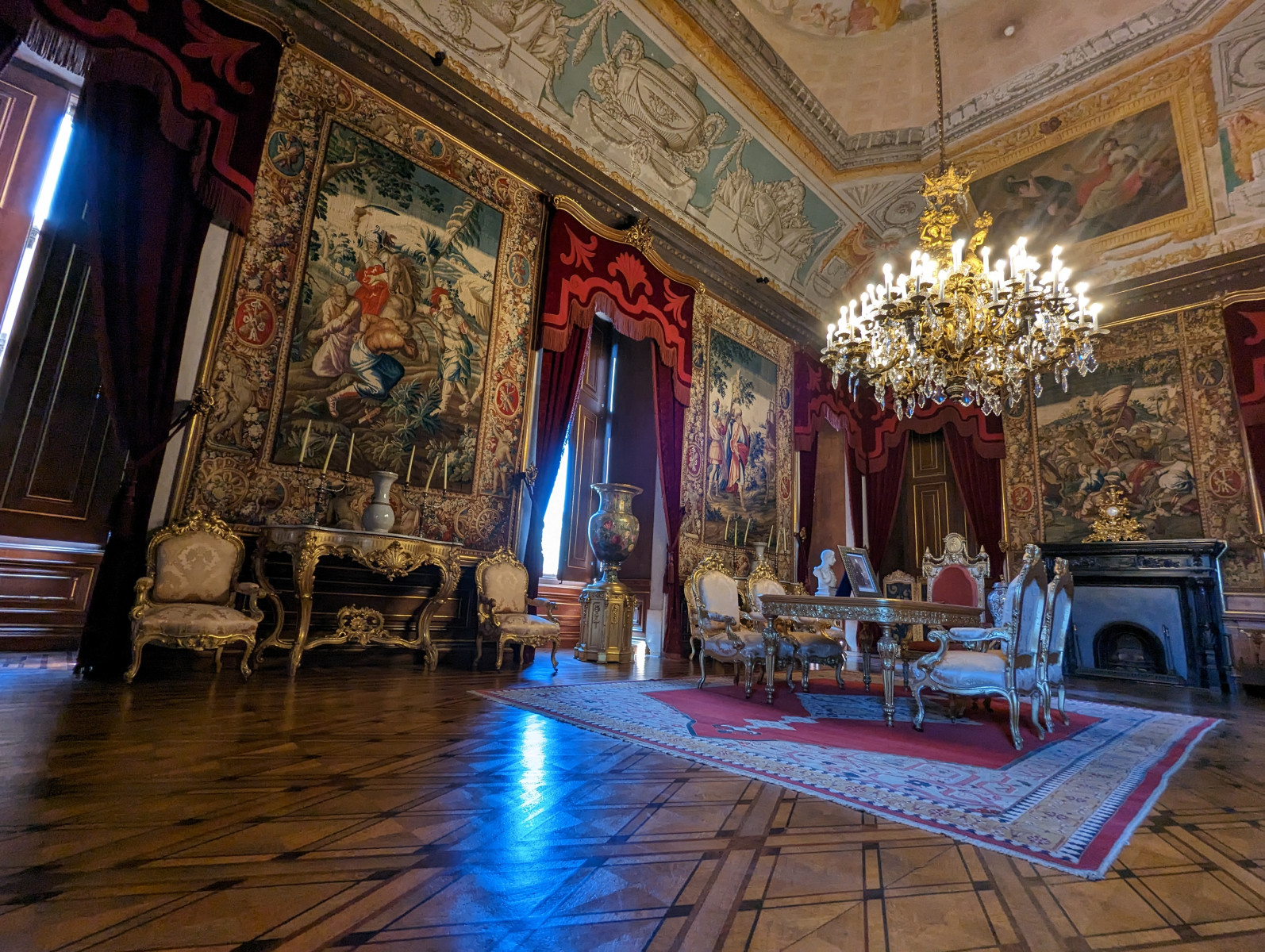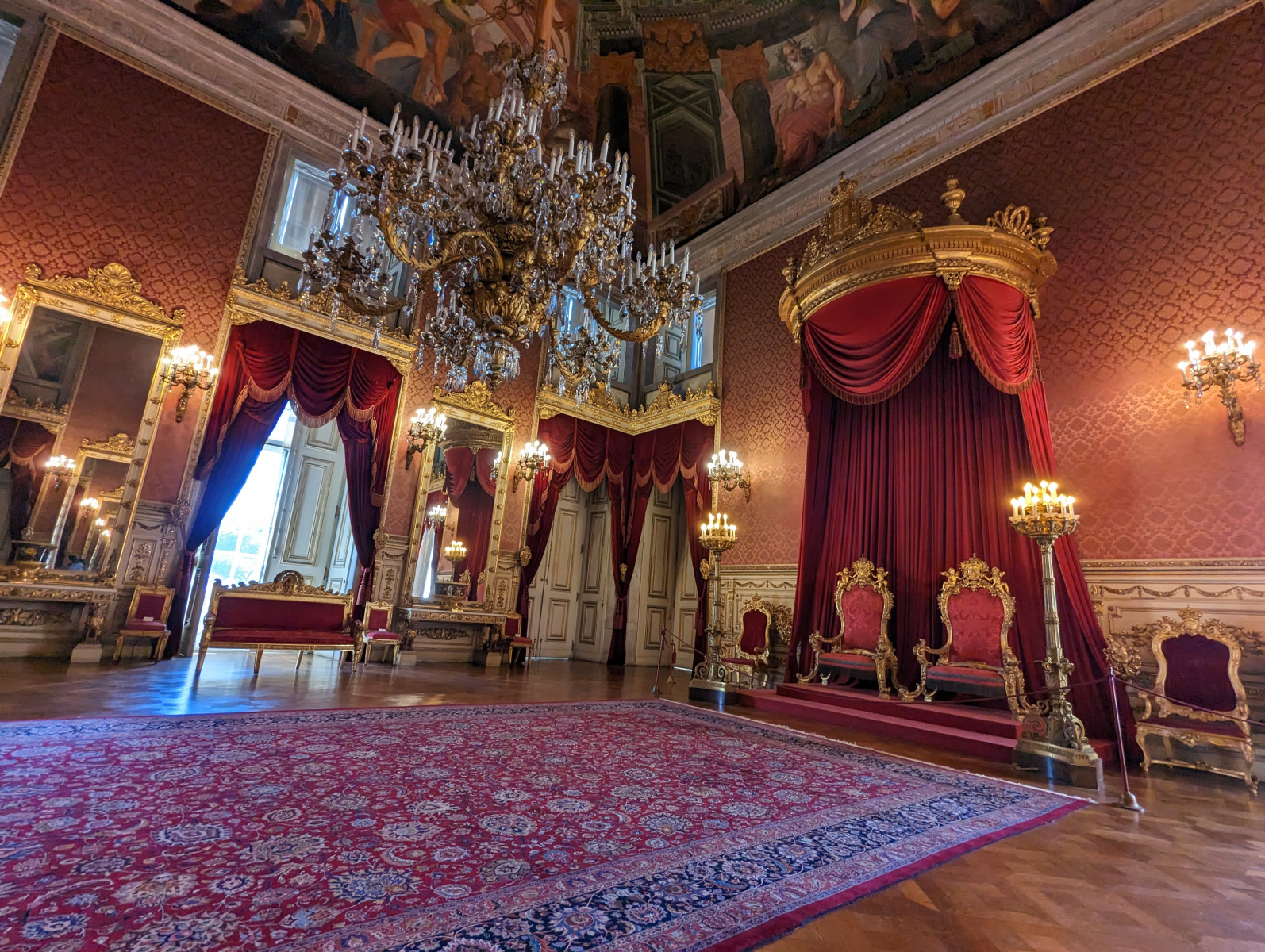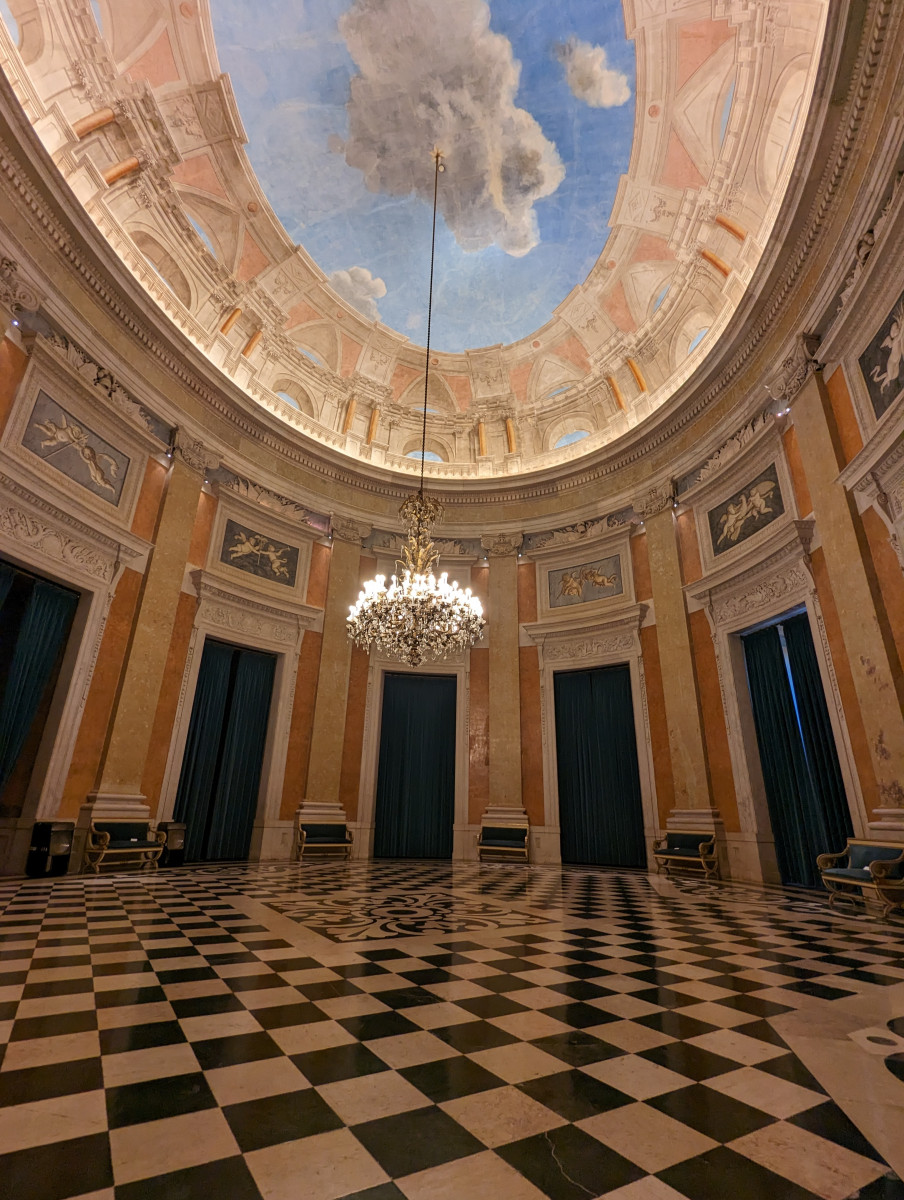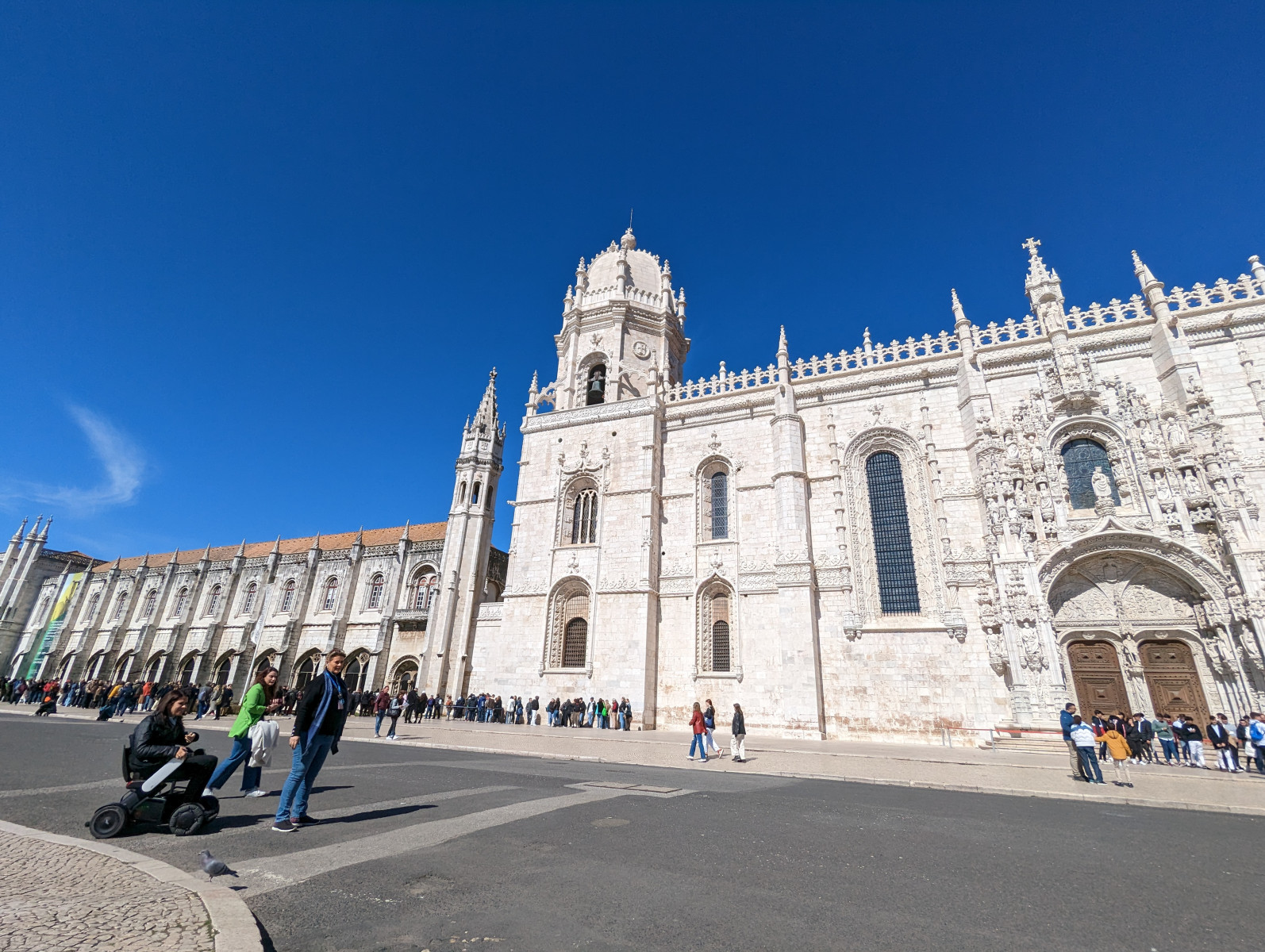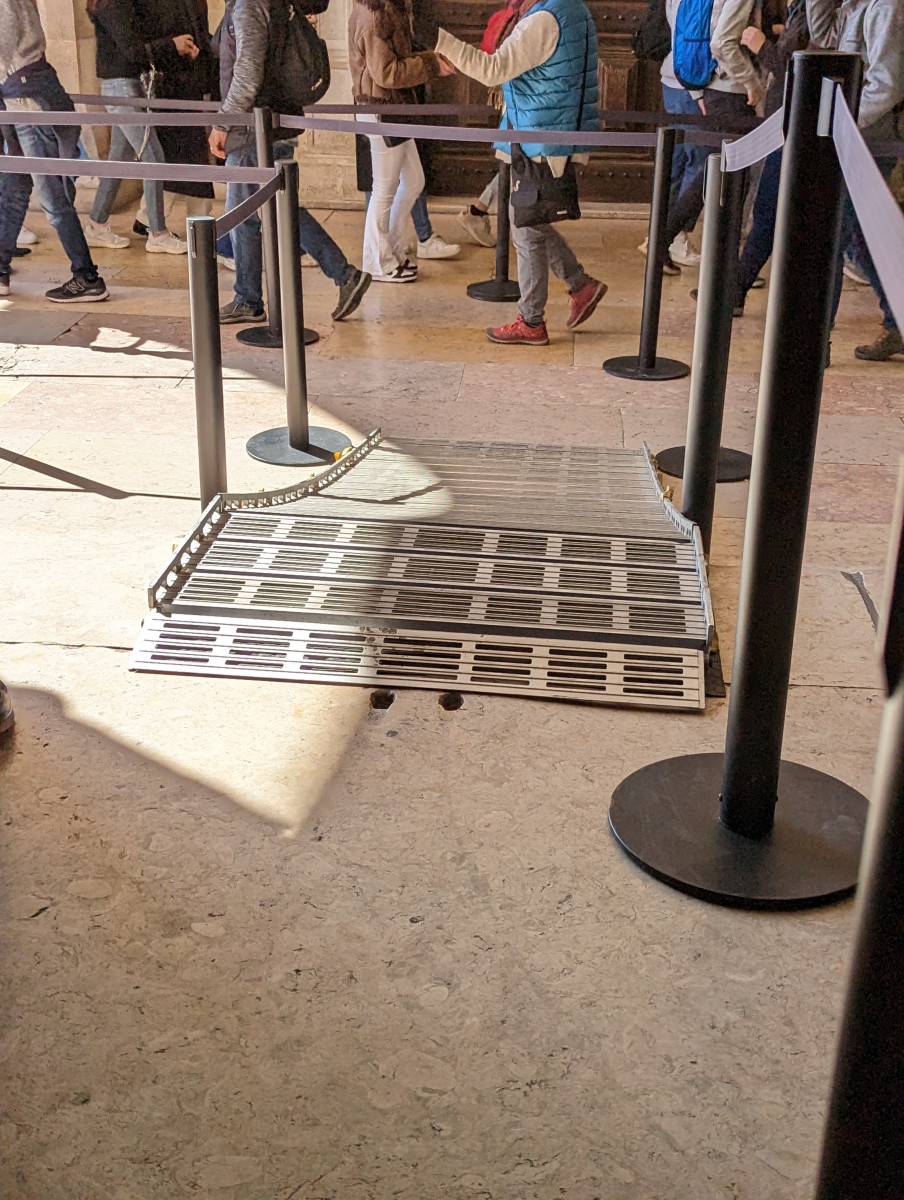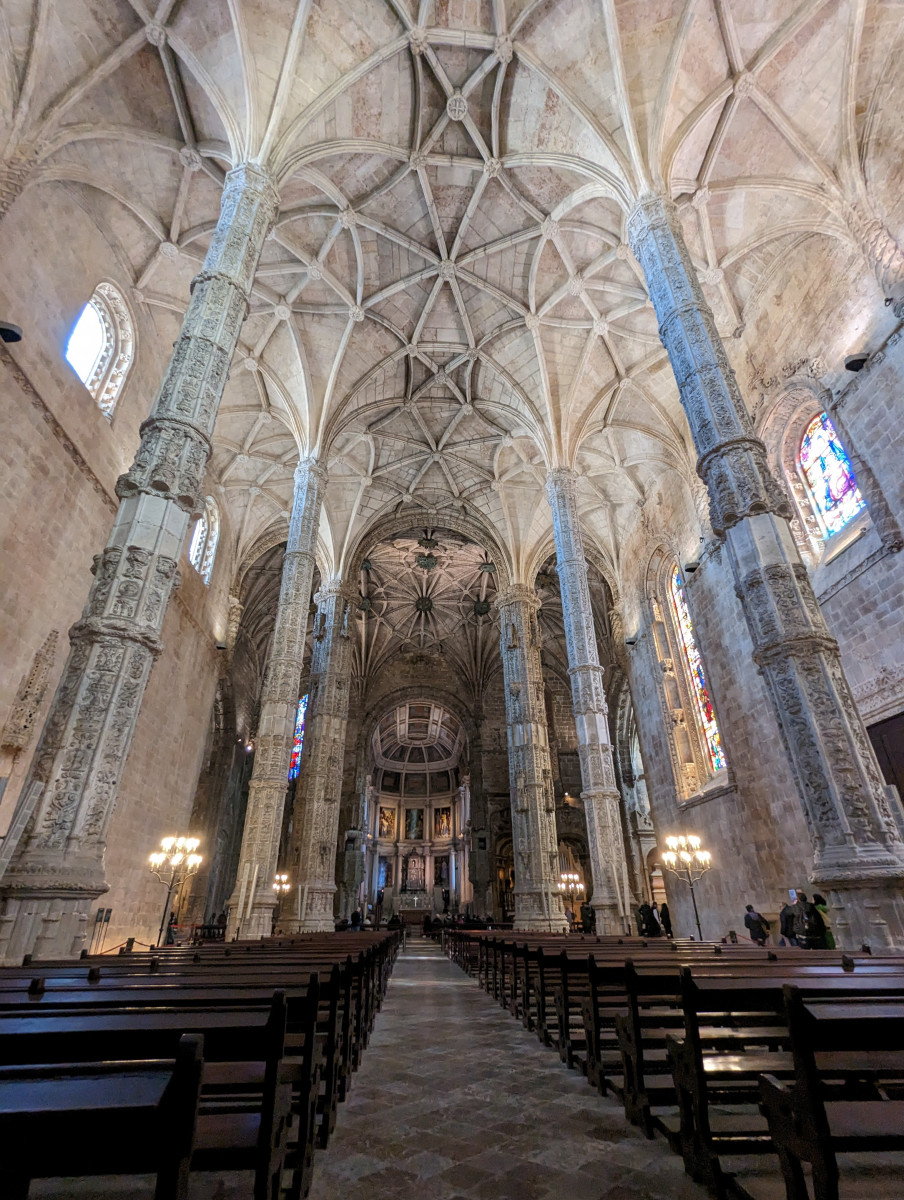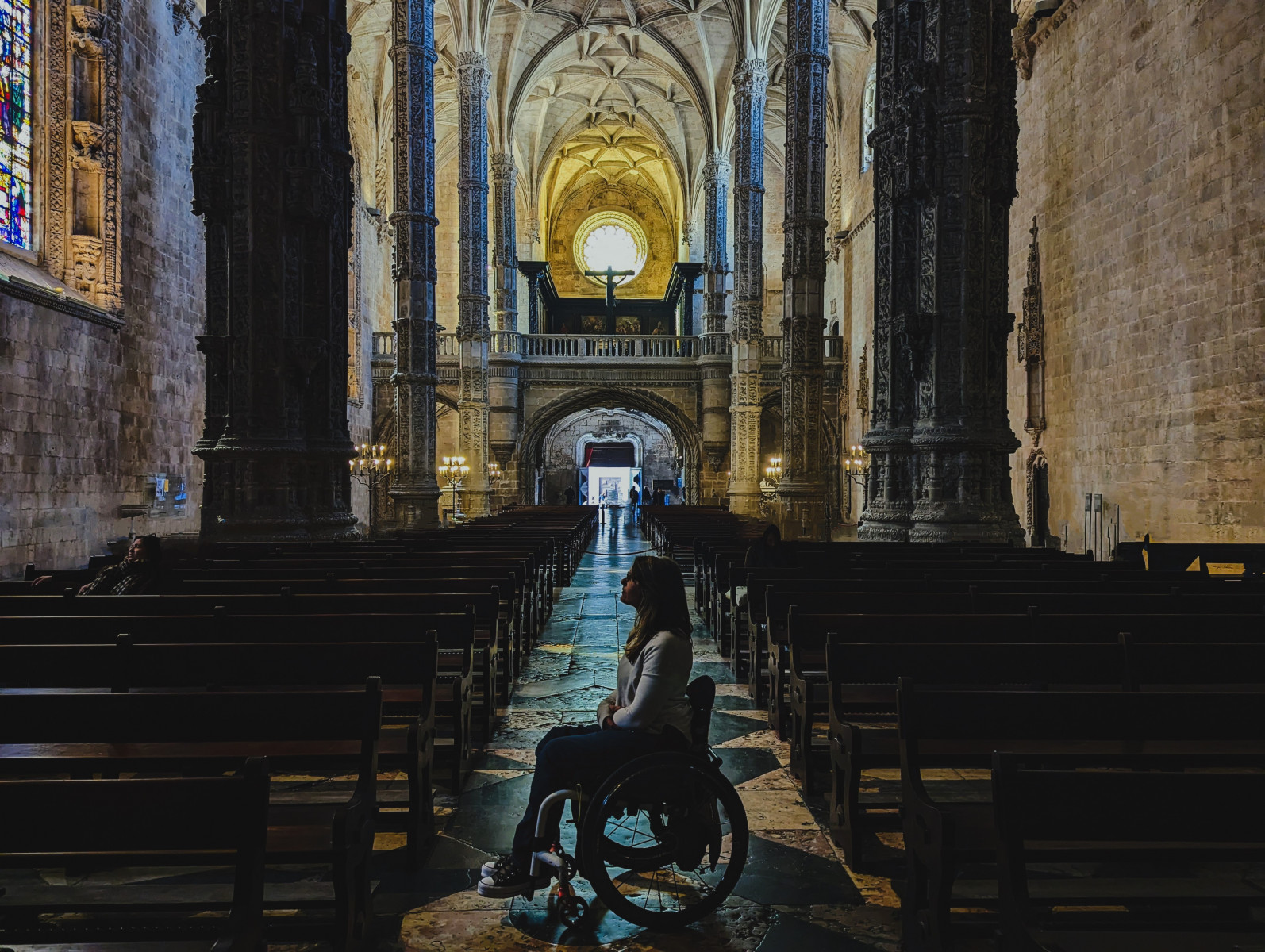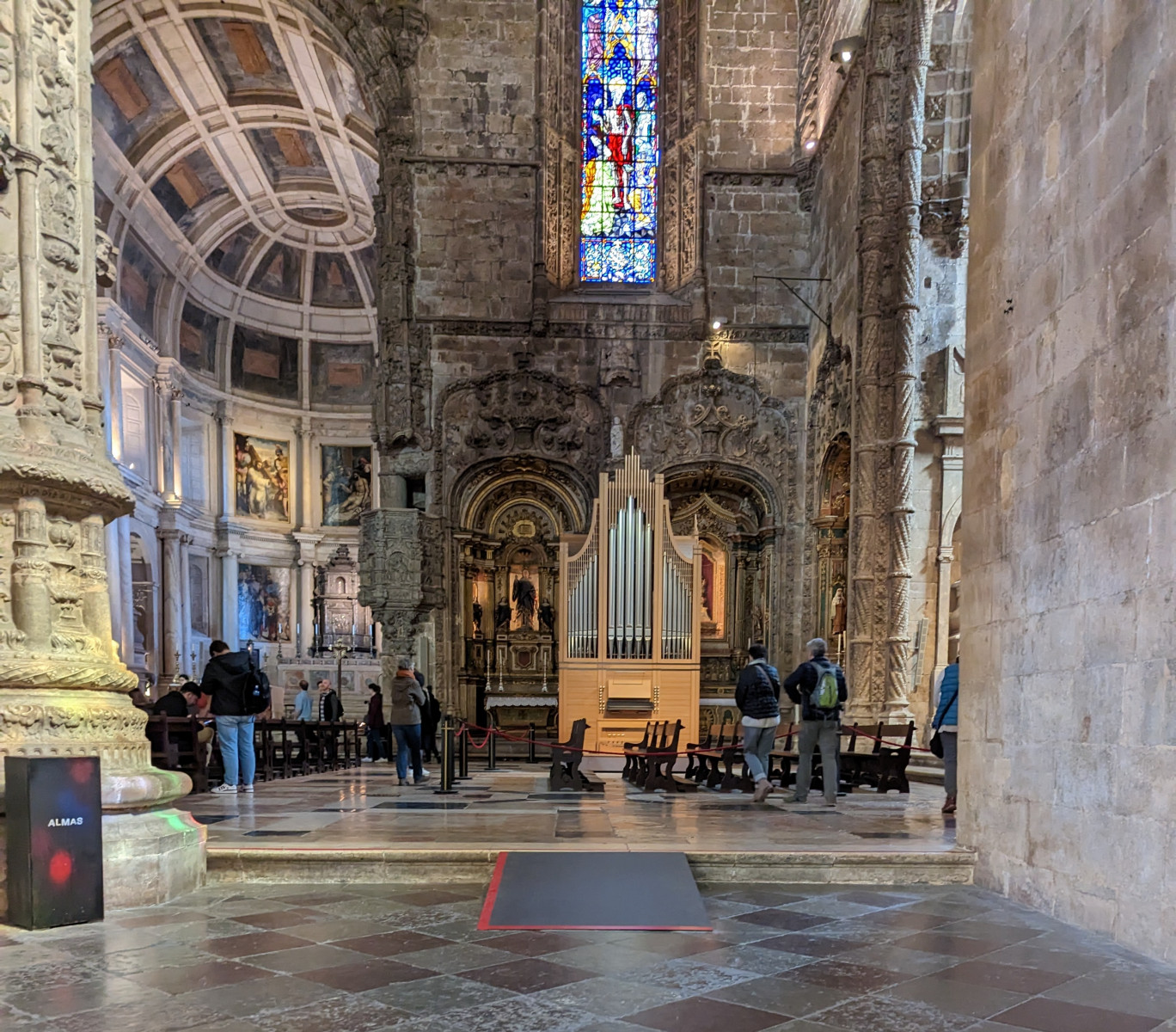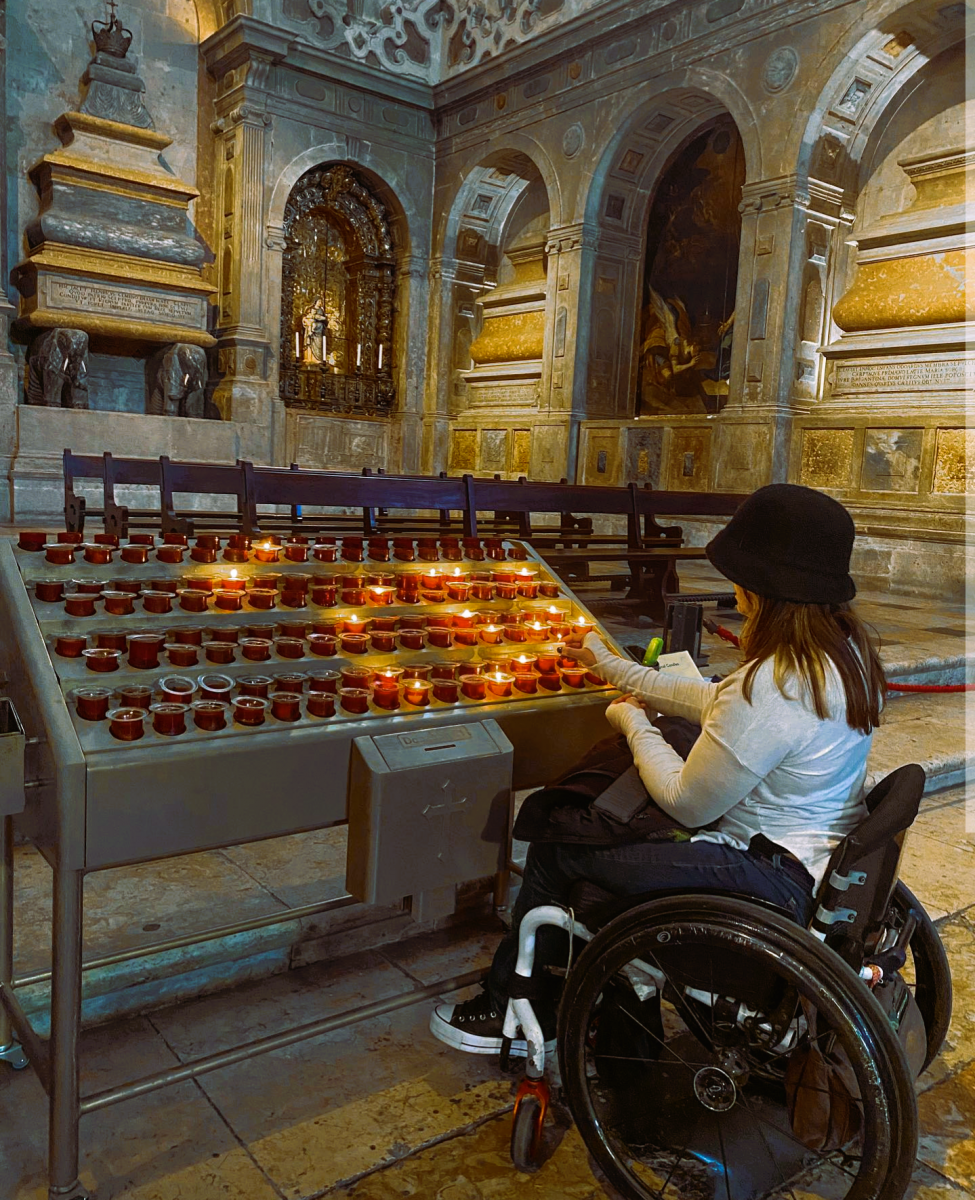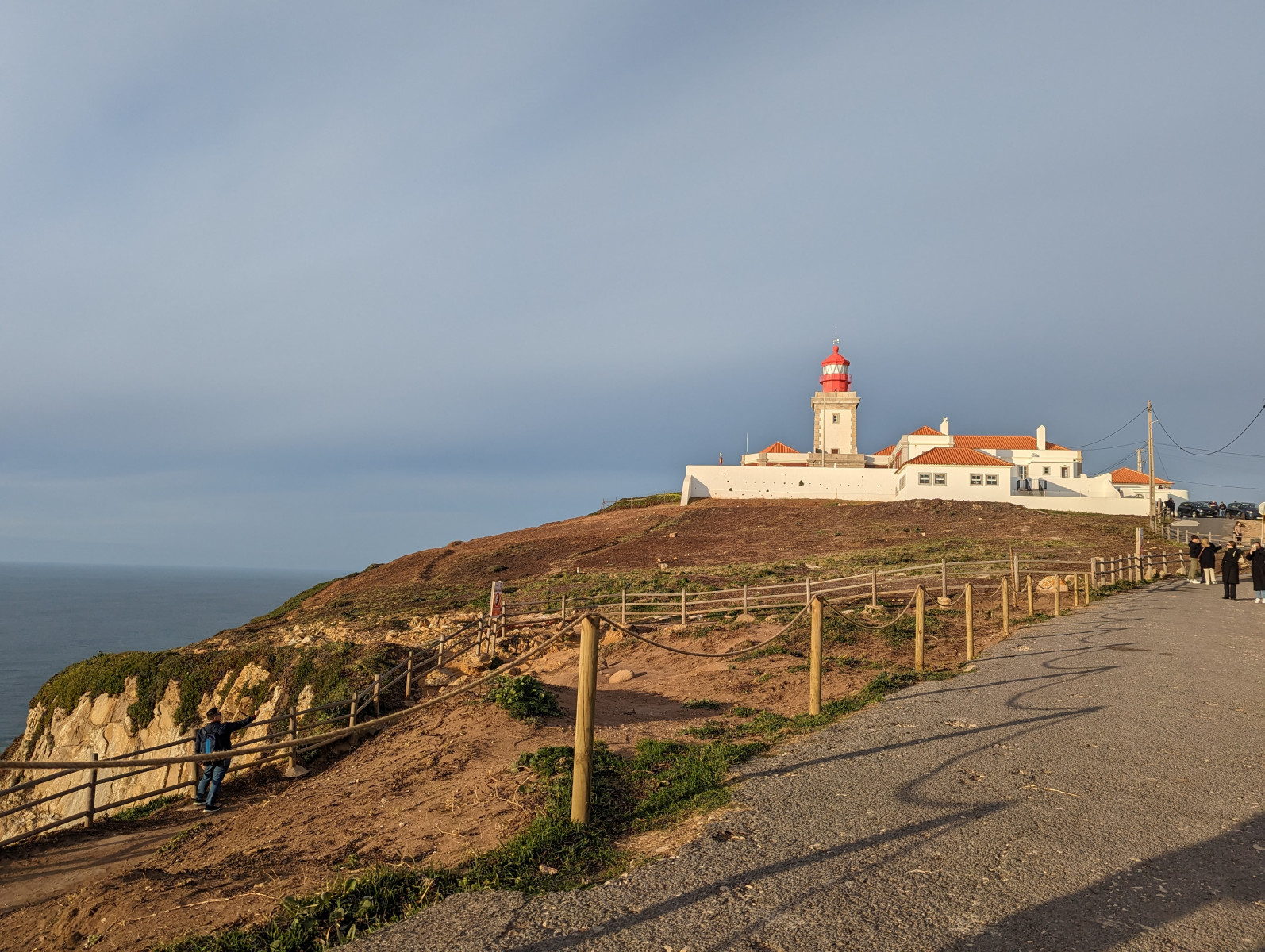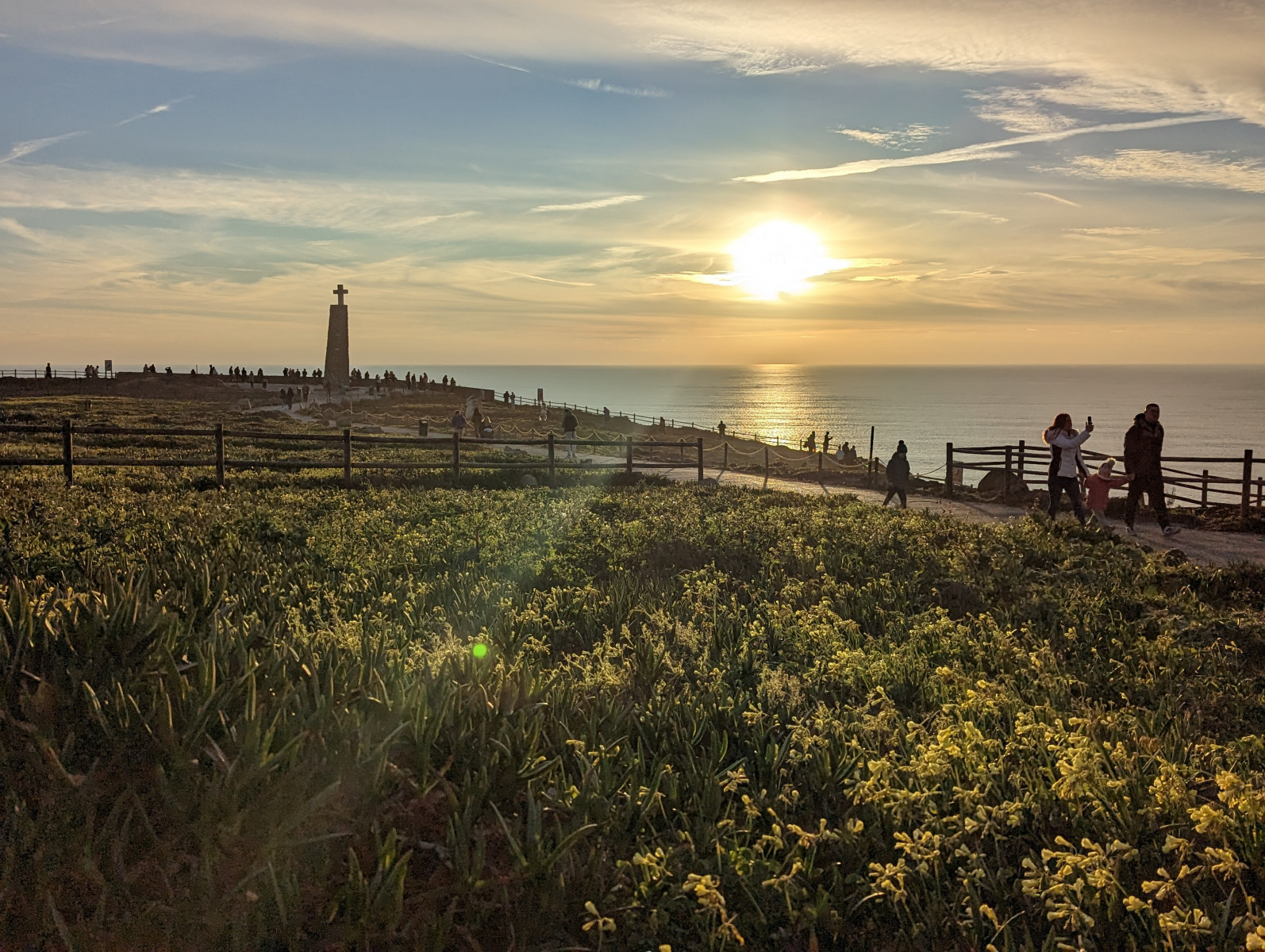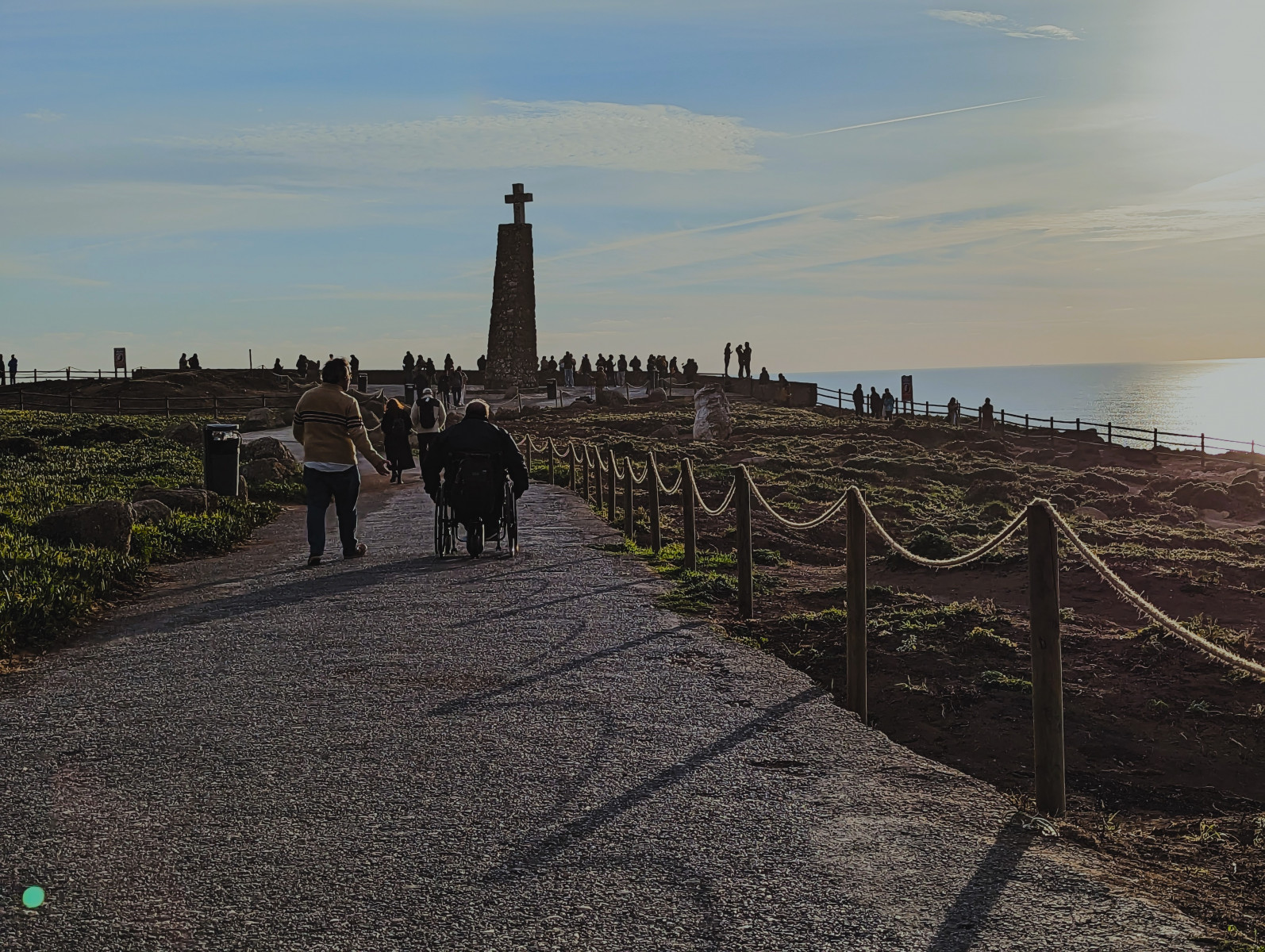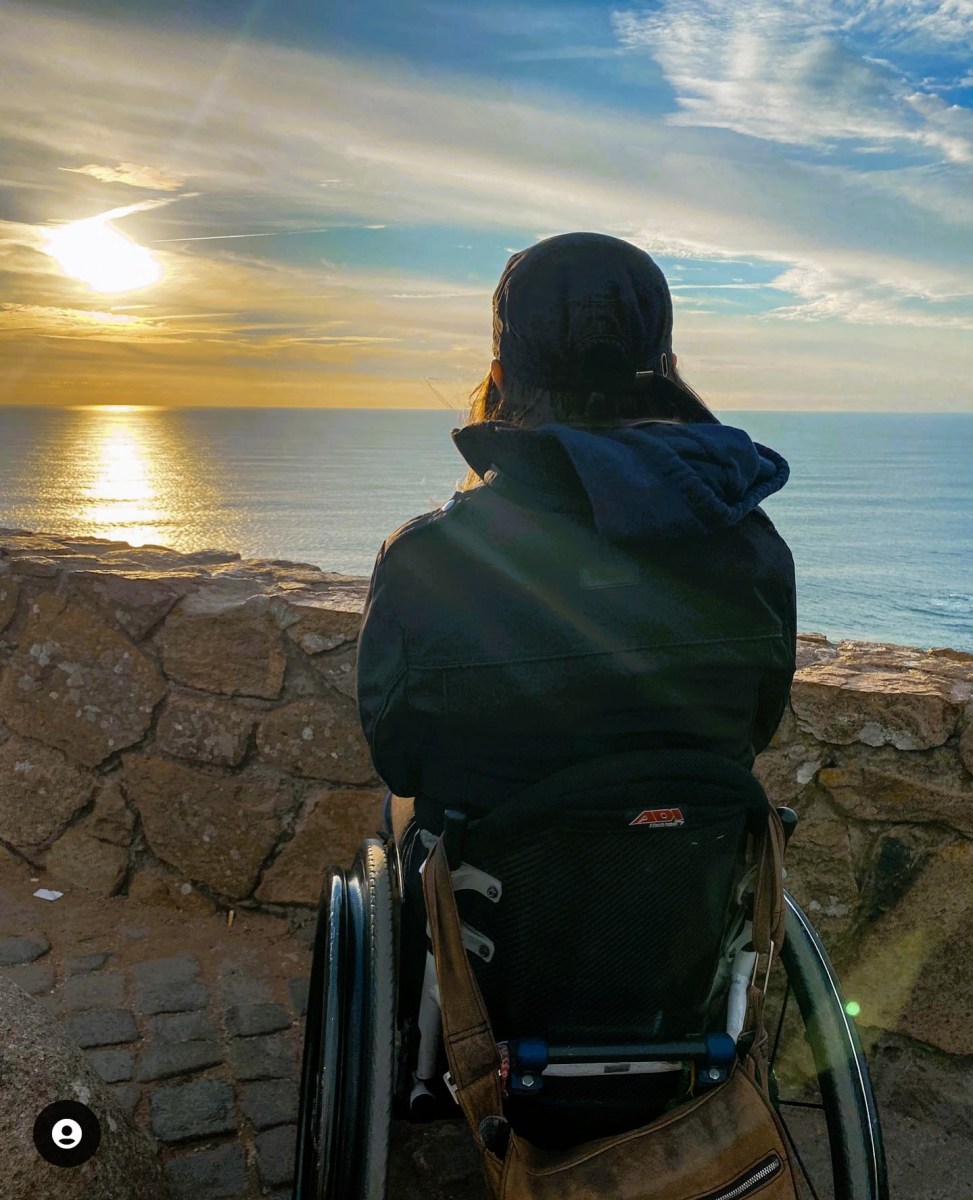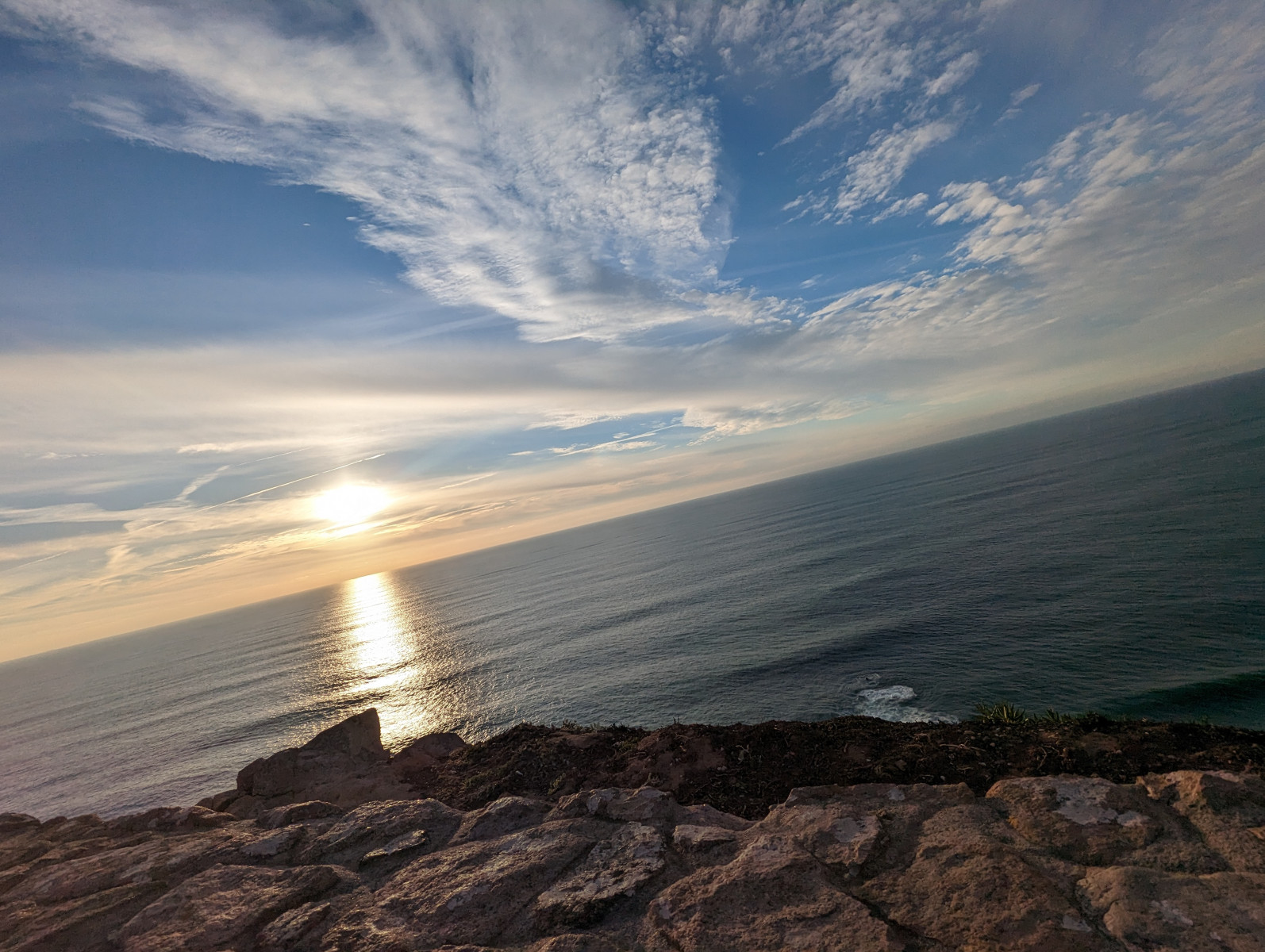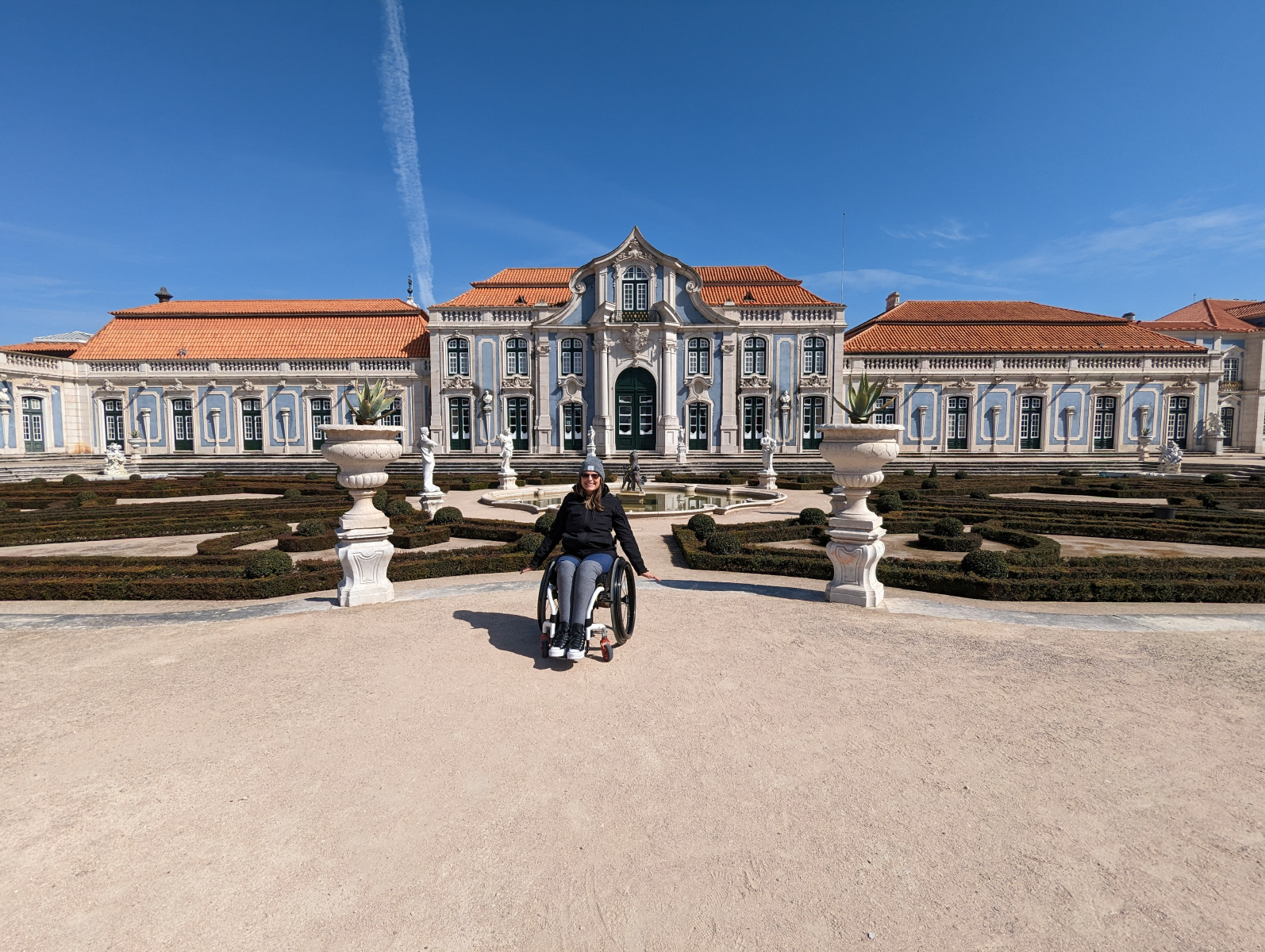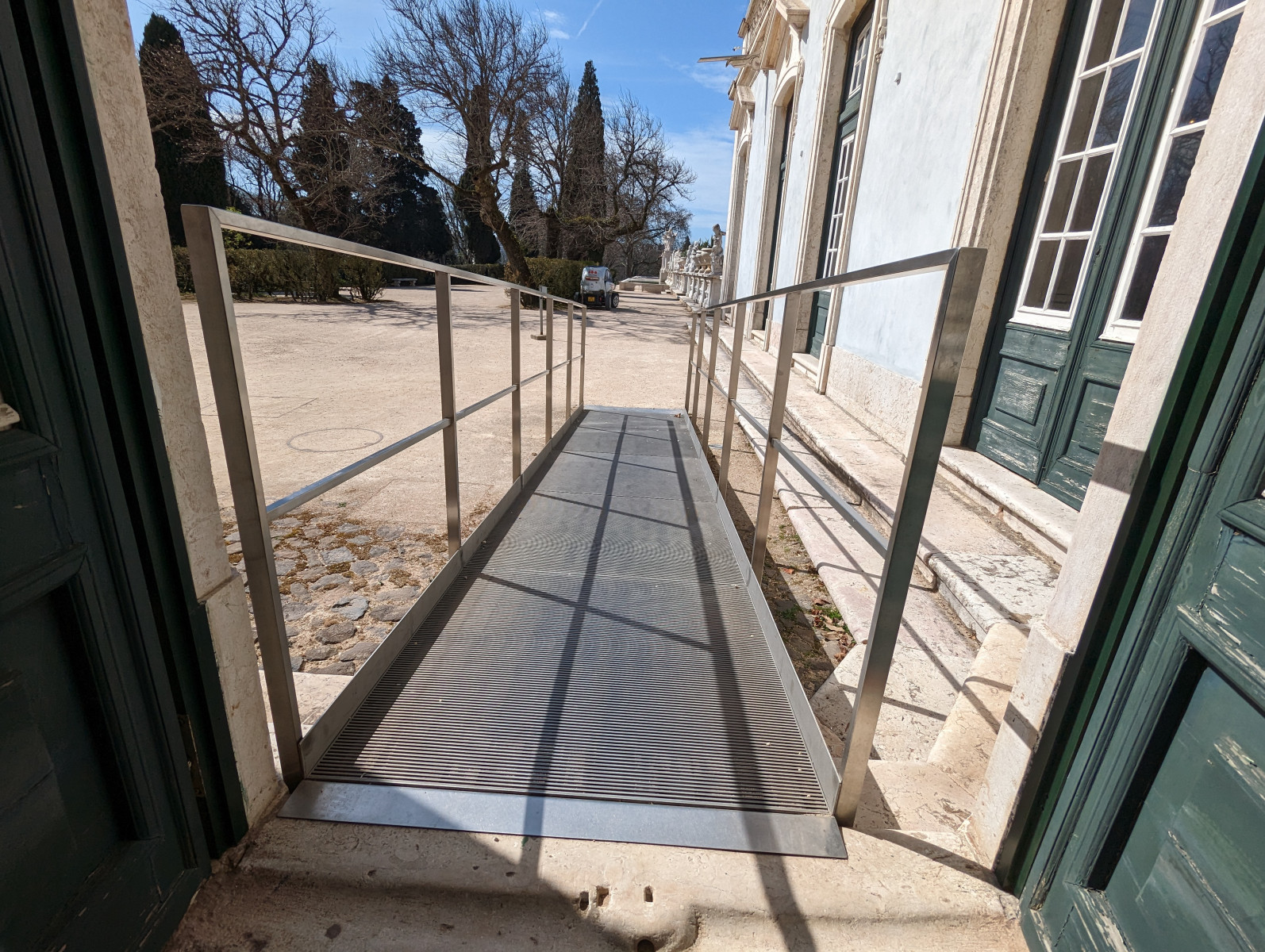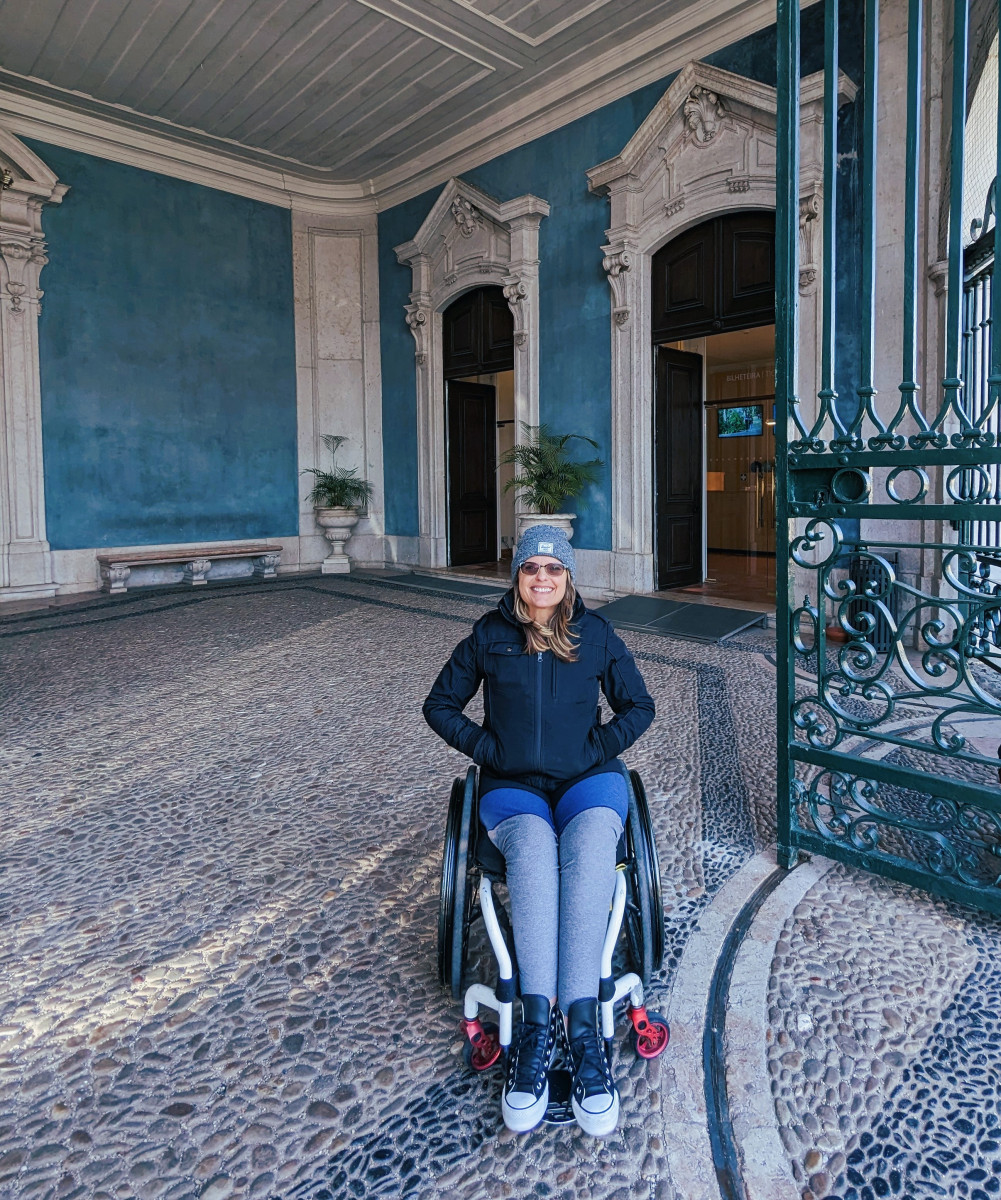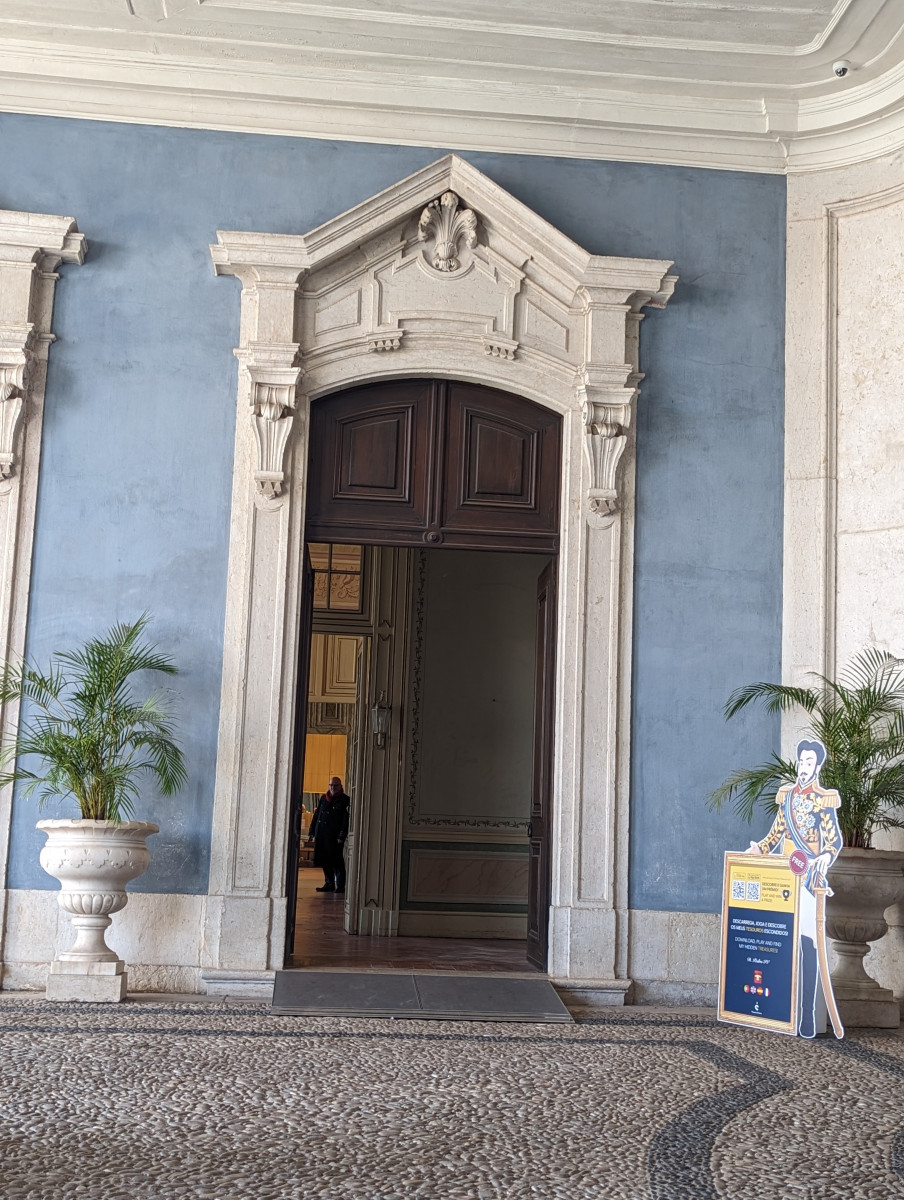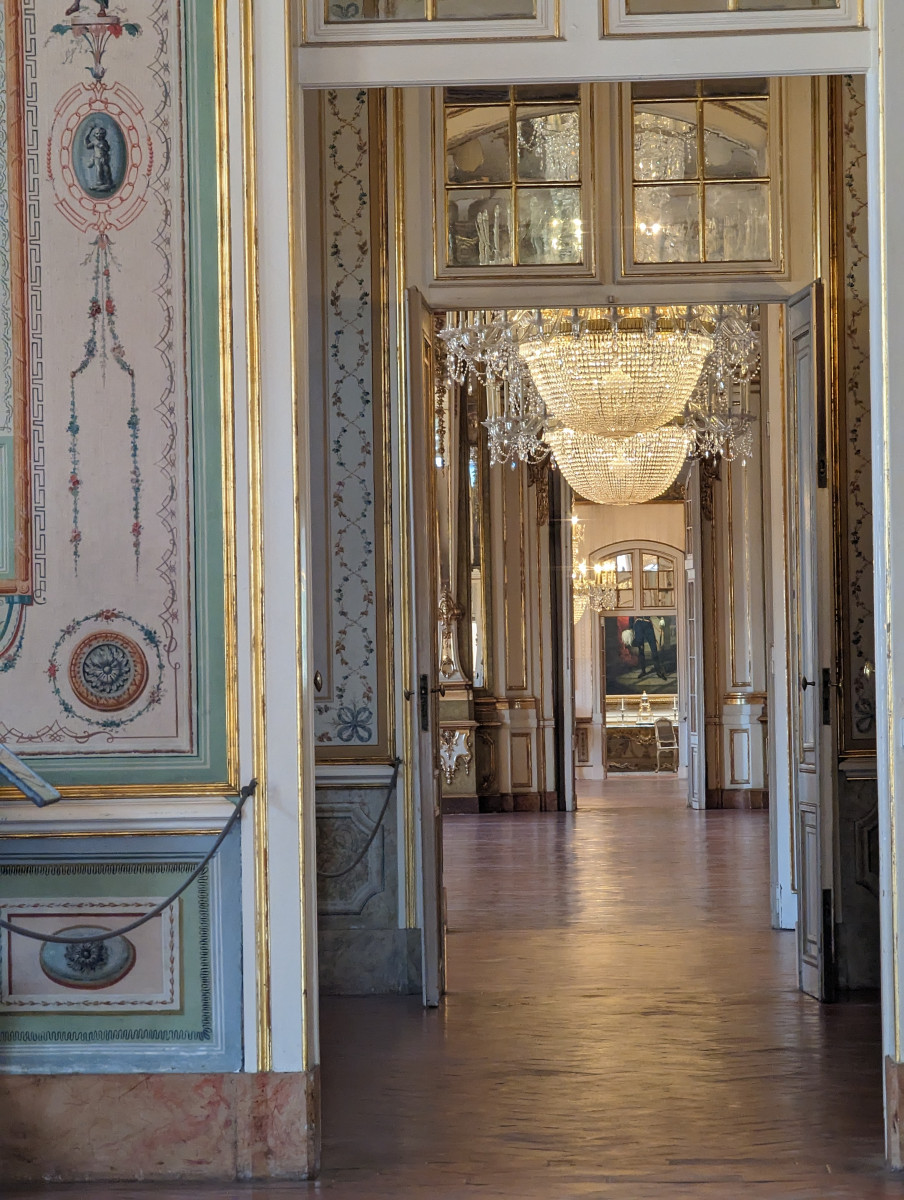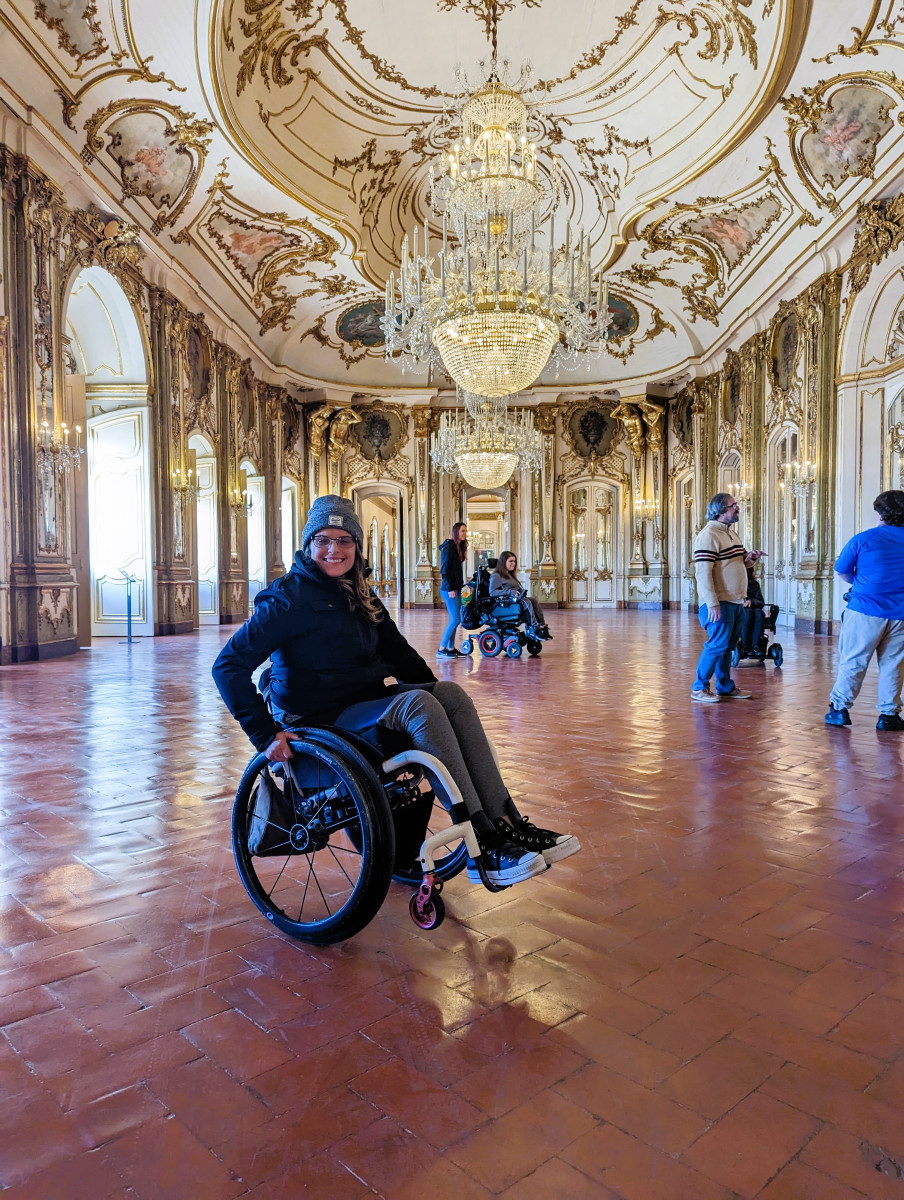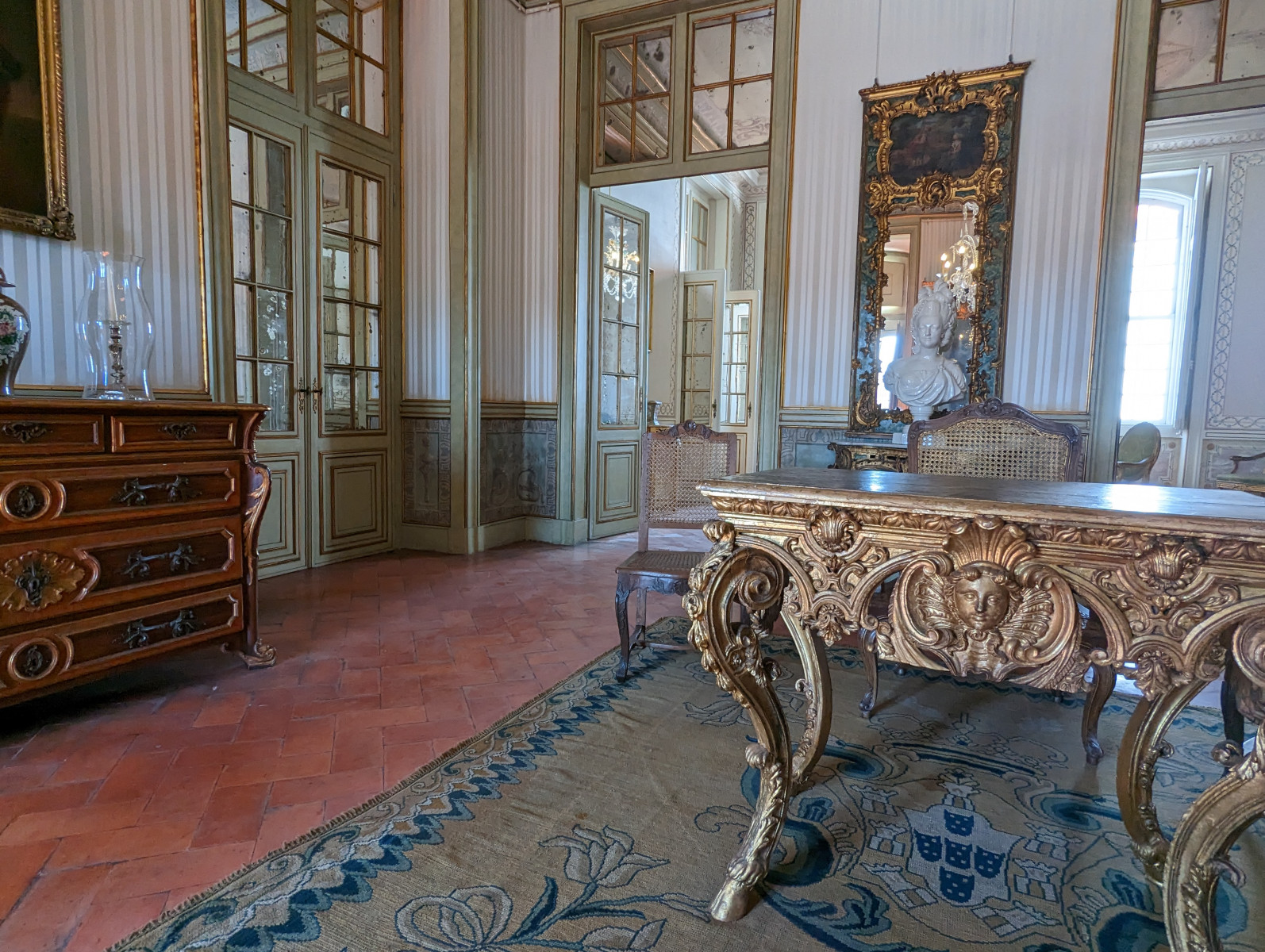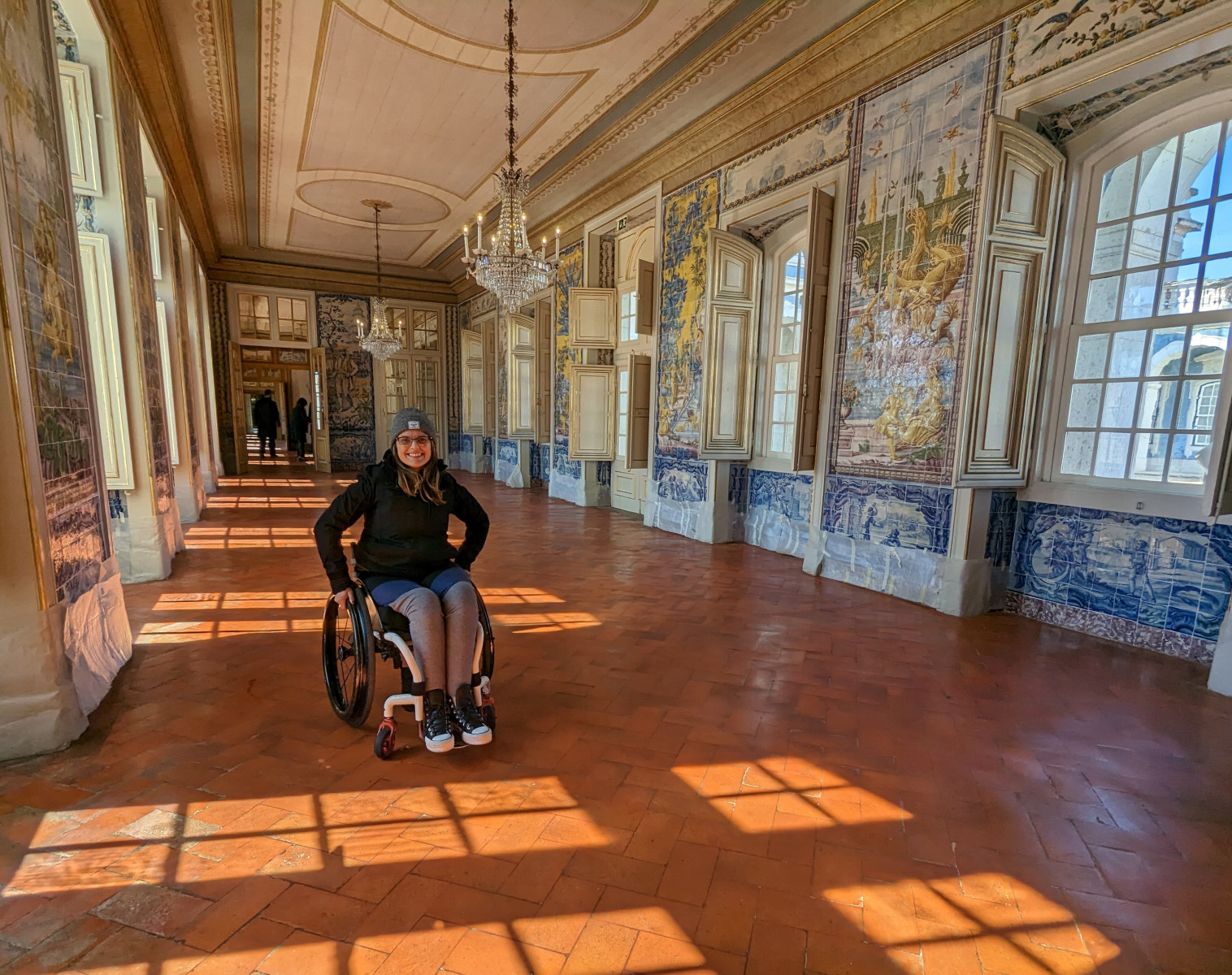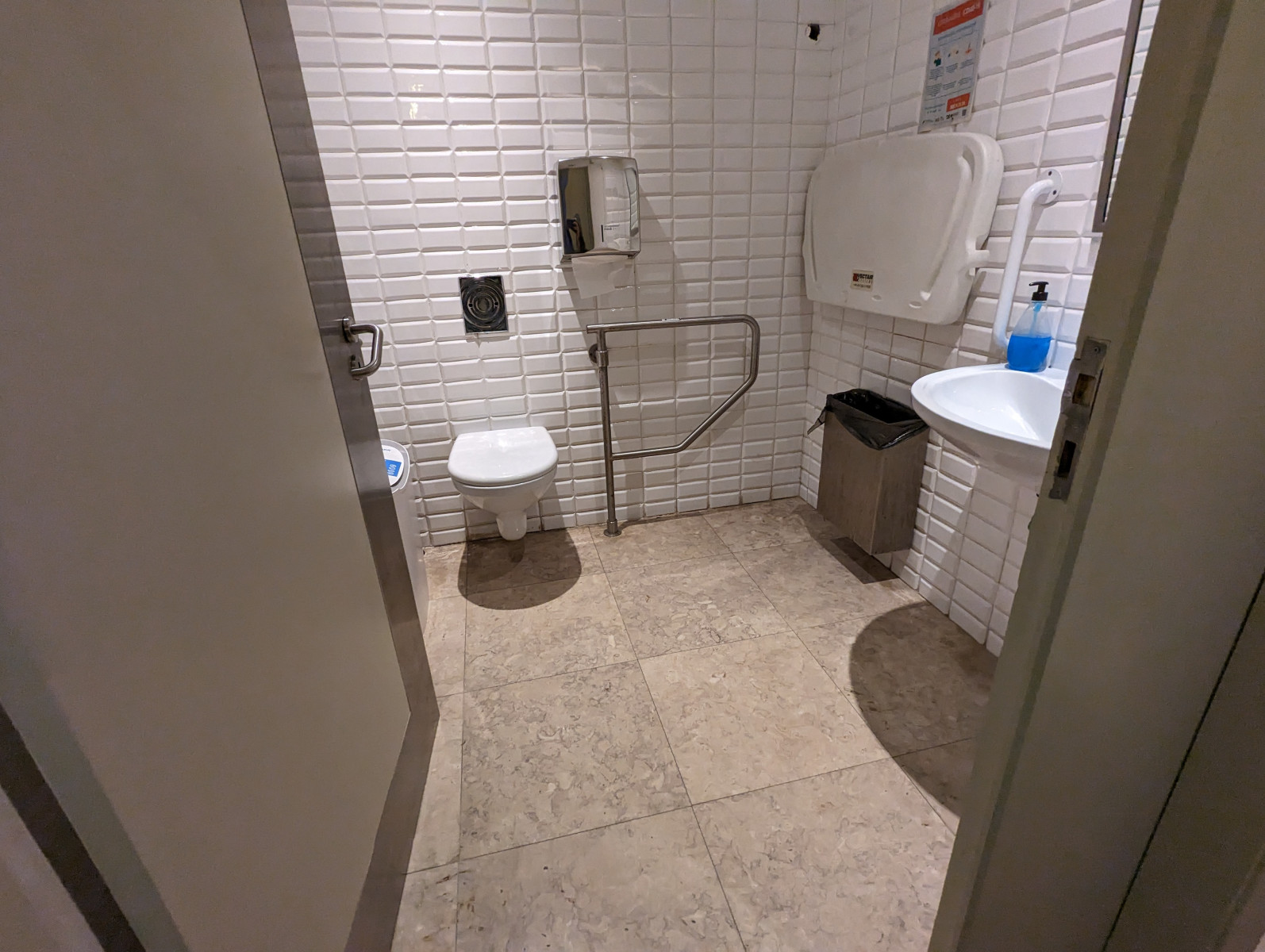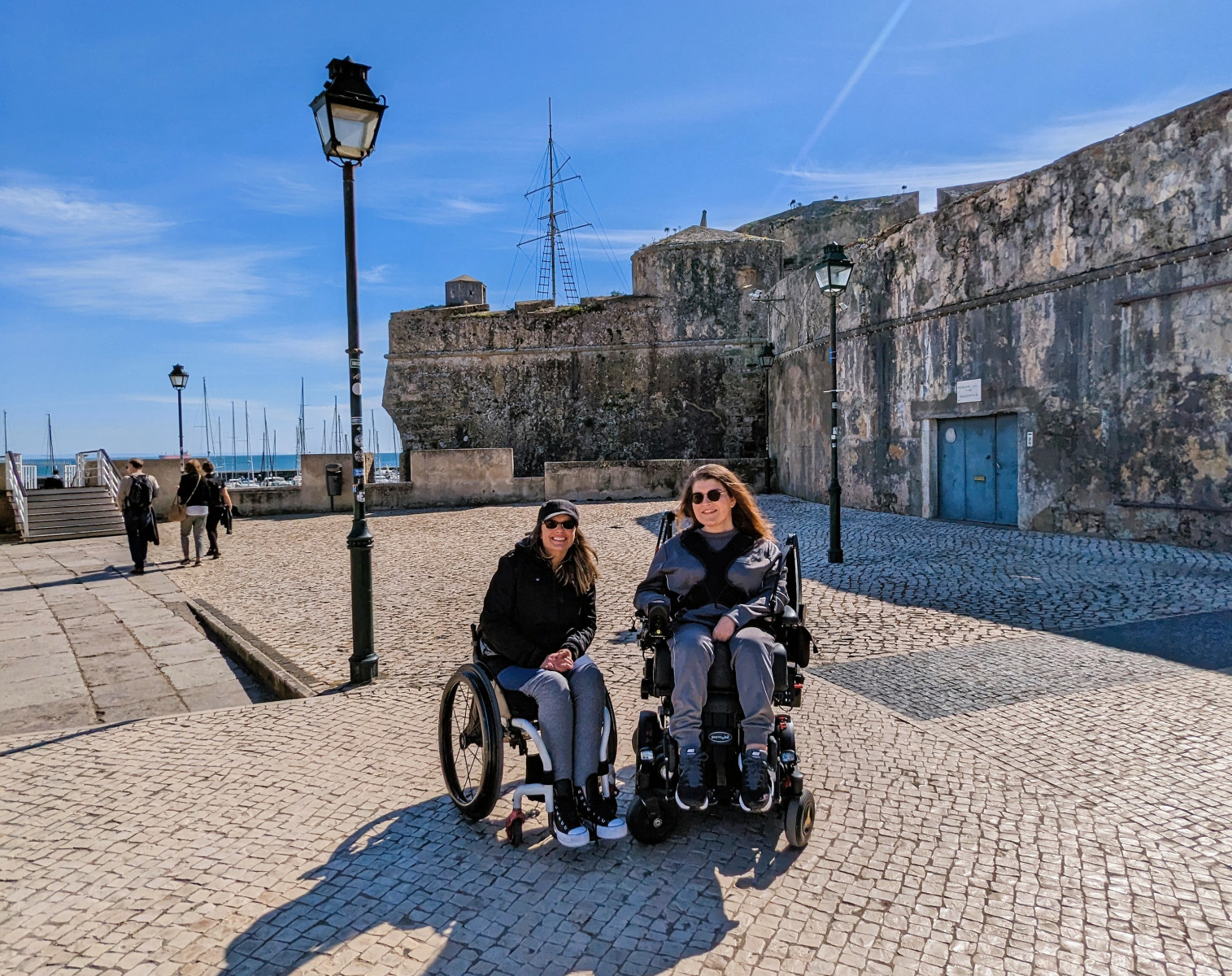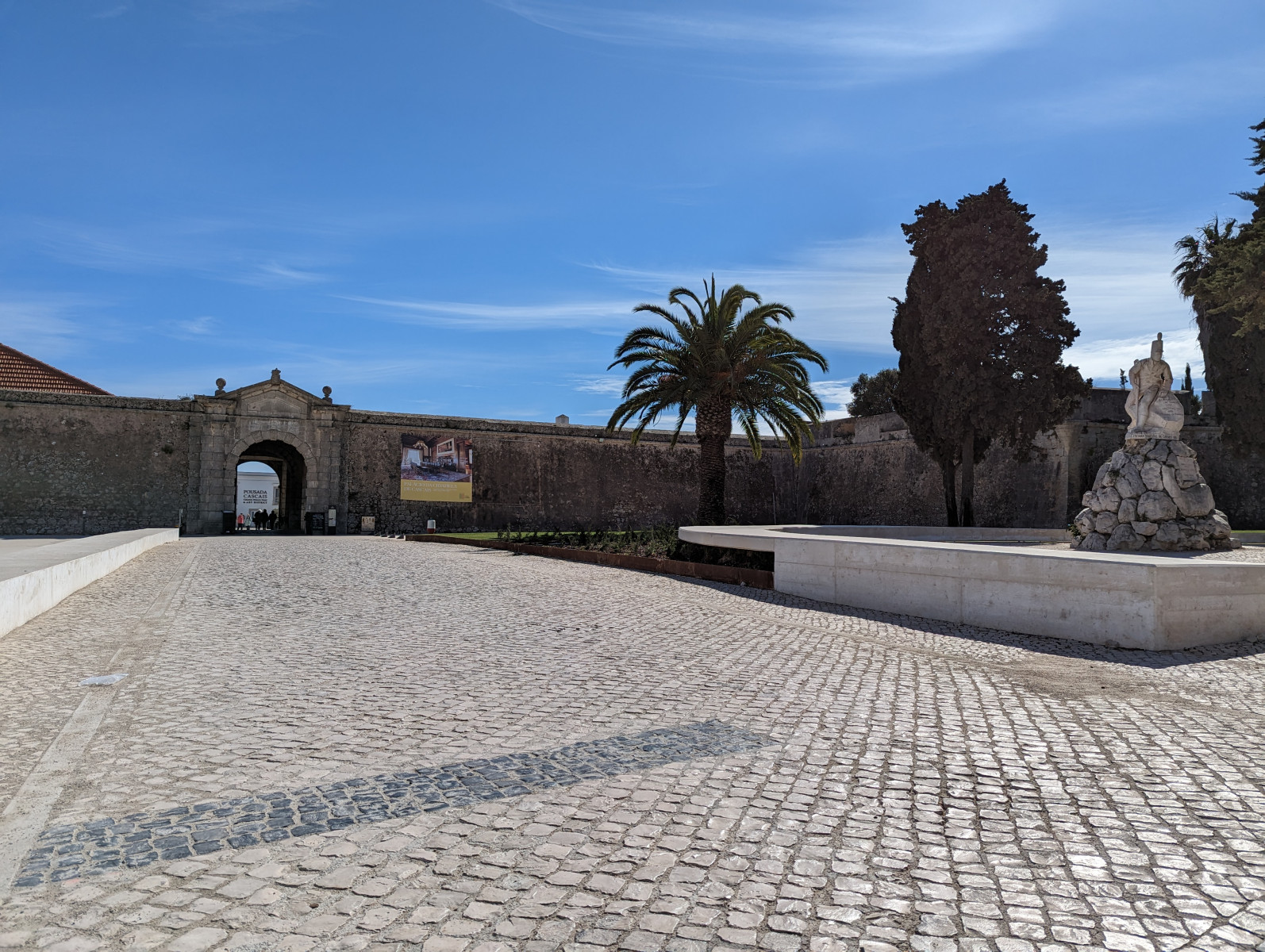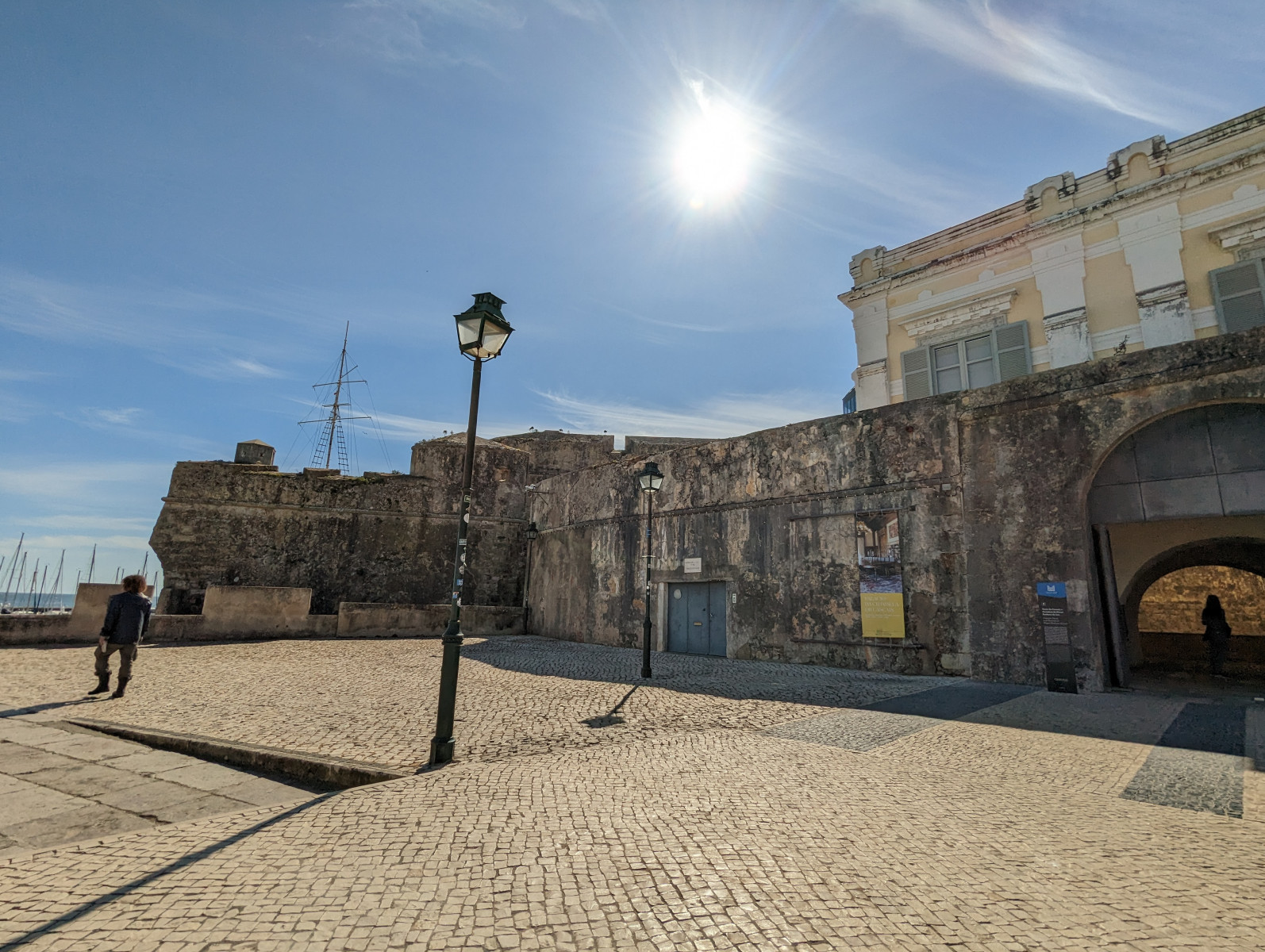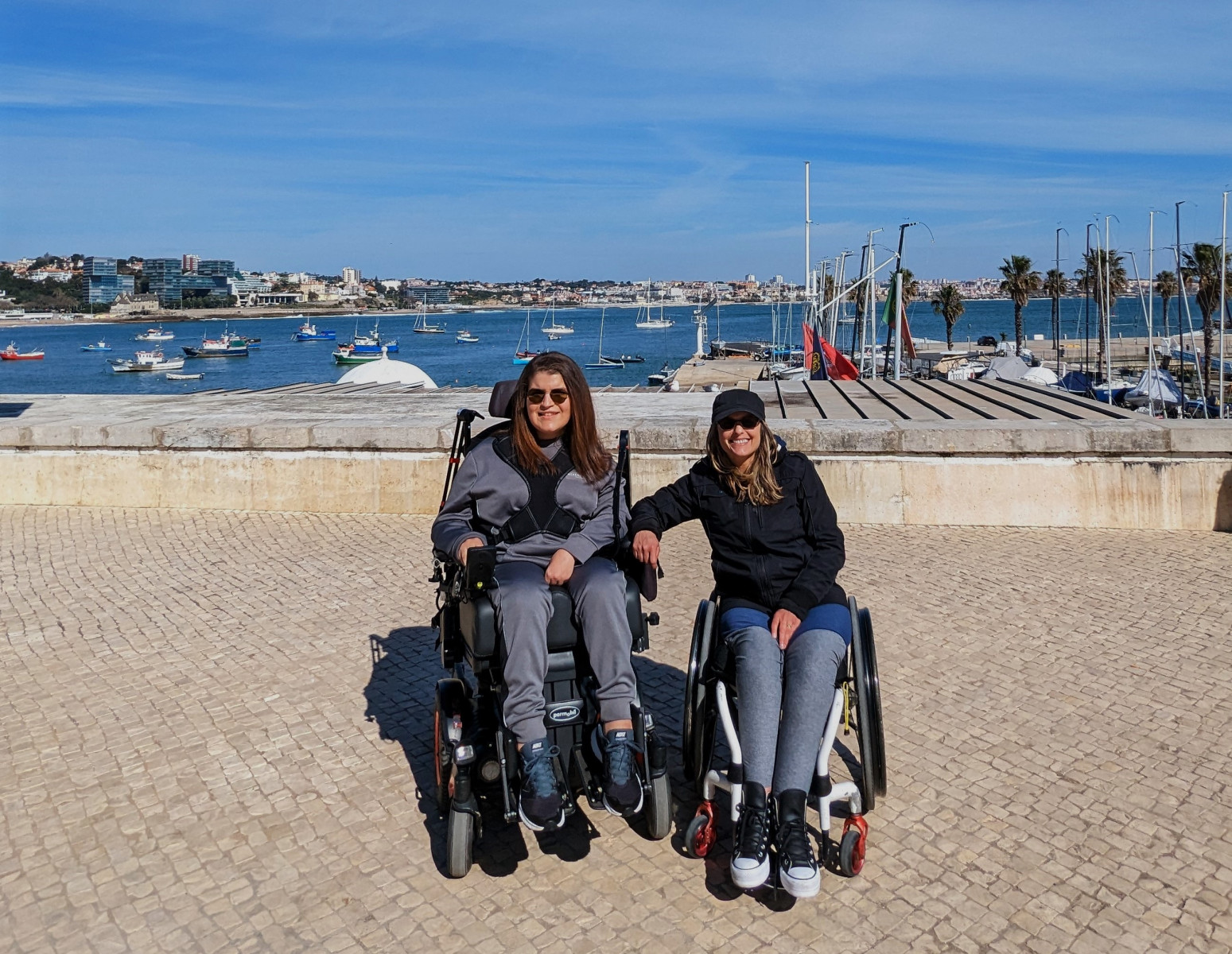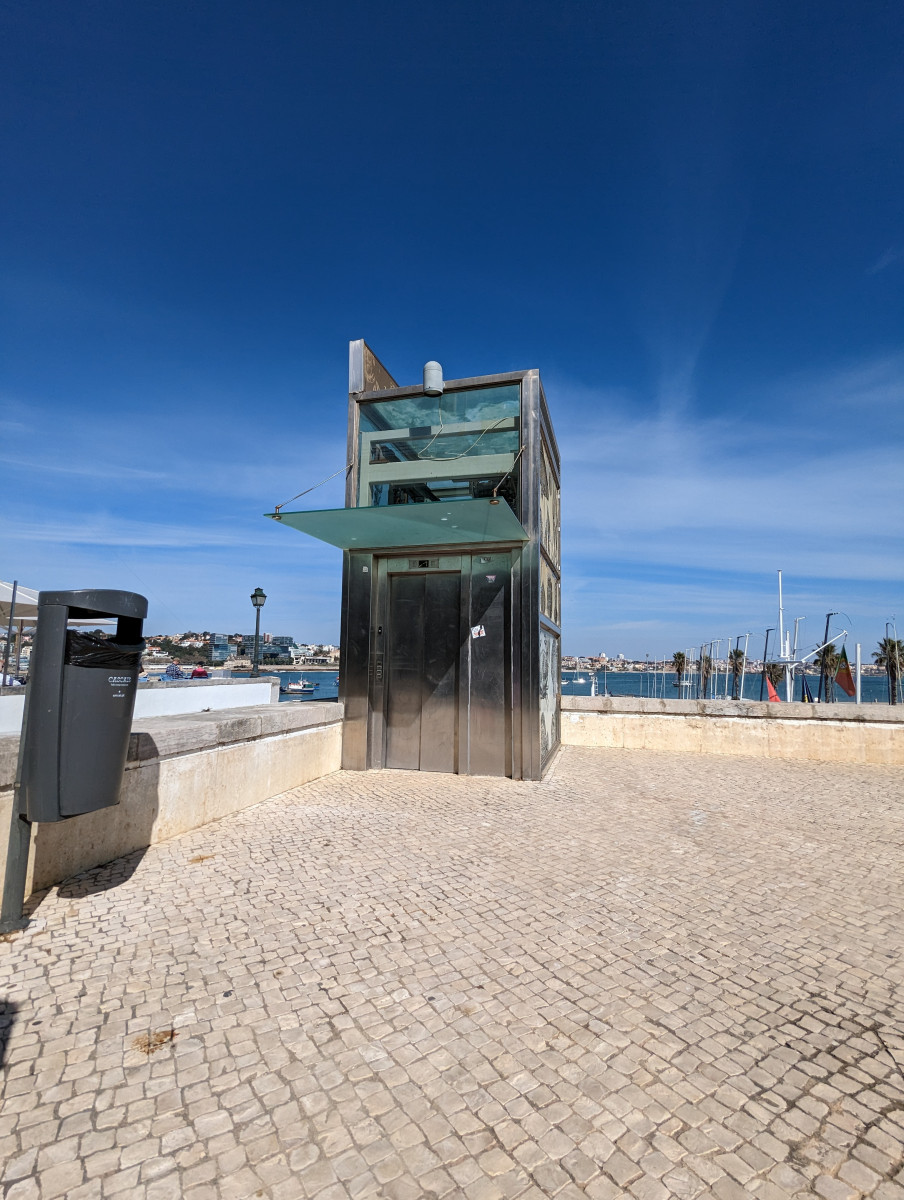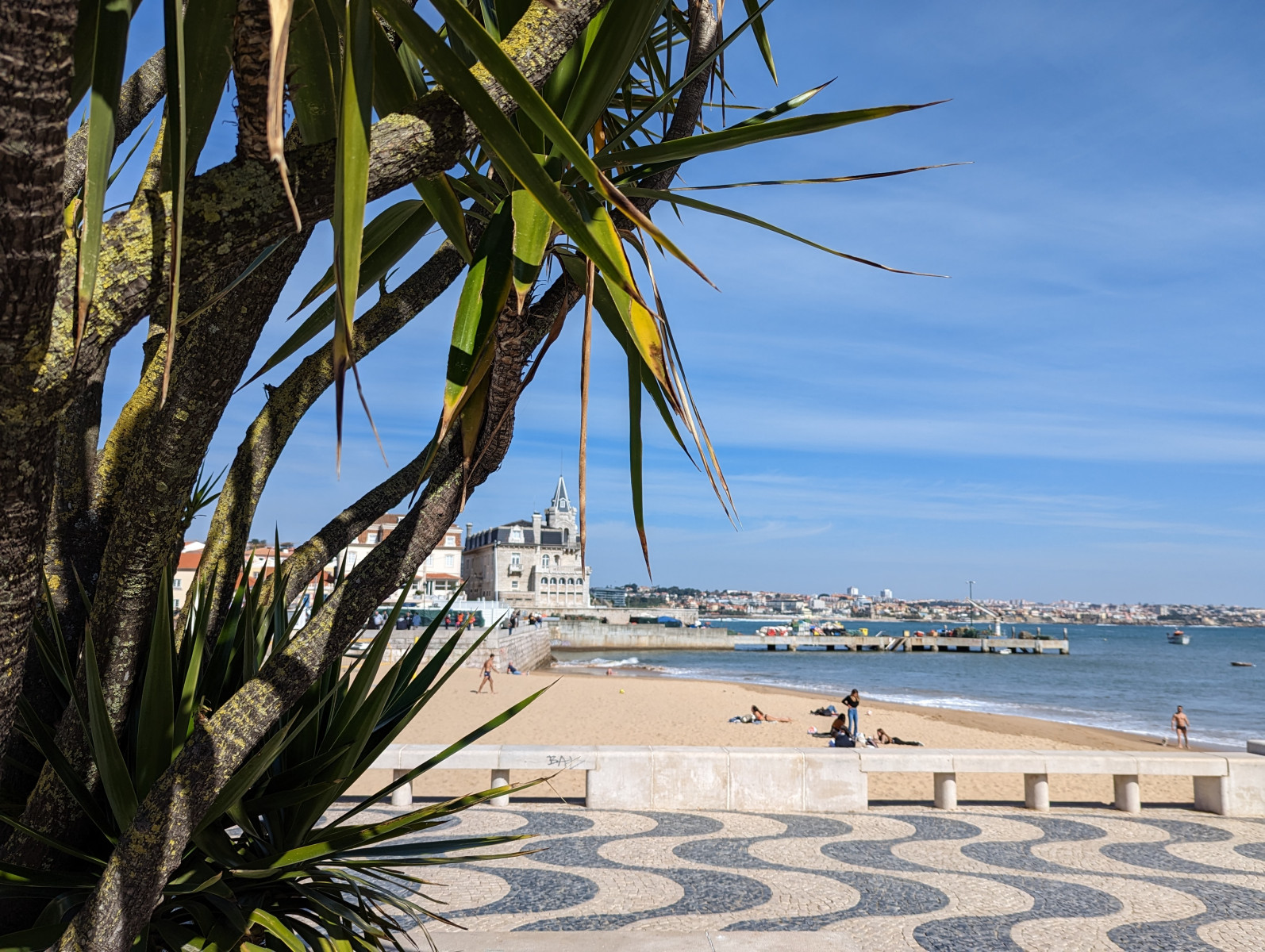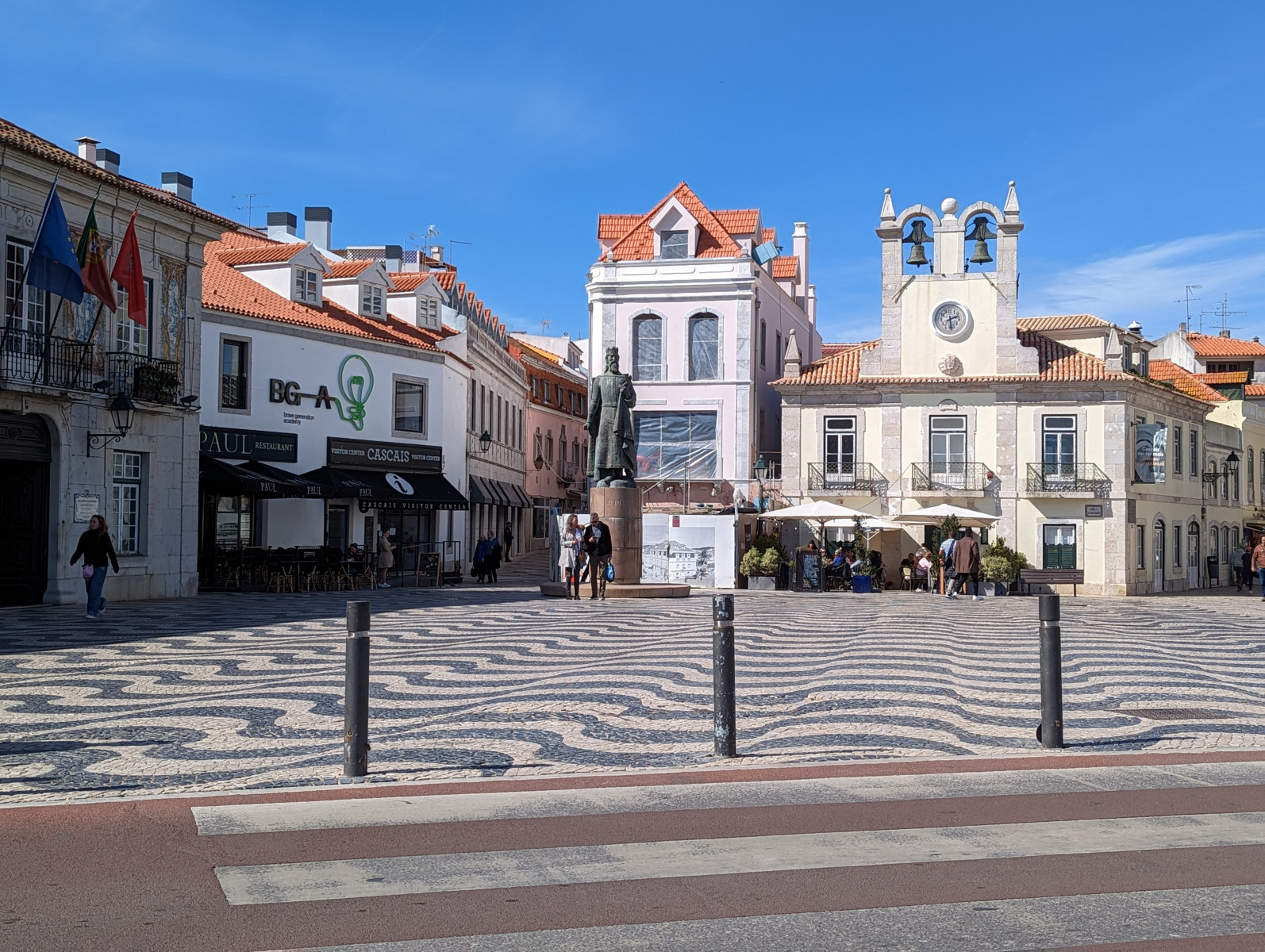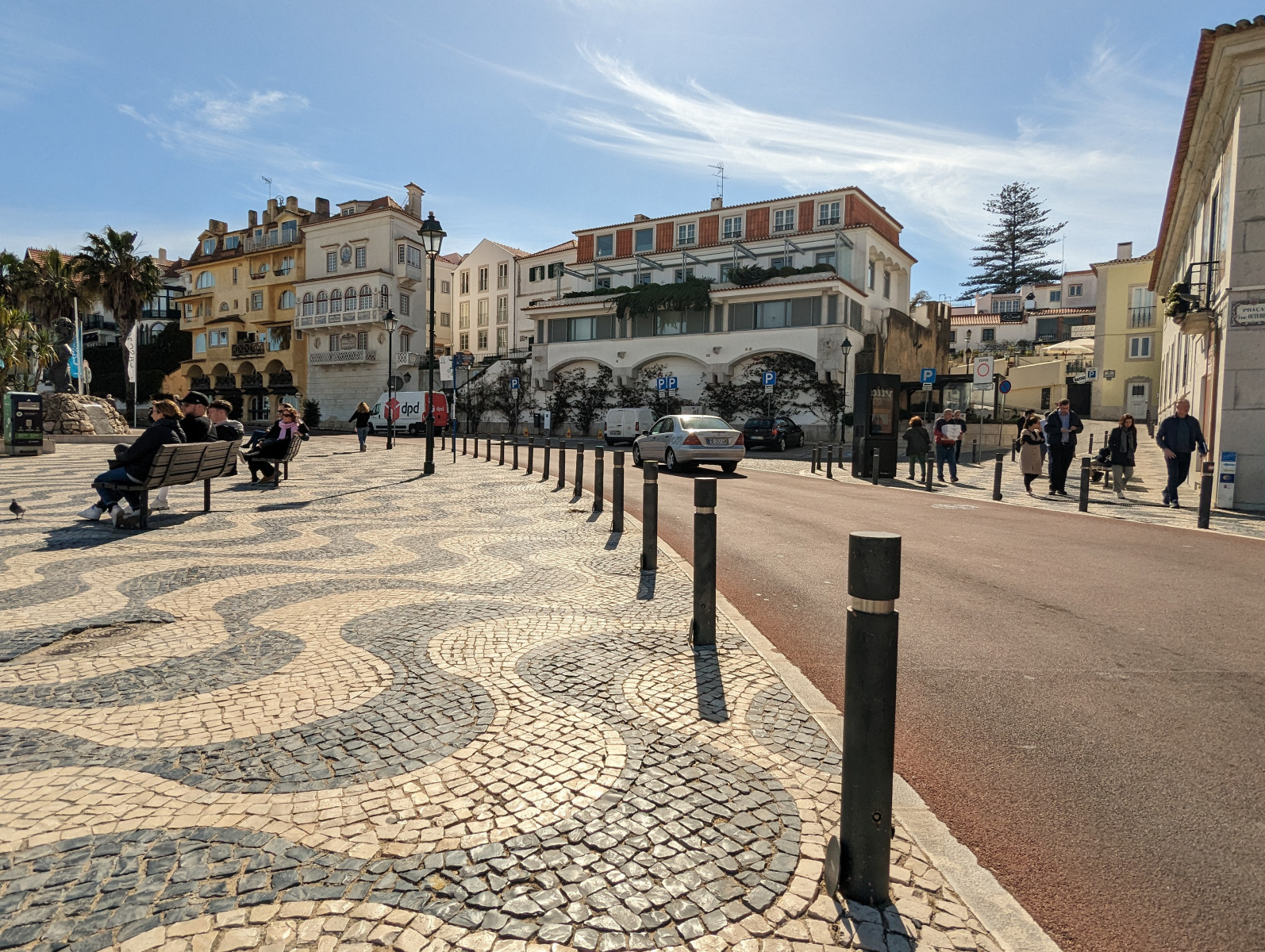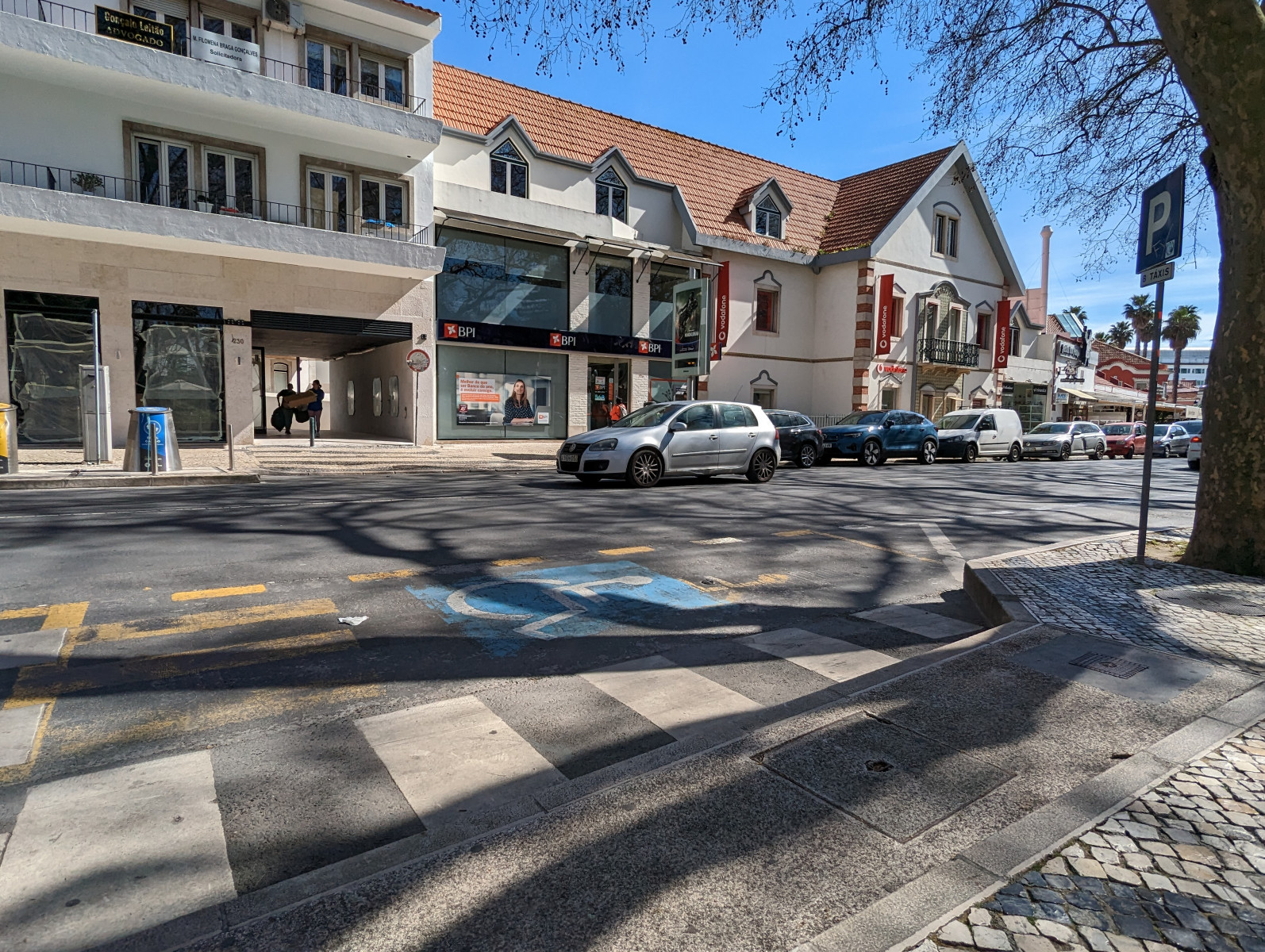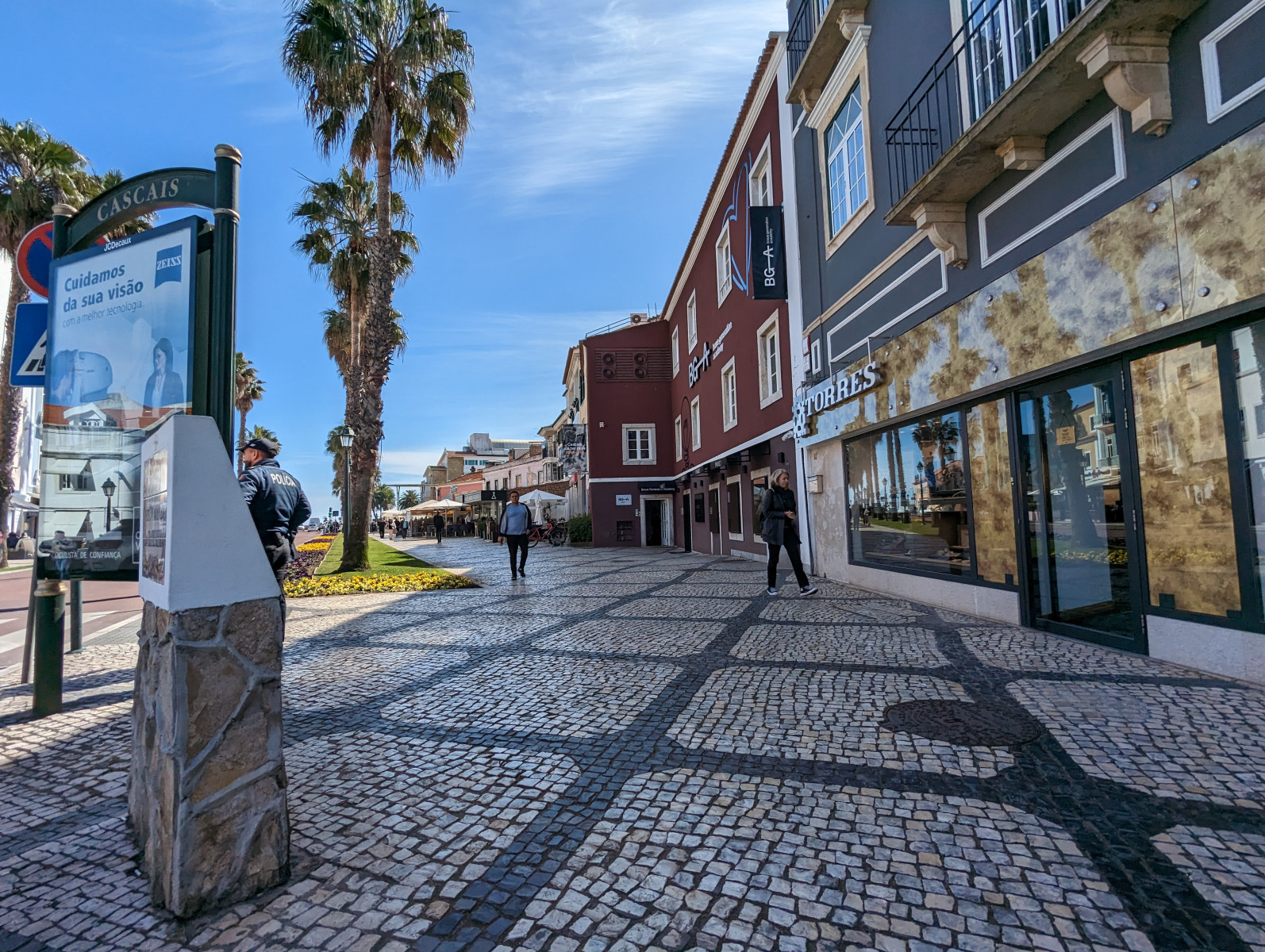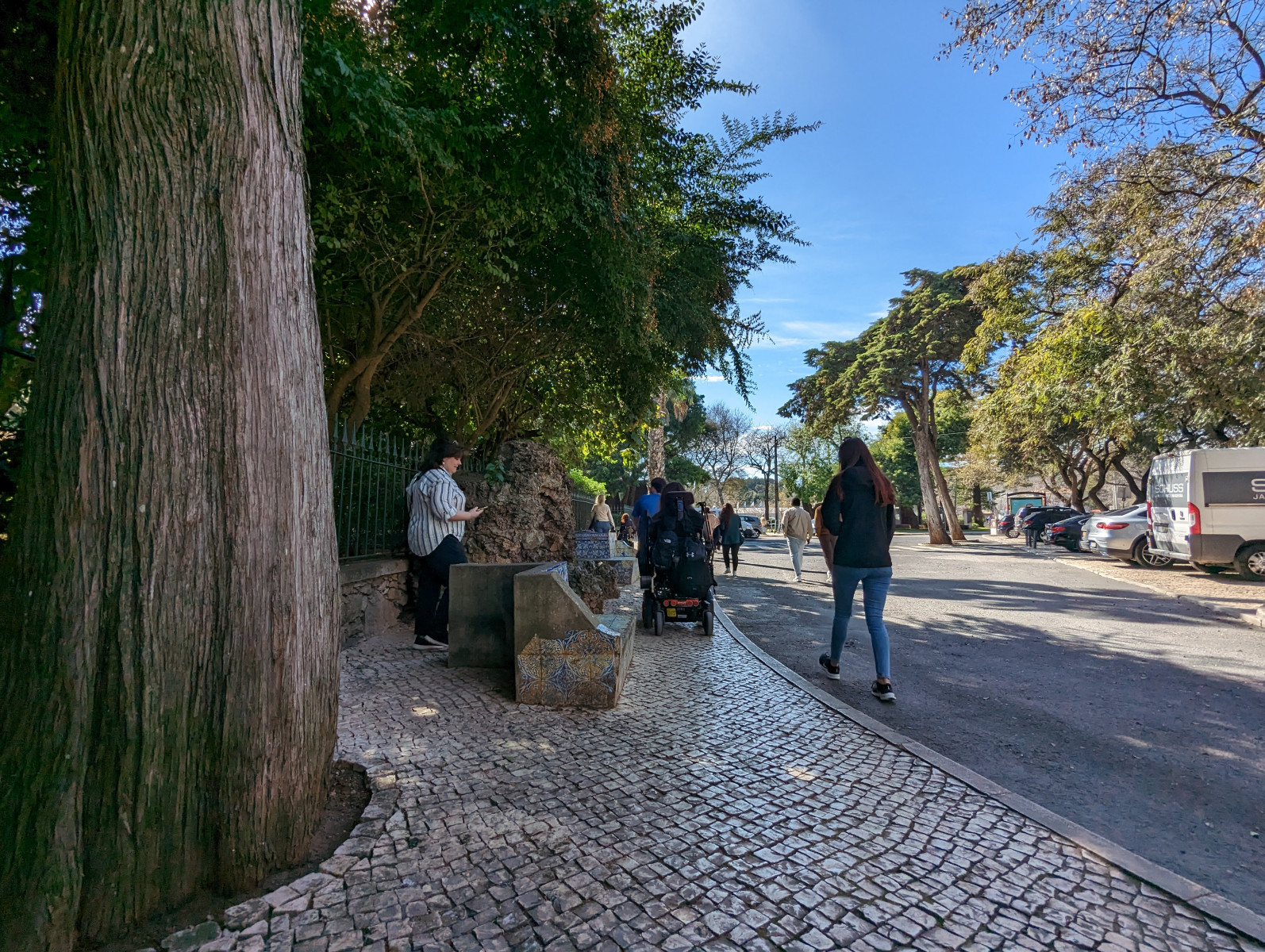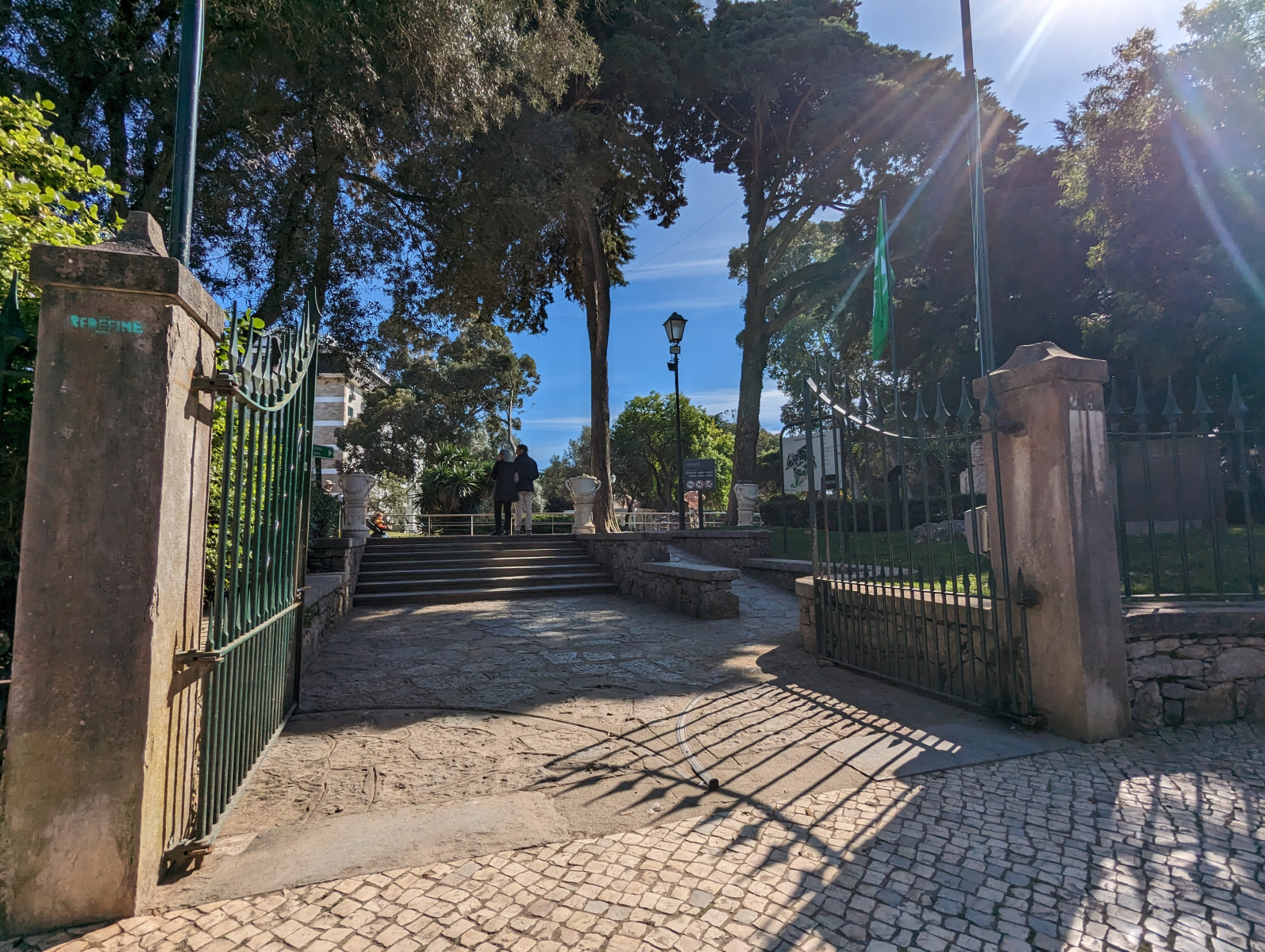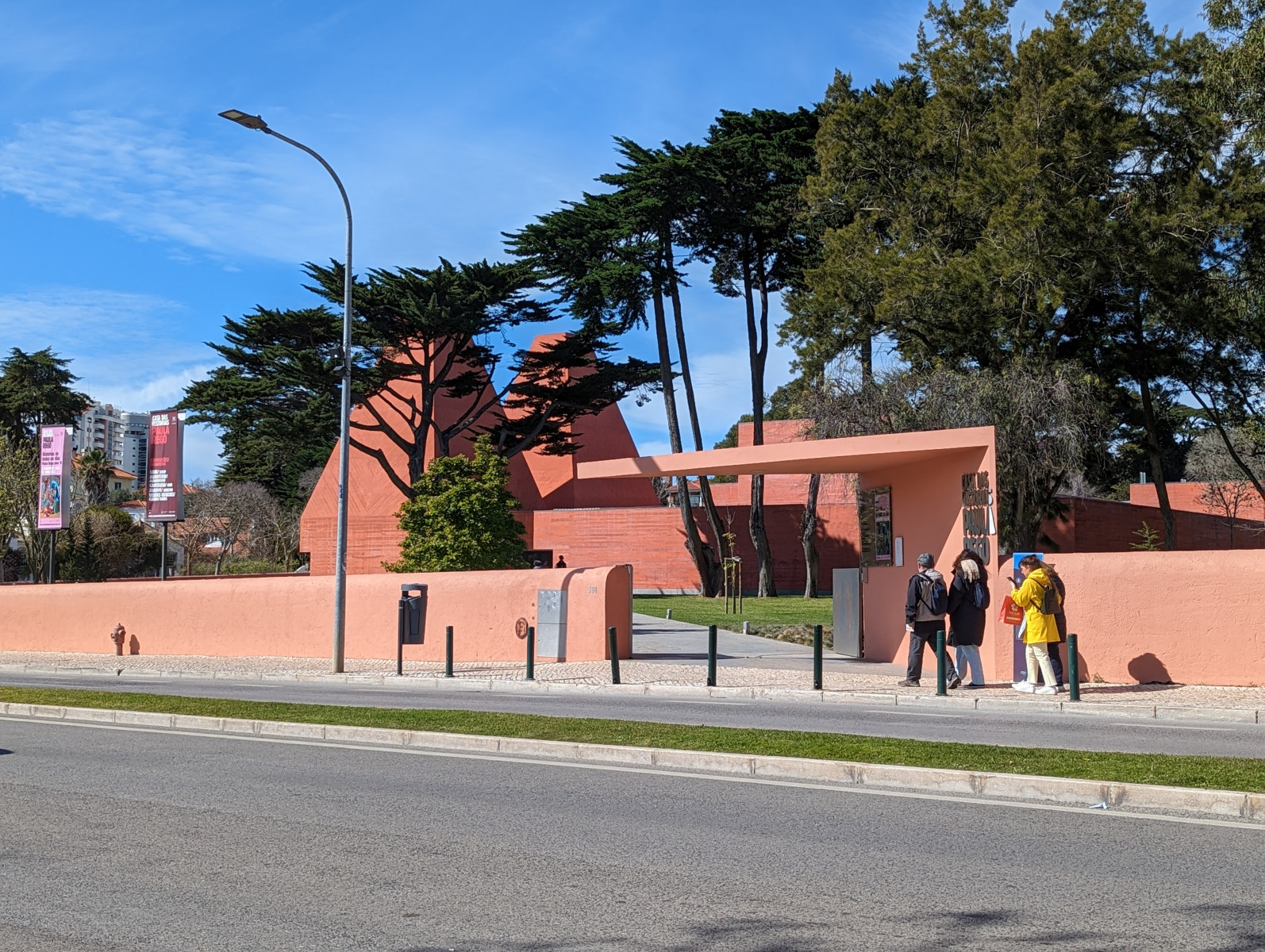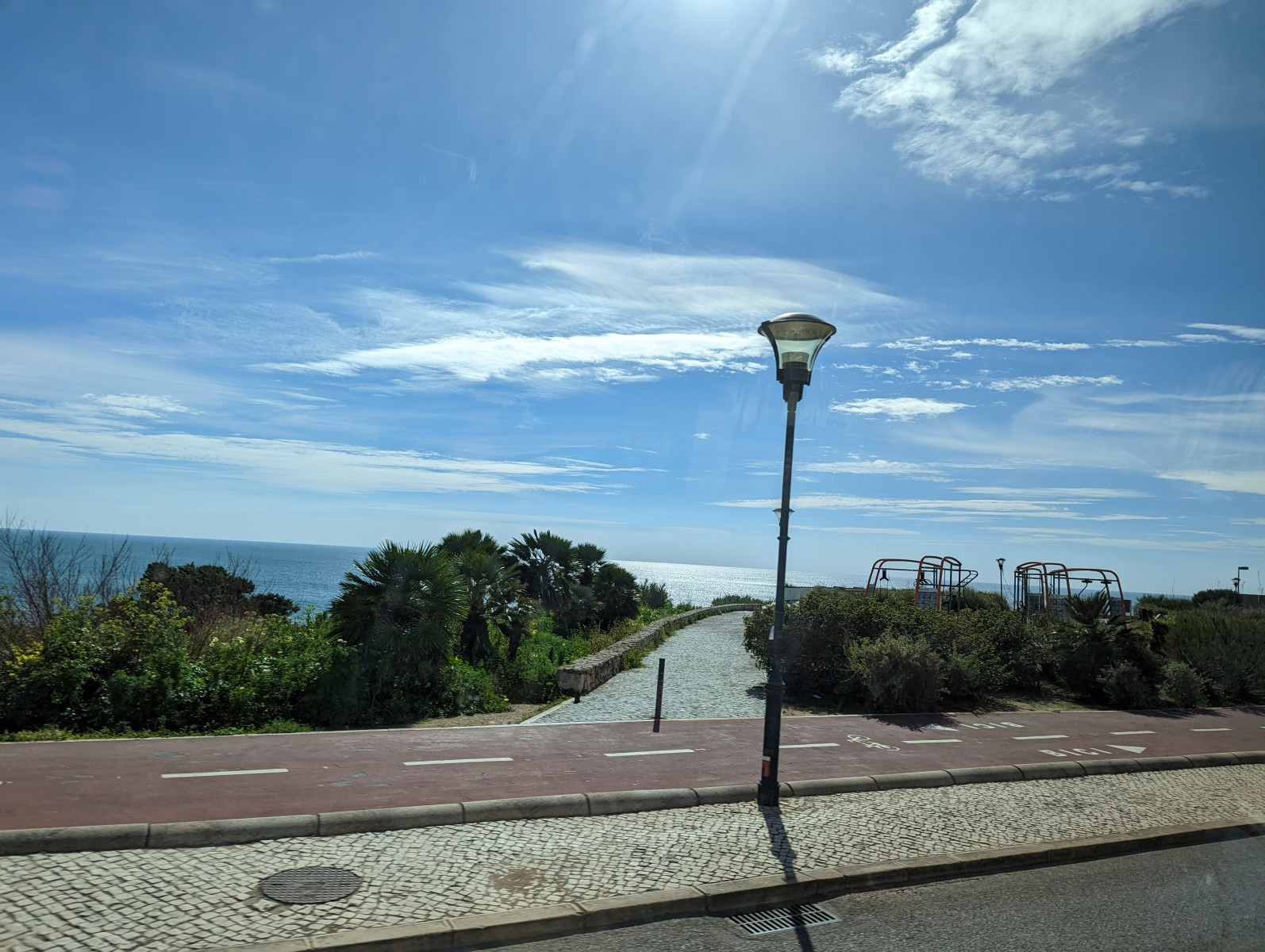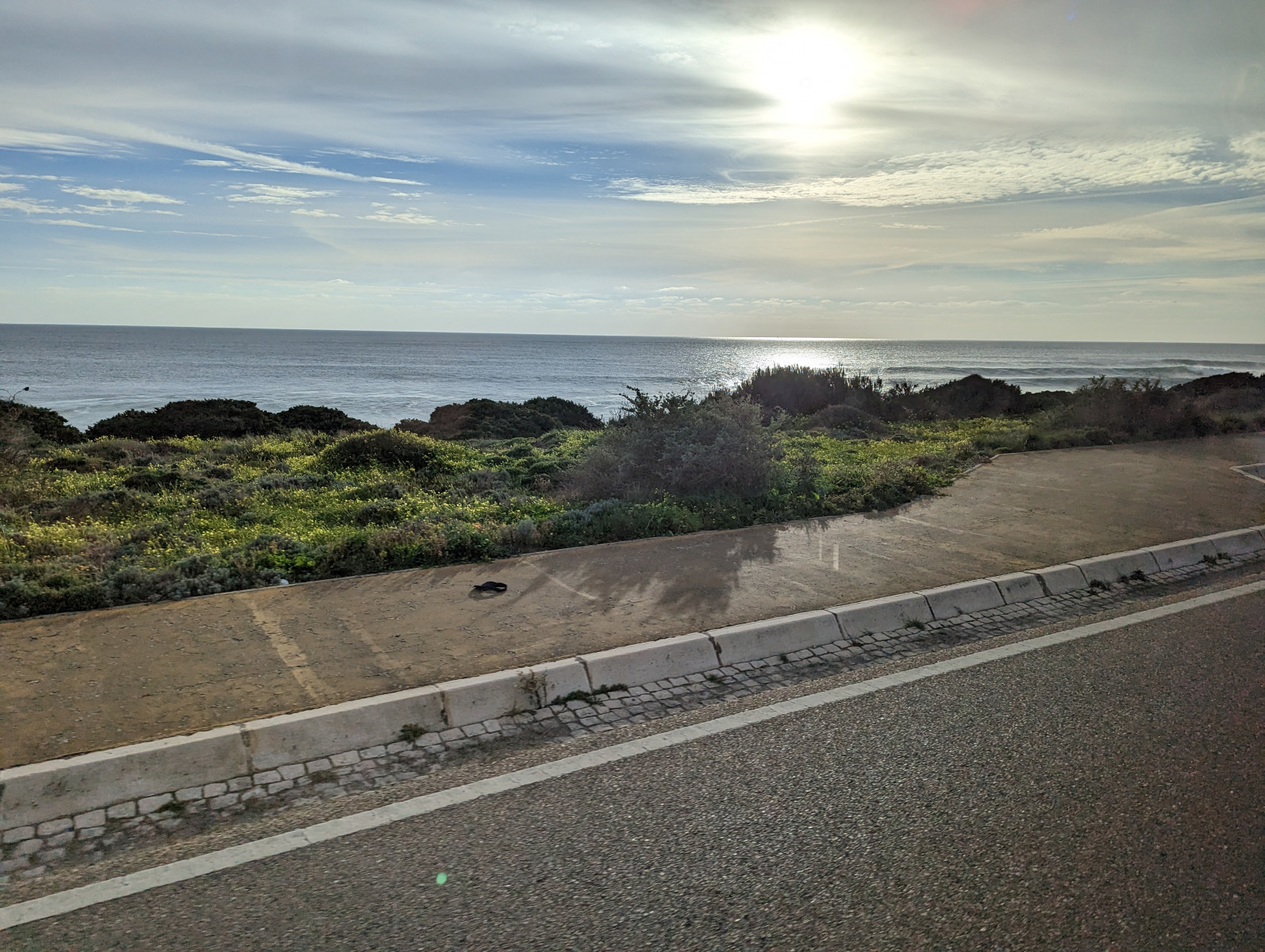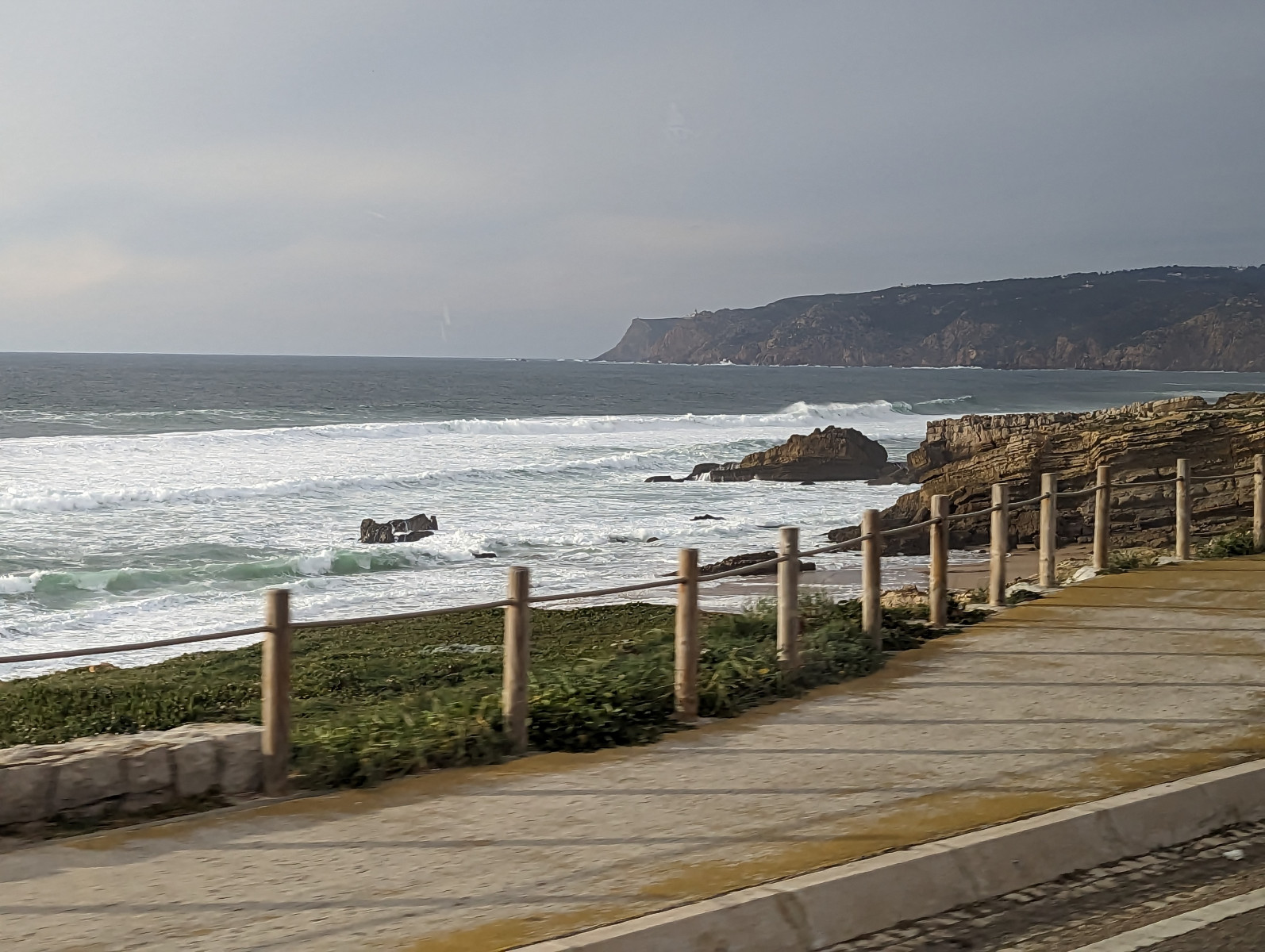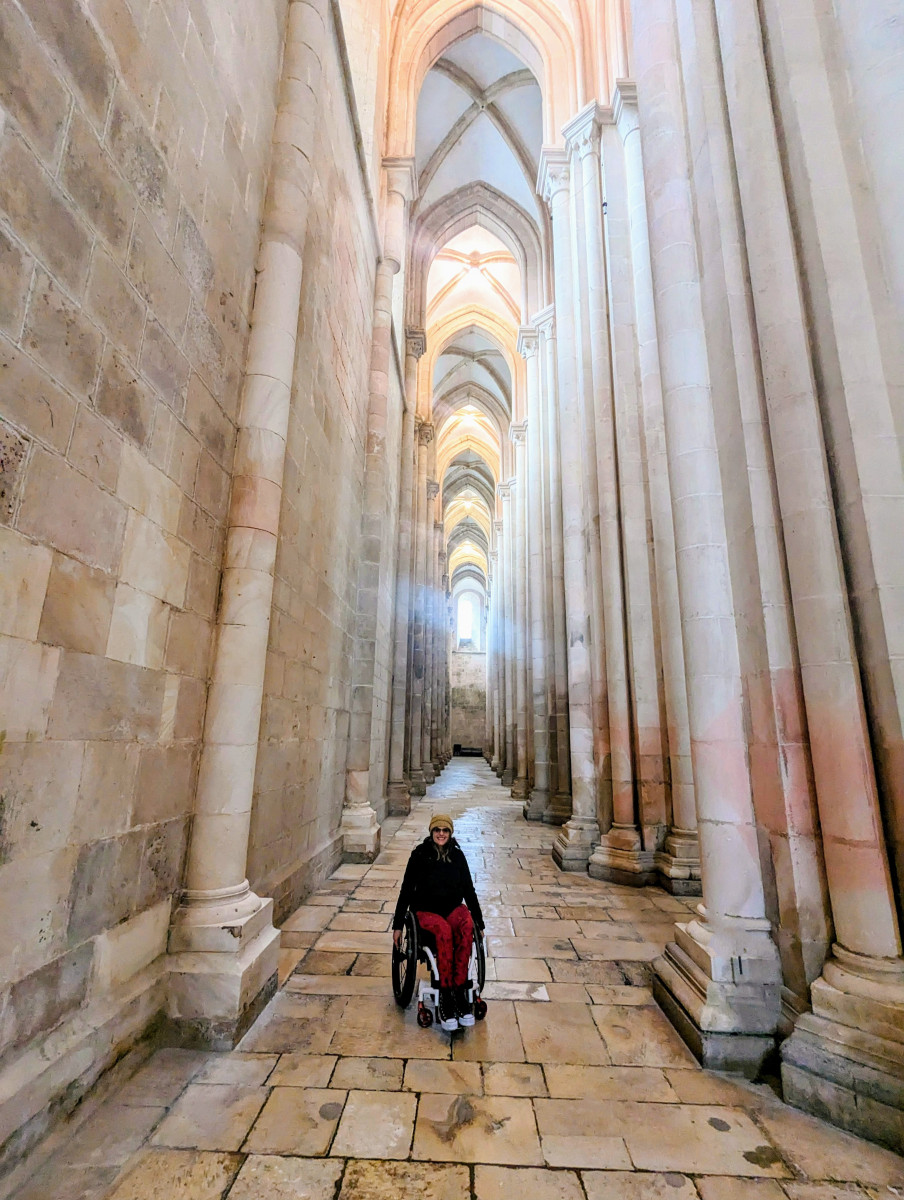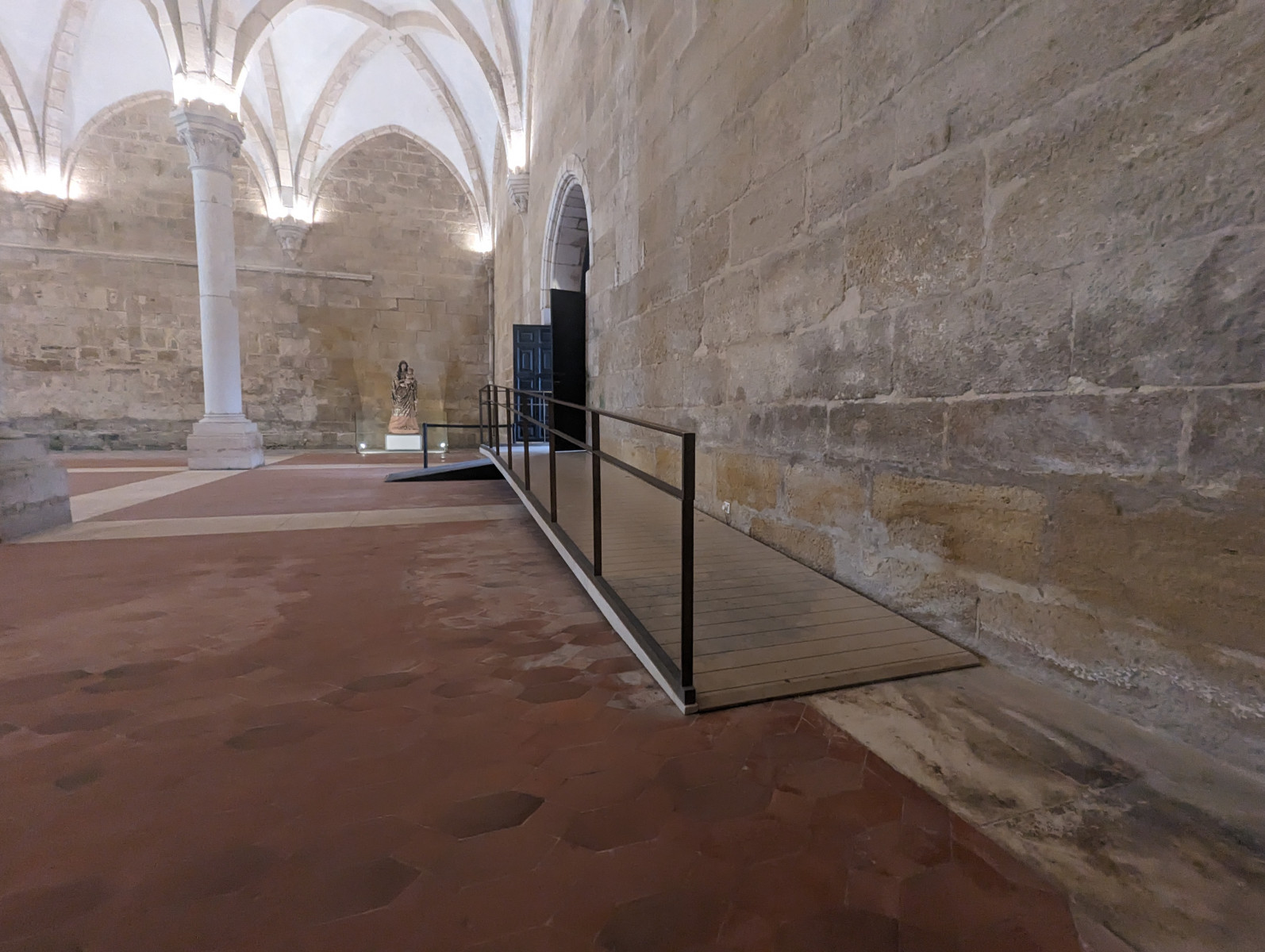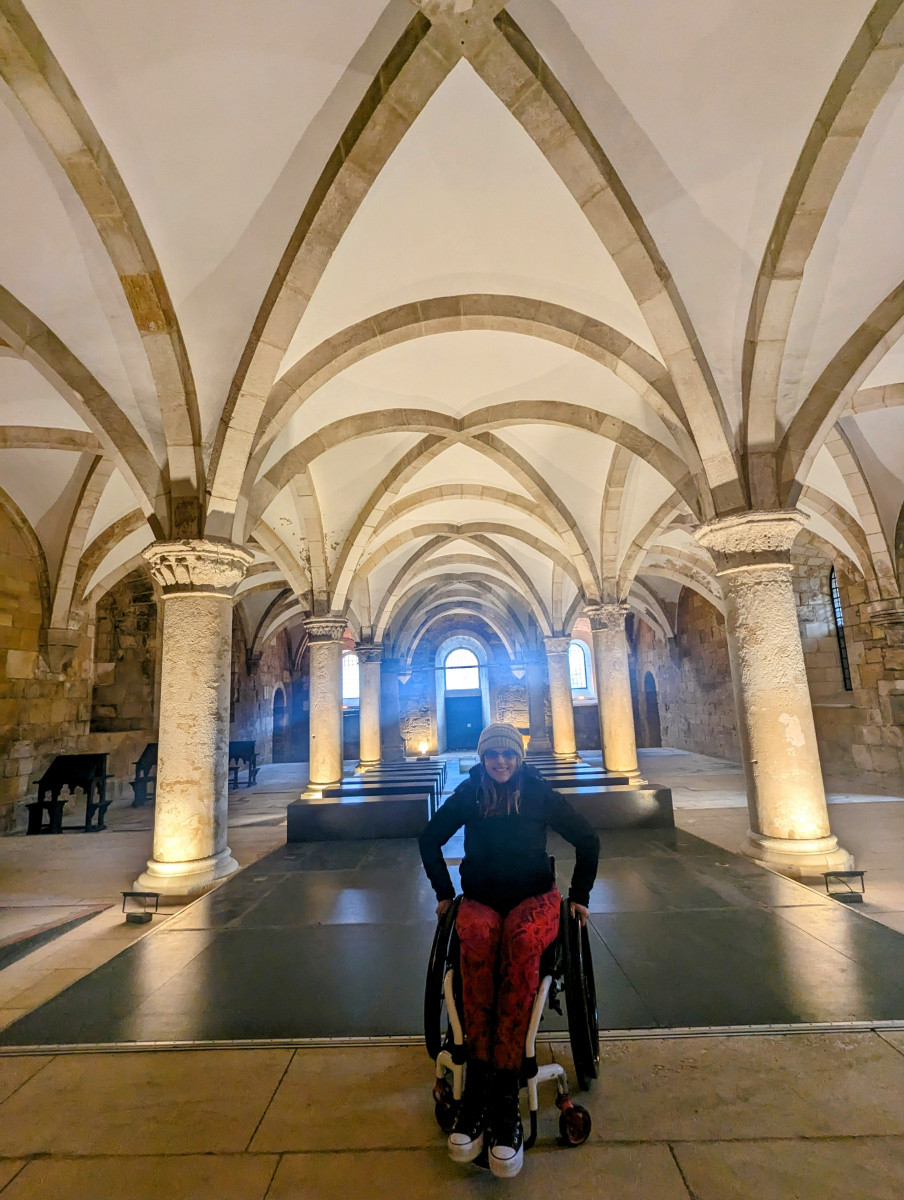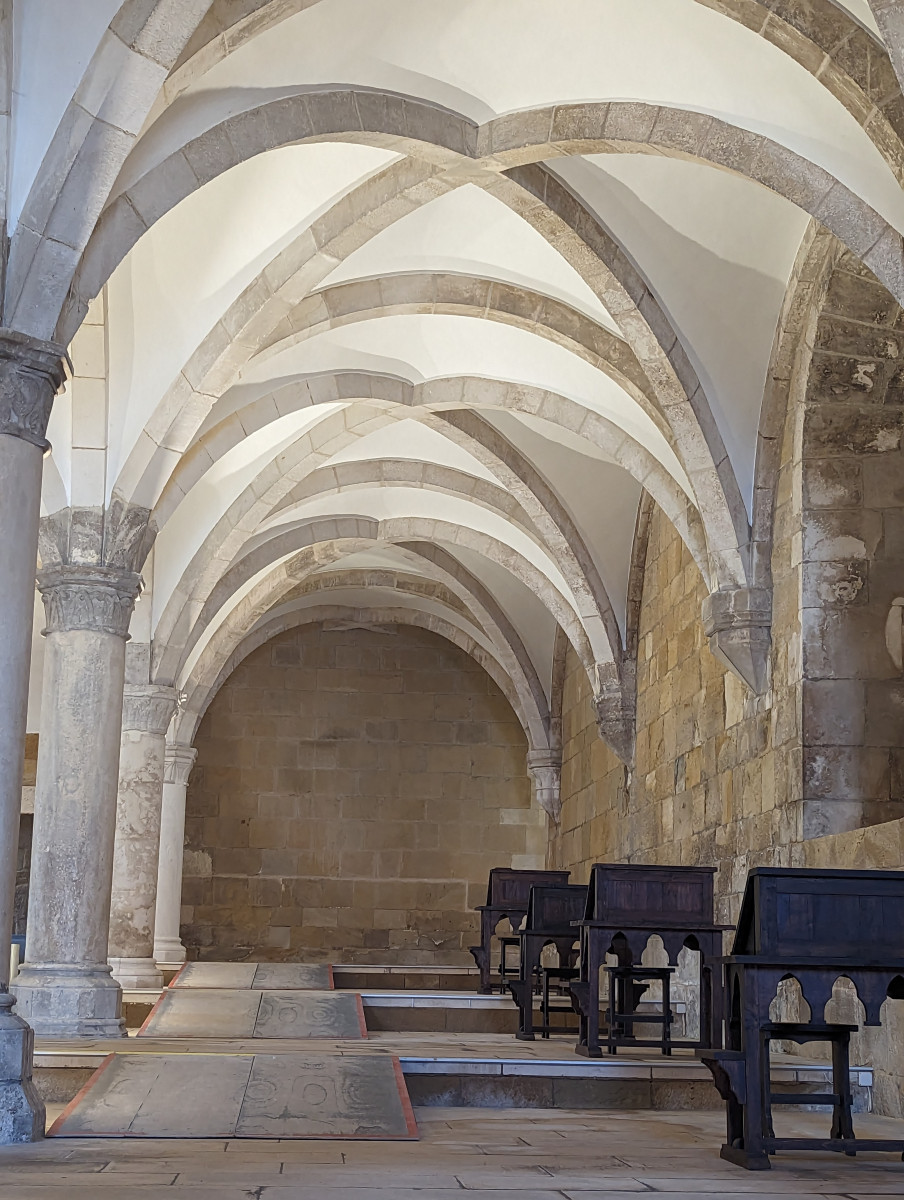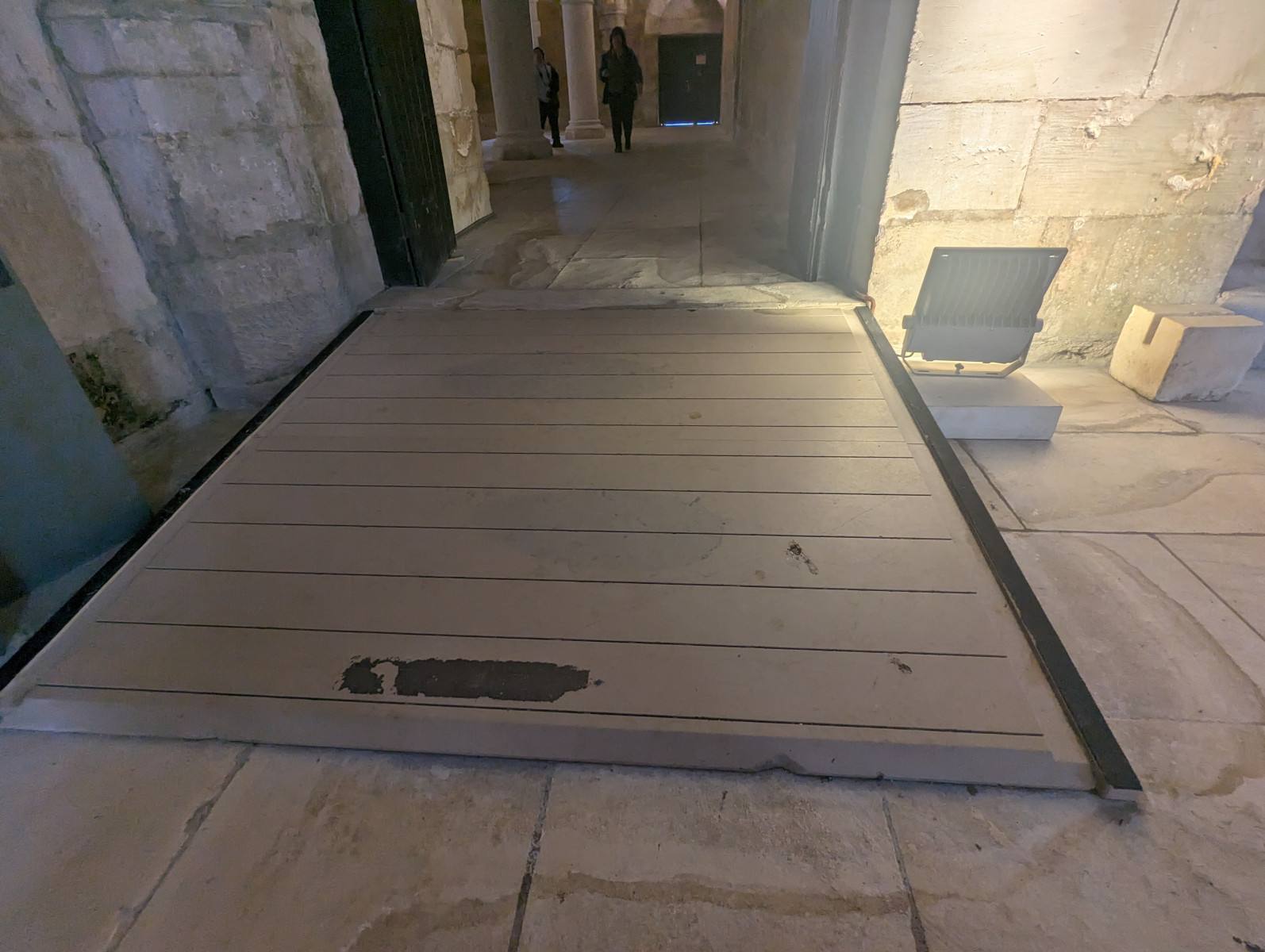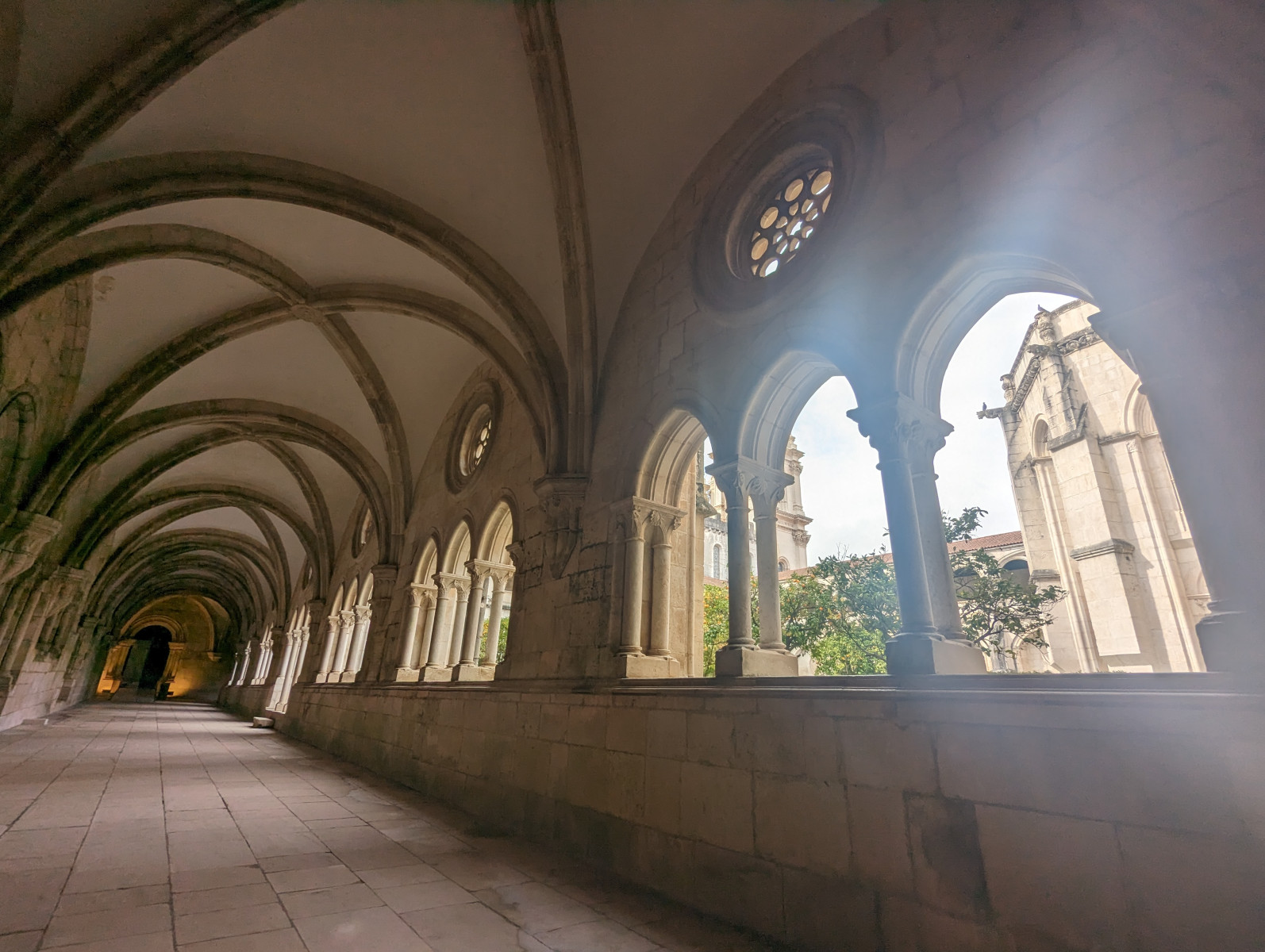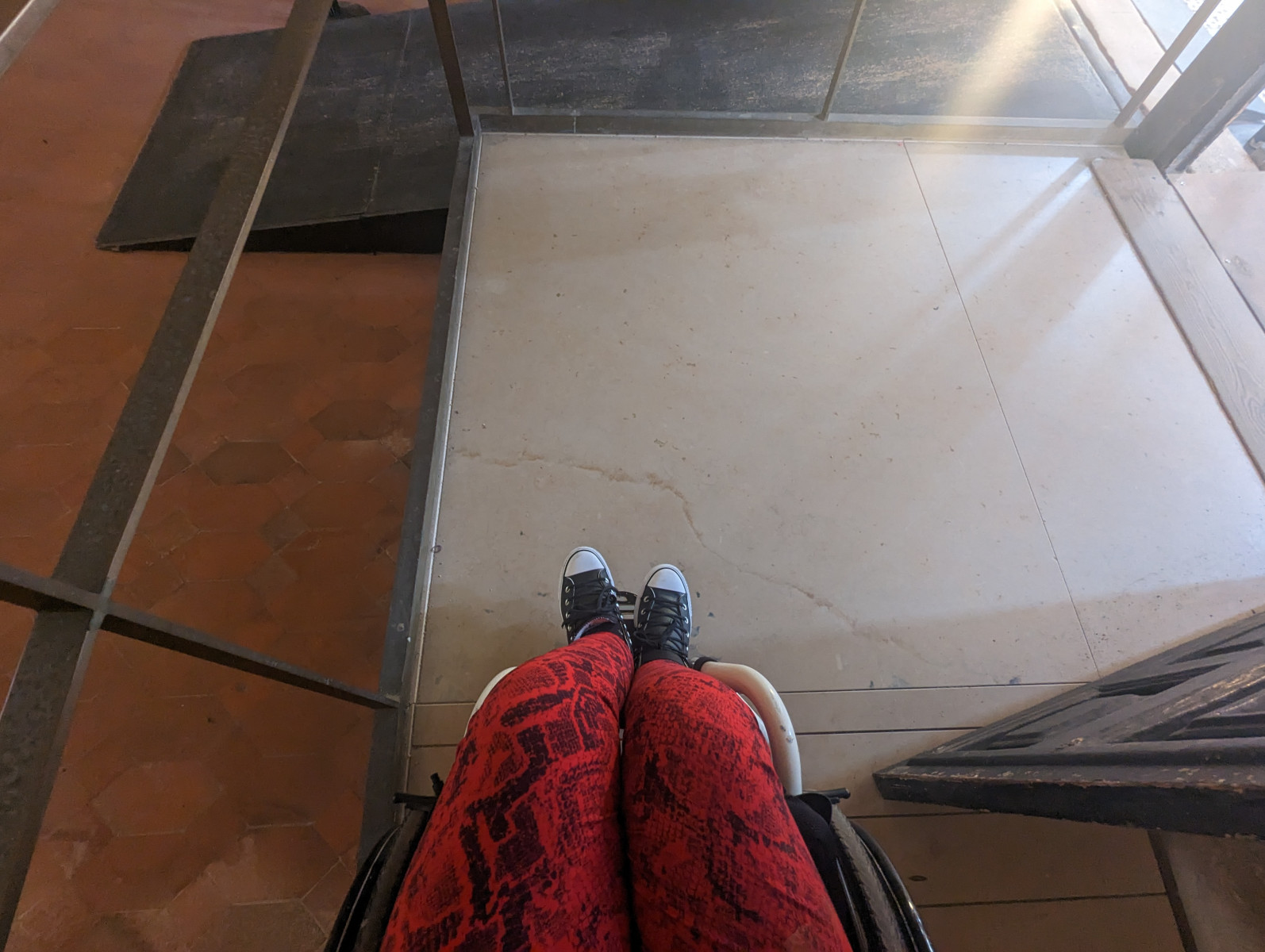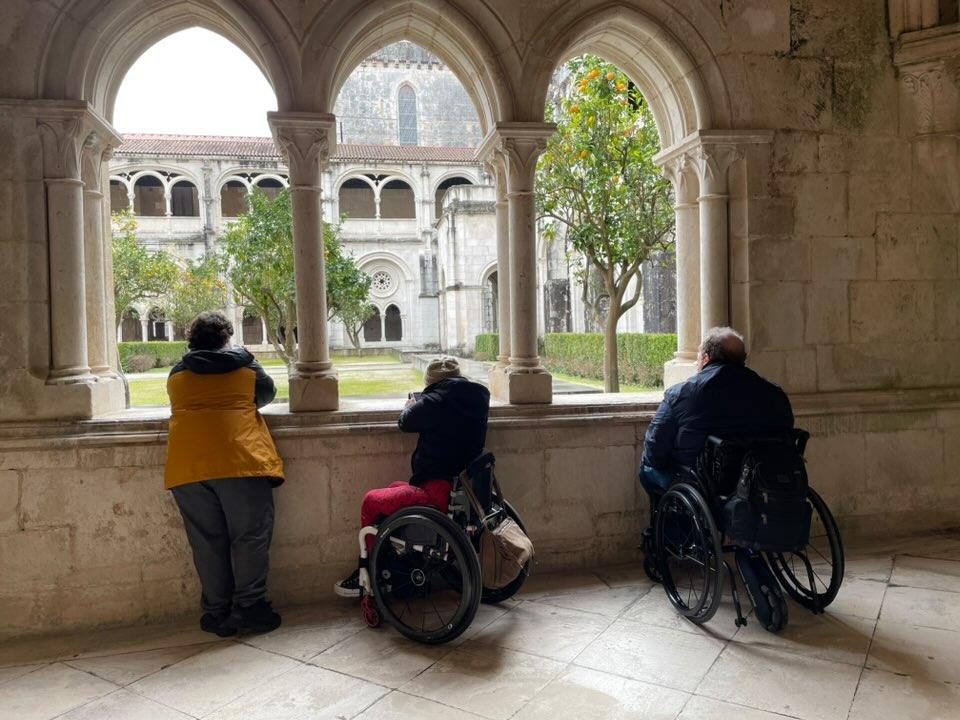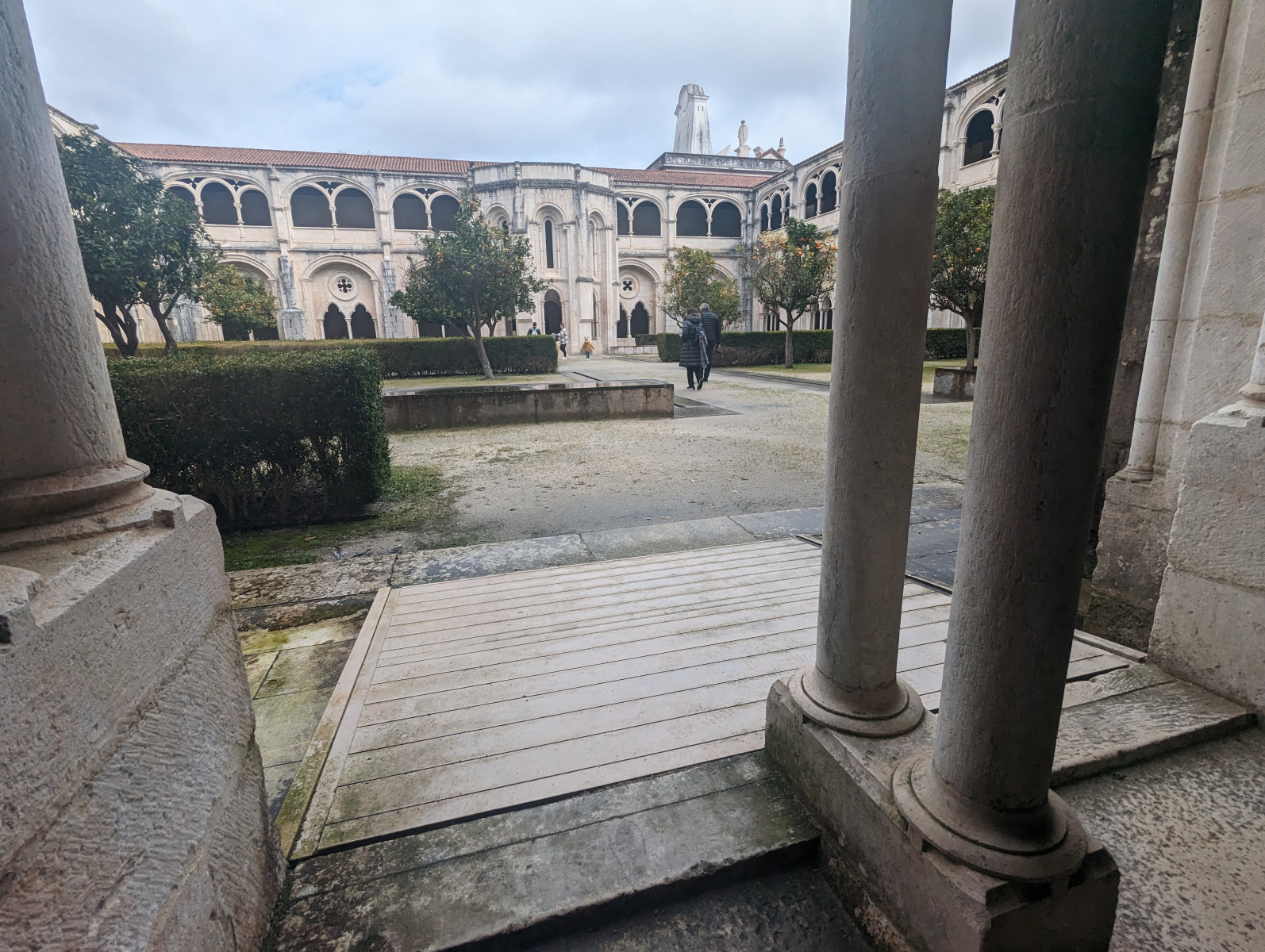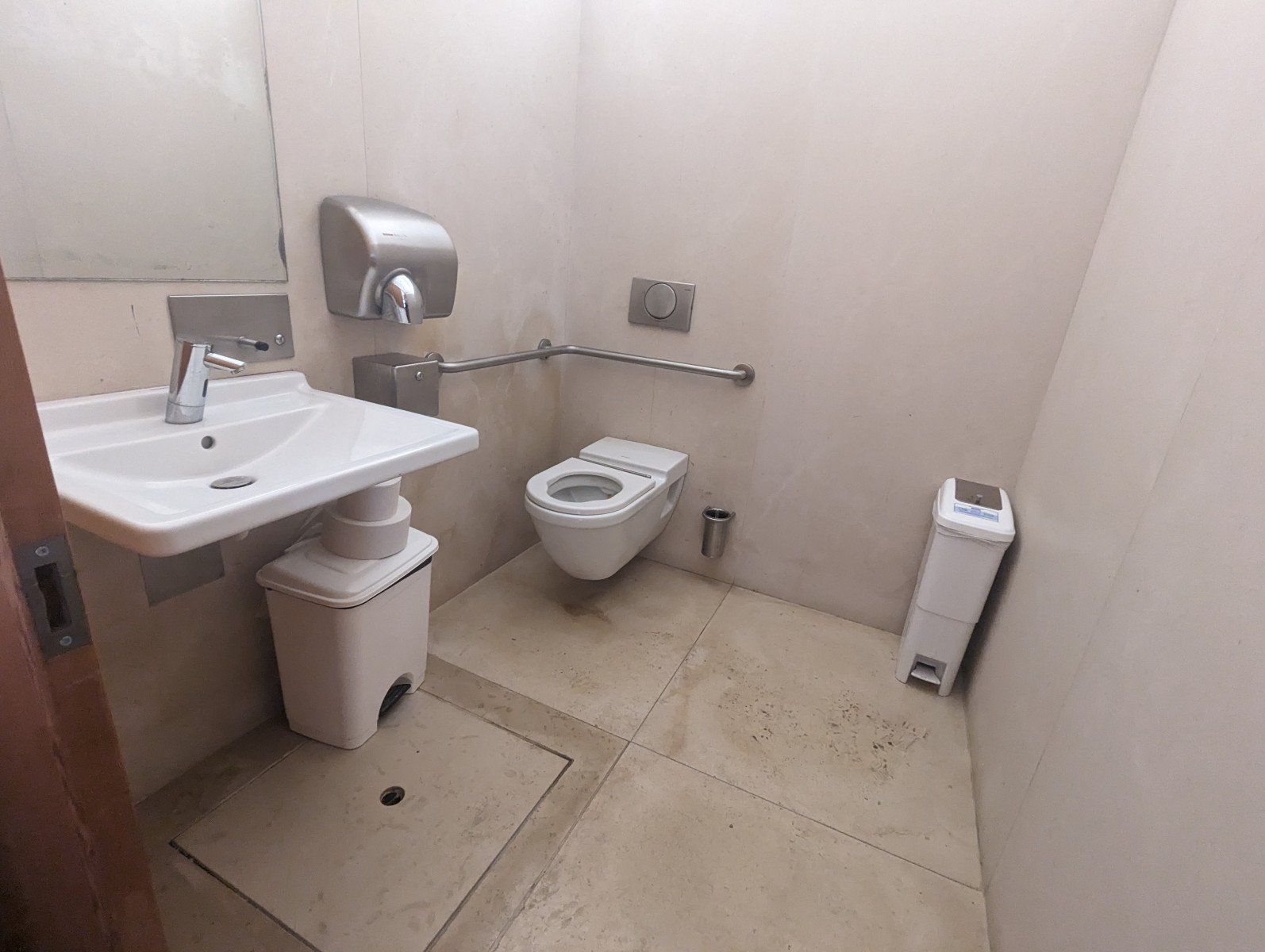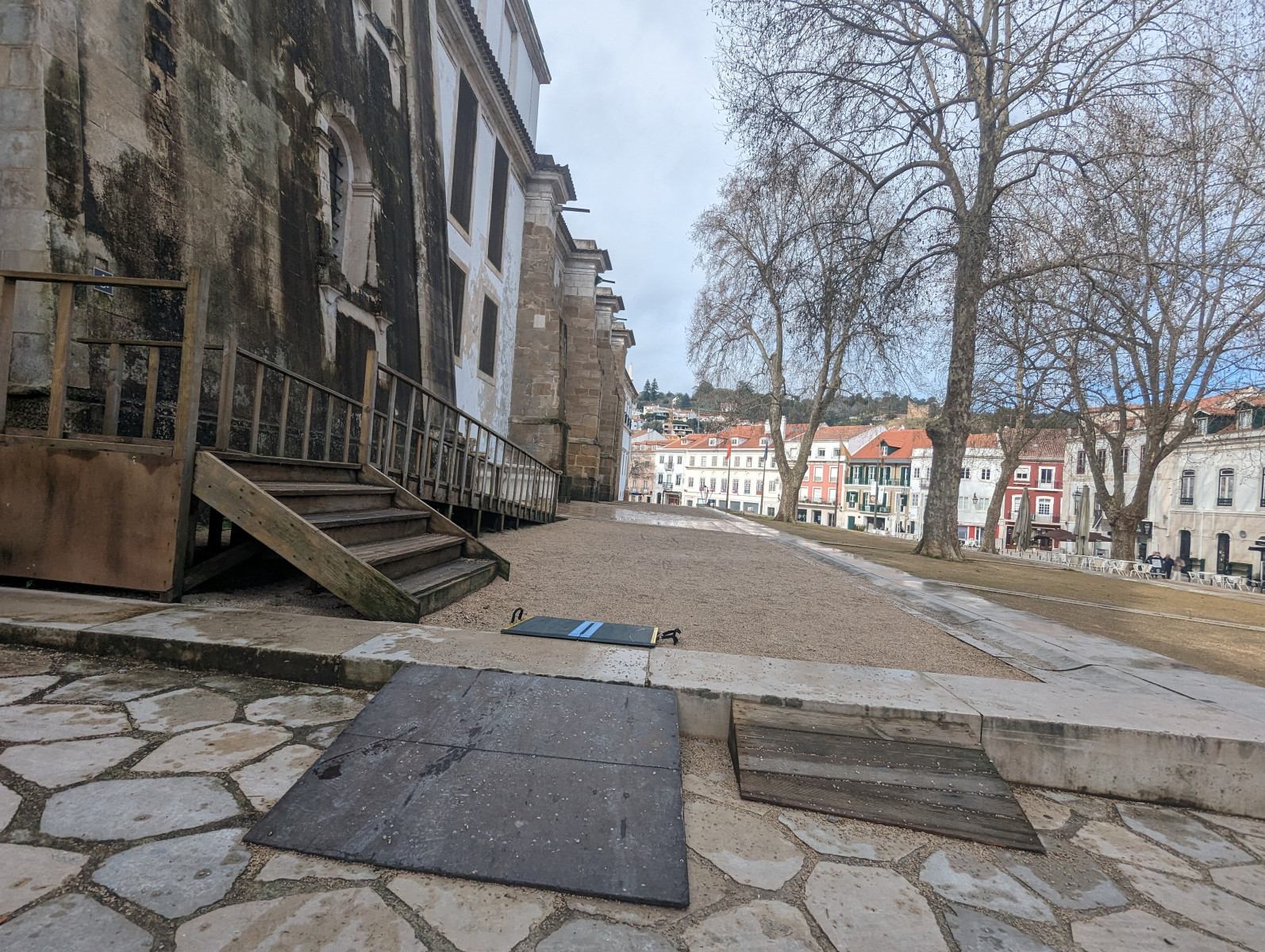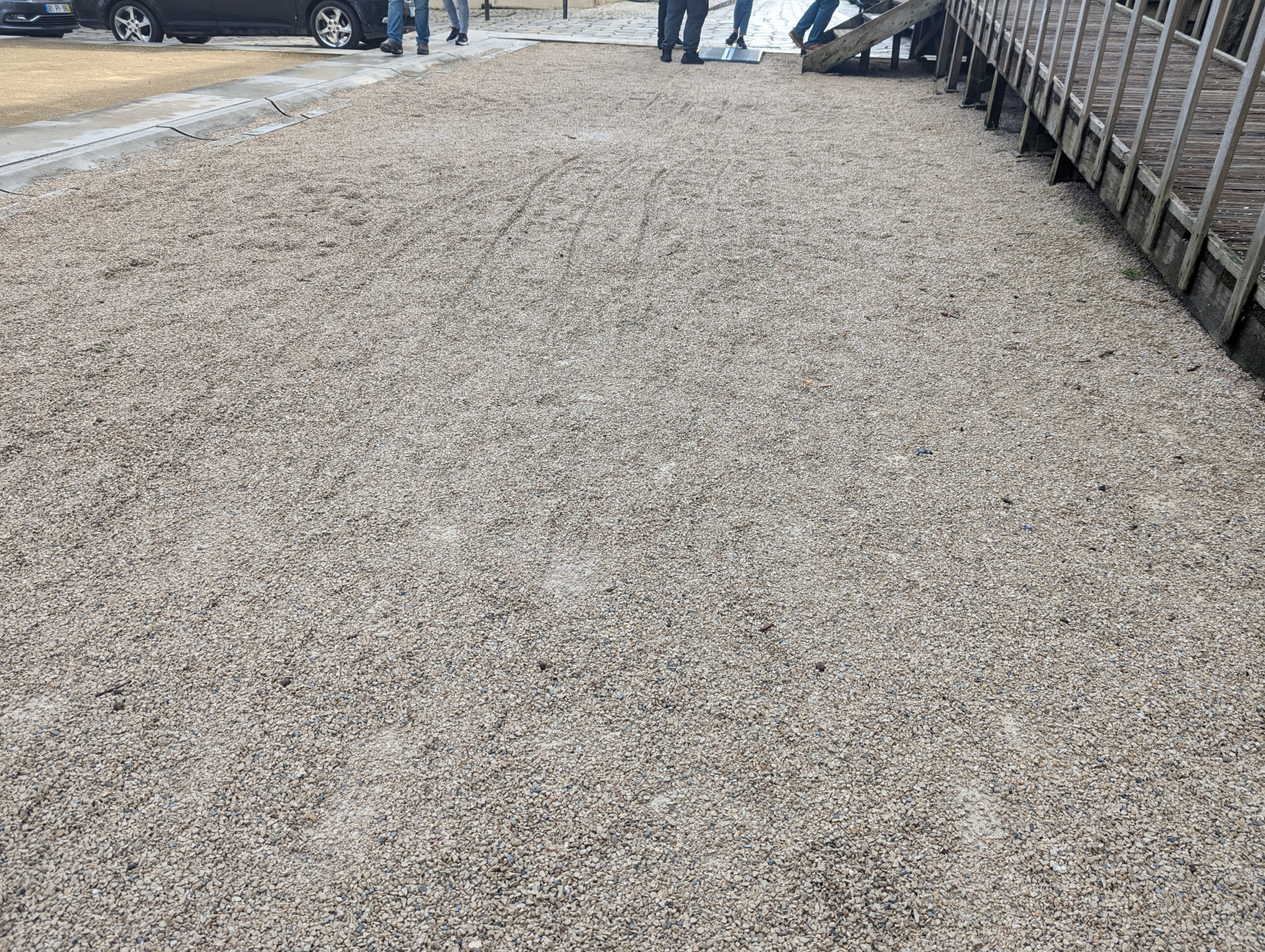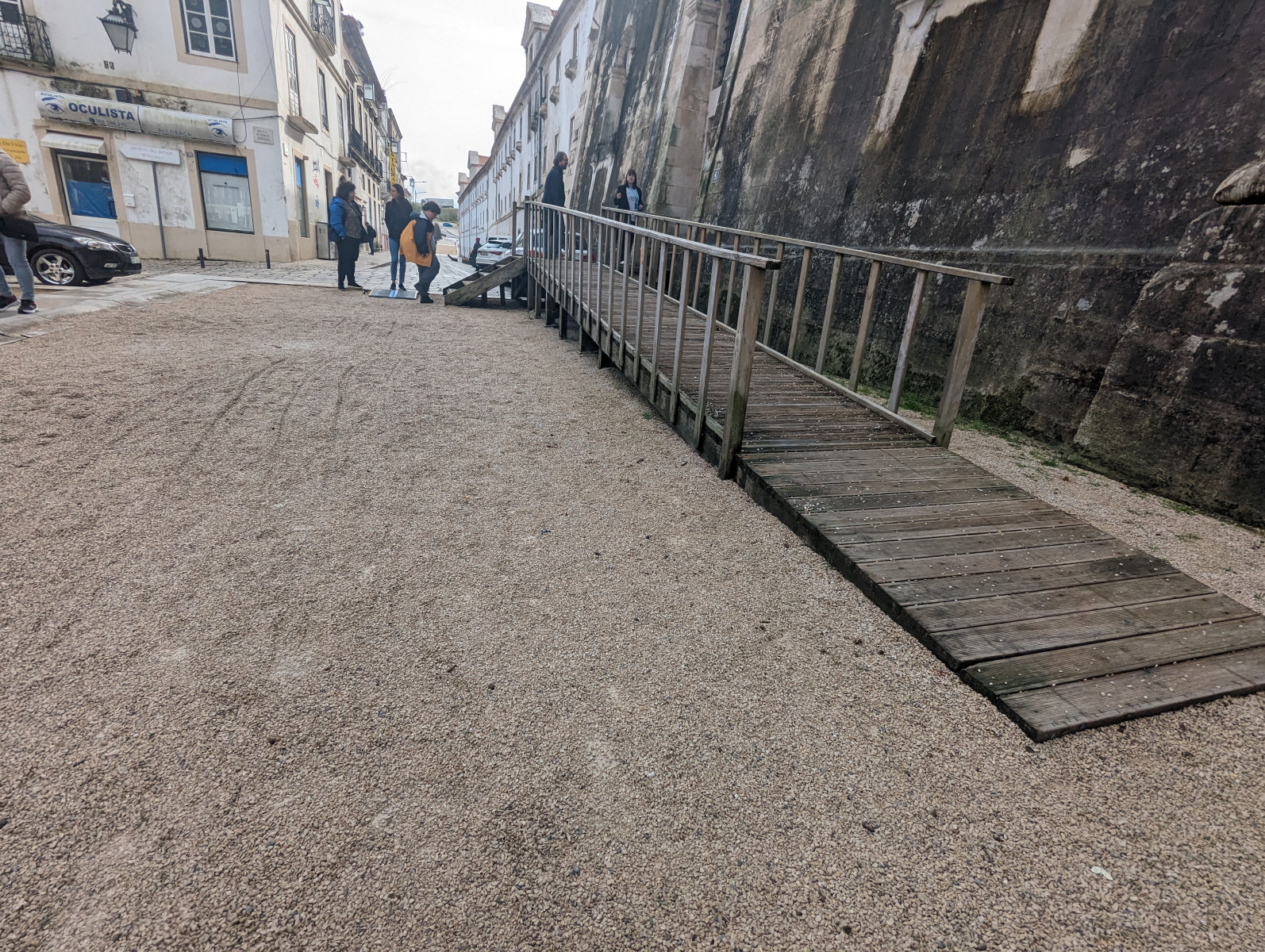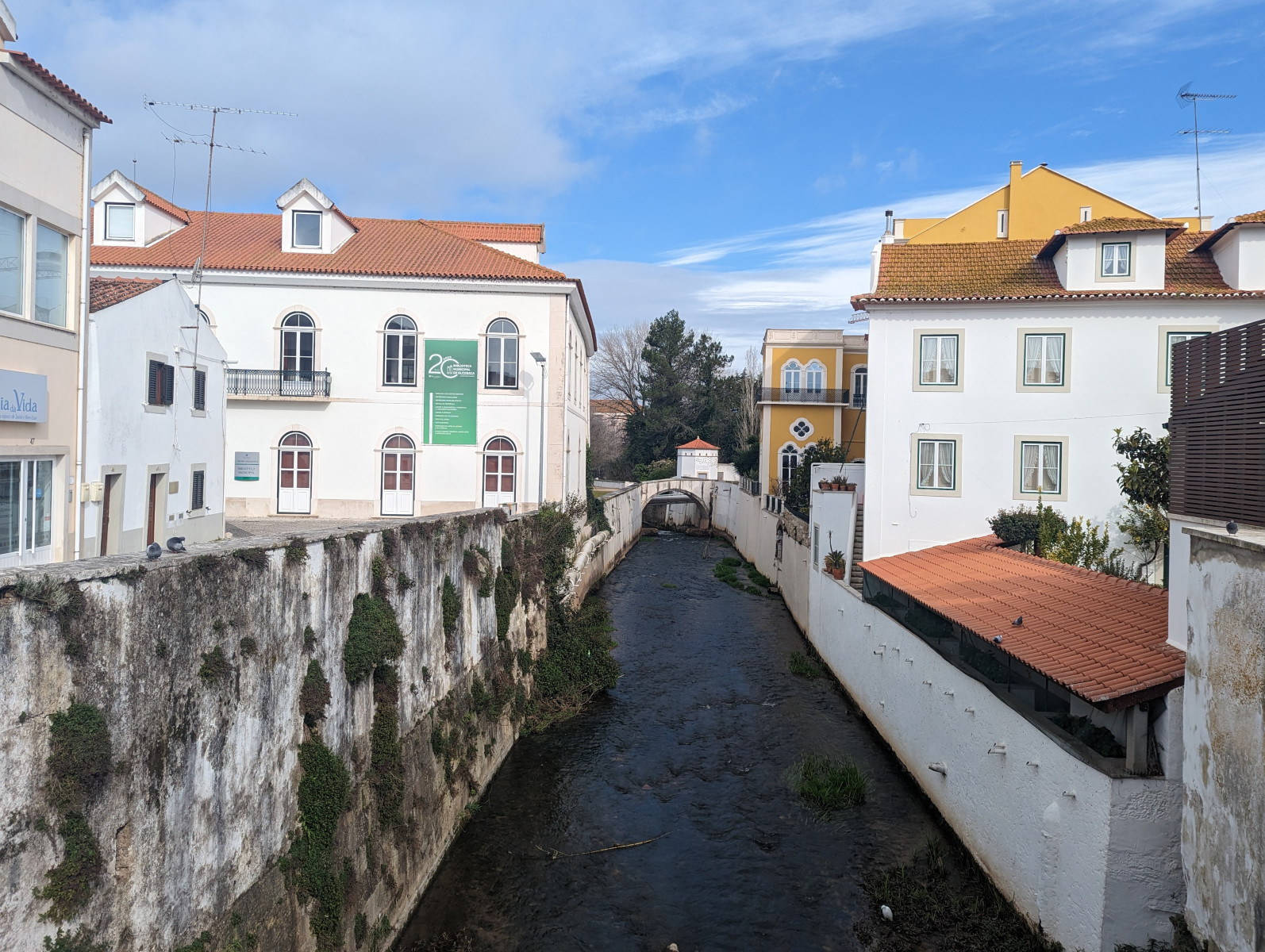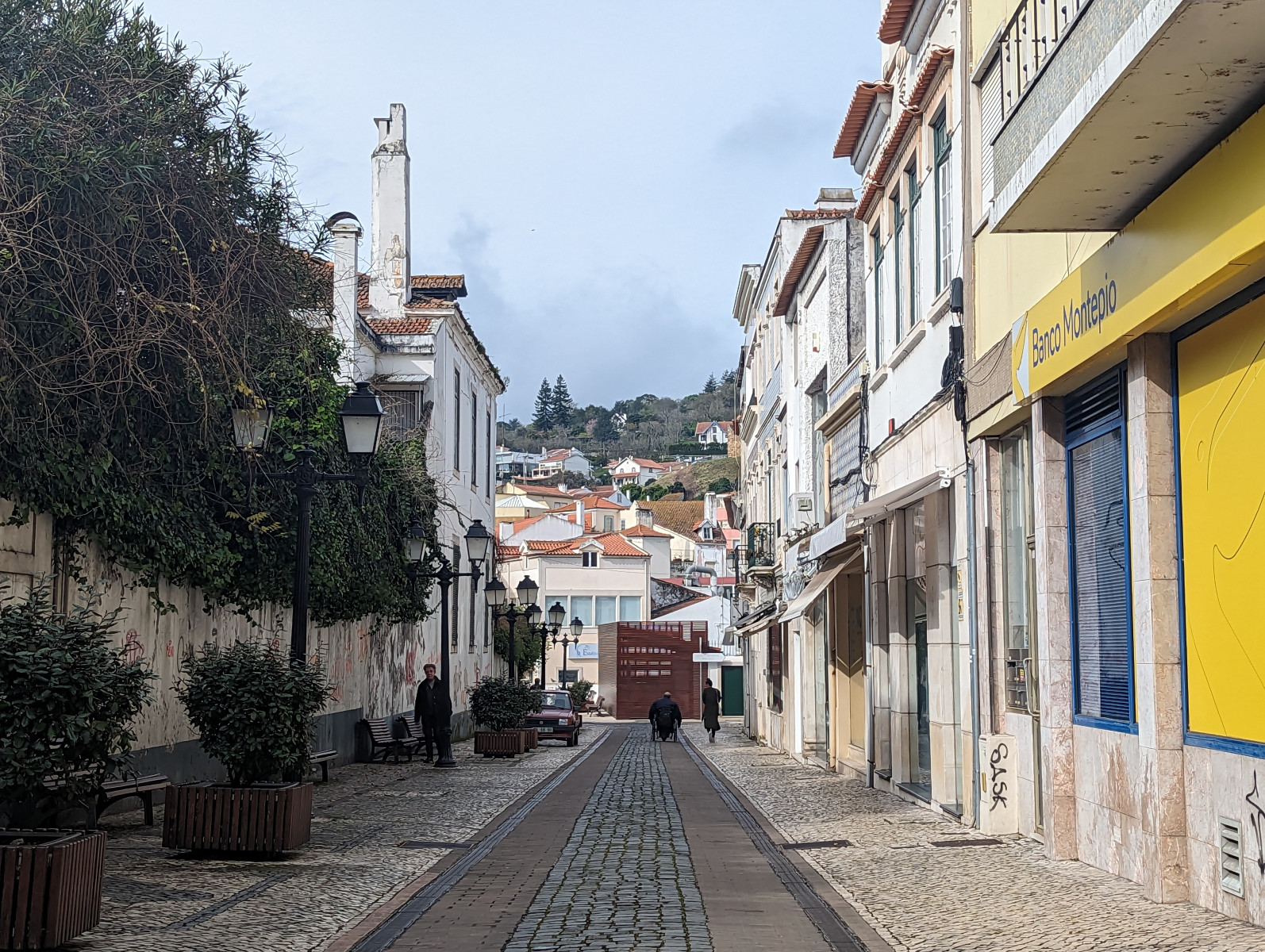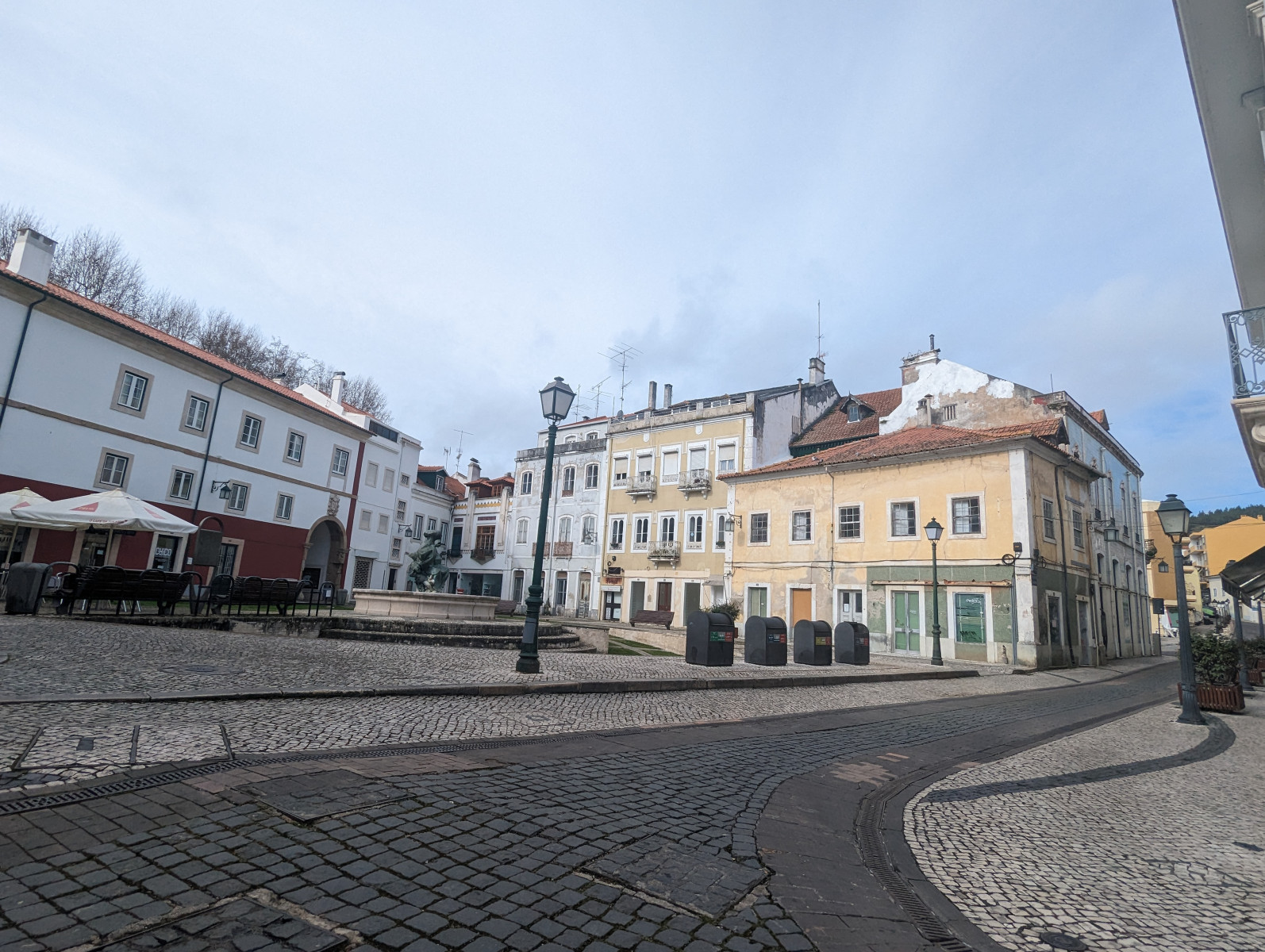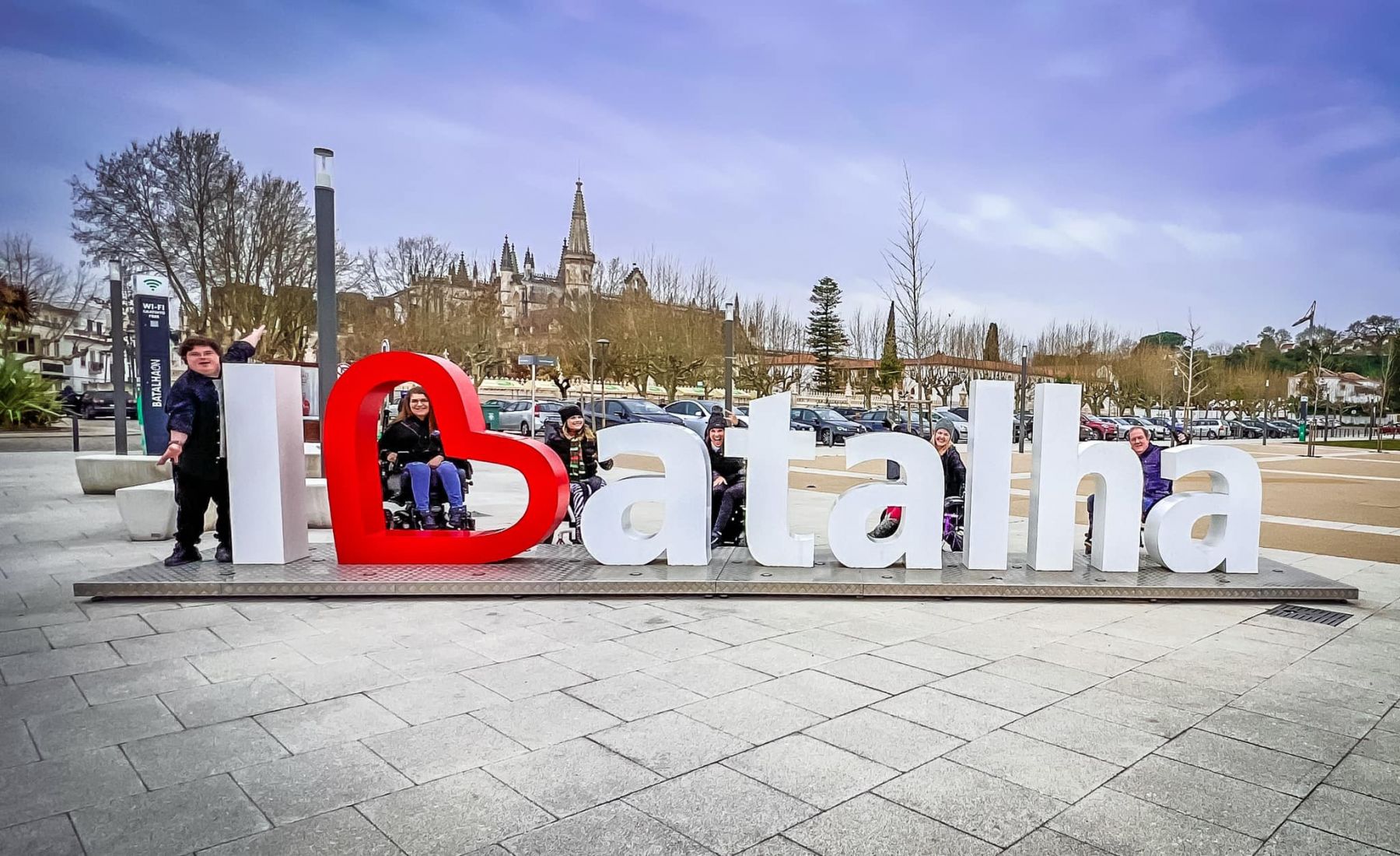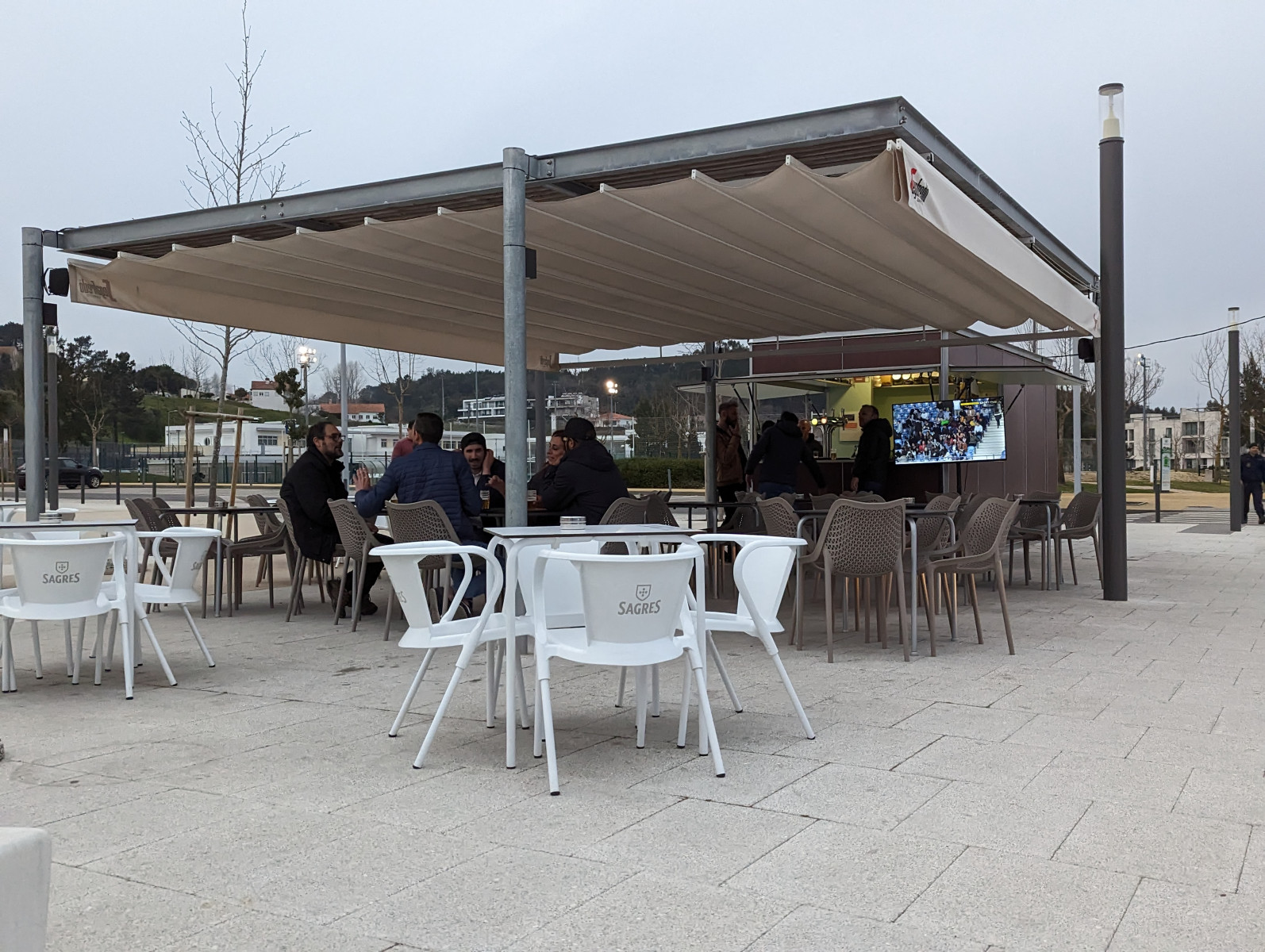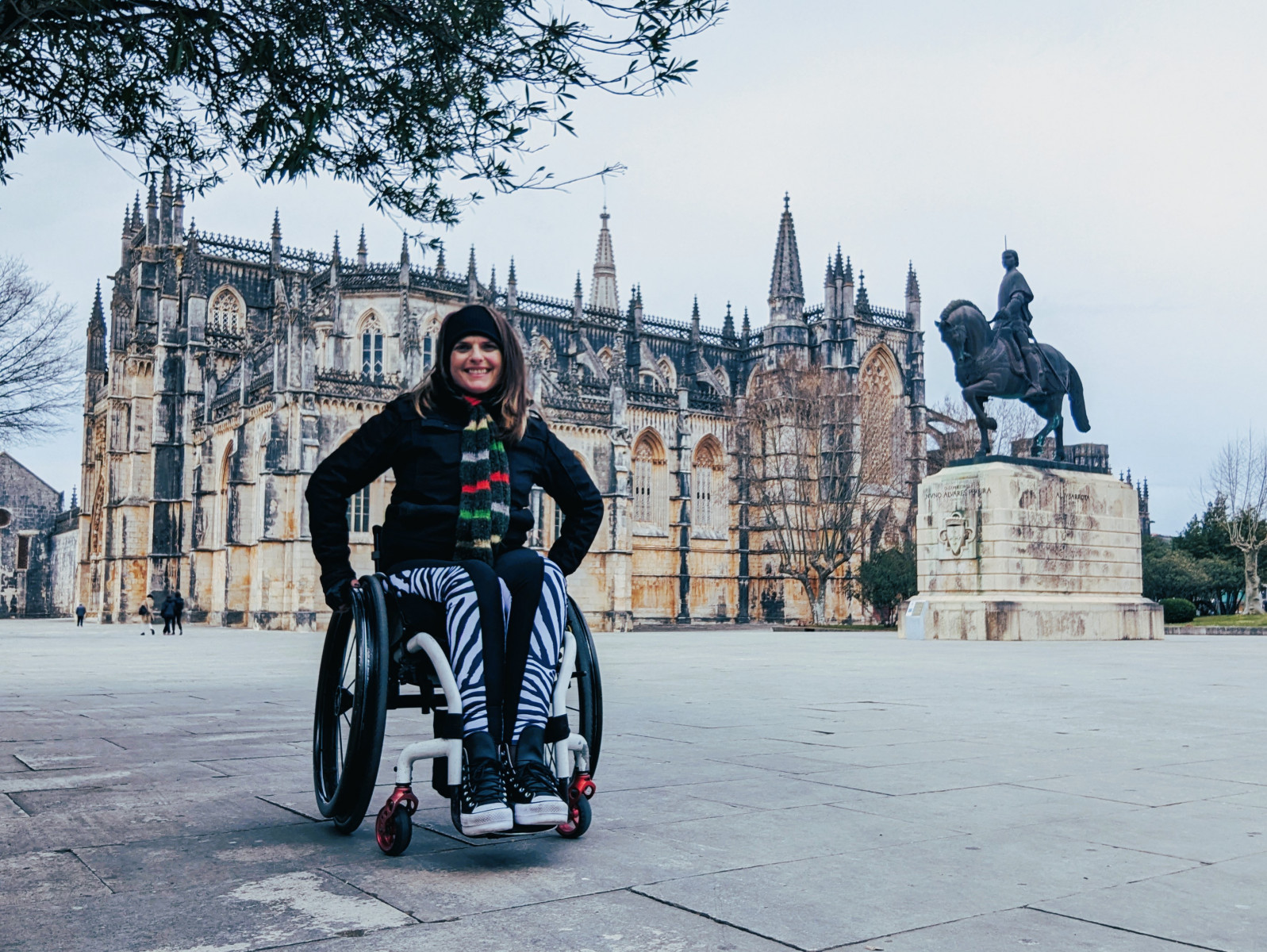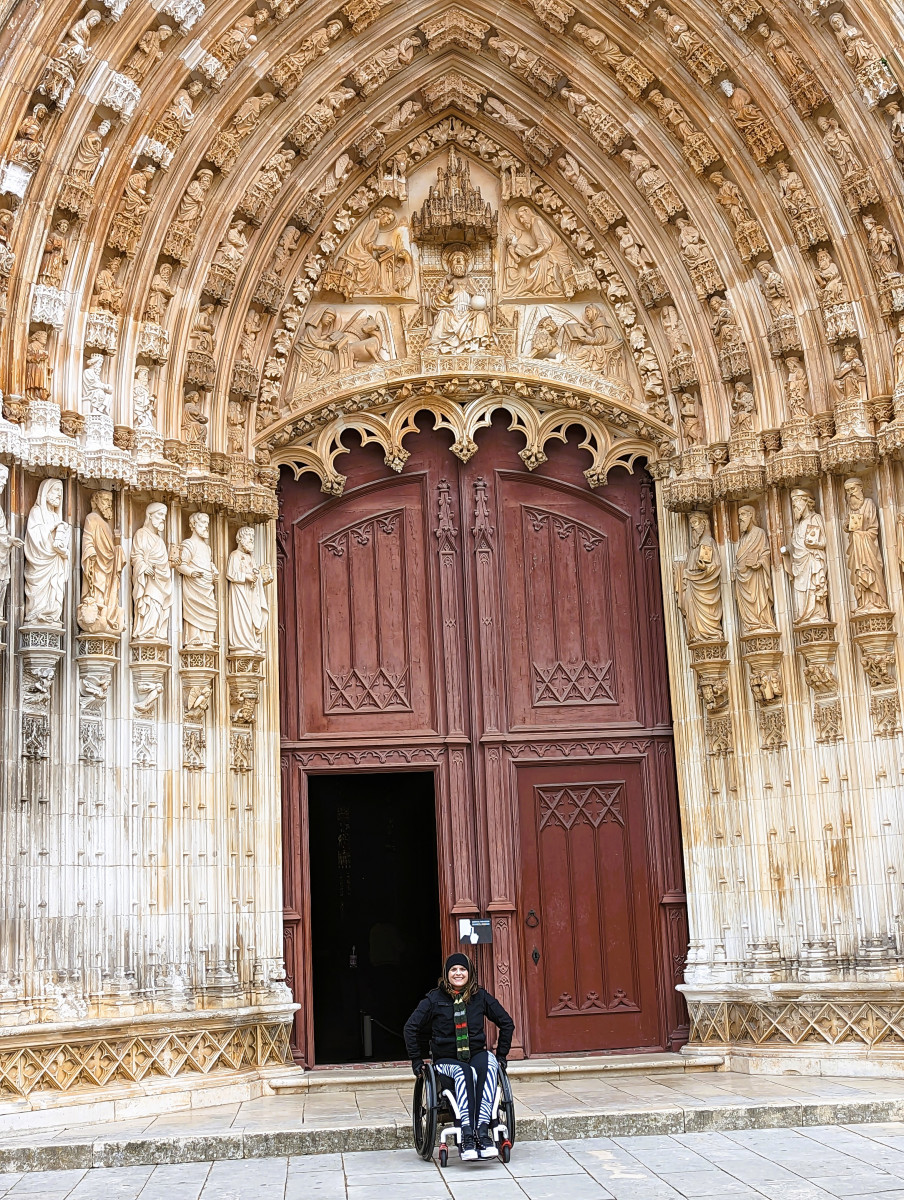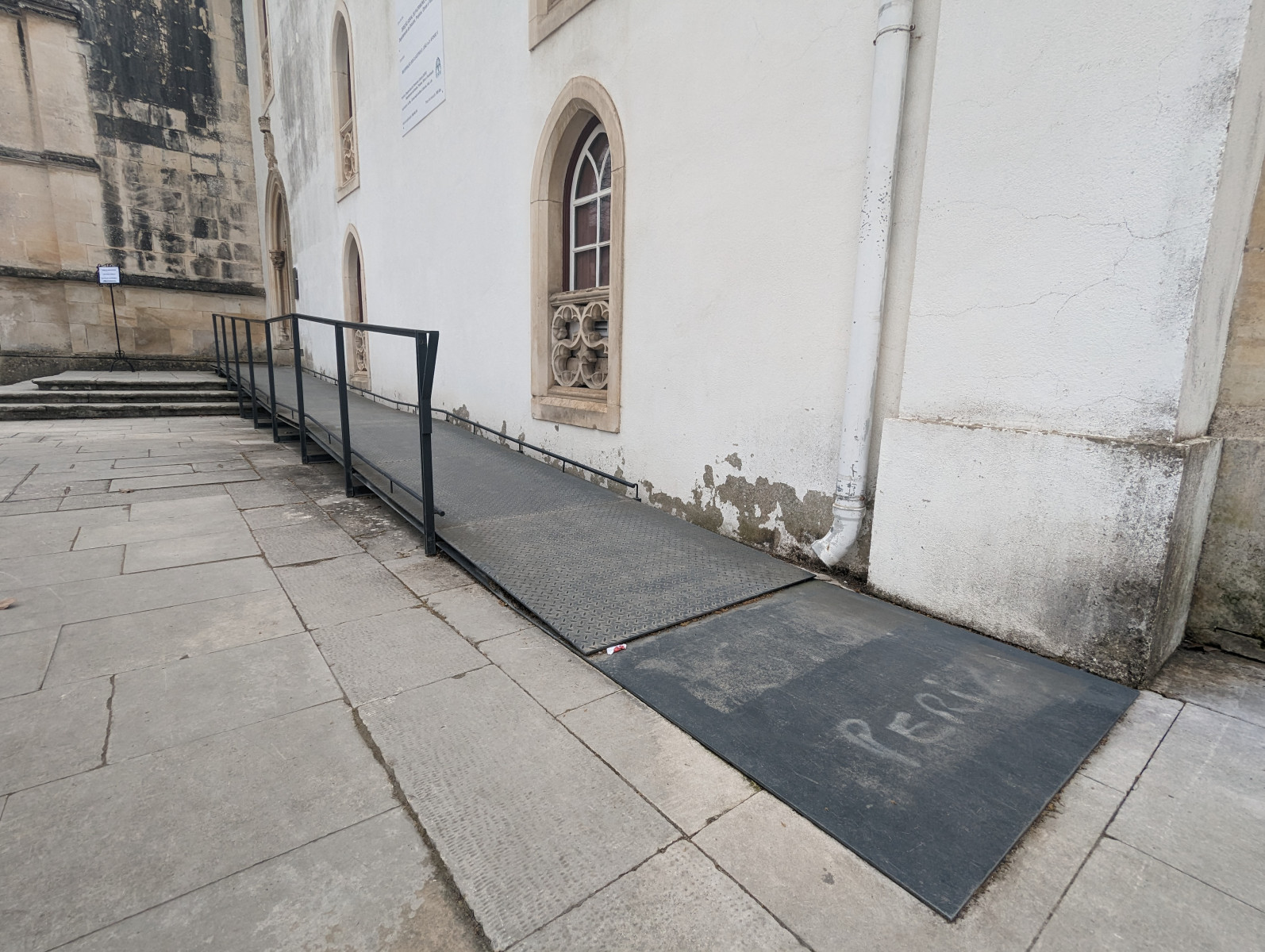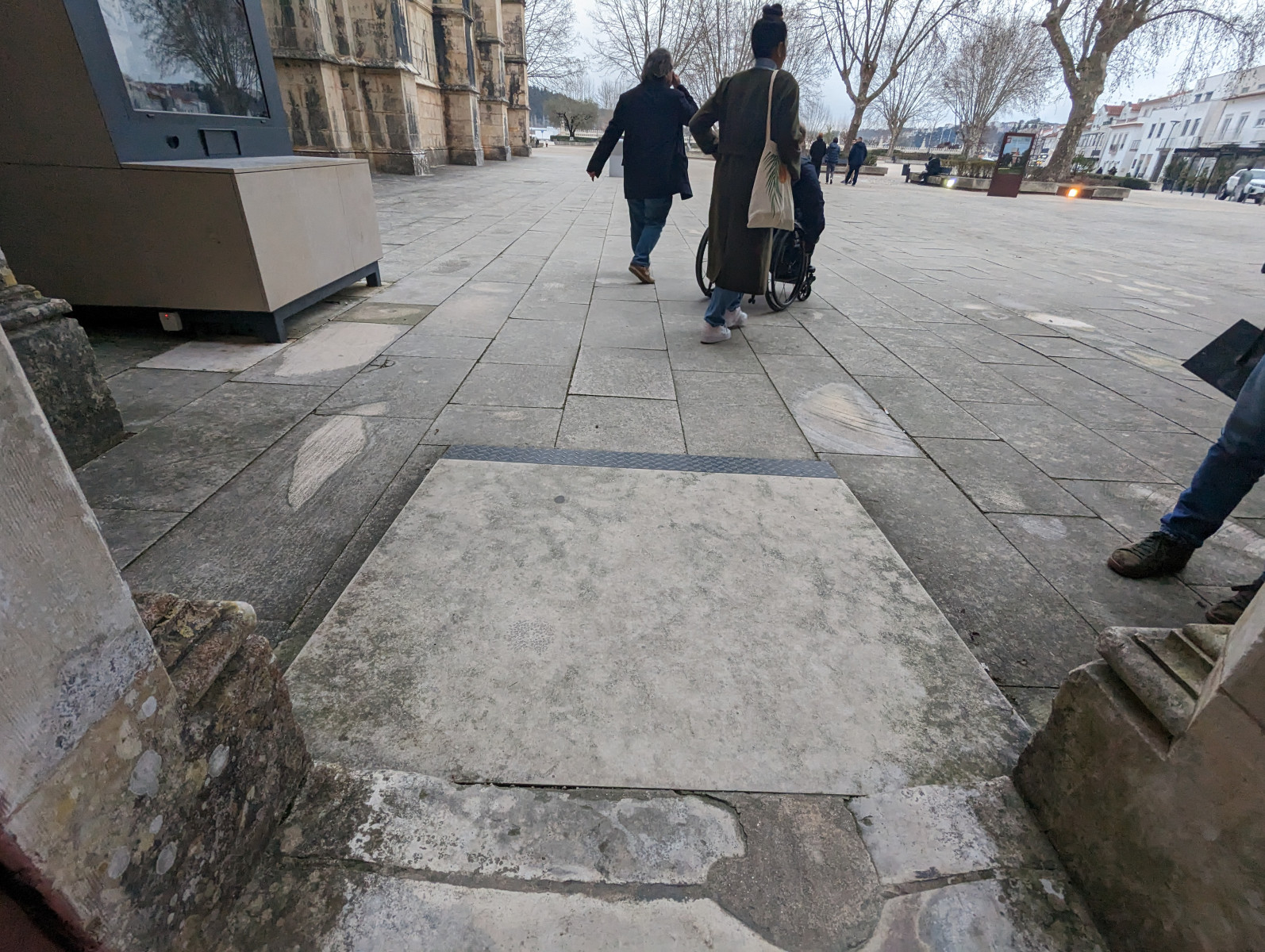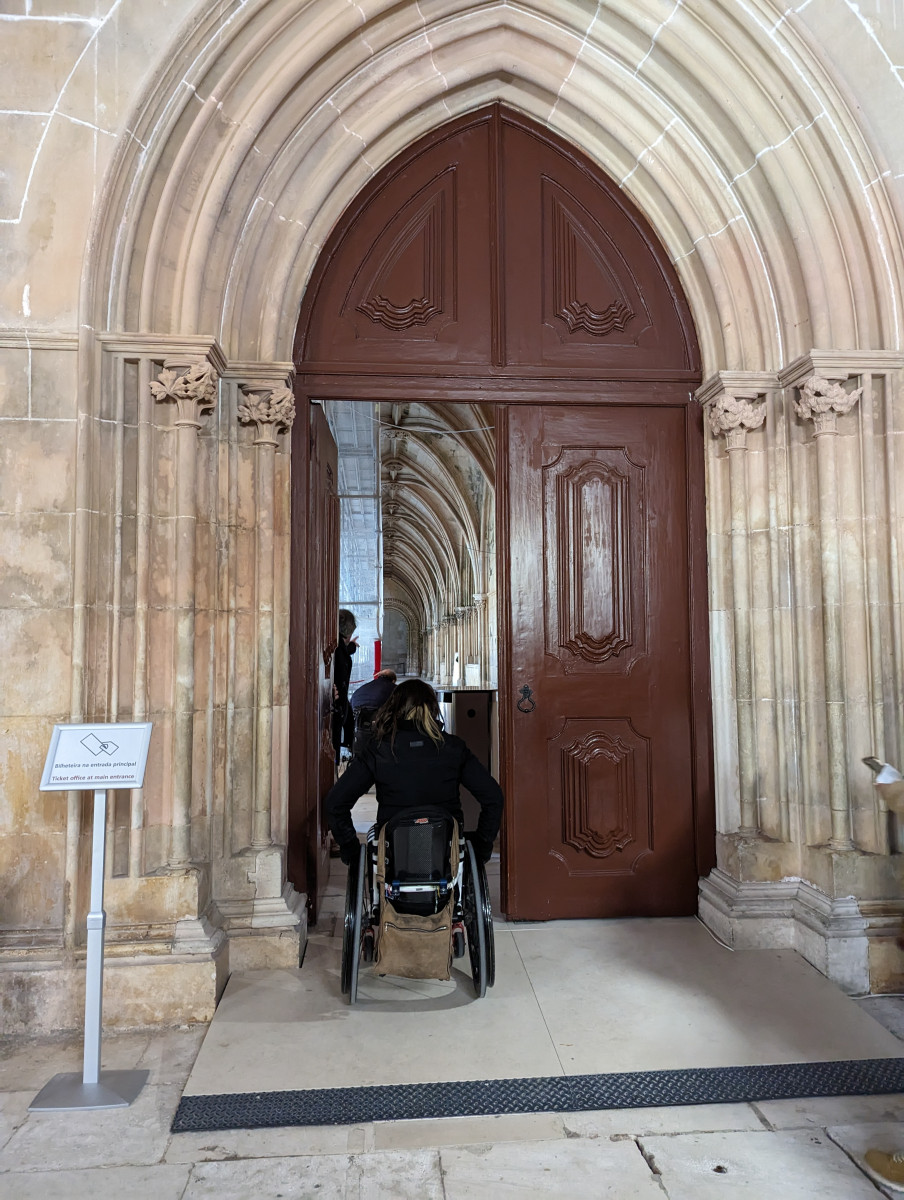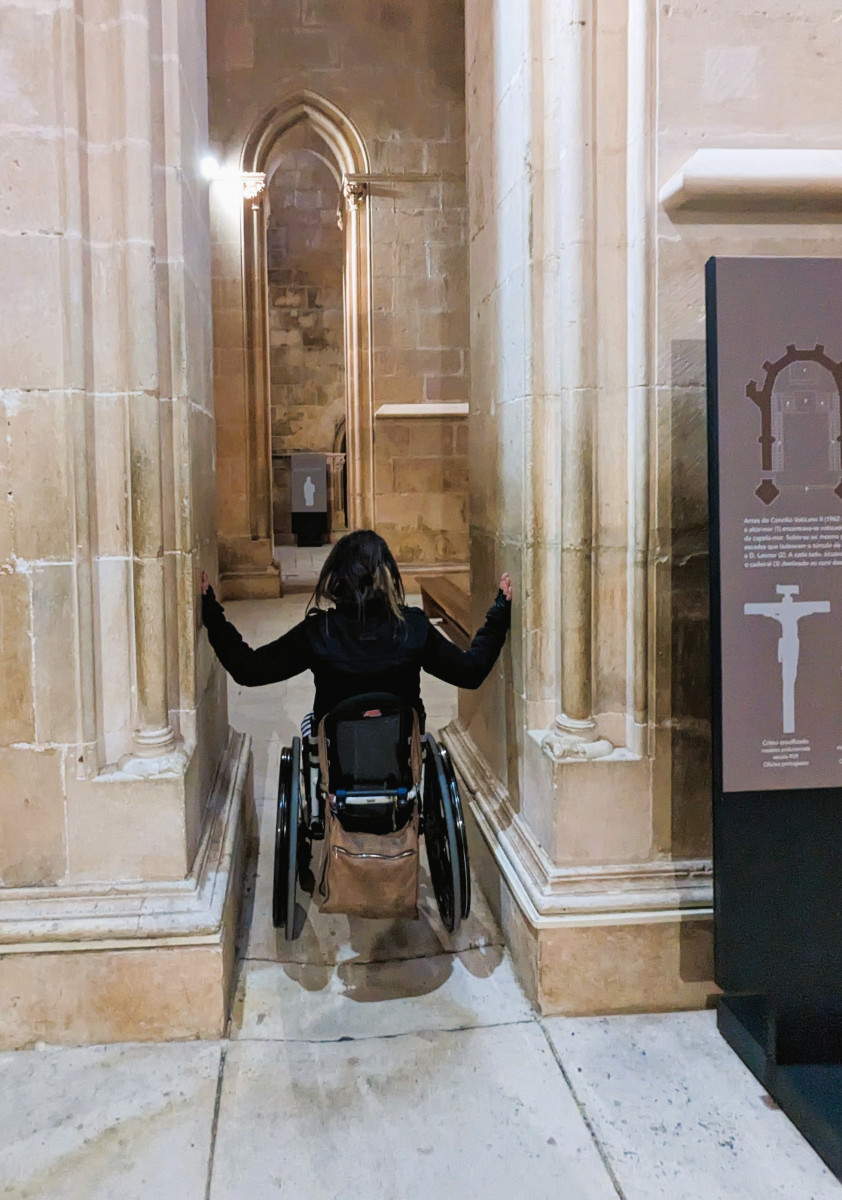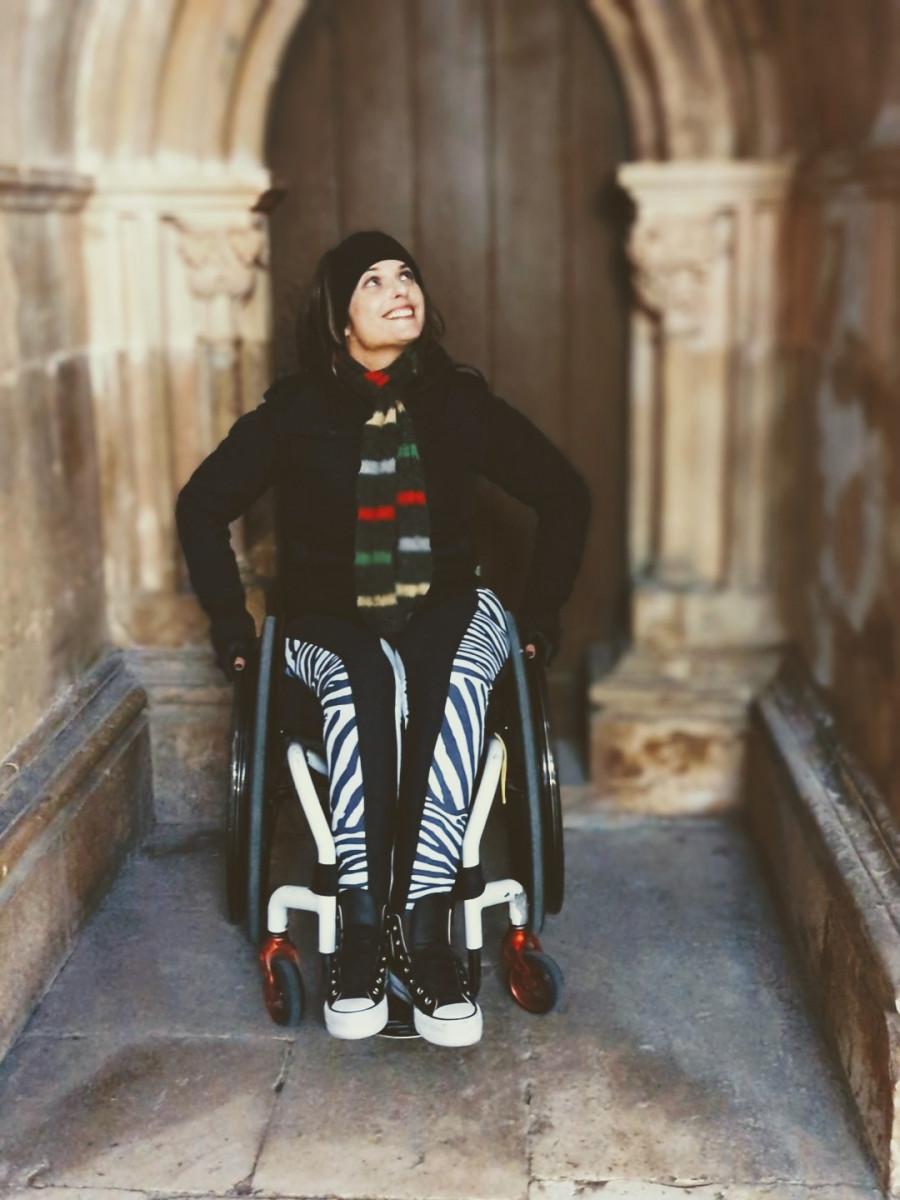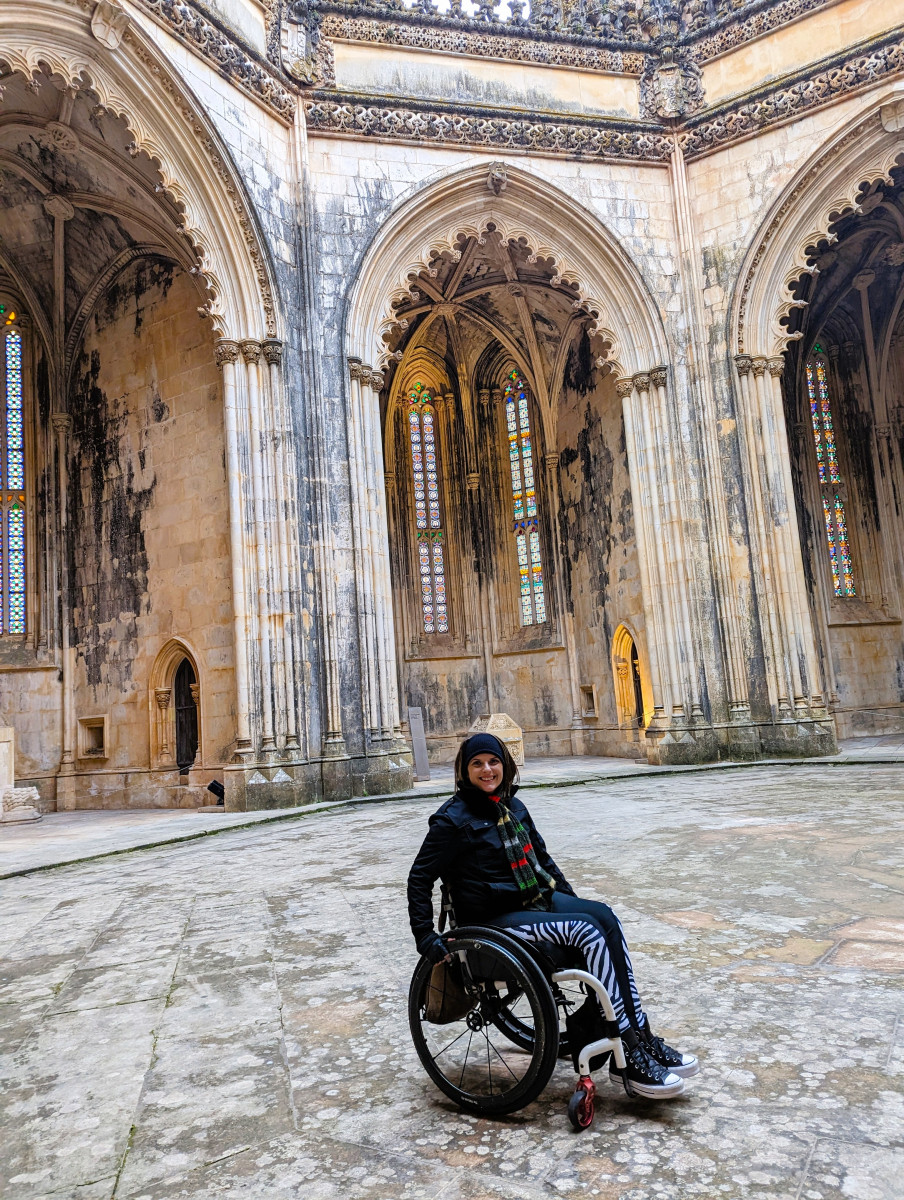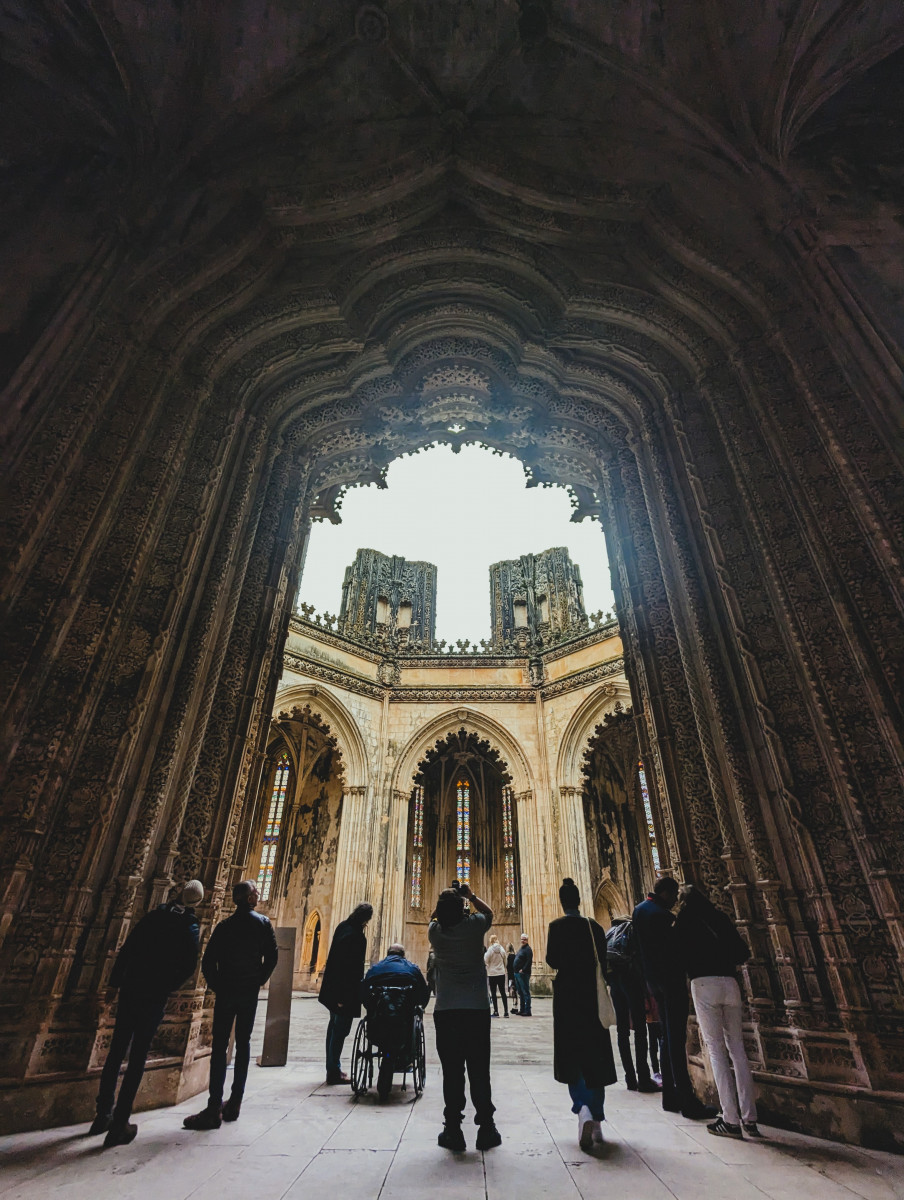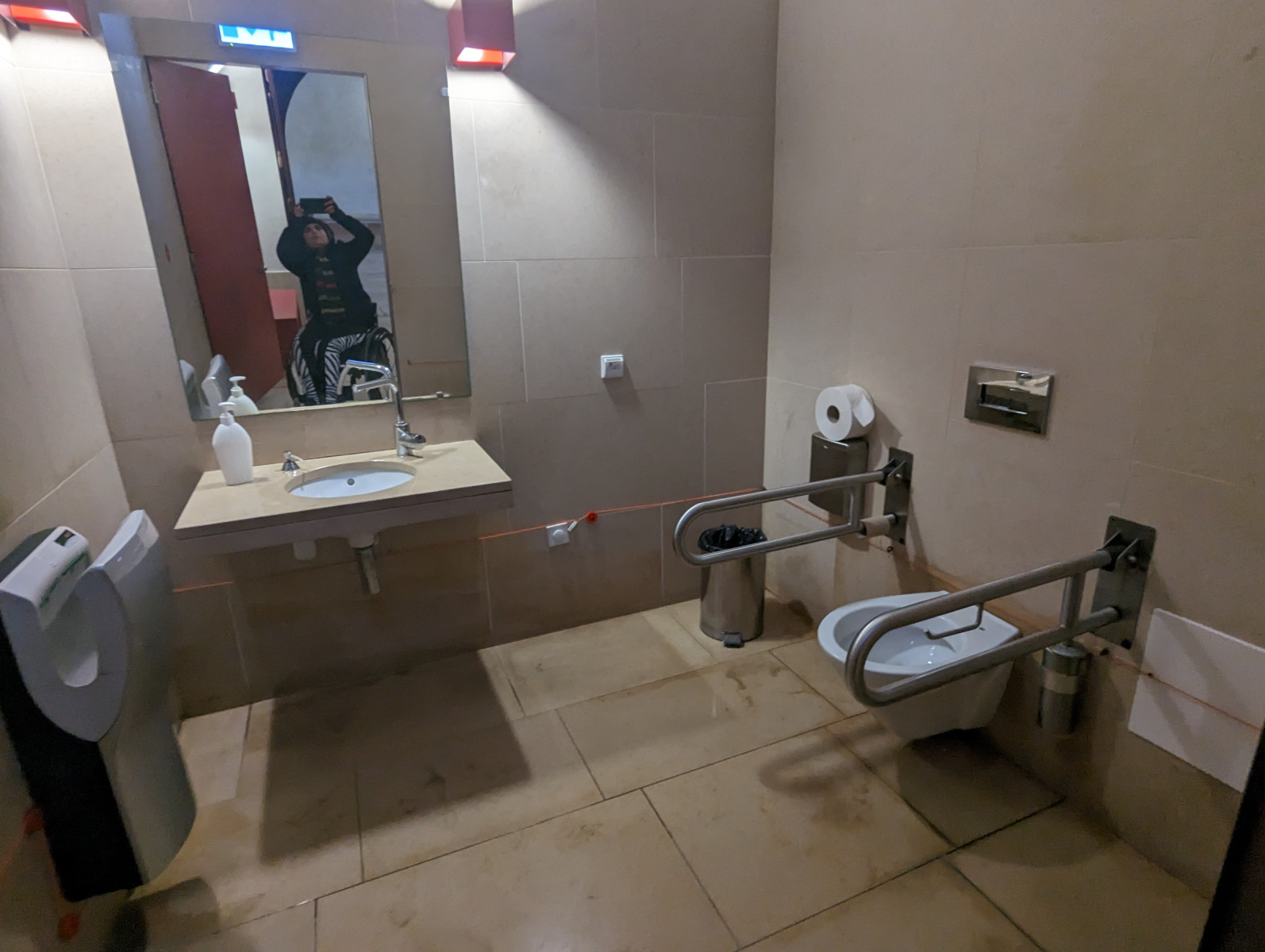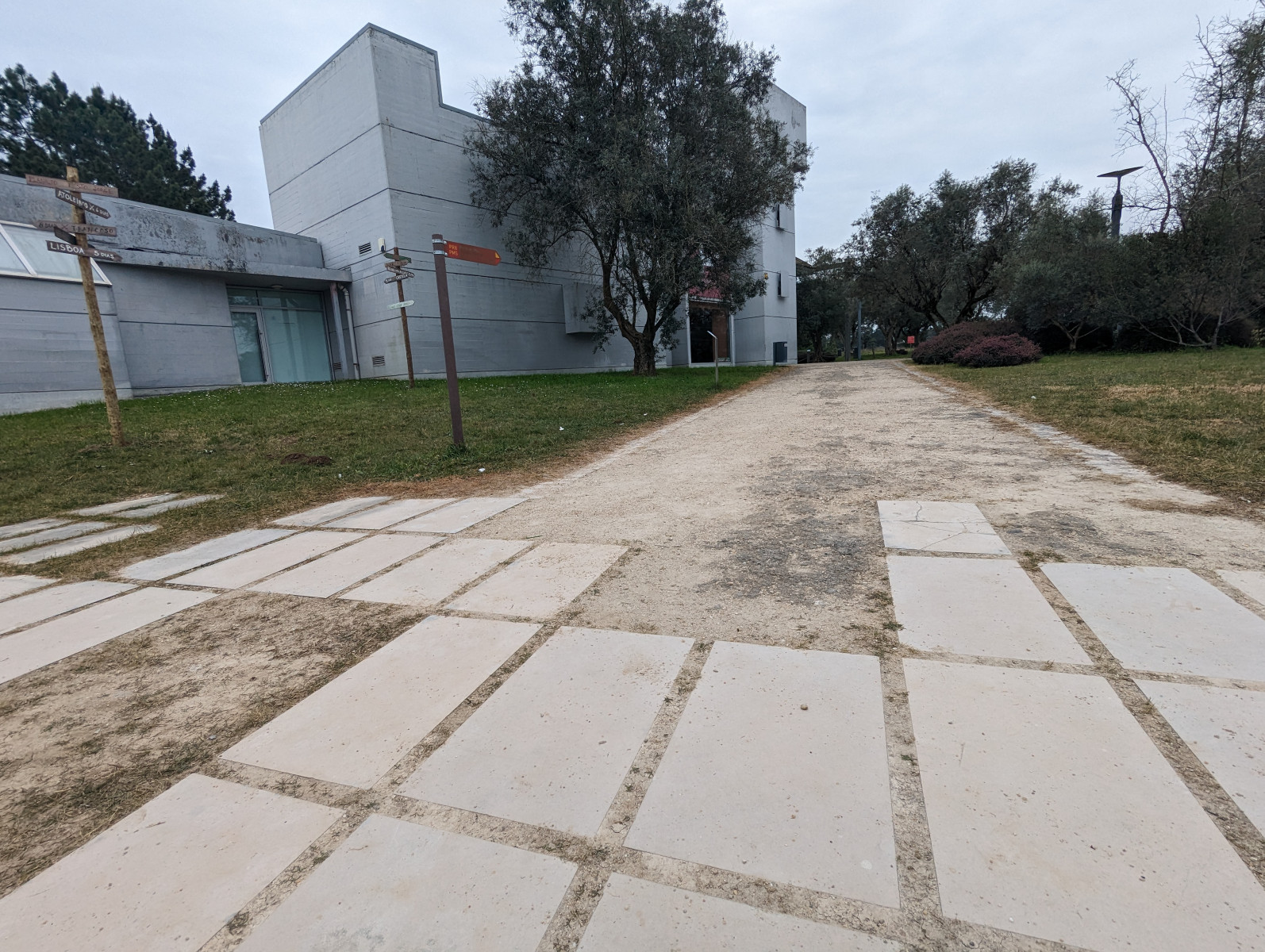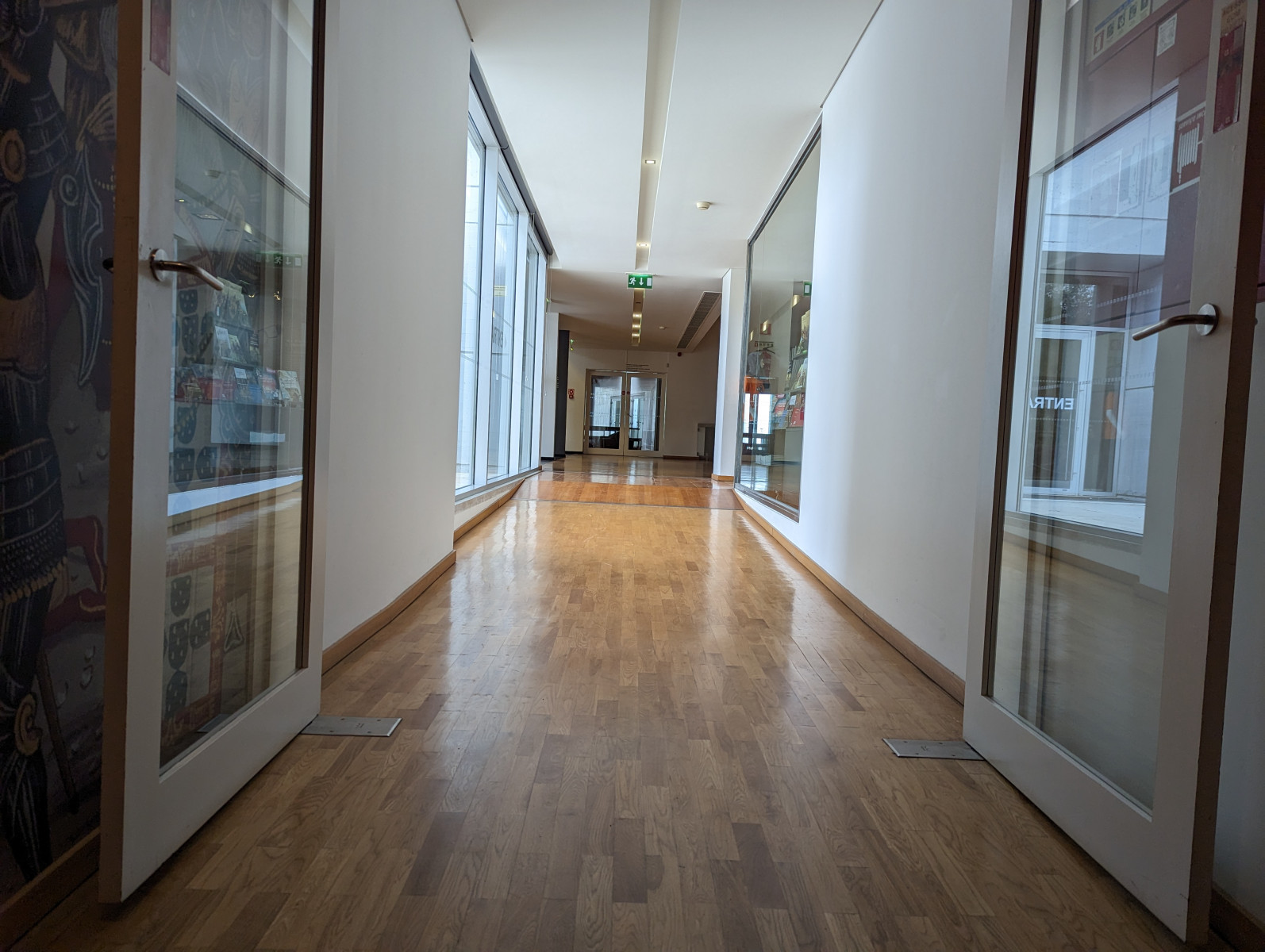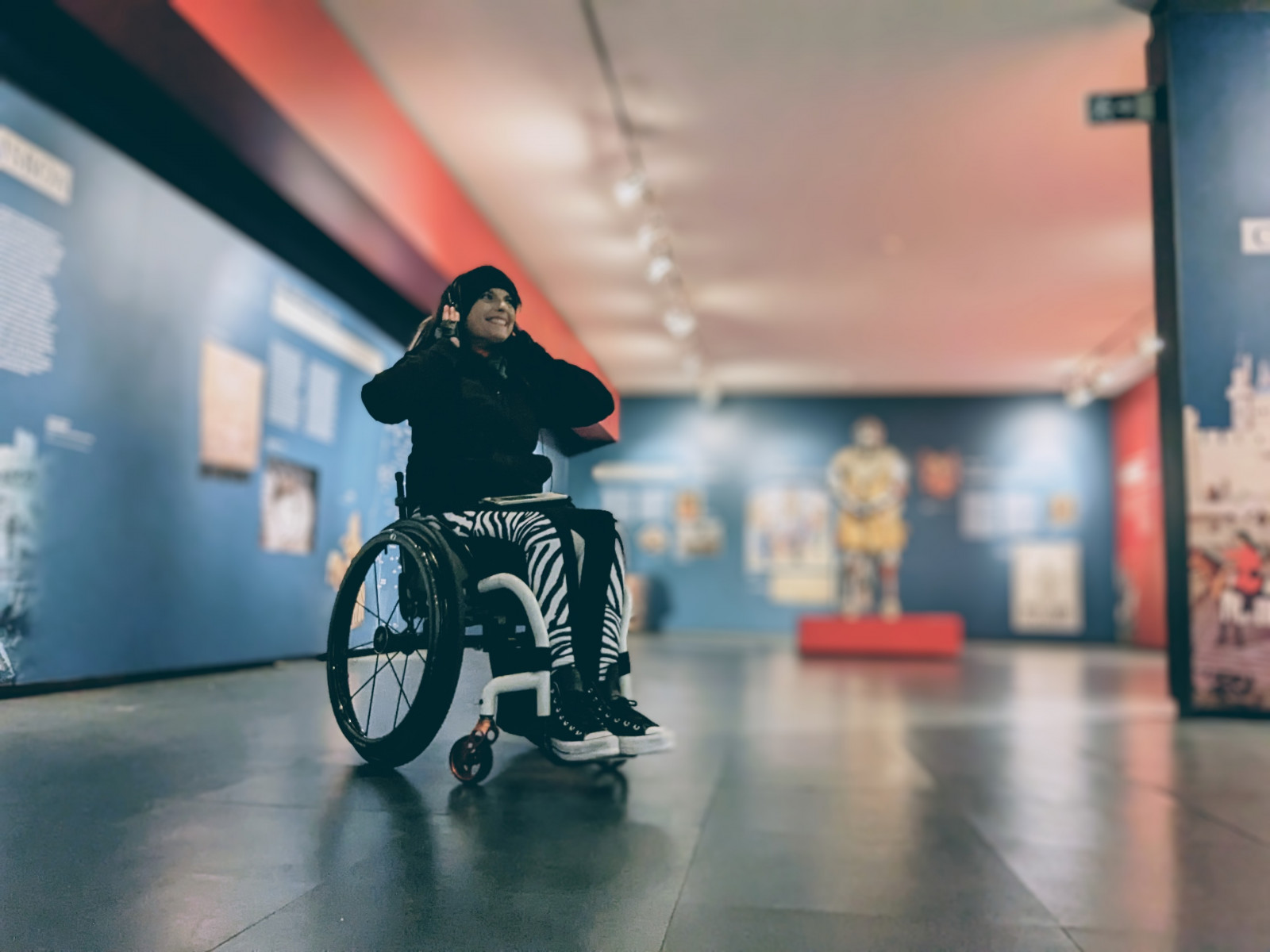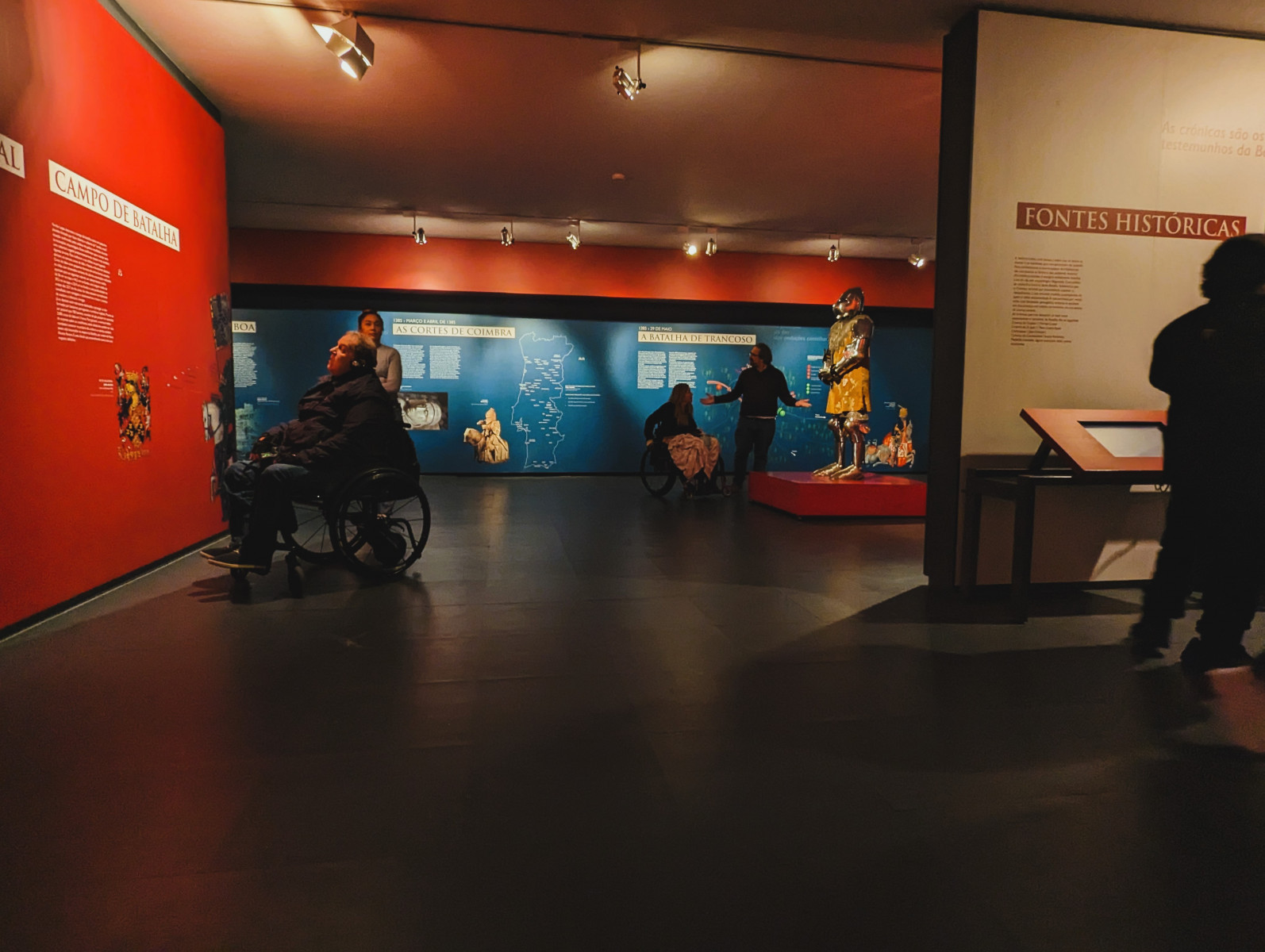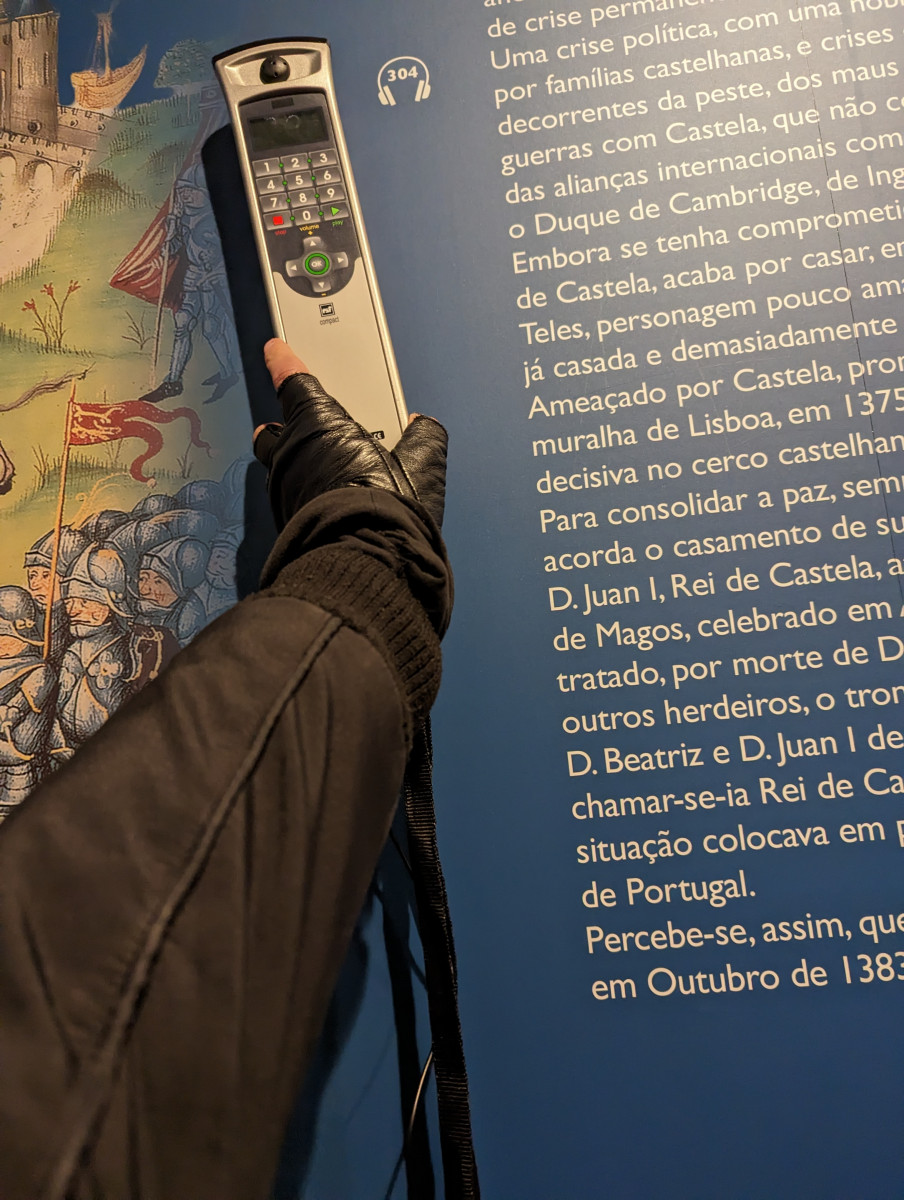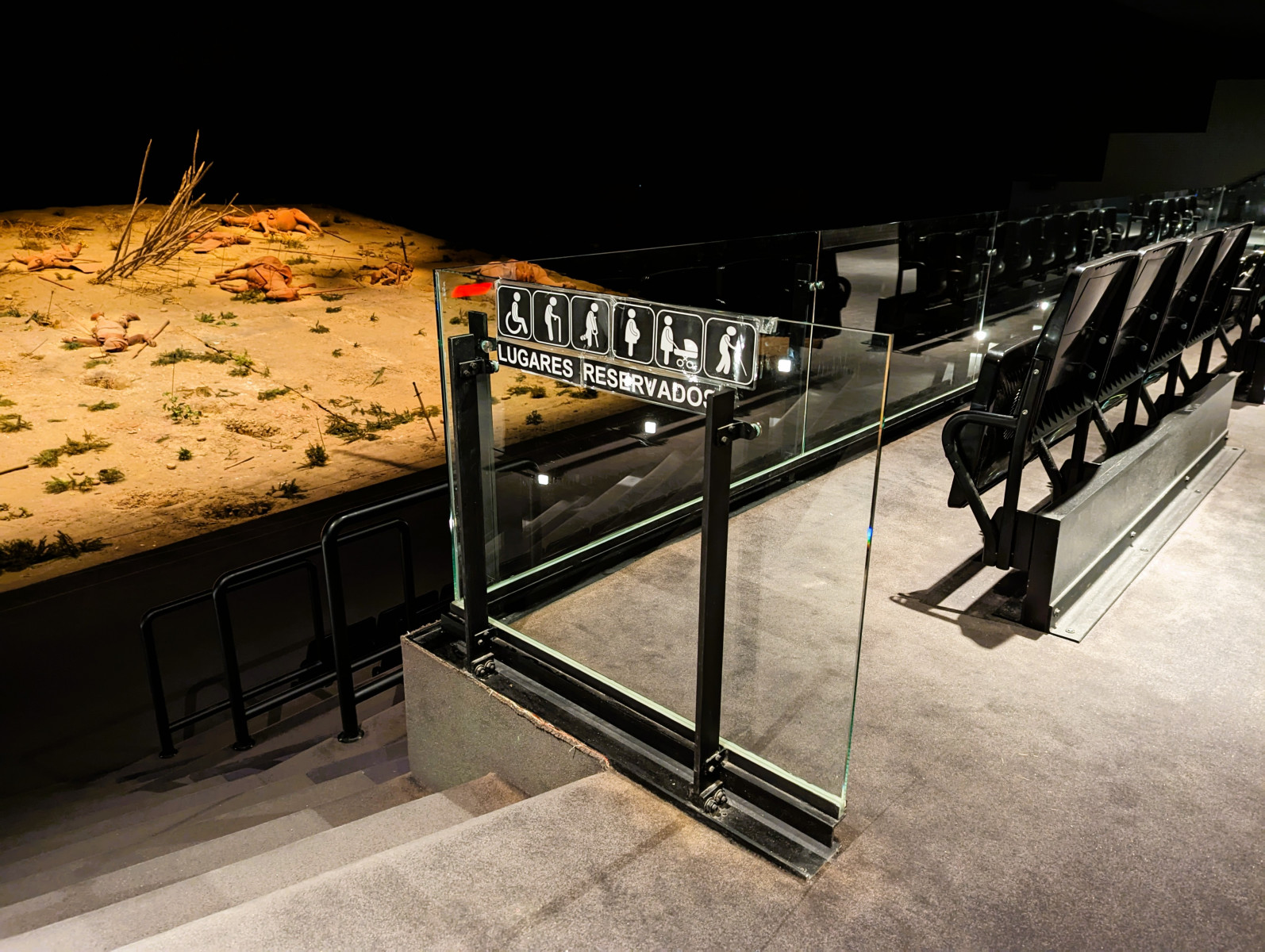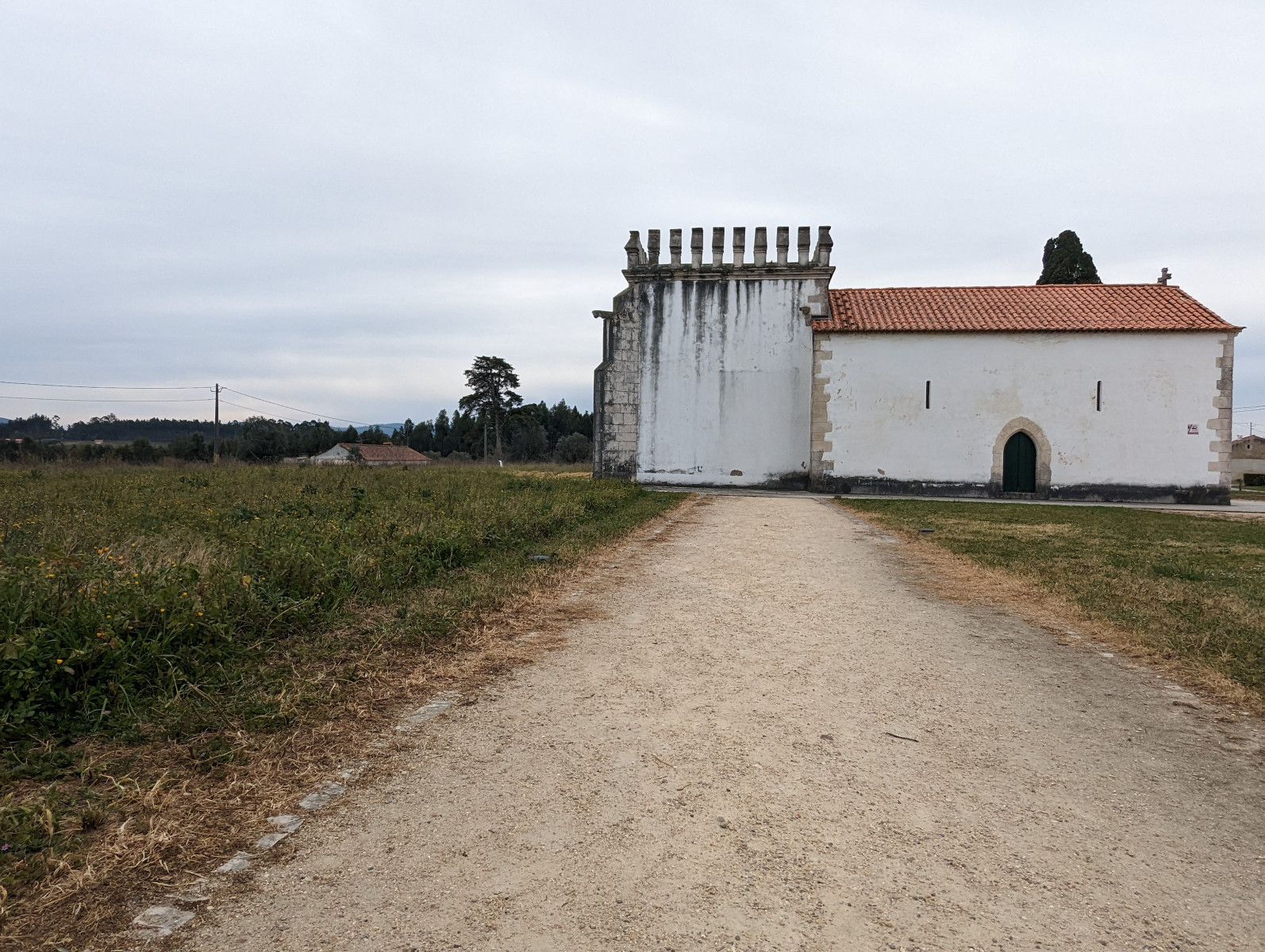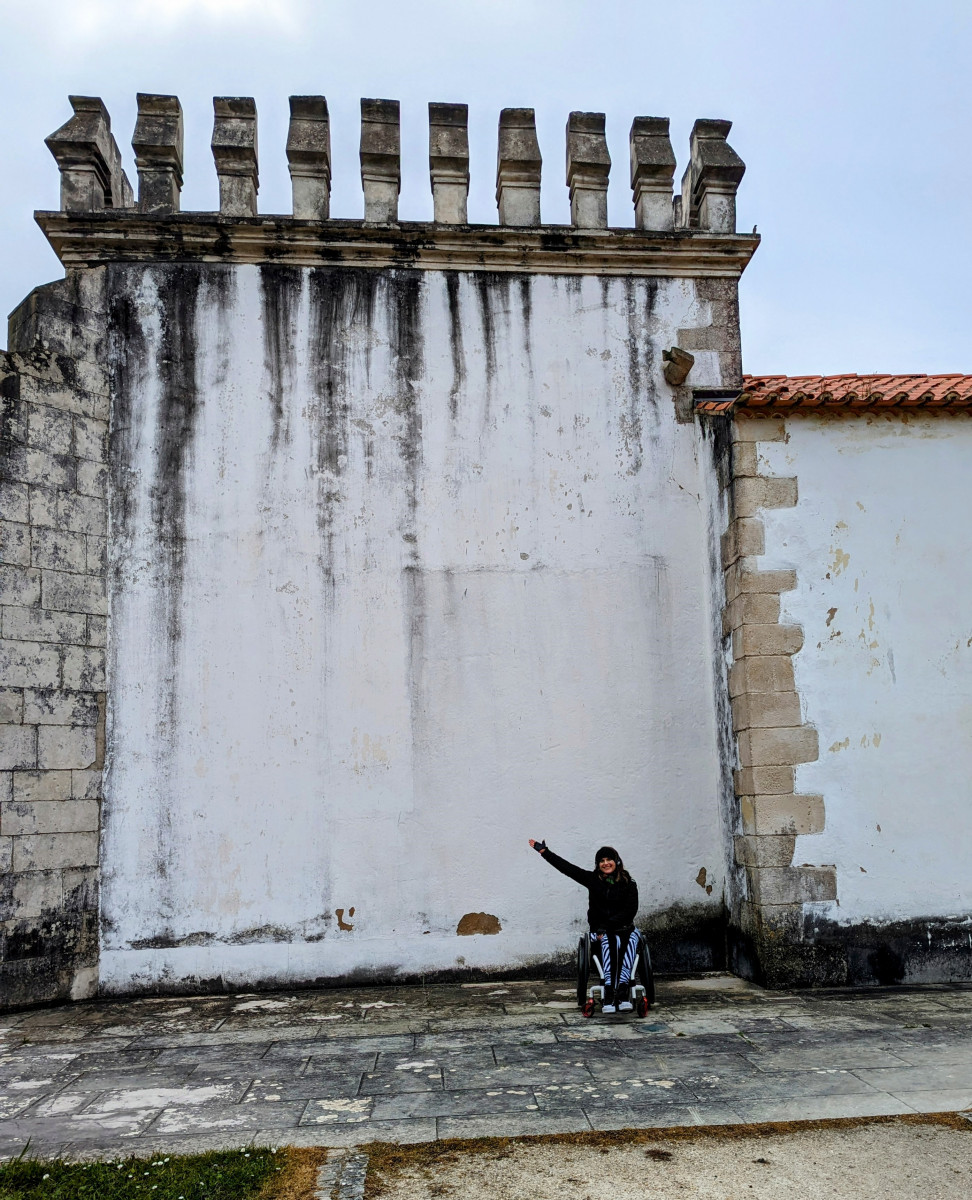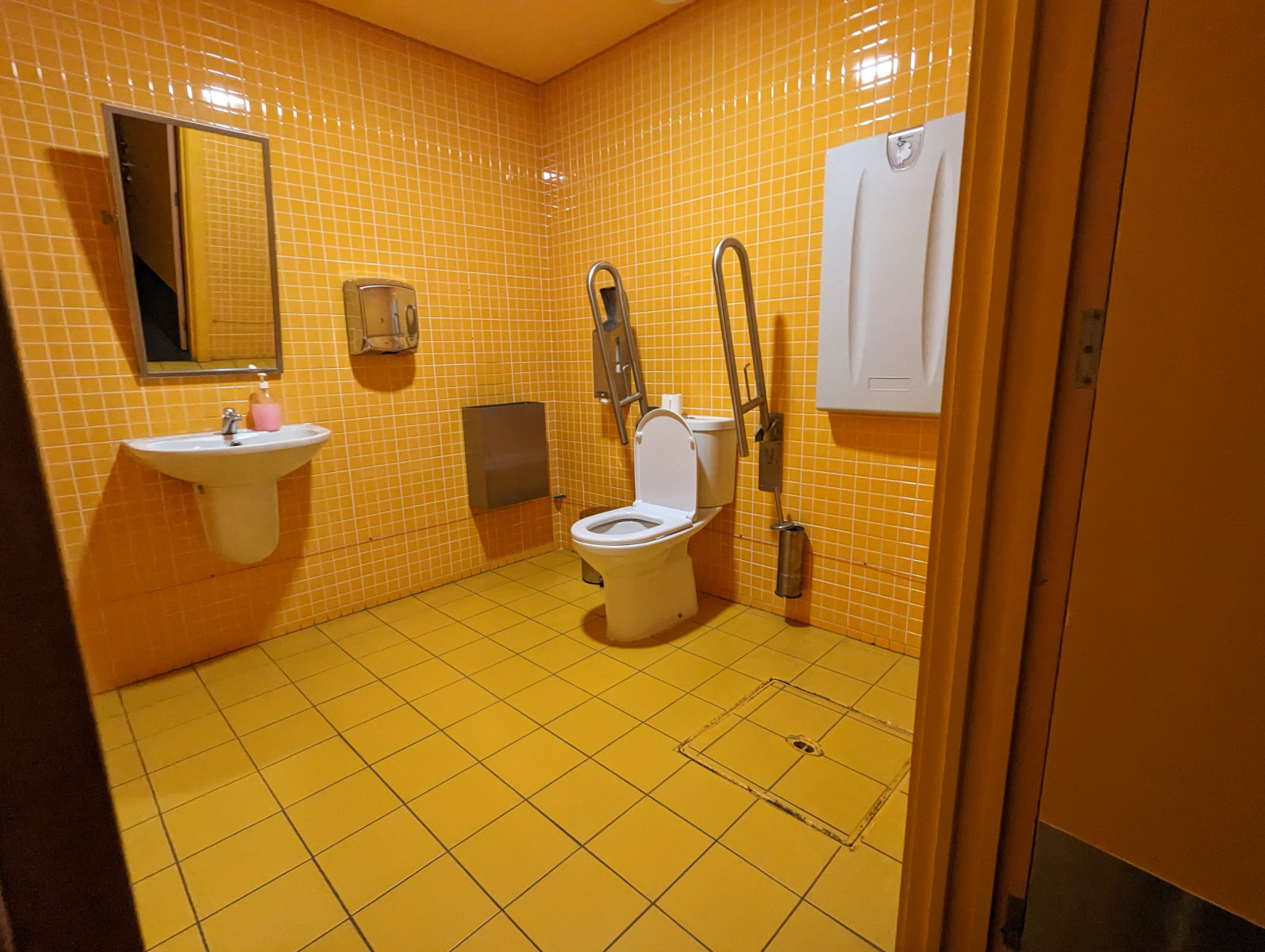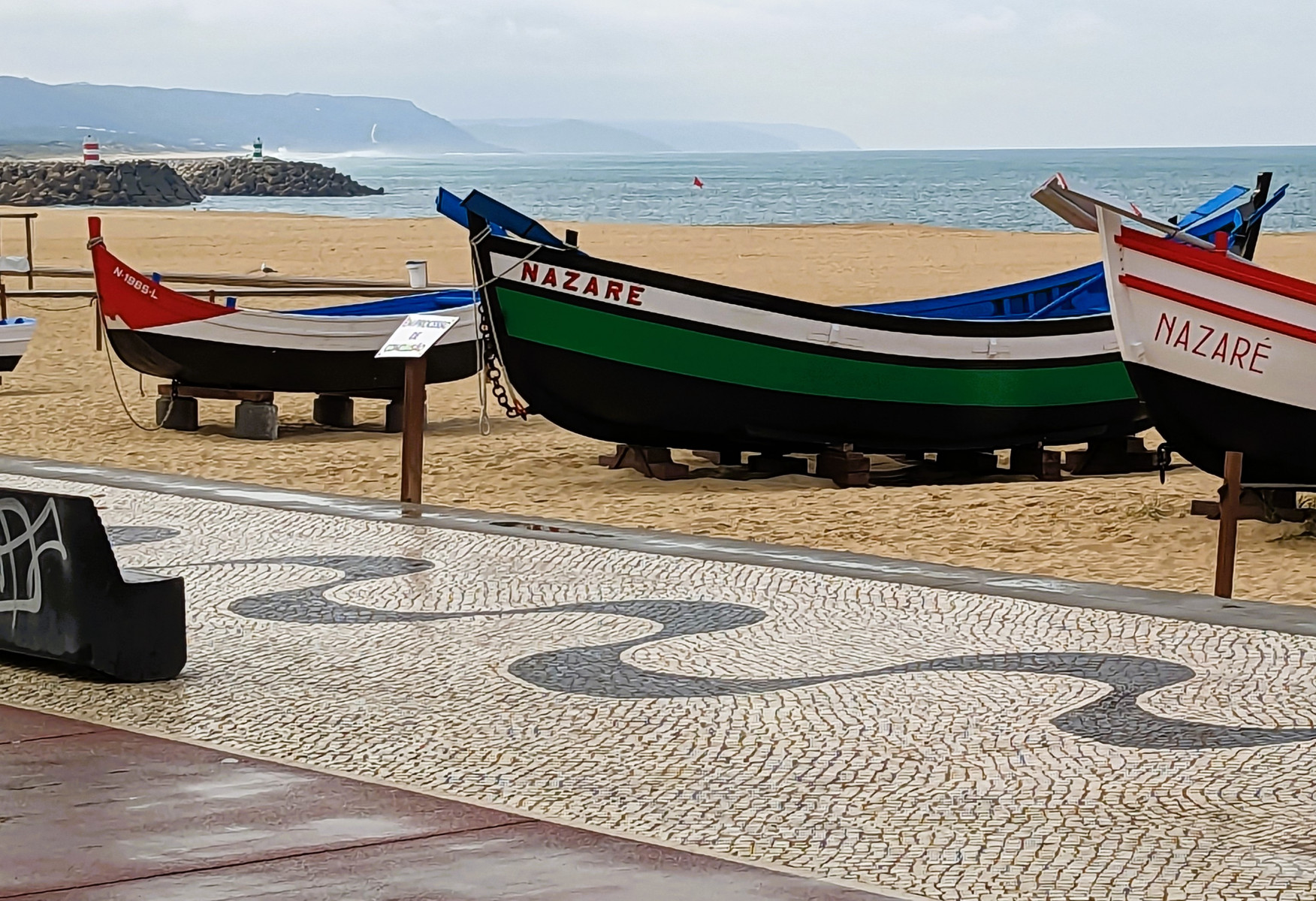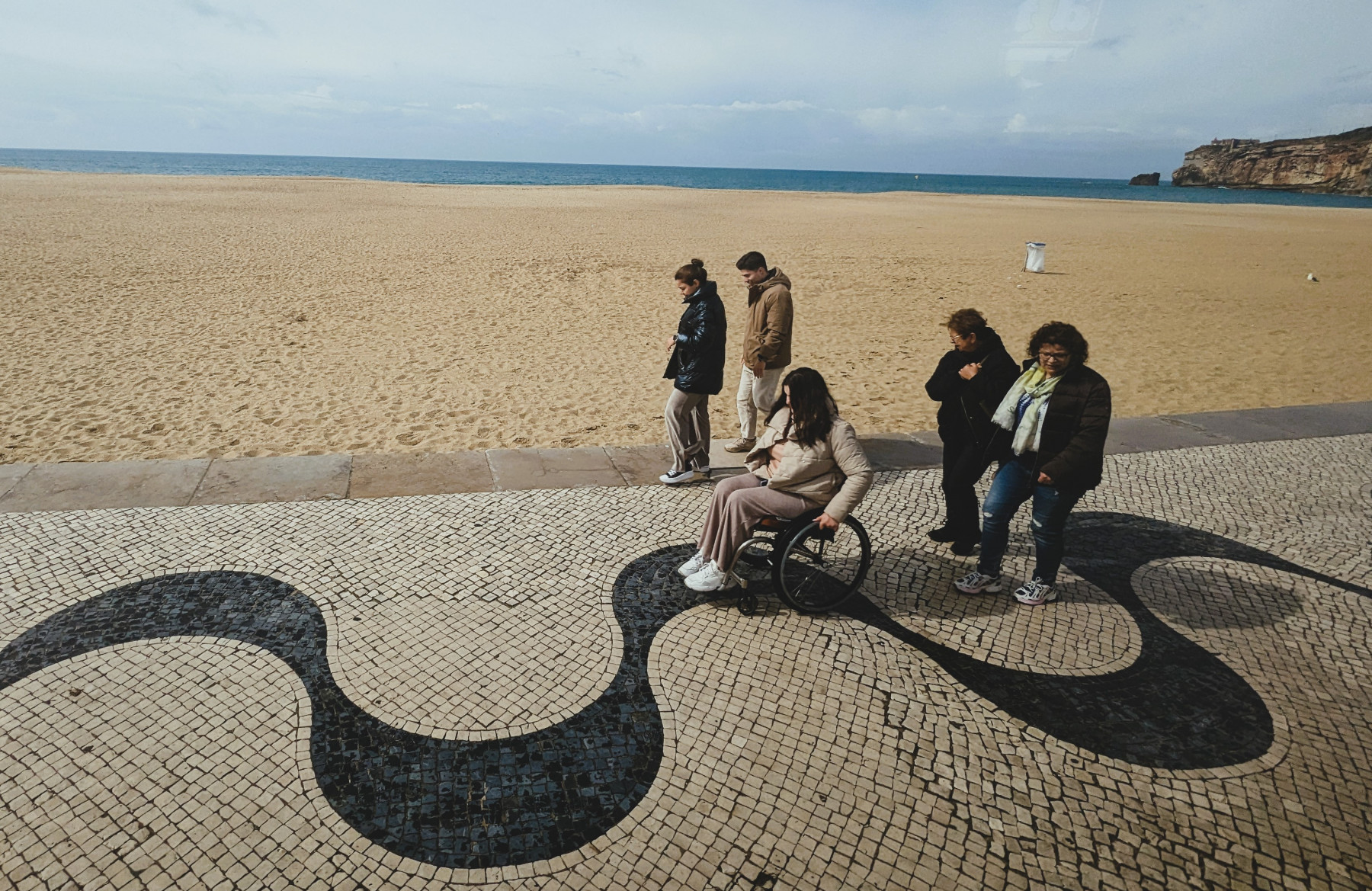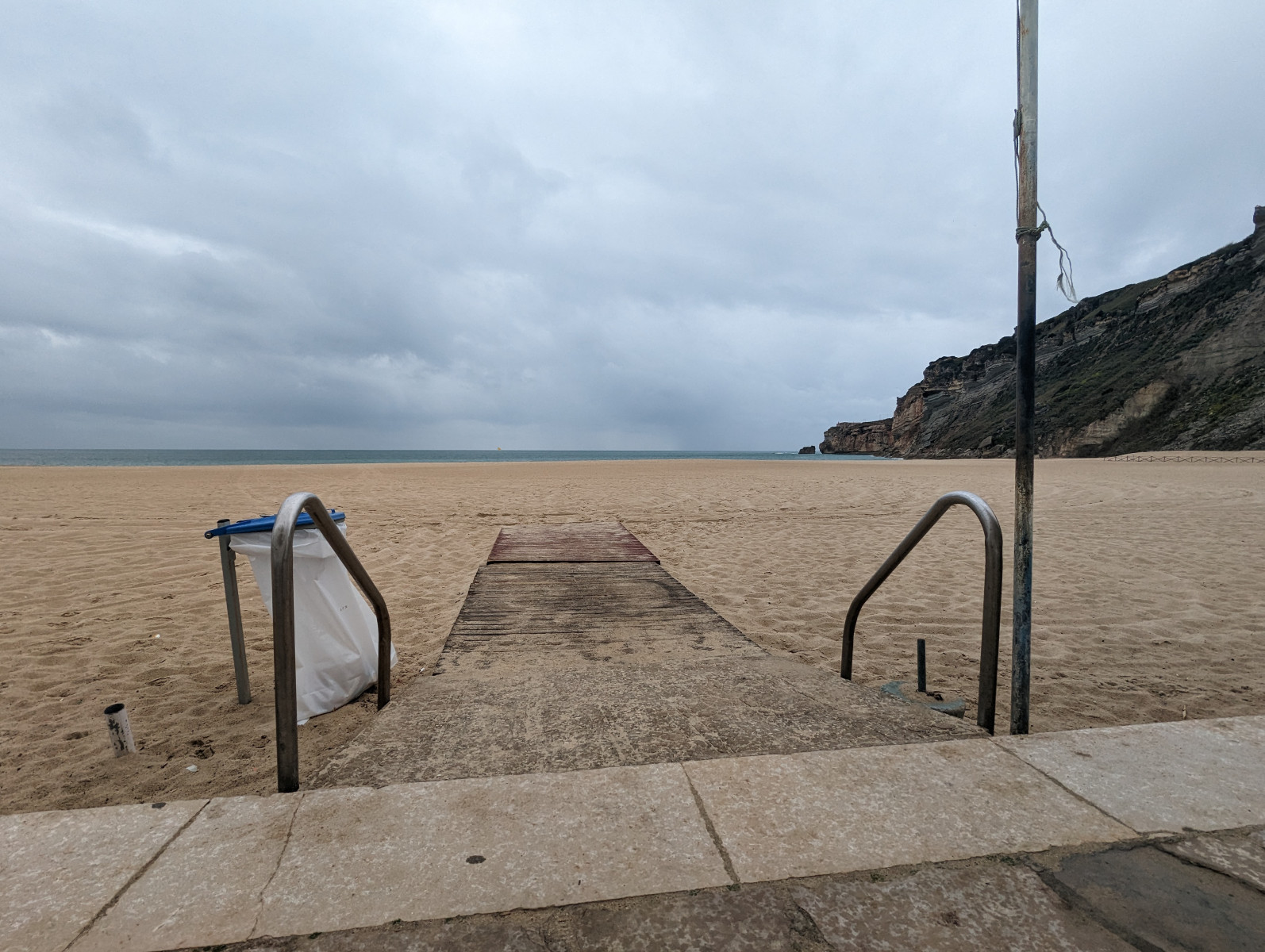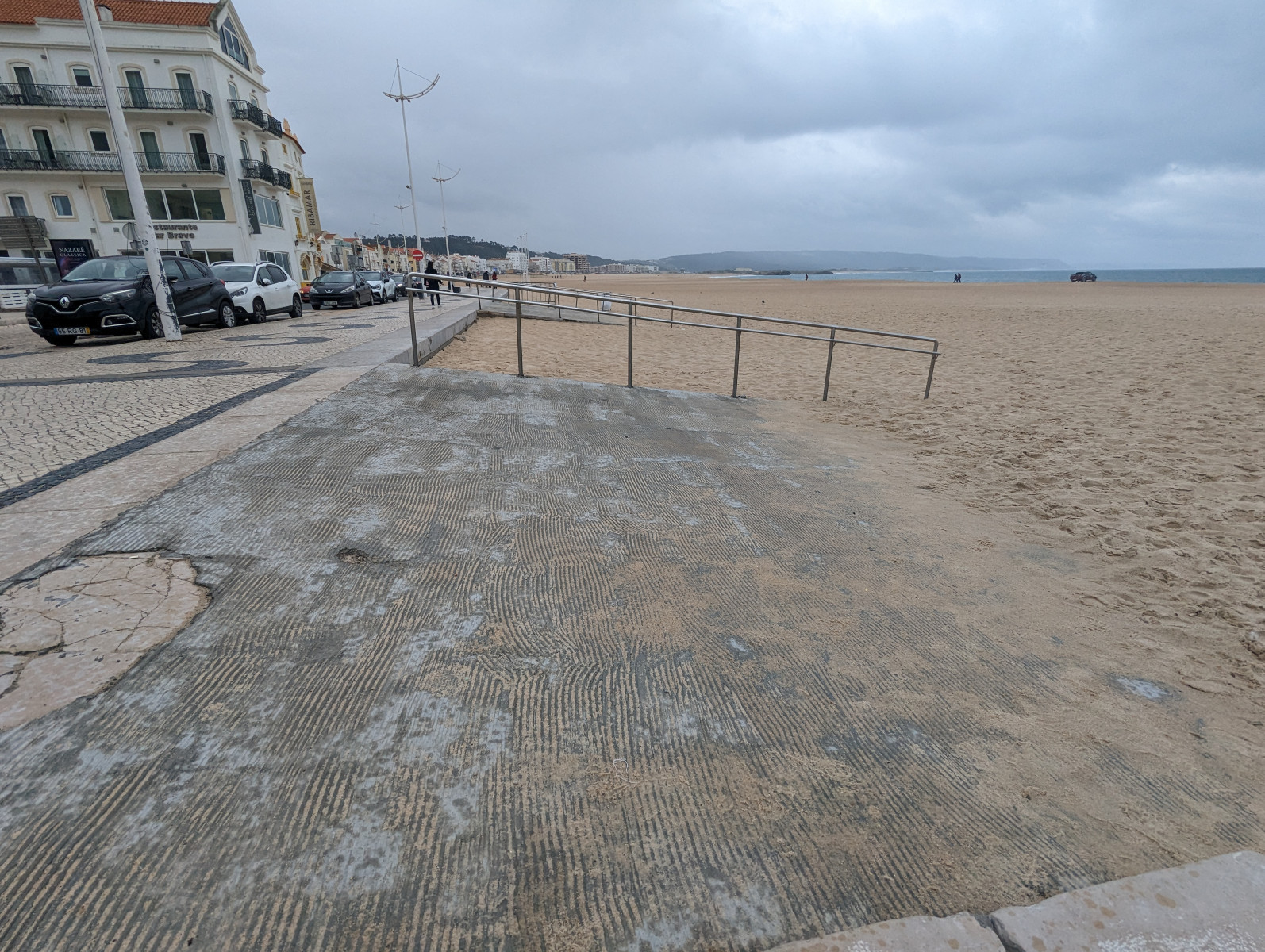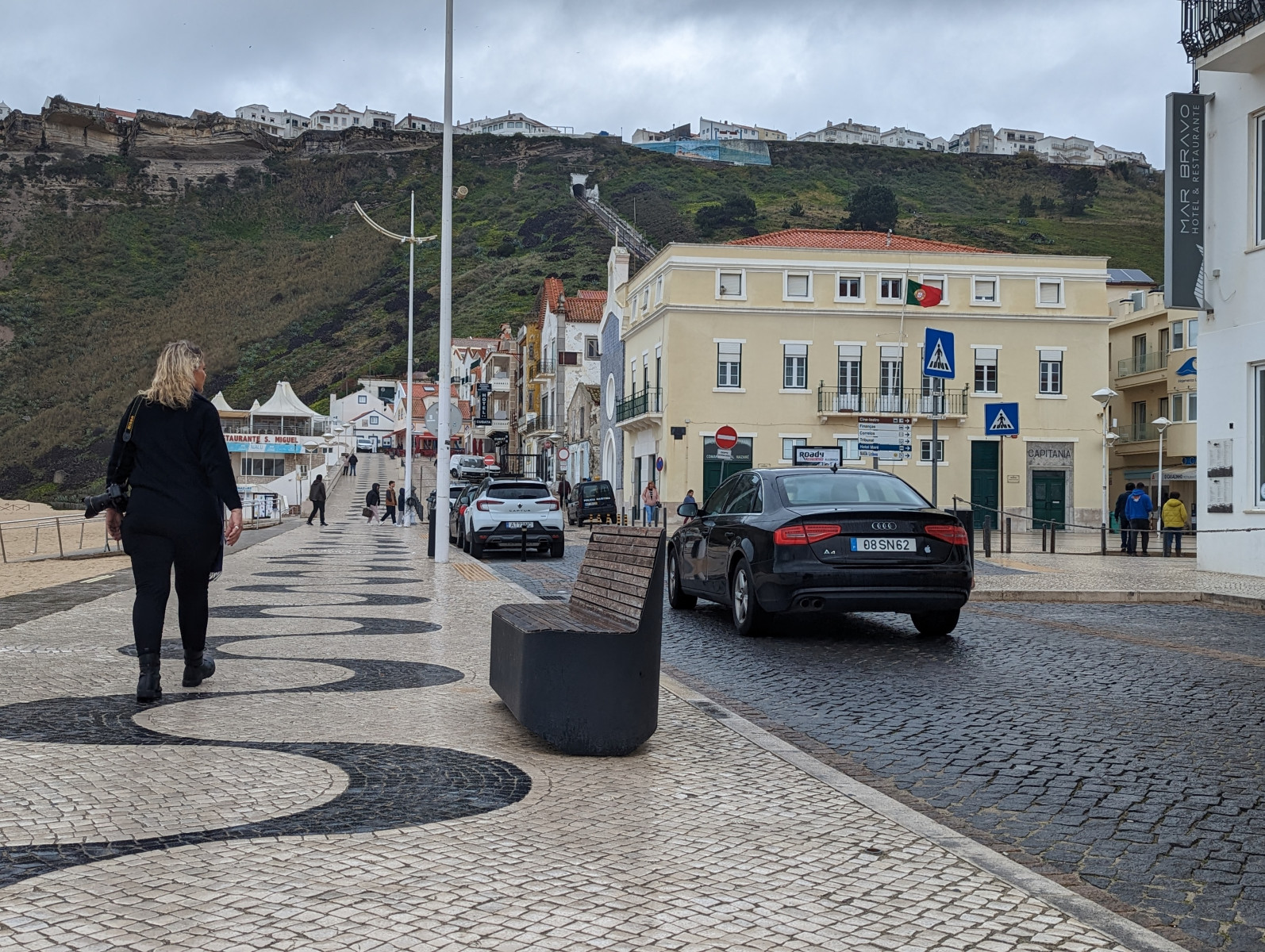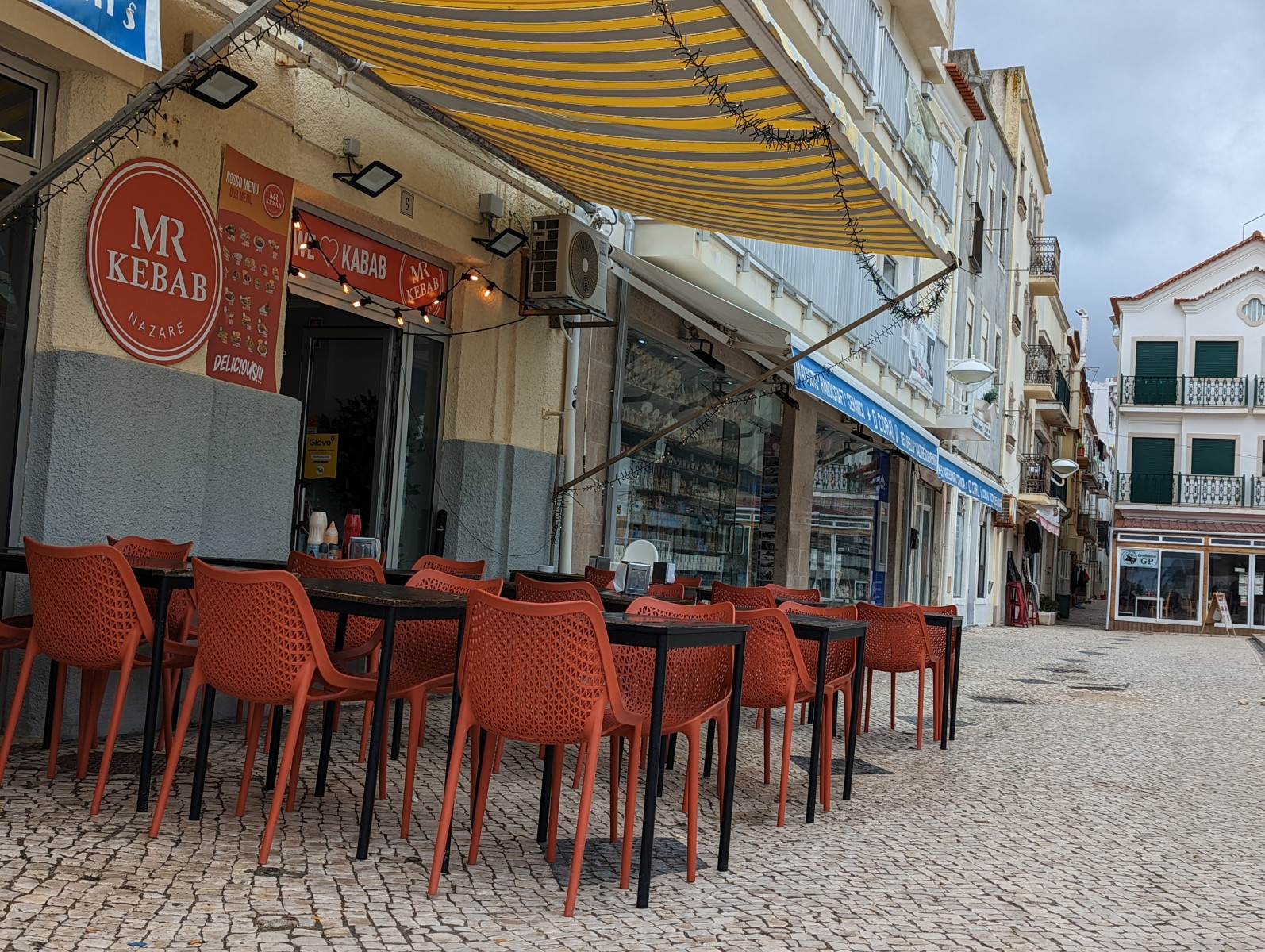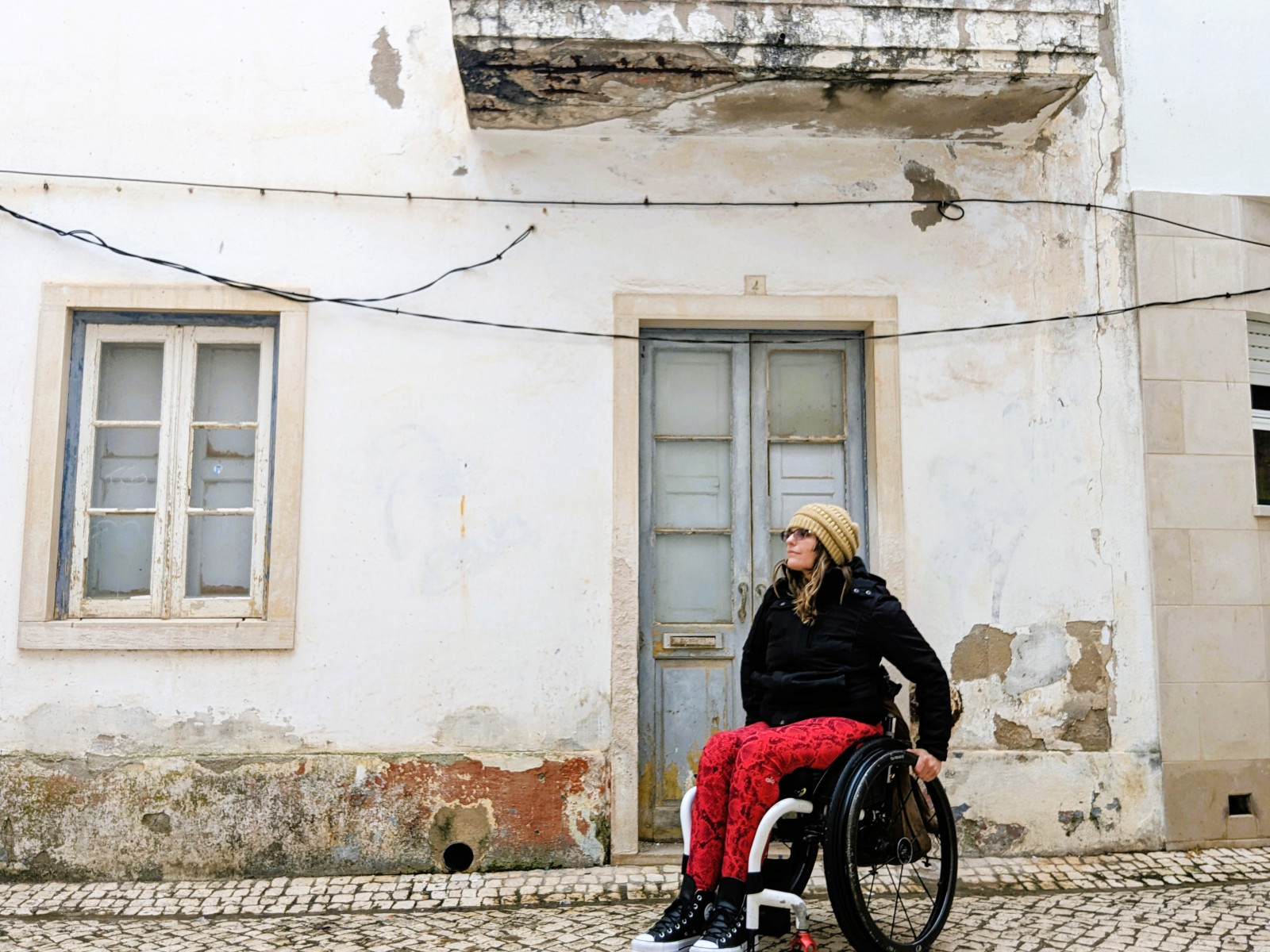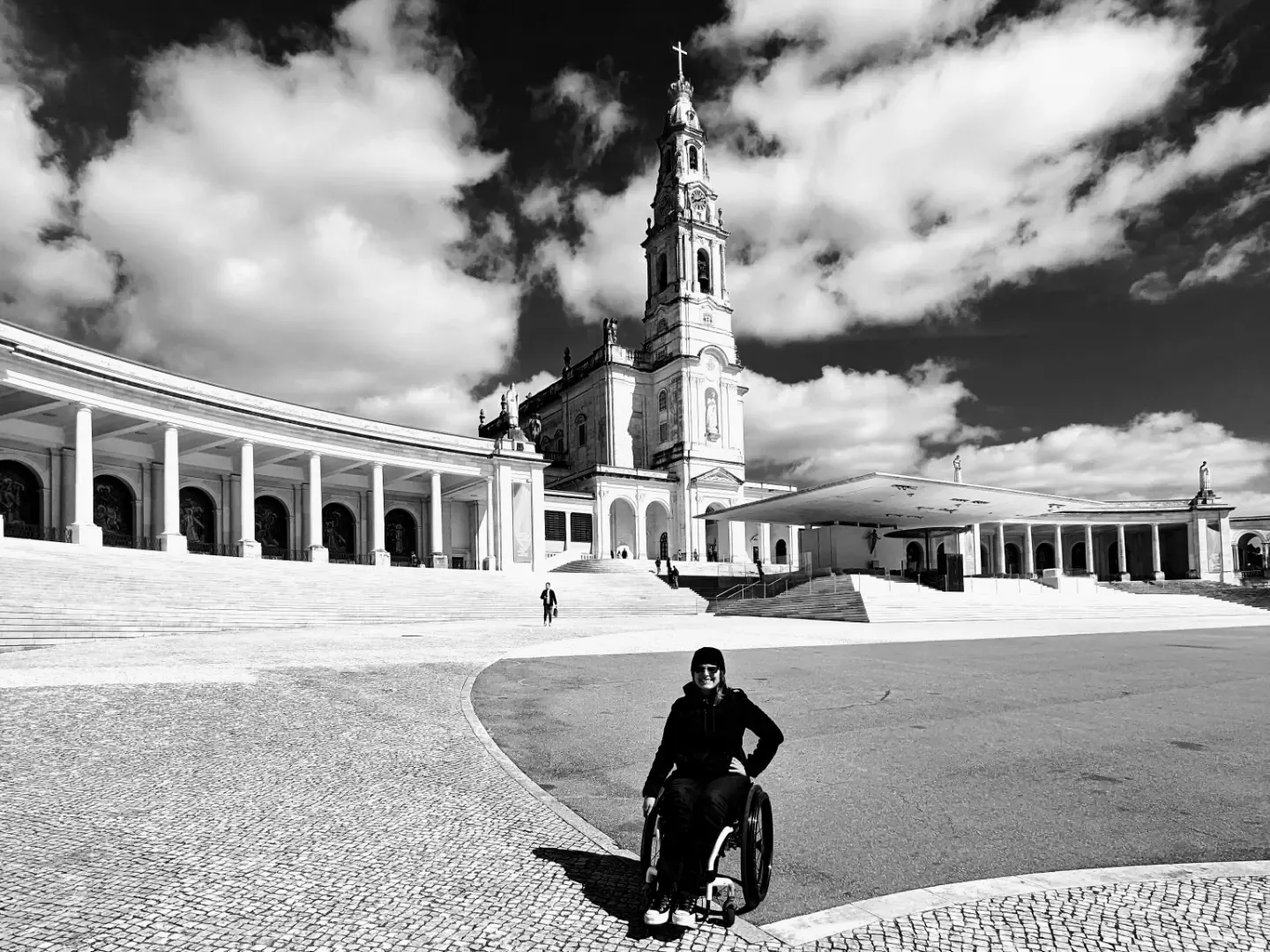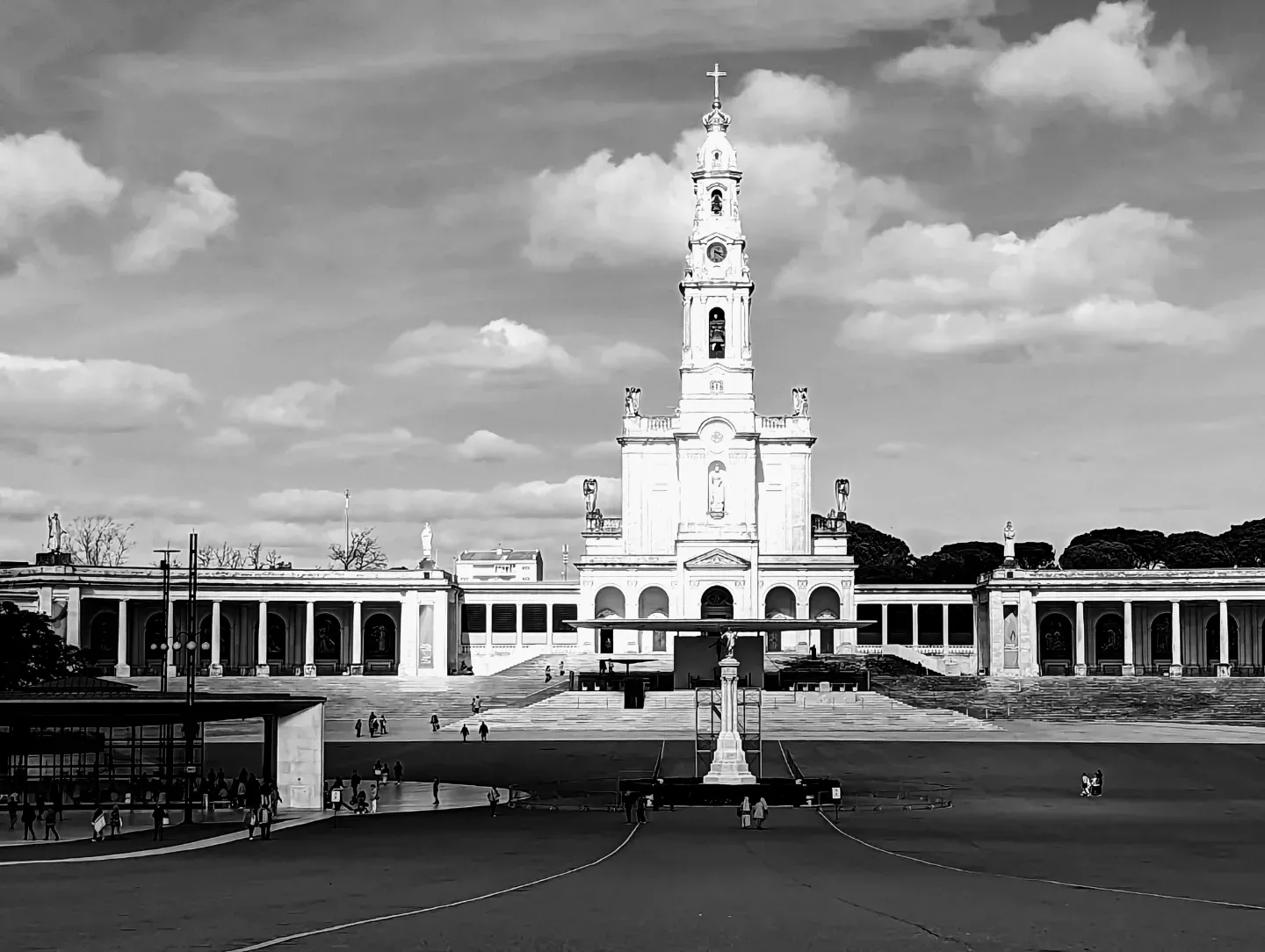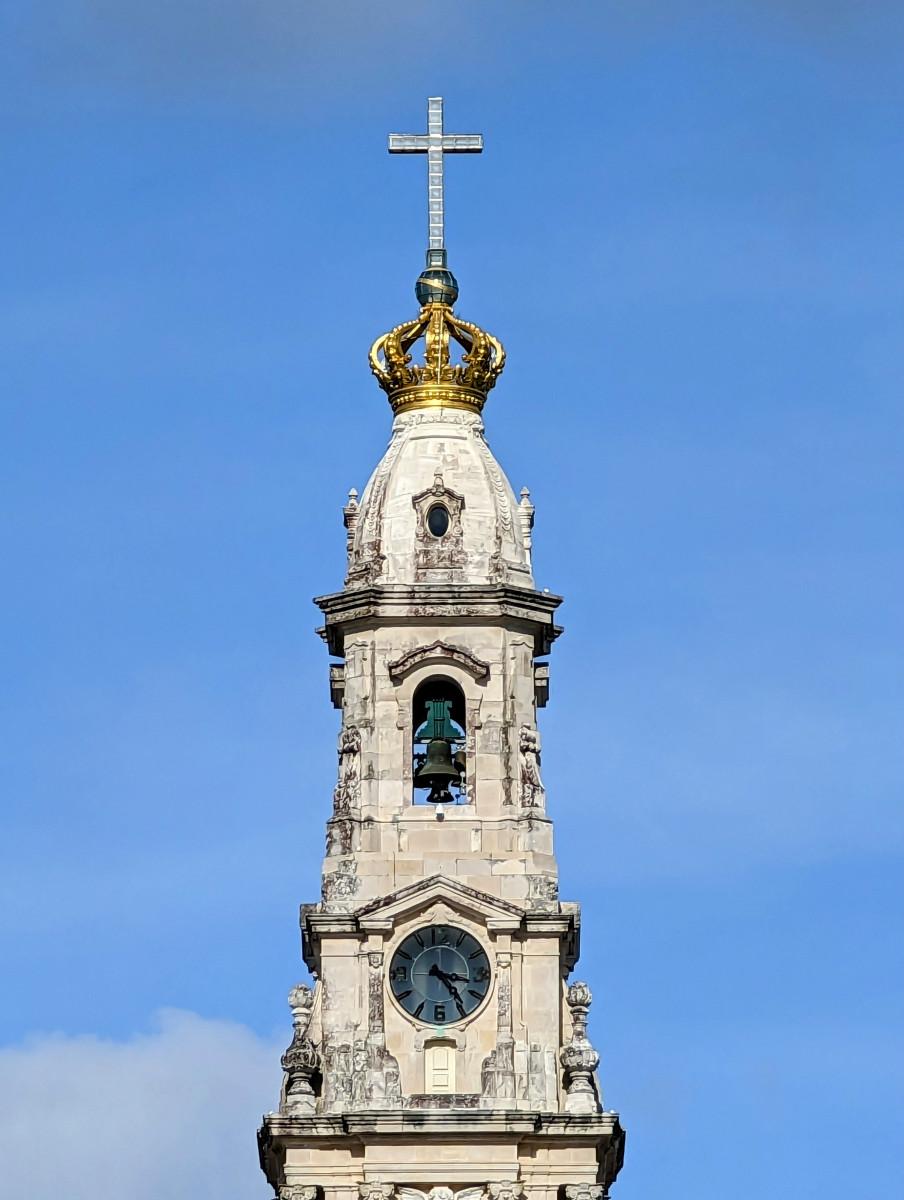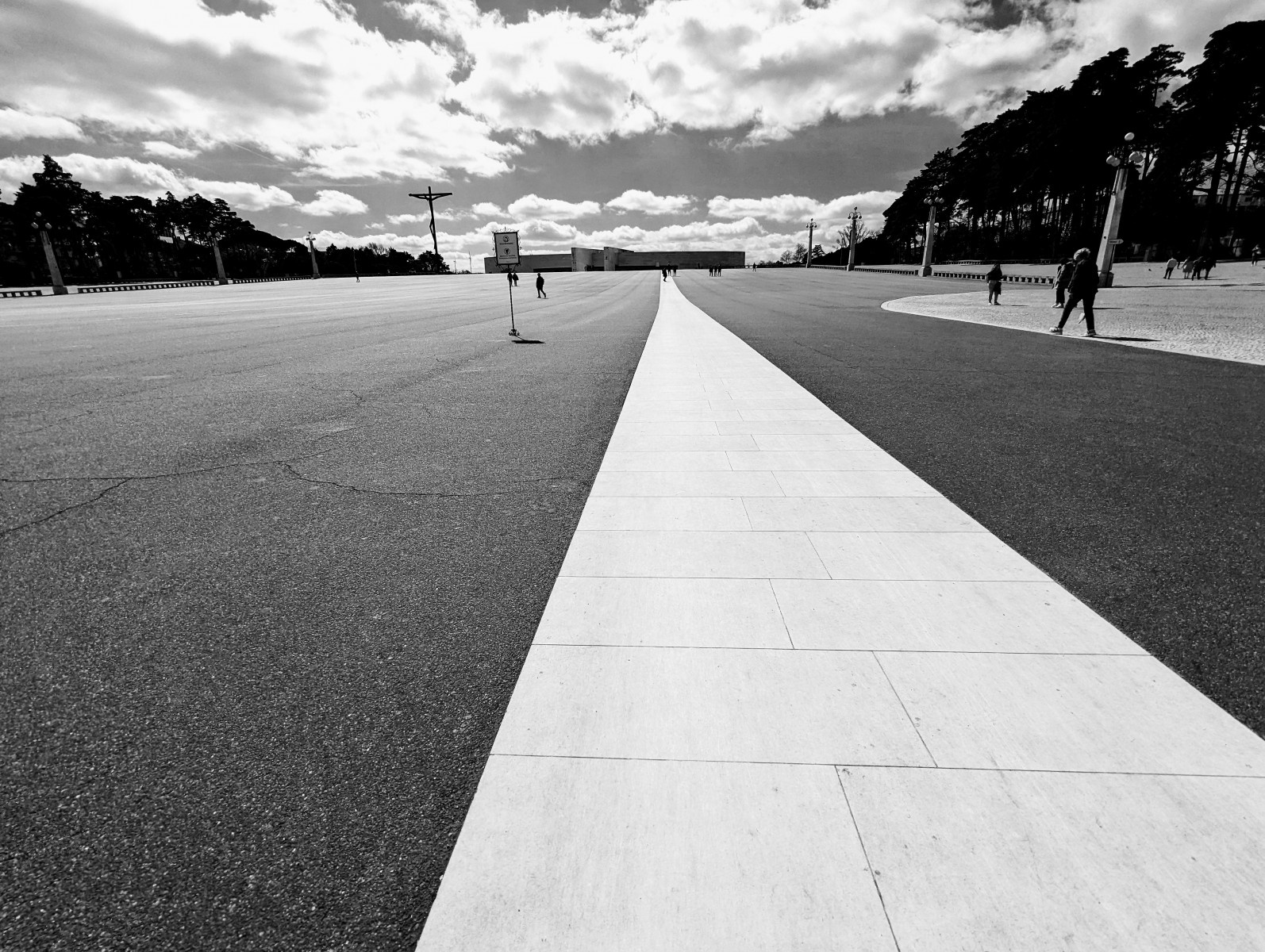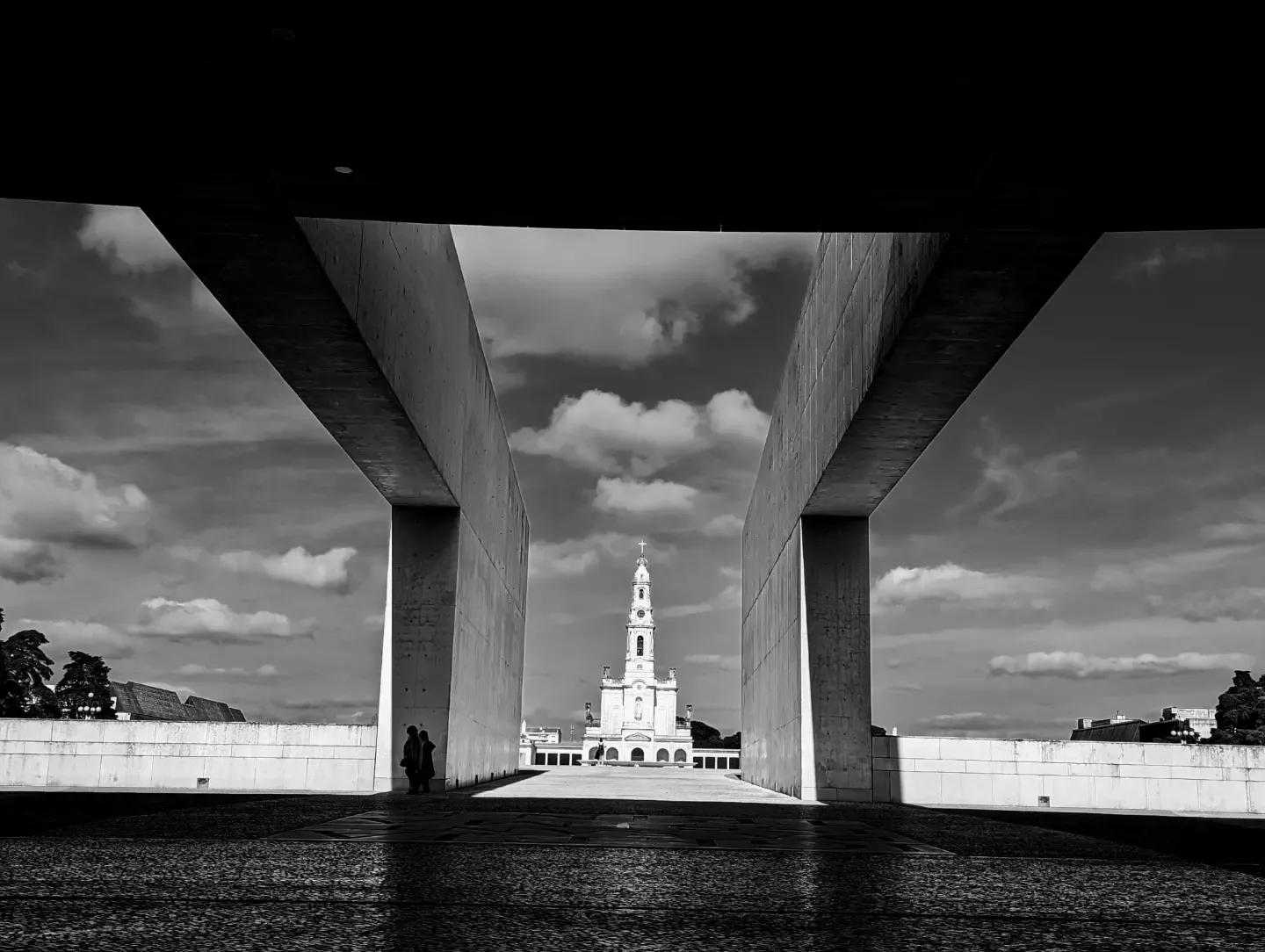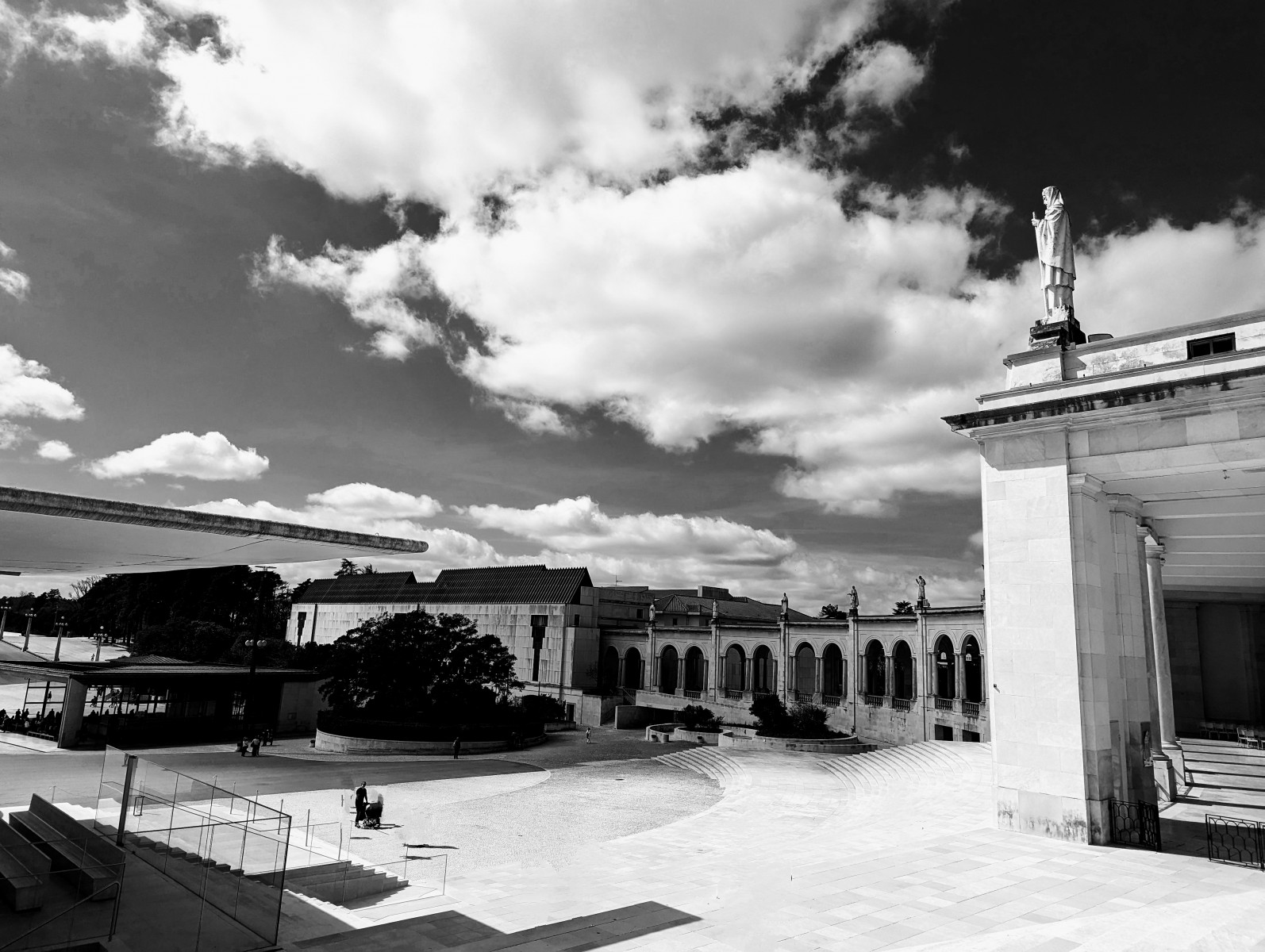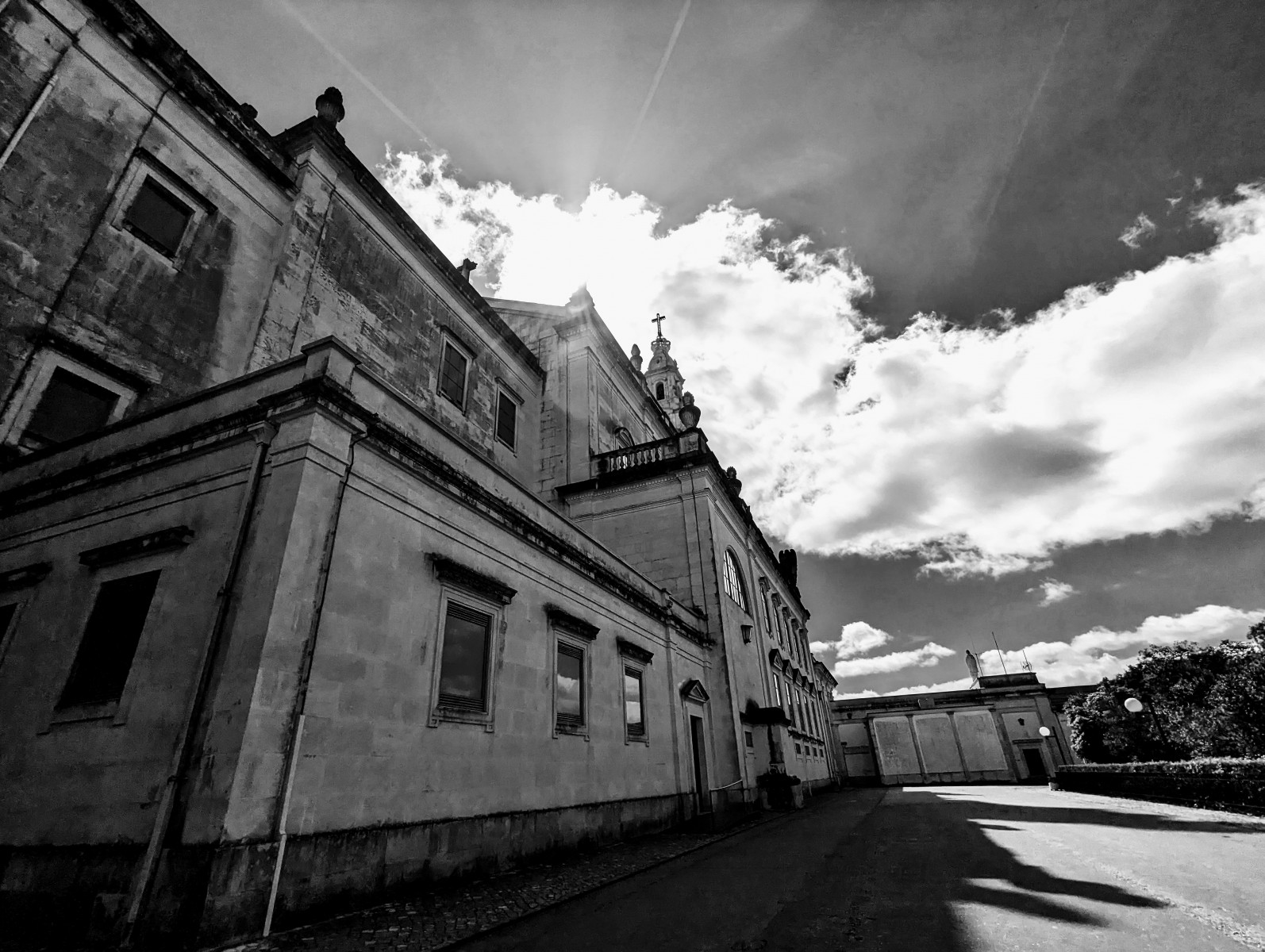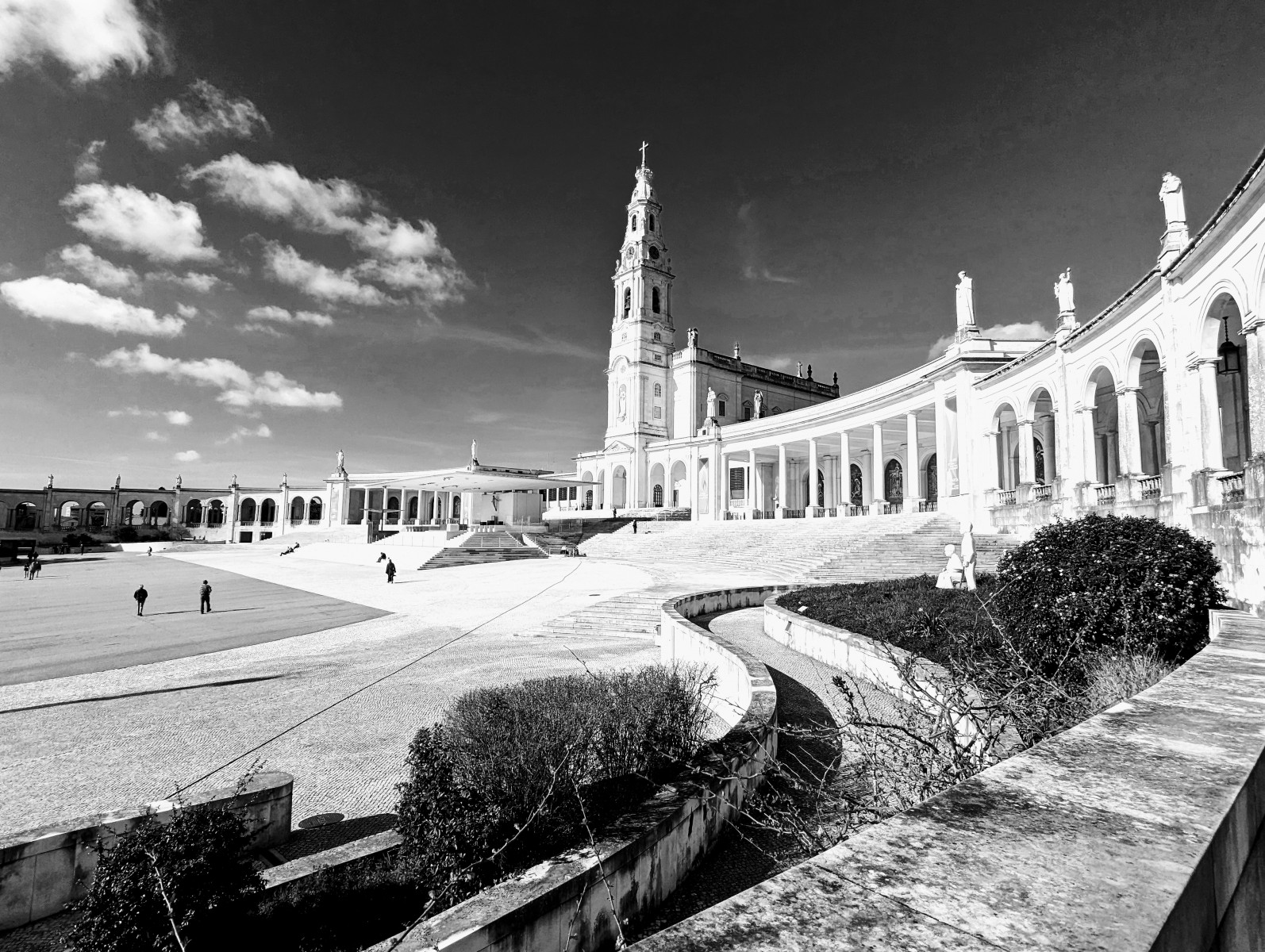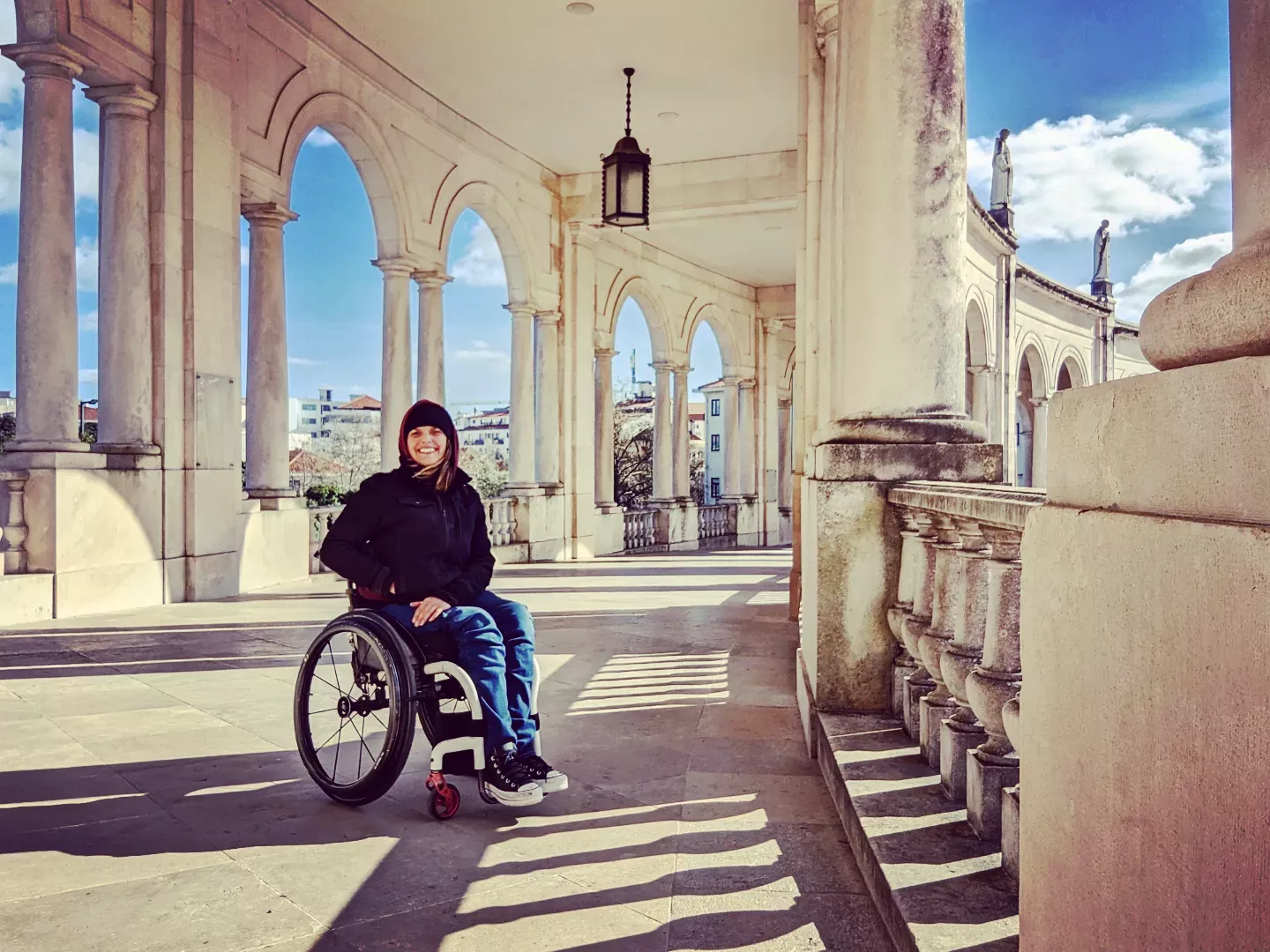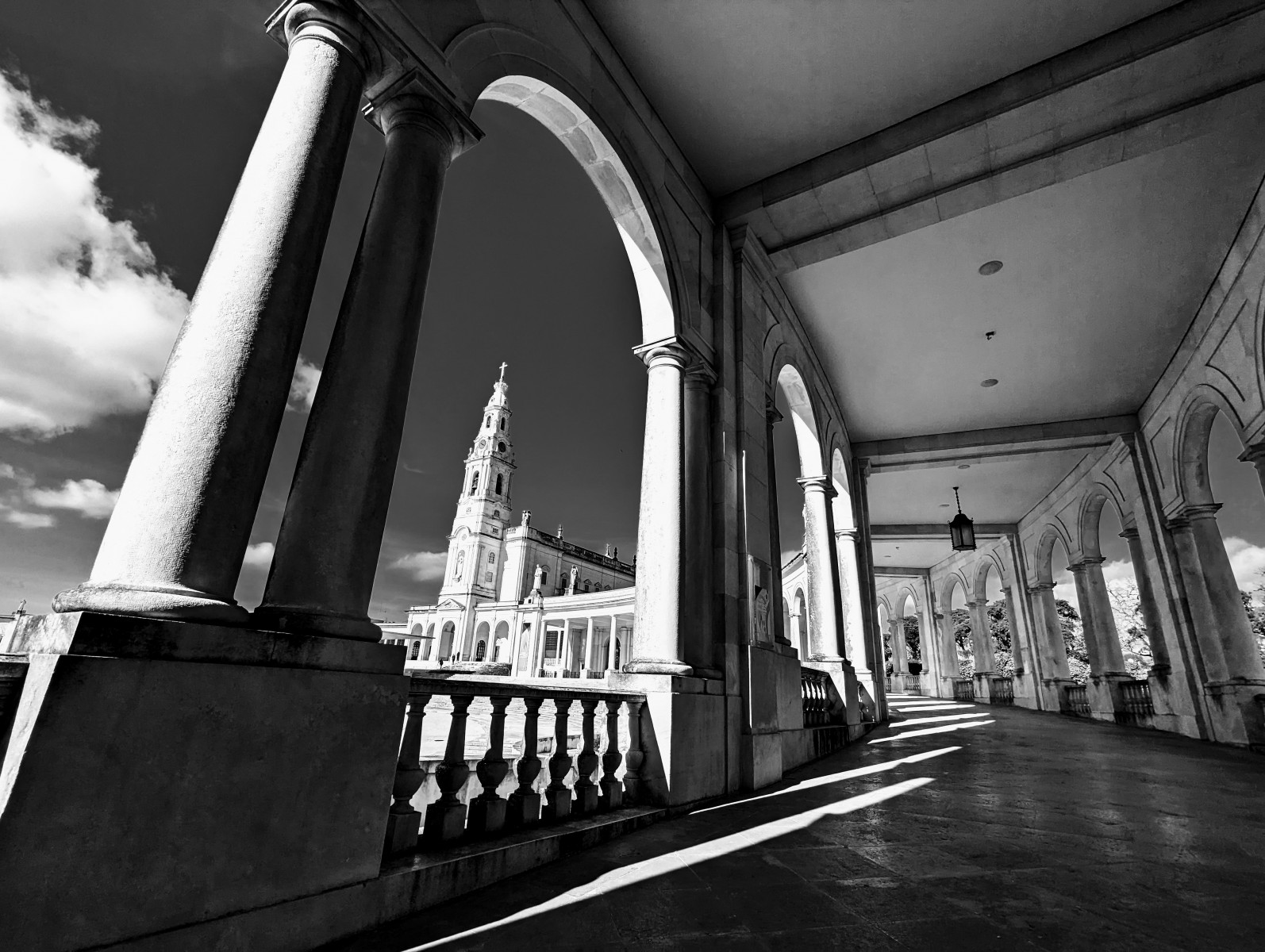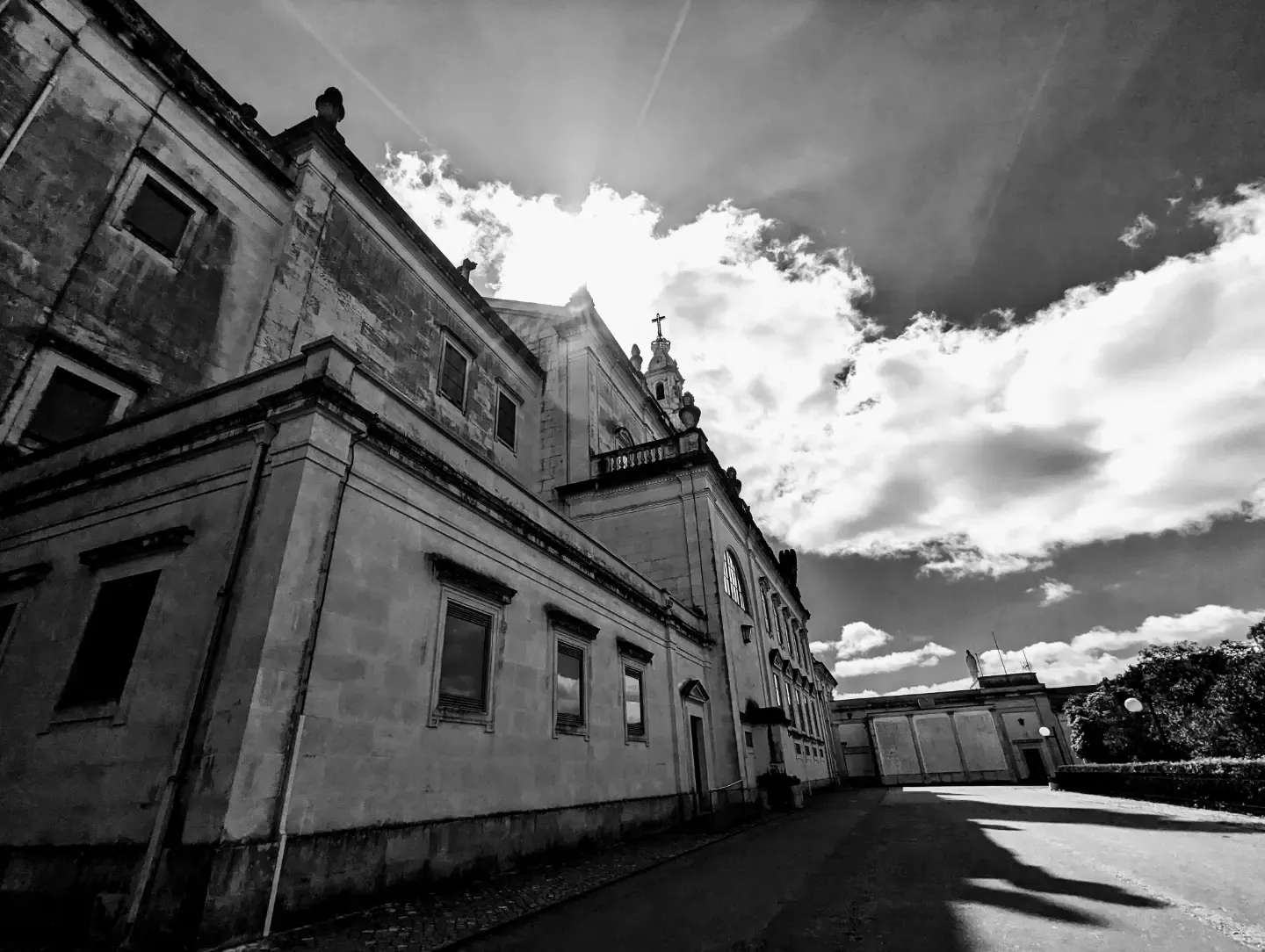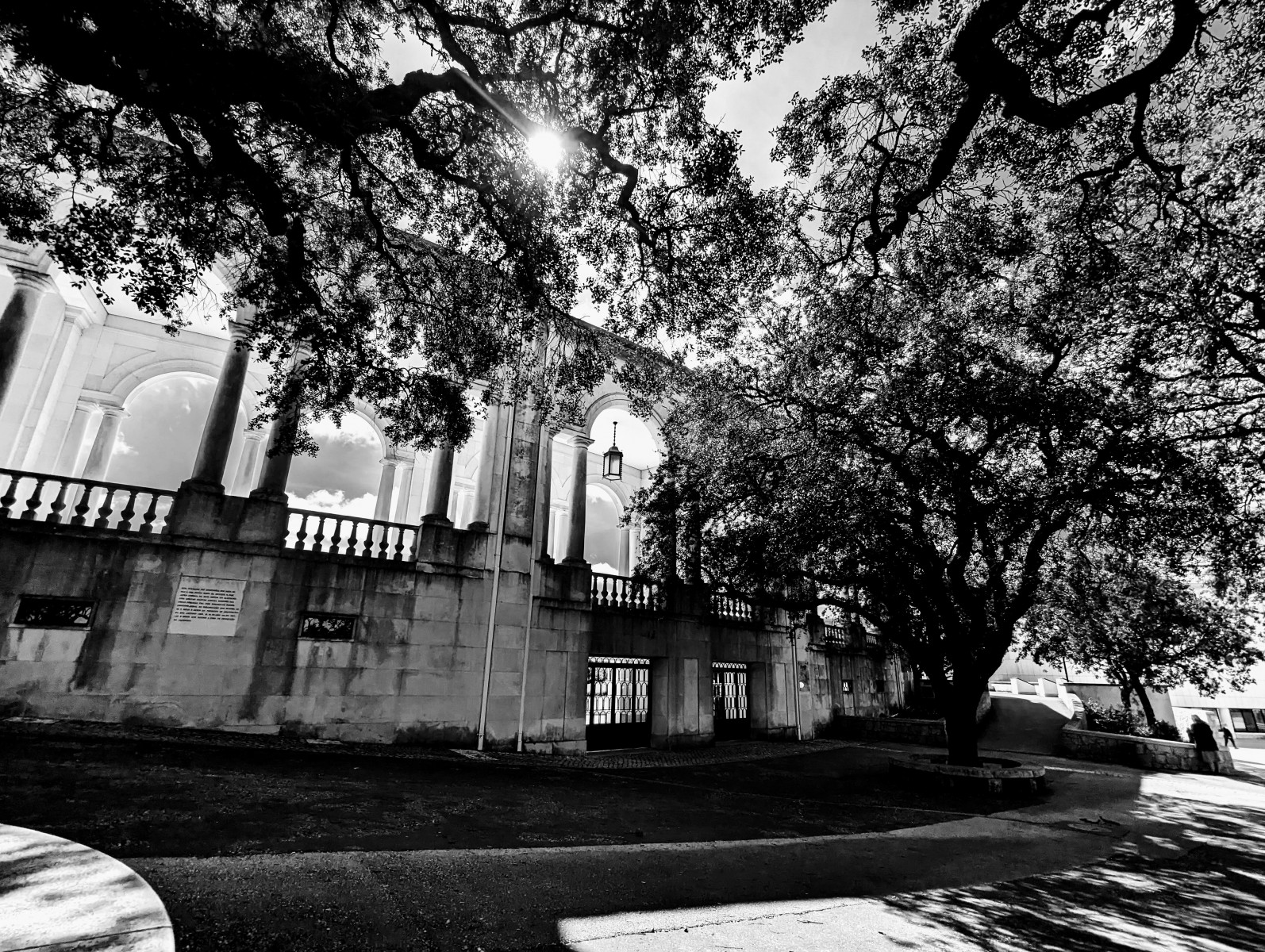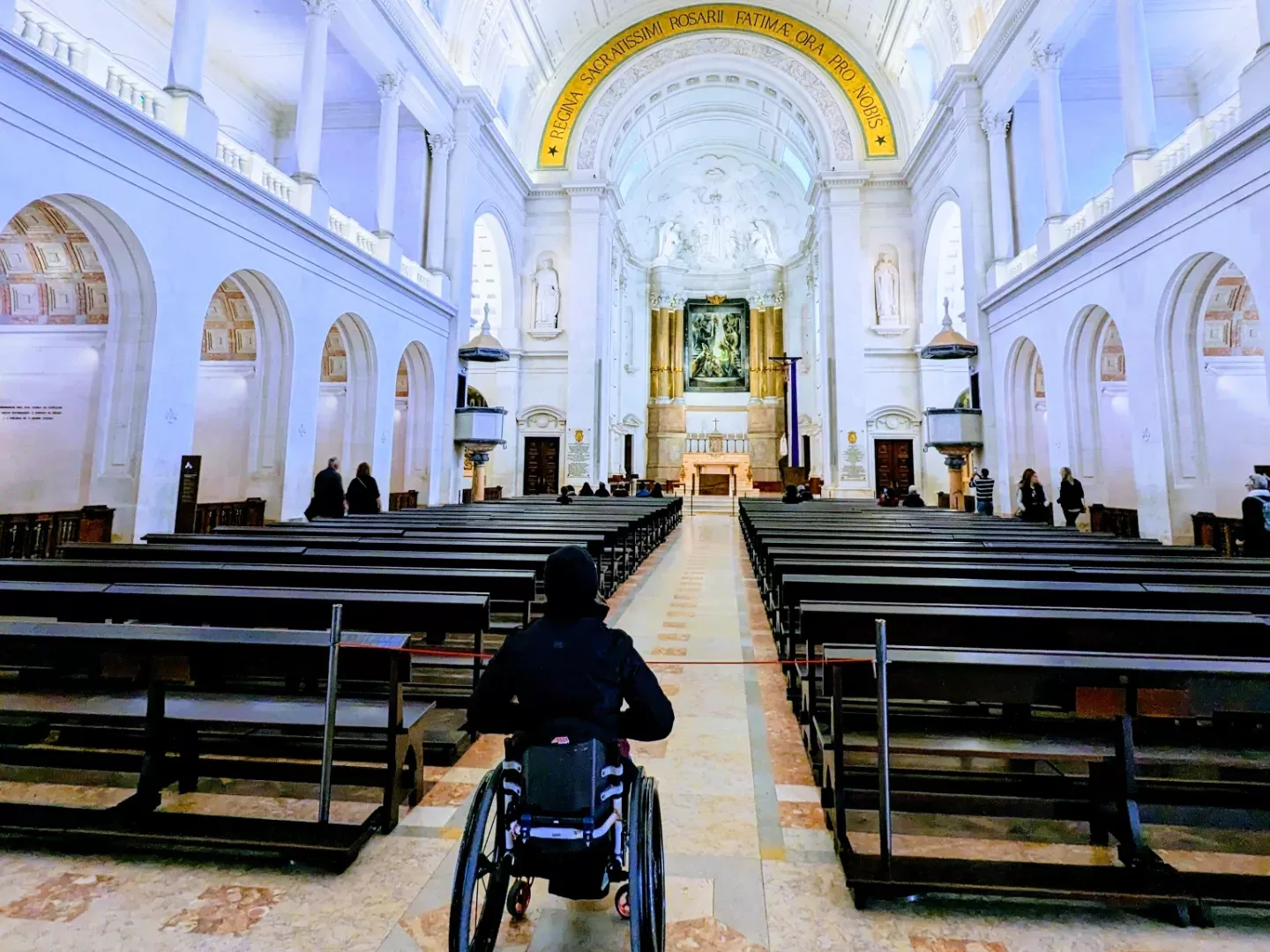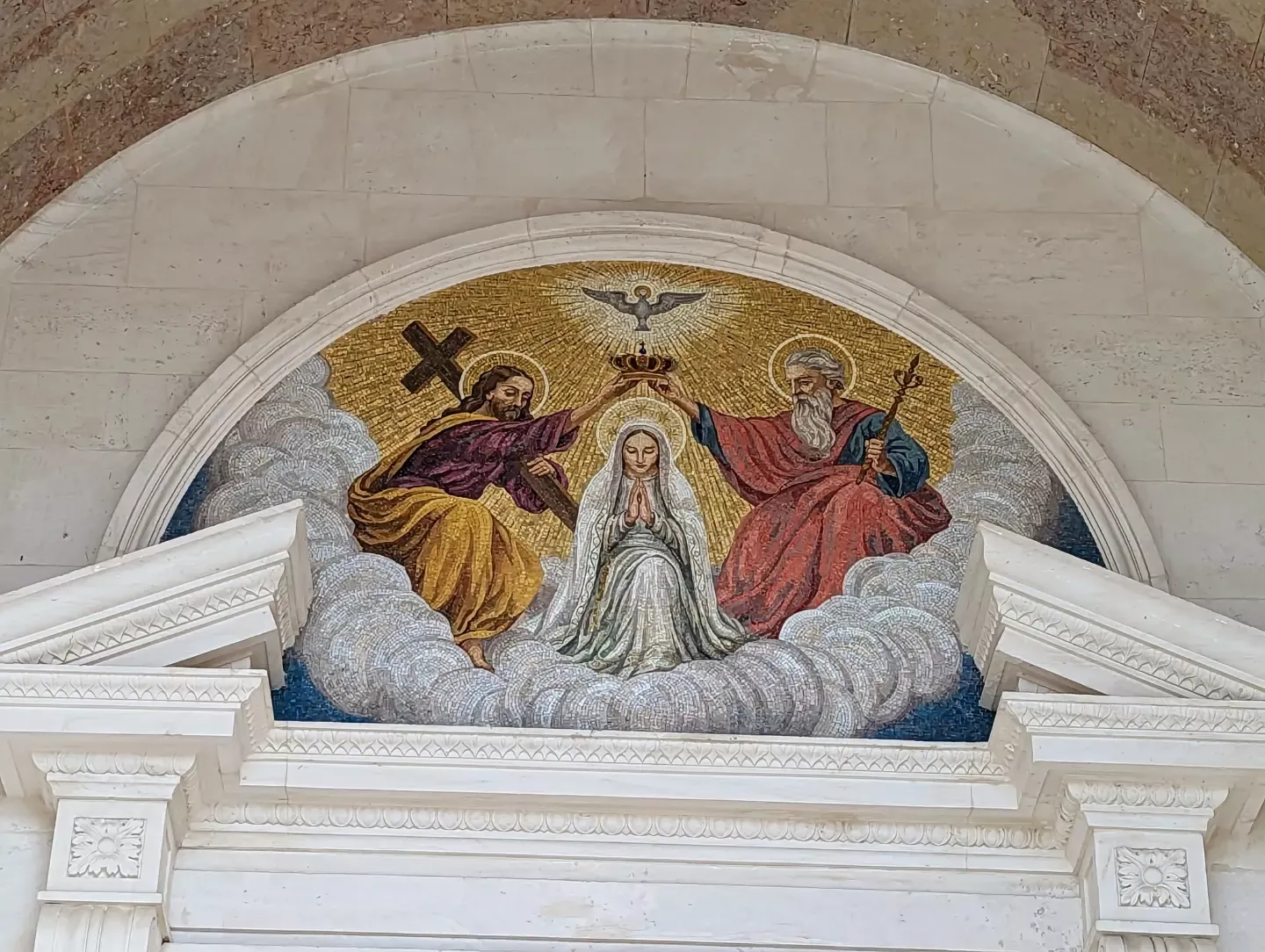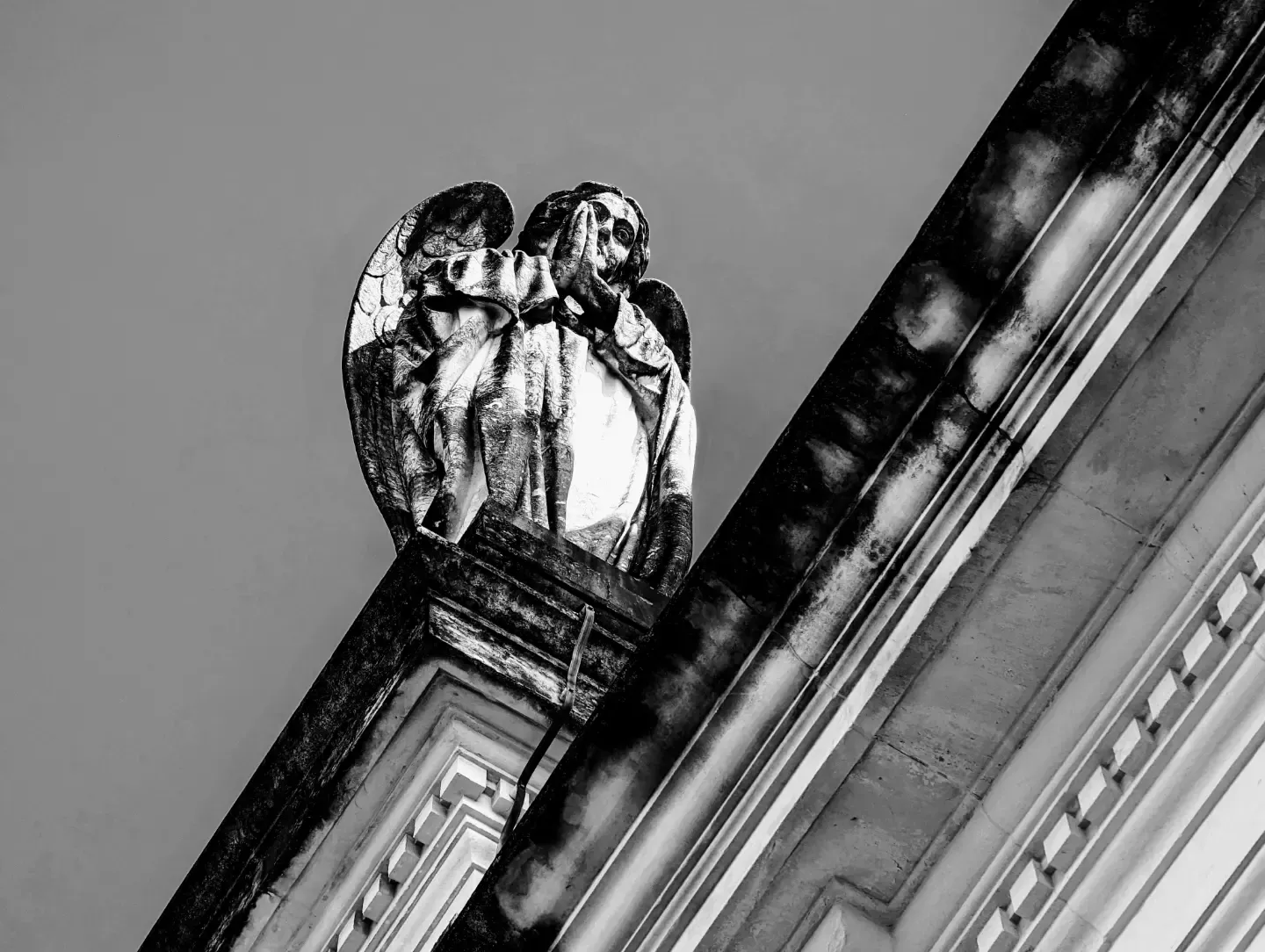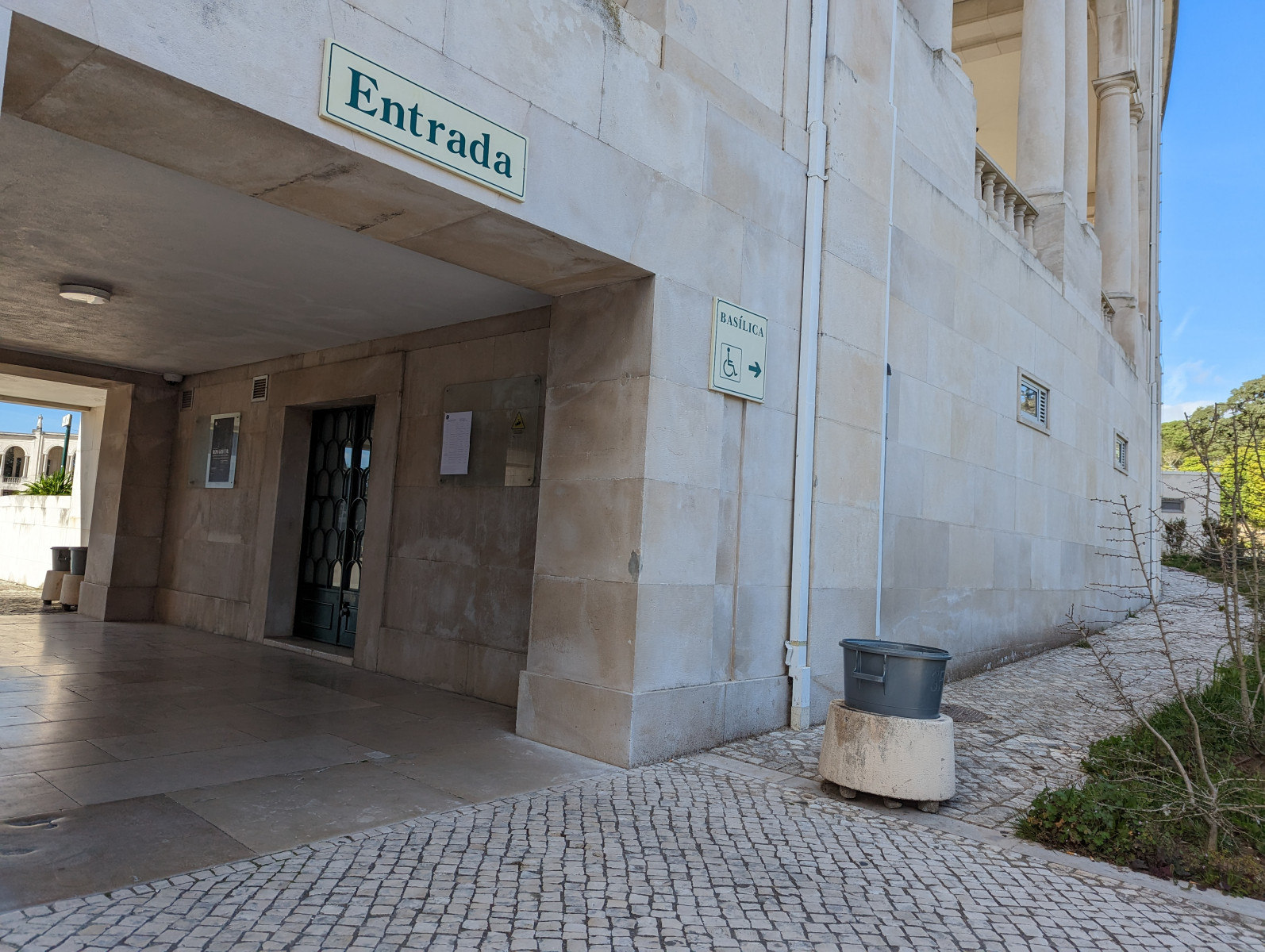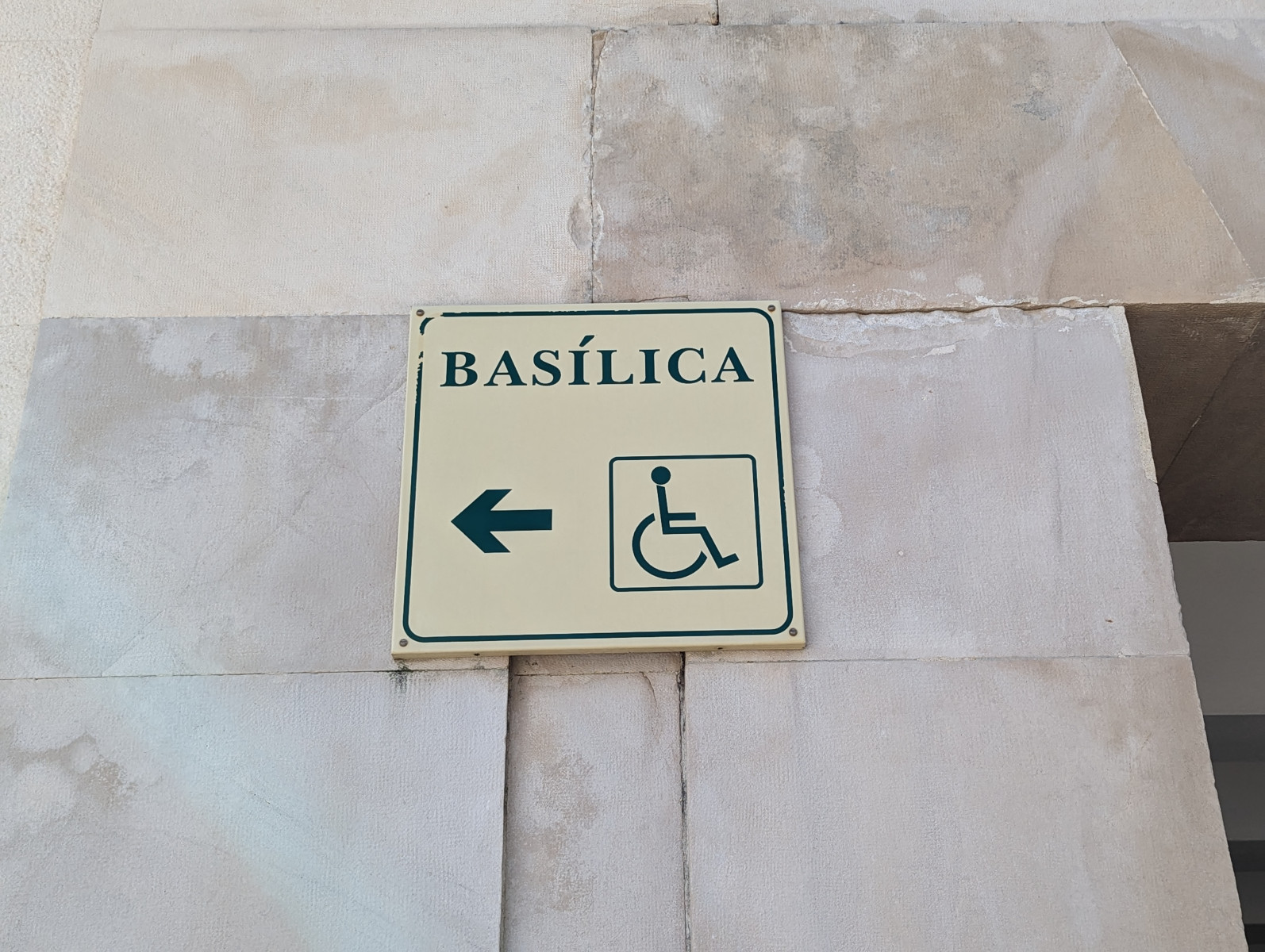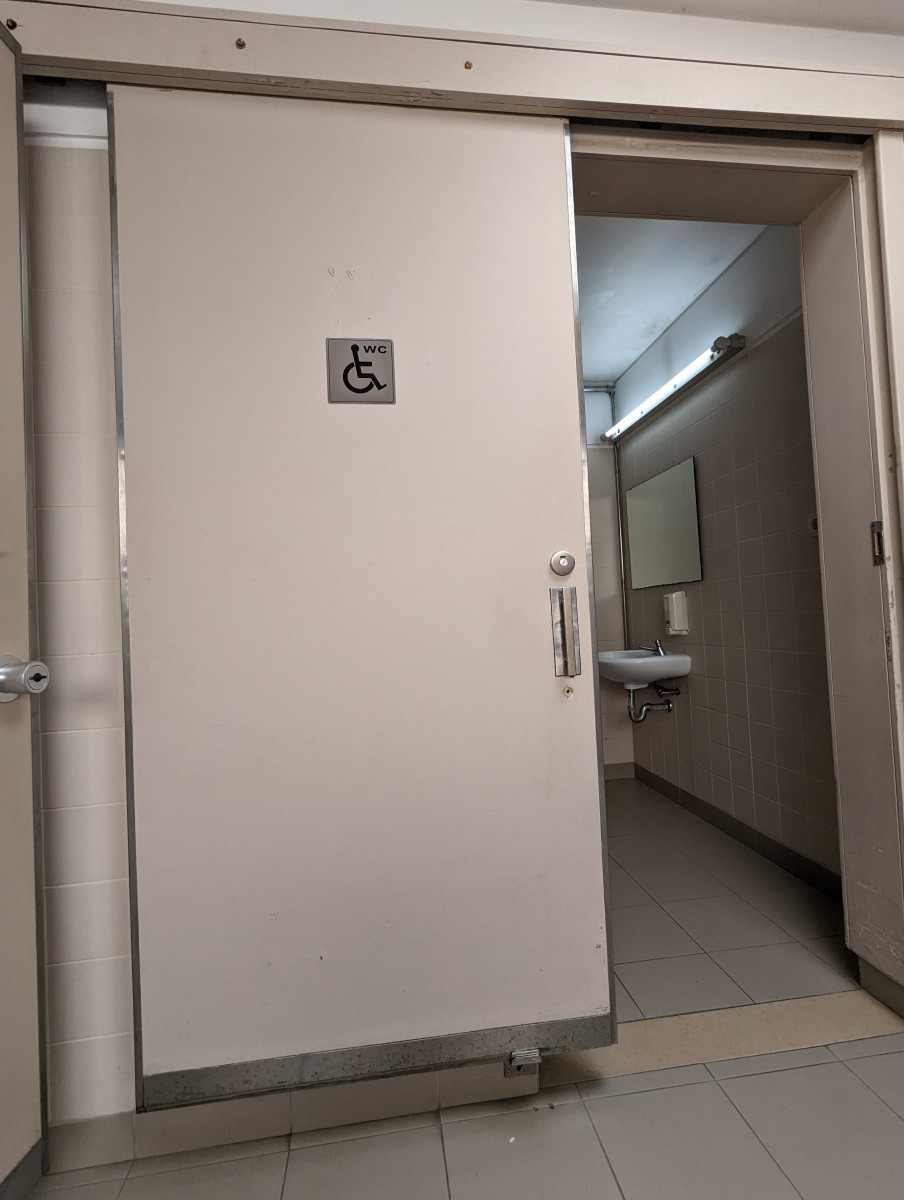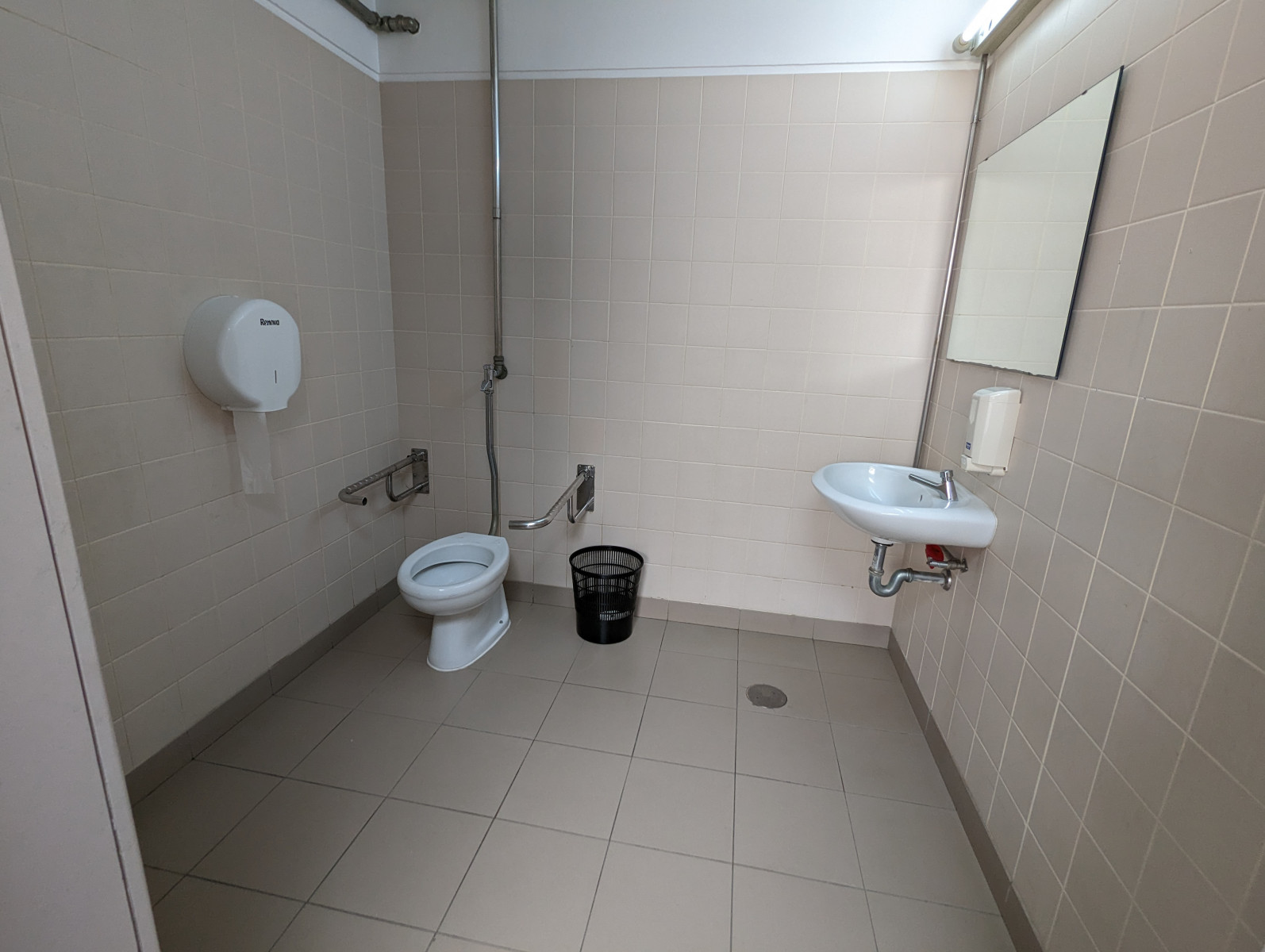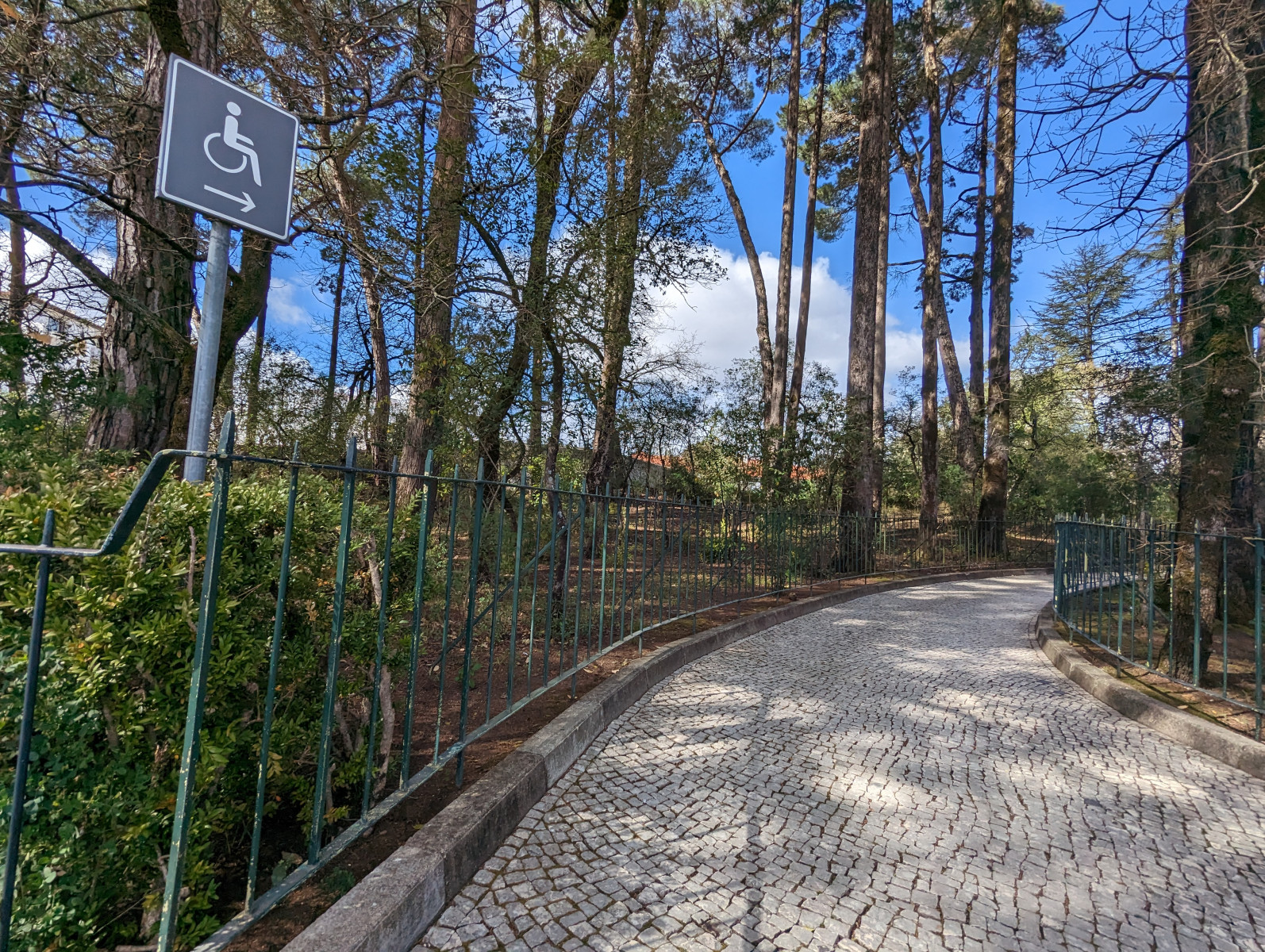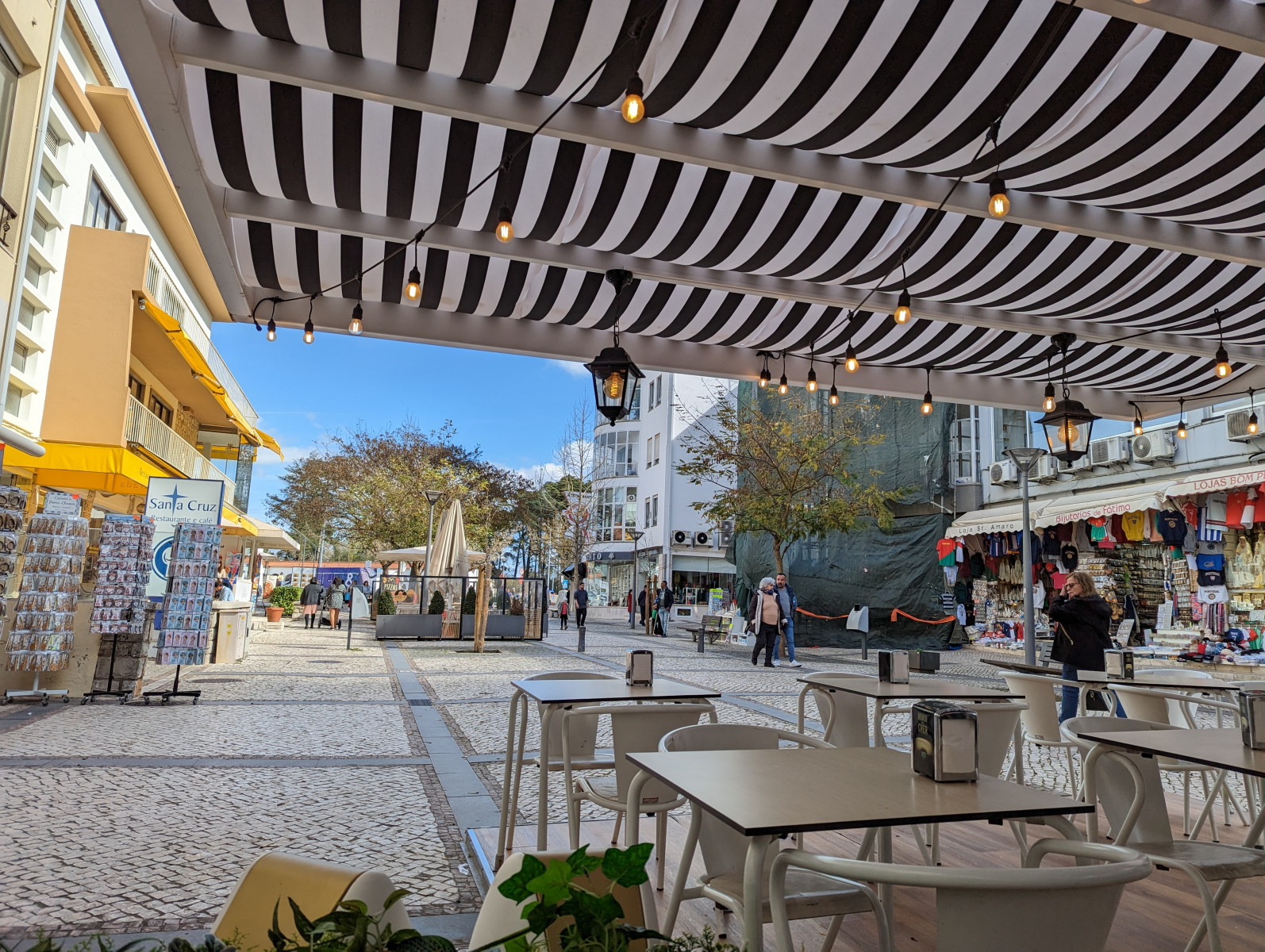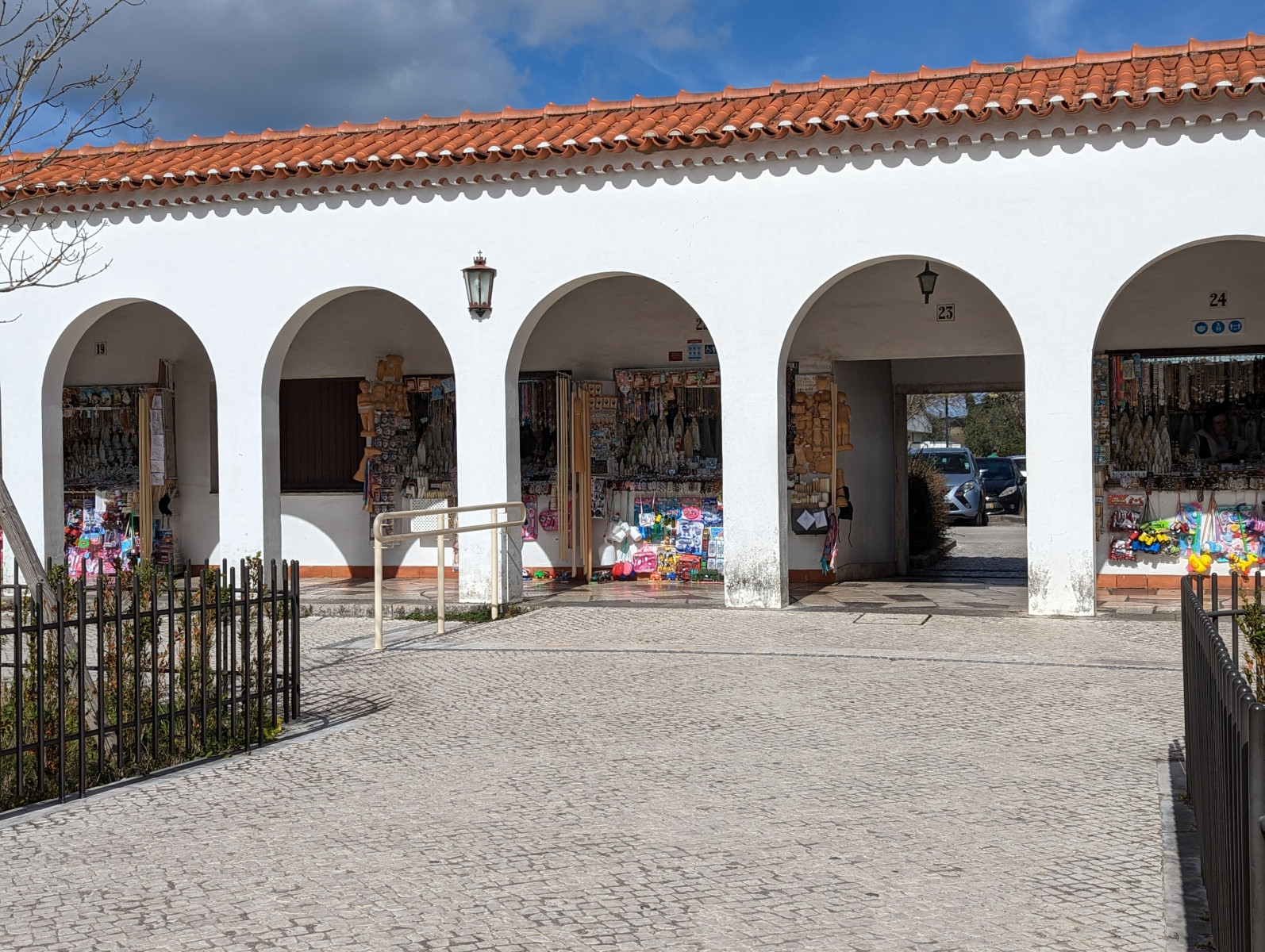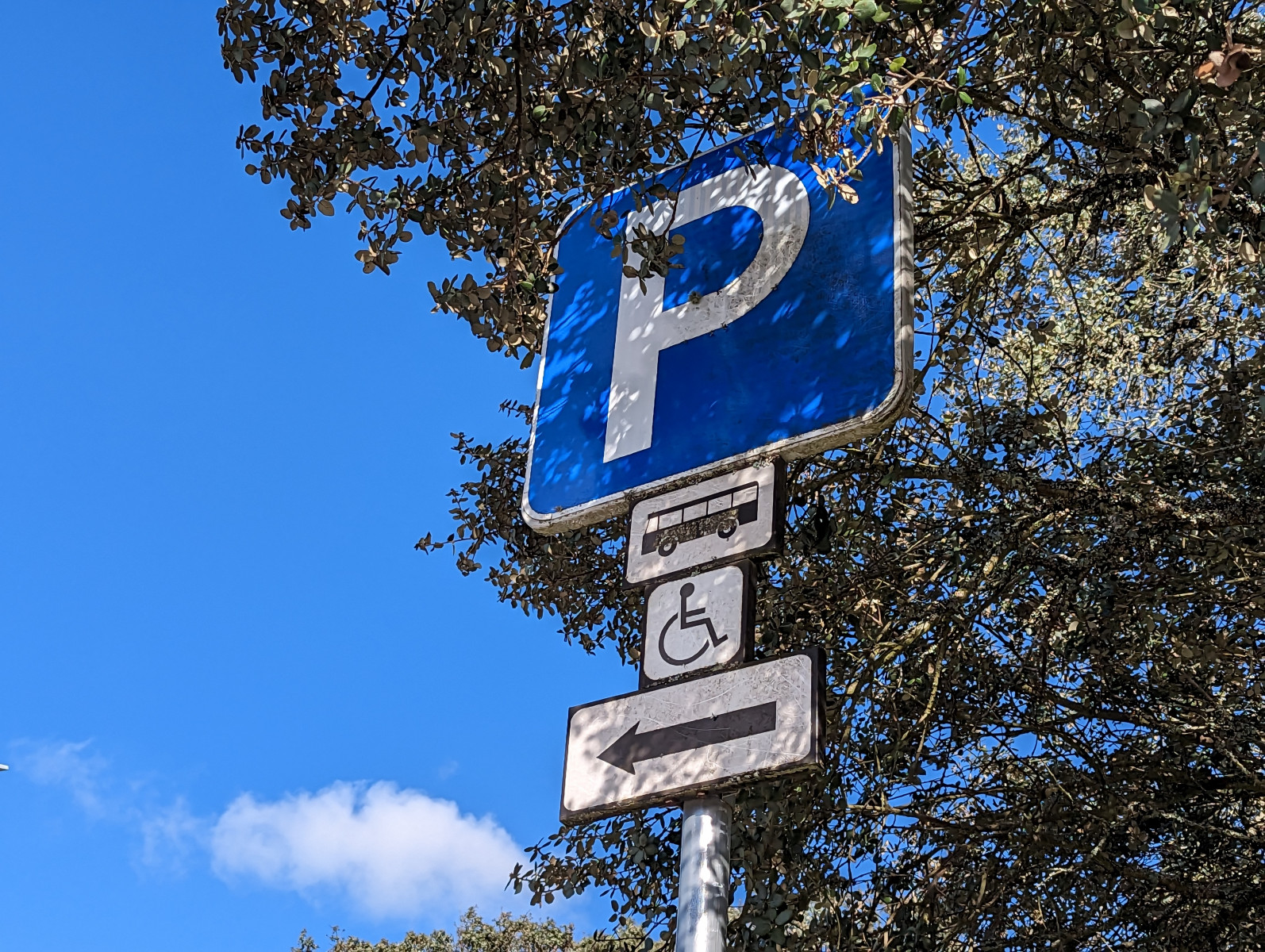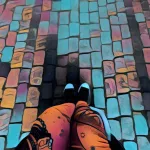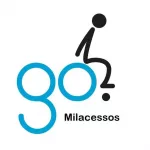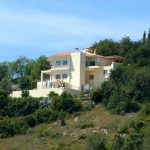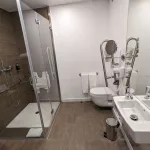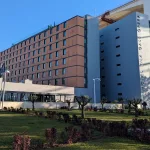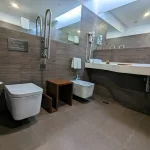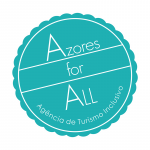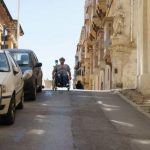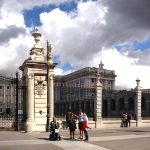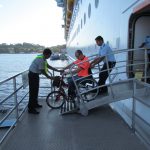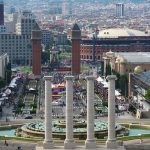The greater Lisbon Metropolitan Area of Portugal has many accessible attractions and activities for those traveling with a wheelchair, so here are some highlights of what to see and do.
When navigating around Portugal, a general travel tip is knowing that the country is divided into regions, districts, and municipalities, then cities and towns with different neighborhoods or perishes (freguesia). Another tip is this video on Portugal cobblestones that shows what it’s like to wheel the streets and sidewalks by wheelchair.
Lisbon Region
Lisbon District
The Lisbon District has sixteen different municipalities stretching along the Atlantic coast of south-central Portugal and alone is filled with countless historical buildings and museums. Lisbon’s parish of Belém and the Cascais Municipality are very popular tourist spots with scenic views and attractions. Below is a sample of wheelchair accessible attractions in the greater Lisbon Metropolitan Area.
Lisbon Municipality
Lisbon City (Lisboa)
The city of Lisbon is both the district and national capital and is made up of many different neighborhoods or civil parishes.
- Praça do Comércio (Bairro Alto neighborhood), a.k.a Terreiro do Paco (Palace’s Square) or Comercio Square in English, is the most well-known plaza in Lisbon. In the center is the highly photographed statue of King Joseph I, and nearby are the popular sites of Rua Augusta Arch, Ribeira Palace (Paço da Ribeira), Church Nossa Senhora da Conceição Velha, and the Lisboa Story Centre with information about the history of Portugal. Around the central statue are some smoothly-tiled pathways, as opposed to only cobblestones. A few restaurants have wheelchair access directly around the central square and some nearby. Most businesses and shops in the area had at least one step into it making wheelchair access challenging, but the occasional storefront was barrier-free.
- Santa Justa Lift (Baixa neighborhood) is a historic elevator located not far from Praça do Comércio and the harborside of Liberty Avenue. Designed by Raoul de Mesnier du Ponsard, the apprentice of Gustave Eiffel (Eiffel Tower), and constructed in 1902 to be one hundred and forty-seven feet tall, this elevator towers high over the city. It doesn’t travel to the very top, but to a midway point where there are still city views; a staircase is the only route to the upper level. To ride, skip the line and the stairs from the street level by going into the building. A small fee is charged and a Lisboa Card or cash is only accepted (no credit cards).
- National Tile Museum, Museu Nacional do Azulejo, (Xabregas neighborhood) is a unique museum located inside a convent that beautifully displays the history of Portuguese tile from the 15th century to the present day. Detailed stories are often told on tiles, some mysterious. The Madre de Deus Church is one particular room in the National Tile Museum you don’t want to miss that’s covered with elaborate gold from floor to ceiling and decorated with tile and paintings. A few tactile displays are also available for a hands-on experience. A ramp leads into the building, and a lowered counter is set up at the front desk for visitors with wheelchairs. Once inside, accessible ramps lead into the different display rooms and a large elevator provides entrance upstairs to the second floor. For manual wheelchairs, the cobblestones outside the museum are bumpy, but the stone-tiled floor inside the museum is smooth. The Tile Museum wraps around a small garden courtyard, which also has ramp access. Workshops to paint a tile are available and can be organized by the tour. A wheelchair accessible toilet is available at the museum, equipped with grab-bars.
- Park Edward the VII (Santo António neighborhood) is a public park in a rich area with barrier-free pathways, some that are even paved, and at one end is the Marquis of Pombal Square featuring a famous Portugal king. Beyond this famous square are Liberty Avenue, one of the most expensive streets in Portugal, and a very popular shopping area that ends at the Restauradores Square with an obelisk monument called Monumento aos Restauradores.
- Oceanário de Lisboa (Parque das Nações Neighborhood) is an aquarium located right along the water in the northeastern part of the capital and is fully accessible with ramps and elevators. Wheelchair accessible parking is found at Oceanário Park and Doca Park. The aquarium is very popular in the summer, so purchasing tickets in advance is recommended.
- Time Out Market (Cais do Sodre Neighborhood) is located on the ground floor, this market is also sometimes called Mercado da Ribeira. The market has several lower wooden tables to roll up to and aisles are wide for wheelchair access. The market gets crowded in the afternoons, so mornings are best. Prices at the market are higher than normal.
- Saint George Castle (Santa Maria Maior Neighborhood) has a ramp on the left side of the main entrance that is accessible and allows someone in a wheelchair to skip the line that goes upstairs. Plus, a discount is given to the visitor and a travel companion gets in free. Getting to the castle is a challenge for manual wheelchairs, so plan to be dropped off at the entrance for the easiest route. A power chair may be able to navigate the steep cobblestones and hilly terrain. Many portions of the castle pathways are very bumpy with cobblestones, so come prepared. The outdoor courtyard is accessible with a café and city views.
- Graça’s Viewpoint (Alfama Neighborhood) is located around the corner from the convent building and features a view of Lisbon from on top of a hill, including Saint George Castle. Getting to the viewpoint, including parking, has challenges being on a hill. It’s ideal to get dropped off at the viewpoint, and once there, the area has a smooth, flat surface in between the cobblestones making it easy for wheelchairs to navigate.
Lisbon City + Belém Parish
- Tejo Promenade is a long, flat pathway that travels along the Tangus River from the Ribeira das Naus in the east by the main commercial square (Praça do Comércio) to Belém.
- Ponte 25 de Abril Bridge is a picturesque suspension bridge seen along the long promenade that often lingers in the distance. The same architect of the Golden Gate Bridge in San Francisco, California also created Ponte 25 Abril in Portugal.
Belém Parish
Located in the southernmost area of the city of Lisbon and along the Tagus River is Belém. It is an exceptional, scenic location with many monuments, museums, and attractions to explore.
- Ajuda National Palace by the Tagus River was once the official royal house and the last palace built. This palace displays authentic Portuguese styles and collections of 1795, including marble, porcelain, tapestries, wall and ceiling paintings, and more. Visitors who cannot walk up a few stairs at the entrance will have access to the lift as well as the use of a hidden elevator to explore different floors. Most of the time, the route around the museum follows a firm, red carpet with the occasional area that’s exposed to hardwood. At least one handicapped parking spot is located out front and a wheelchair accessible toilet is inside.
- Saint Jerónimos Monastery (Church of St. Maria) is an important architectural achievement during the Age of Discovery. There is a separate entrance with a shorter line for those needing accessibility, and the entrance fee is waived. A short and steep portable ramp leads up to the Church of Saint Maria, manual wheelchairs may likely need assistance. Once up, the floor is one level and made of smooth tile. Visitors can explore the main hall of the church where services are held, surrounded by a few historic tombs, including the famous Portuguese explorer, Vasco de Gama. The Church of St. Maria in the St Jerónimos Monastery is the only space accessible by wheelchair. Outside the monastery, gypsies are common and can be very adamant salespeople, usually with jewelry or trinkets.
- Pastéis de Belém, which is world famous for custard-filled egg tarts. The other food and other pastries looked delicious, but be sure to taste a tart. From the street, a barrier-free entrance gets you inside, past the kitchen with a viewing window to the many dining areas, some open to sunlight. A large, wheelchair accessible toilet is available for guests.
- Belém Tower, a World Heritage UNESCO site, is right along the waterfront’s Tejo Promenade surrounded by a lawn and some trees. A glimpse of the Belém Tower can be seen from the road. Inside, access is only possible using a narrow staircase, and thus isn’t wheelchair friendly.
- Padrão dos Descobrimentos, or Monument of Discoveries, is off the promenaded along the Tagus River and is a barrier-free, outdoor attraction with views of the surrounding area.
- Museu de Marinha has a collection of old sailing boats on a one-level barrier-free smooth surface. It’s located right next to the monastery.
- Museu Nacional de Arqueologia is Portugal’s most important archaeology museum with a wheelchair accessible lift that takes visitors down to the main floor showcasing the open-air ruins.
- National Coach Museum has the biggest collection of carriages in the whole world and an adaptive toilet with grab-bars.
- MAAT (Museum of Art, Architecture, and Technology) is located right on the Tangus River in a modern-artsy building right next to the Tejo Power Station.
- Electricity Museum (Tejo Power Station) is a free museum. The building’s architecture along the water may be worth a visit and right next to the MAAT.
Sintra Municipality
Queluz City
- Royal Palace of Queluz is a beautiful property with ornate details, originally constructed in the 18th century along the Portuguese Riviera, and offers a wheelchair accessible tour with access to the French-style botanical gardens. Cobblestones surround the entrance but once up a small ramp and inside, pathways are smooth. A short ramp in the back also provides access to the gardens outside. A wheelchair accessible toilet is available with grab-bars and a motion-sensor trashcan.
- Cabo da Roca is the most western point in Portugal and all of mainland Europe and is located between Sintra and Cascais, overlooking a rocky cliffside and beaches with a historic lighthouse. A barrier-free, asphalt path allows visitors with wheelchairs to stroll along the ocean with beautiful views. An alternative path is made of small rocks, which is more challenging for manual wheelchairs. Near the edge of the cliffs is a large cross monument that is a landmark for the end of Europe and the beginning of the Atlantic Ocean.
Cascais Municipality
Cascais Town
- Centro Historic of Cascais is filled with shopping and restaurants and is very close to the beach. One particular cute street for shopping and restaurants is Rua Frederico Arouca, and like other areas, not every store is barrier-free but some are.
- Cascais-Estoril Promenade is a barrier-free pathway for wheelchairs that travels from Cascais to the small village of Sao Joao do Estoril for 1.9 miles (3 km). Many sections of the walkway are flat but some inclines between areas do occur. Along Alameda Combatentes da Grande Guerra is a nice, barrier-free path leading to Avenue Dom Luis I along the water with the scenic Santa Catarina Fort also known as Cascis Messe Building or Palacete Seixas with the nearby pier, Pontão da Praia da Ribeira. The beach is commonly used, especially at the beach volleyball court, located by the walkway. Staying parallel to the water, the road bends around and sharply upwards as it turns into Avenue Dom Carlos I. Surrounded by a park on the corner is the Palace of Cascais Citadel along with the Fortress of Our Lady of Light, a 16-century fortress, and the art district Pousada Cascais. An elevator is located by the entrance overlooking the harbor. The Parque Marechal Carmona is adjacent and across the street is Casa das Histórias Paula Rego, a museum dedicated to the abstract artist known for pastels based on storybooks. Even more is found along this promenade.
Lisbon + Alentejo Region
Setúbal District
Almada Municipality
Almada City
- Sanctuary of the Christ King (Cristo Rei) is located on the south side of the Tagus River, west of Cacilhas. It can be seen in the distance from the harbor along the Tejo Promenade by the Praça do Comércio as well as at the Monument of Discoveries and by the Ponte 25 de Abril Bridge. This statue is very similar to the Christ the Redeemer statue in Brazil. The area around the base of the statue is free and has great views, but the official viewing platform charges a fee. An elevator takes visitors up to the Cristo Rei viewing area, but a fence may obstruct views for wheelchair travelers.
Center of Portugal
Óbidos/West
Alcobaça Municipality
Alcobaça City
- Alcobaça Monastery is one of the first Gothic monuments in Portugal. Located about one hour and twenty minutes from Lisbon and fifteen minutes to Nazaré. The surrounding area is very picturesque with a river flowing through it. A wooden ramp takes wheelchair visitors from the ground floor up one step to a coarse sand pit where people then wheel across it to the furthest side to access the ramp into the monastery. This was a bit challenging with a manual wheelchair. Portable and semi-permanent ramps are placed throughout the ramp, creating access to basically every space. I was awestruck wandering around the stone walkways with iconic arches and pillars.
Batalha Municipality
Batalha Town
- Batalha de Aljubarrota Interpretation Center features historical artifacts, hands-on tactile displays, and an elaborate 3D creation of Portugal’s most famous battle against the Castilians in 1385. Visitors stroll the ground floor museum with headphones while listening to explanations at various displays. Getting around the museum inside is easy on smooth floors, and an accessible toilet is located near the front desk. The pathway from the parking lot to the museum is finely, crushed rock with one small patch of flat, wide cobblestones. The crushed rock pathway continues around the building to points of interest for the St. George military camp.
- Monastery of Batalha is a UNESCO monument and was created to celebrate Portugal’s independence in the fourteen-century. A wheelchair accessible ramp on each side of the main square gets visitors down to the statue of a General on his horse right outside the monastery. Go to the left side of the building to access a ramp inside the monastery. The towering, arched ceilings mixed with large stained-glass windows were a magnificent sight, still after all this time. A fine architectural achievement. Large, wide cobblestones were flush with each other and thus very smooth to roll over with a manual wheelchair. In addition to the main chapel, the monastery allows visitors access to many other rooms connected by a hallway with windows supported by columns surrounding a small courtyard garden. One room has a statue of Christ on the cross guarded by two armed military personnel. A wheelchair accessible toilet has grab-bars and a roll-up sink. Nonetheless, the toilet bowl has a no-seat design, making it extra wide and harder to balance. Right across from the monastery are a couple of restaurants with outdoor patio seating and shops. A sign for free WiFi was also spotted.
Nazaré Municipality
Nazaré Village
Nazaré is a traditional fishing village known for 100ft surfing waves (the world’s biggest) and fifteen minutes from Alcobaça.
- Nazaré Beach offers a flat and barrier-free promenade along the water. A wooden boardwalk allows guests with wheelchairs to wheel out onto the beach for a short distance. Tourism for All may provide a beach wheelchair and assistance. One overlook to view the large waves is wheelchair accessible.
Ourém Municipality
Fátima City
- The Sanctuary of Our Lady Fátima, also known as the Shrine of Our Lady Fatima, location is where the Virgin Mary appeared in 1917, which has now become a Catholic pilgrimage site. It is the main reason why people come to Fátima. Accessible parking and barrier-free paths are found at the site. Getting to the main area requires going up a long, gradual hill, which is more challenging for a manual wheelchair than a power wheelchair. Then a barrier-free route with ramps allows visitors with wheelchairs access to the main chapel, though it requires traveling around the entire building. Ramps and barrier-free paths are located outside in the plaza to various sections, and some on the side lead to nearby shops which are plentiful but only a few are accessible. Restaurants are in this area too and also have limited access. Nonetheless, I was able to find an outdoor café where I could pull up to the table. Right before the main plaza, visitors can find public toilets, and one is accessible with grab bars; however, the toilet bowl is wide and without a seat, so balancing on it may be difficult for some.

